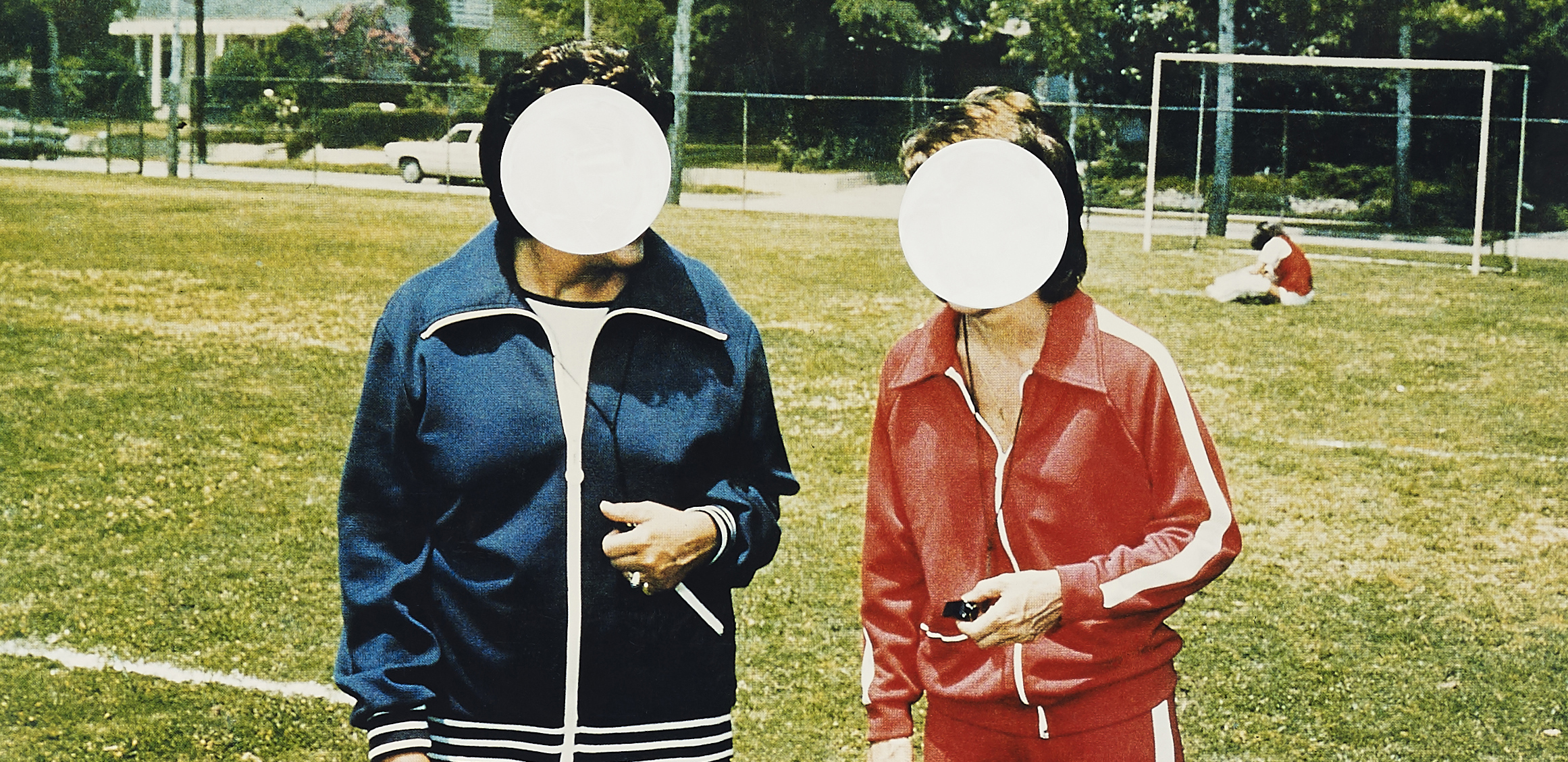
John Baldessari, Two Figures and Two Figures (in different environments) – detail, 1990
Art Basel 2024
Hall 2.0, Booth A8
Featuring works by Carla Accardi, Terry Adkins, Carl Andre, John Baldessari, Robert Barry, Iñaki Bonillas, David Claerbout, Edith Dekyndt, Nathalie Du Pasquier, Liam Everett, Jef Geys, Robert Grosvenor, Shirley Jaffe, Jacob Kassay, Louise Lawler, Mitsuko Miwa, Jean-Luc Moulène, Magali Reus, Niele Toroni, Richard Tuttle, Koen van den Broek, Catharina van Eetvelde, Pieter Vermeersch and Jeff Wall.

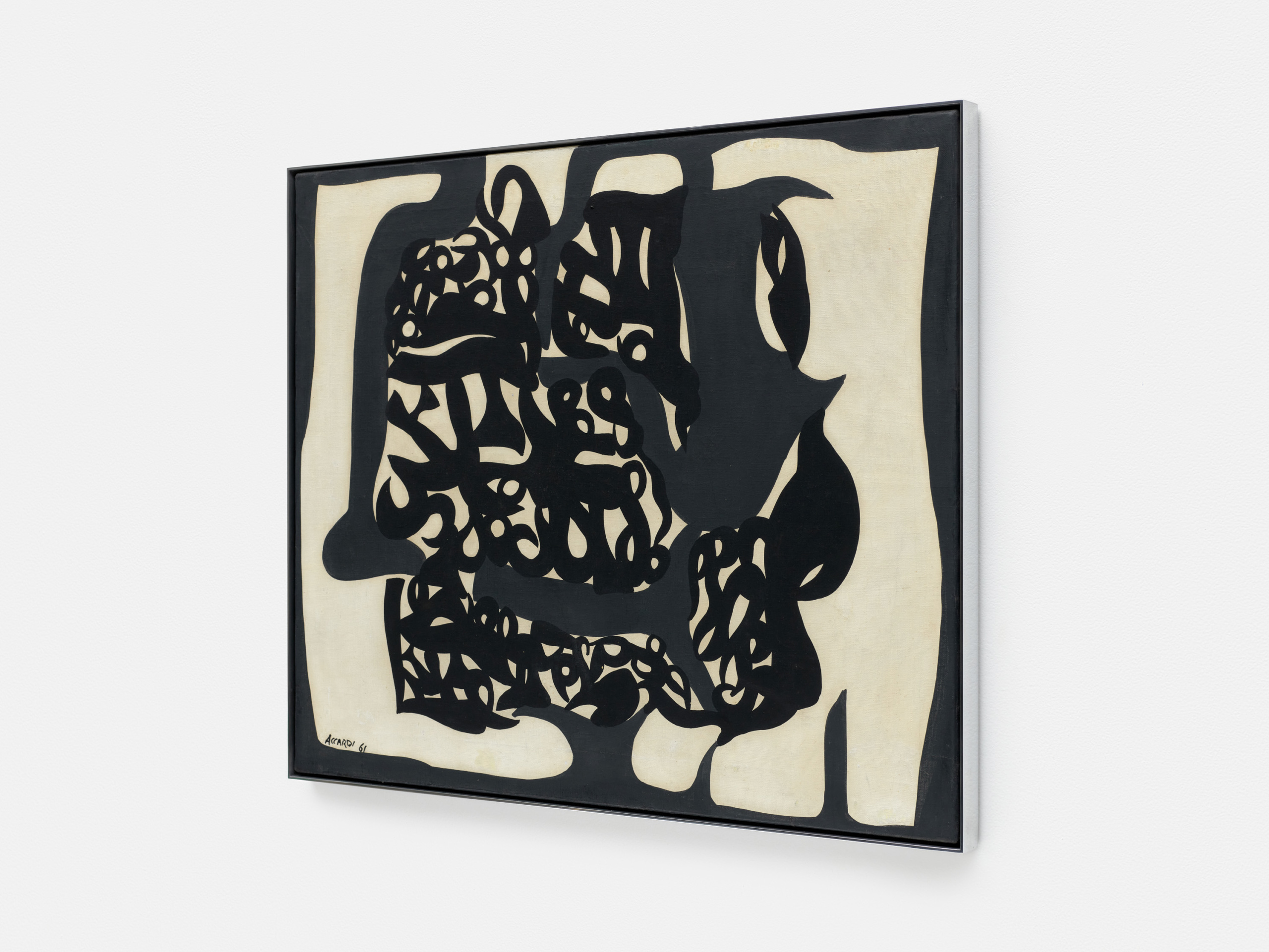
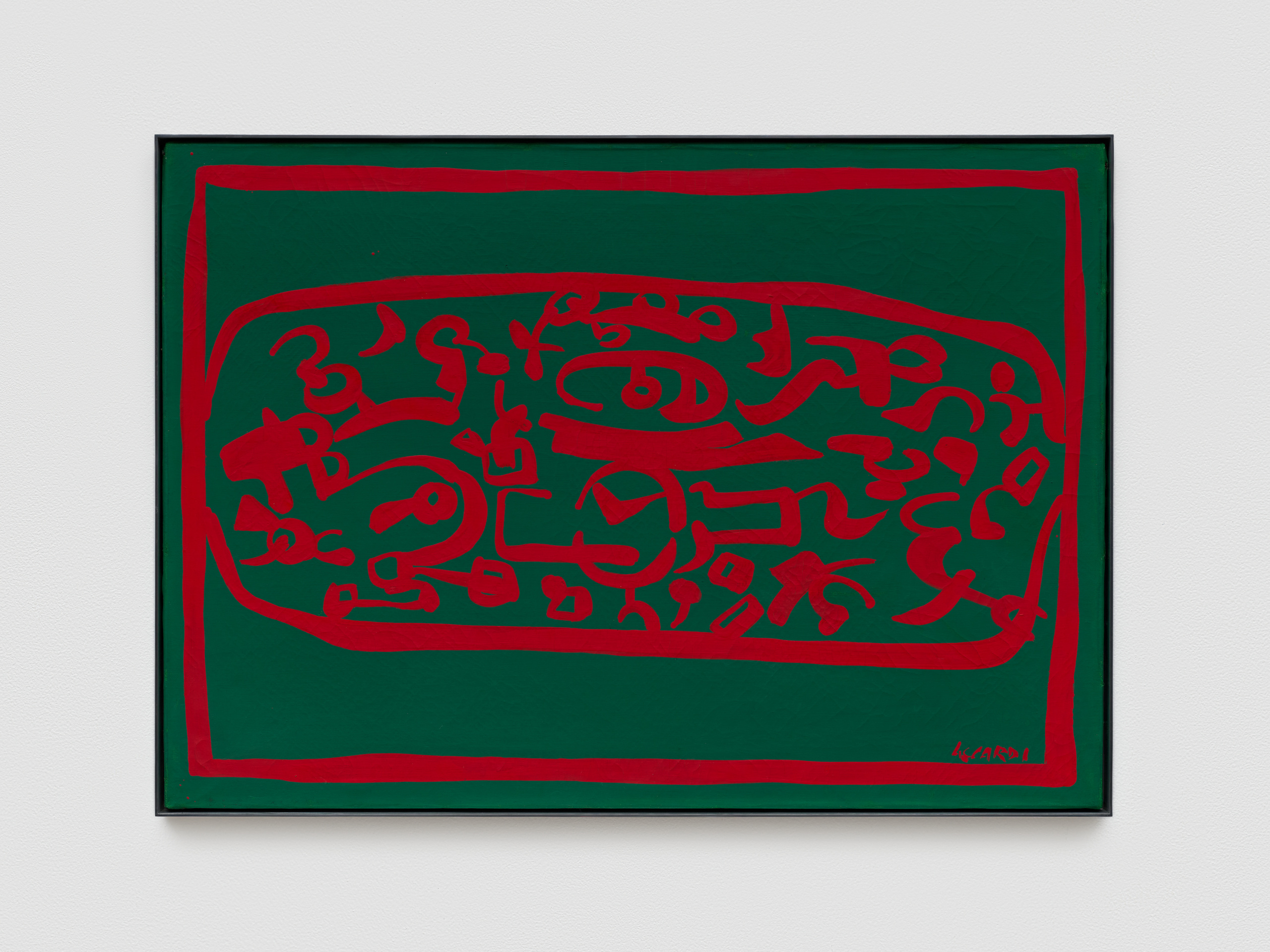

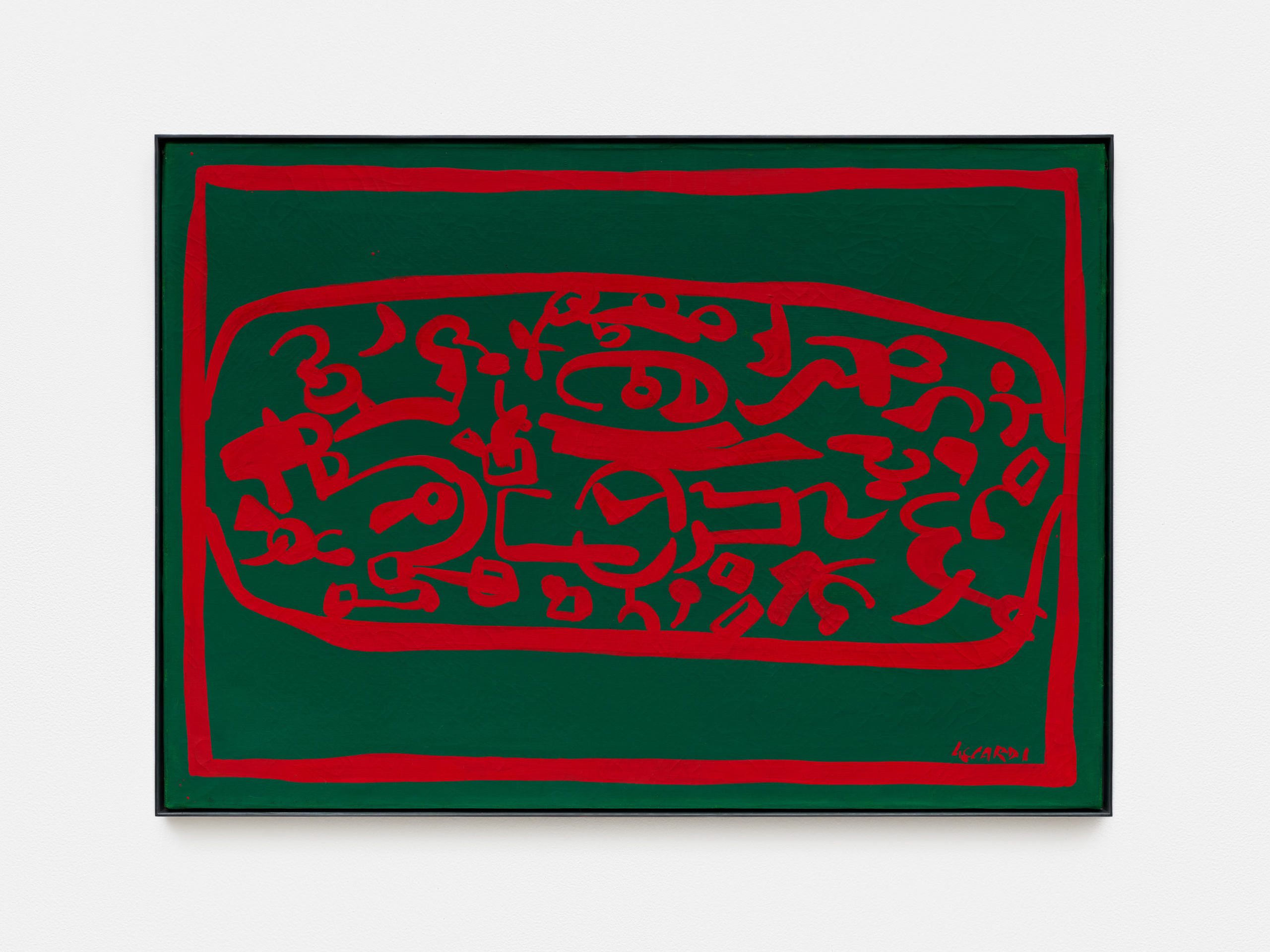
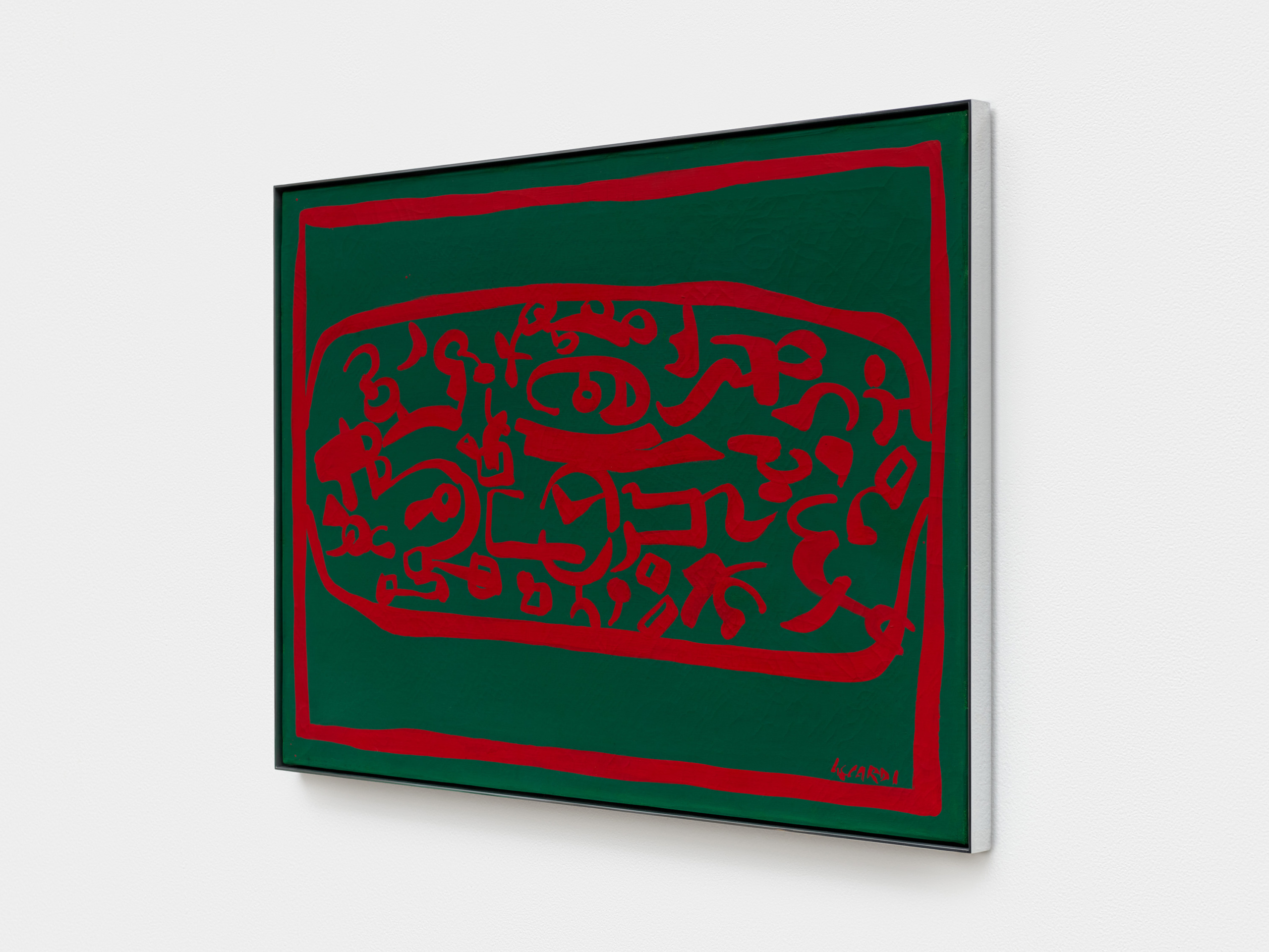
Carla Accardi (1924 – 2014) became known as a founding member of the 1947 Italian avant-garde movement Forma 1, a group of artists based in Rome who, in the face of Fascism, tried to align their Marxist political beliefs with a formalist approach to abstraction. As one of the key figures of abstract art in Italy during the time, Accardi developed an iconic visual lexicon of calligraphic marks that, when combined with her minimalist color palette and dynamic compositions, showcased the endless possibilities of abstraction. In the 1960s, Accardi began painting on Sicofoil, a transparant plastic sheeting used in commercial packaging. The dynamism in Accardi’s work, as well as her emphasis on non-art materials and simple processes and structures, became a precursor to Arte Povera.



Carl Andre, Belgica Tin Train, Brussels – detail, 1990
CARL ANDRE
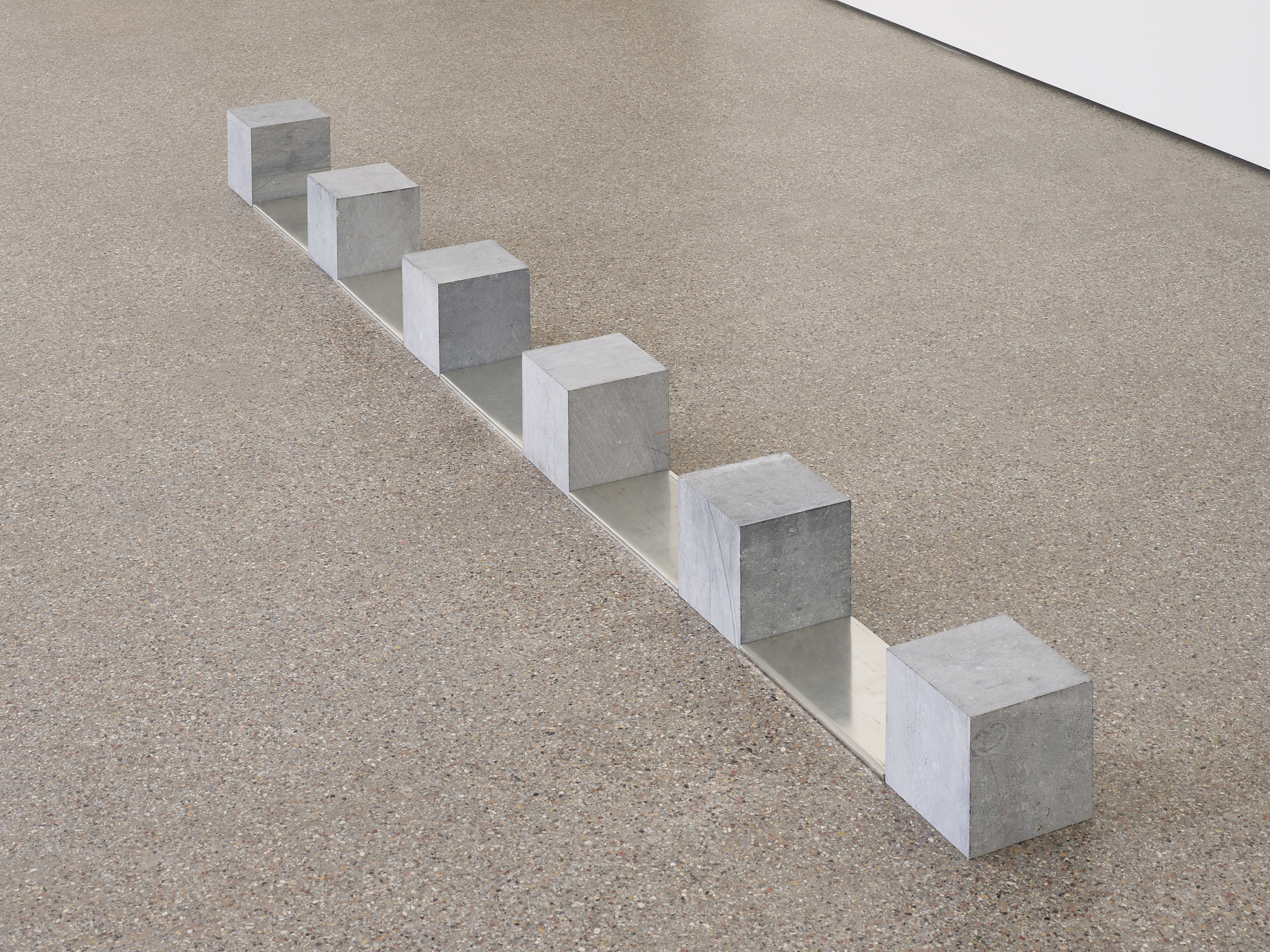
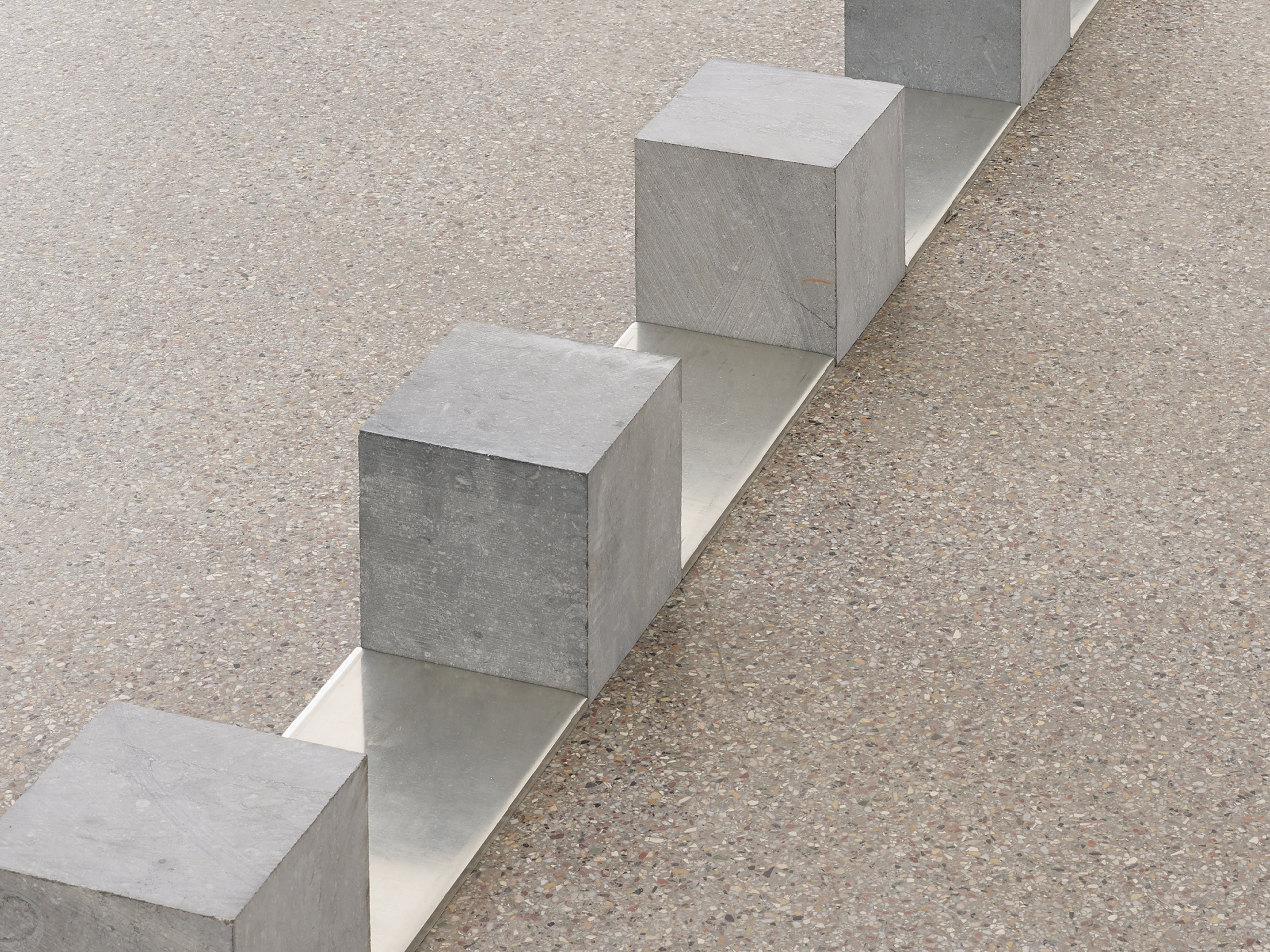
Carl Andre (1935 – 2024) was one of the key figures of minimalism who came to redefine the very nature of sculpture for many younger artists. He was widely recognized for his grid-based floor sculptures, outdoor public works and concrete poetry. Throughout his career, he seeked to eliminate everything decorative or inessential, reducing his work to art’s purest elements.
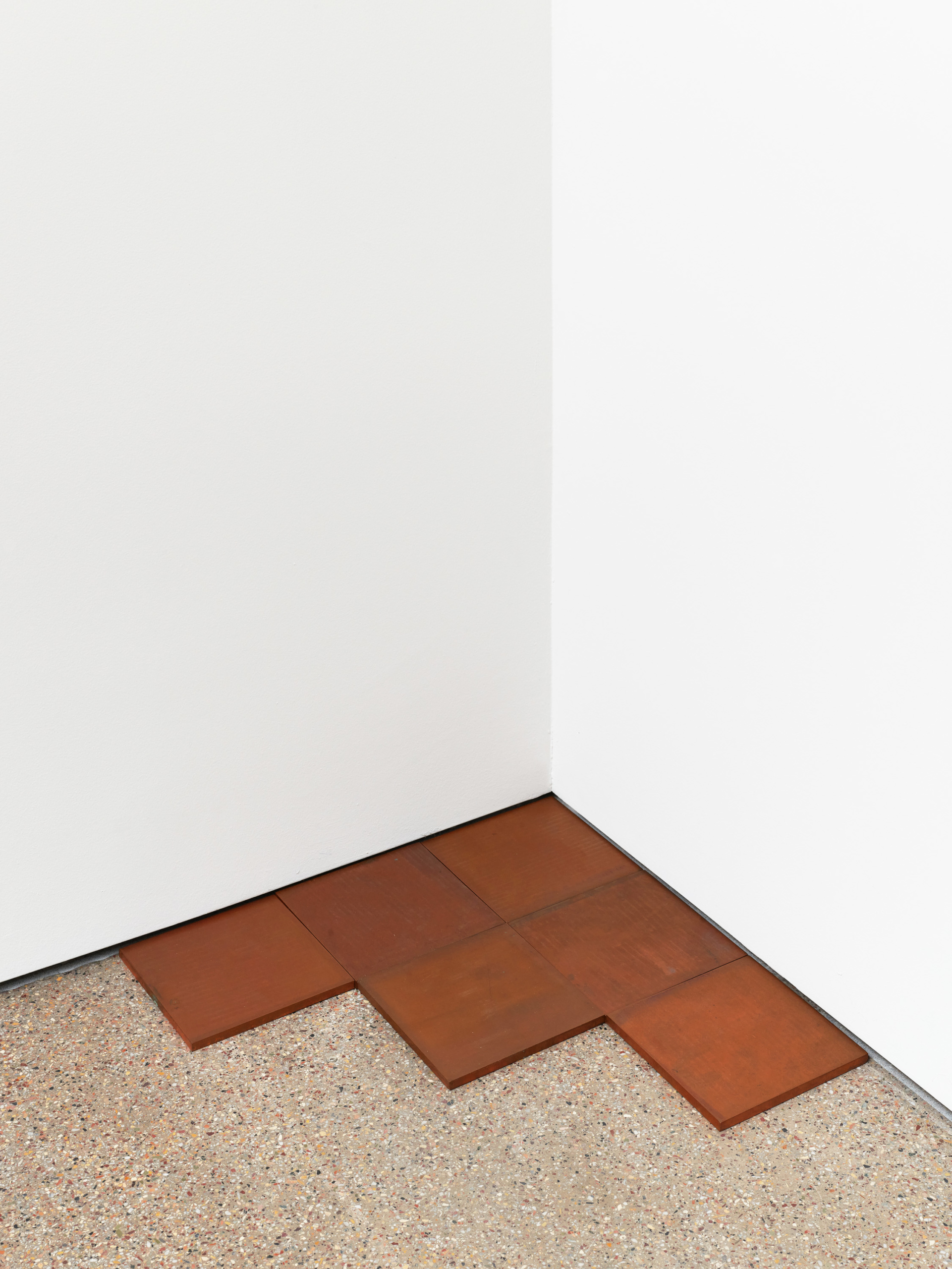



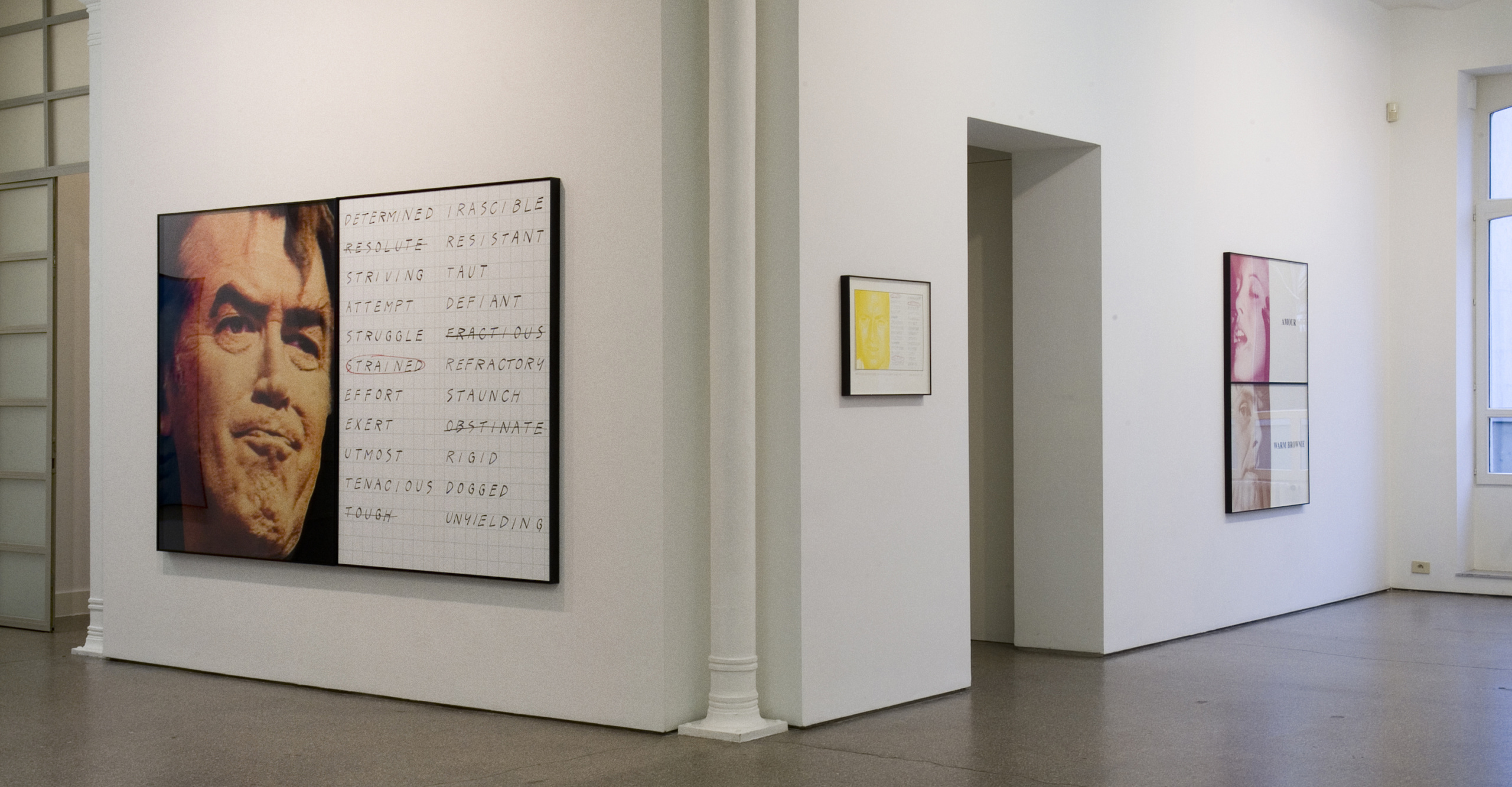
Installation view, Prima Face (Fourth State), Galerie Greta Meert, 2005-2006
JOHN BALDESSARI
Since the mid-1960s, John Baldessari (1931 – 2020) has been considered one of the most influential artists in the United States. The American artist is often described in literature as the founder of conceptual art and the father of postmodernism. John Baldessari first gained recognition in the 1960s when he combined images from everyday life with the use of language. Stemming from conceptual art, Baldessari created a unique body of work that quickly left its mark on postmodern art. In contrast to most American artists who gravitated towards New York, Baldessari continued to reside in Los Angeles. This allows his work to be interpreted as a personal approach to the West Coast glamour.
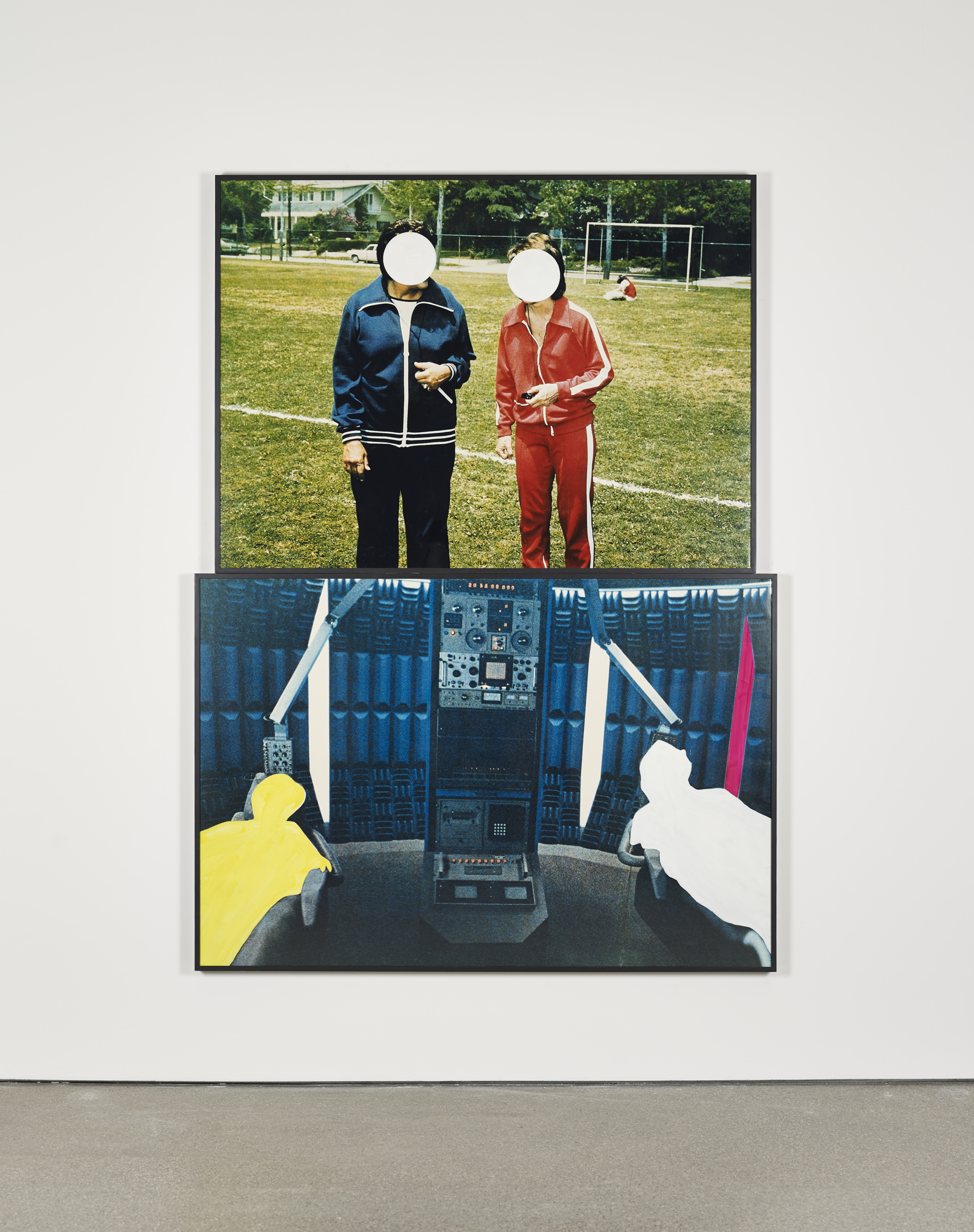
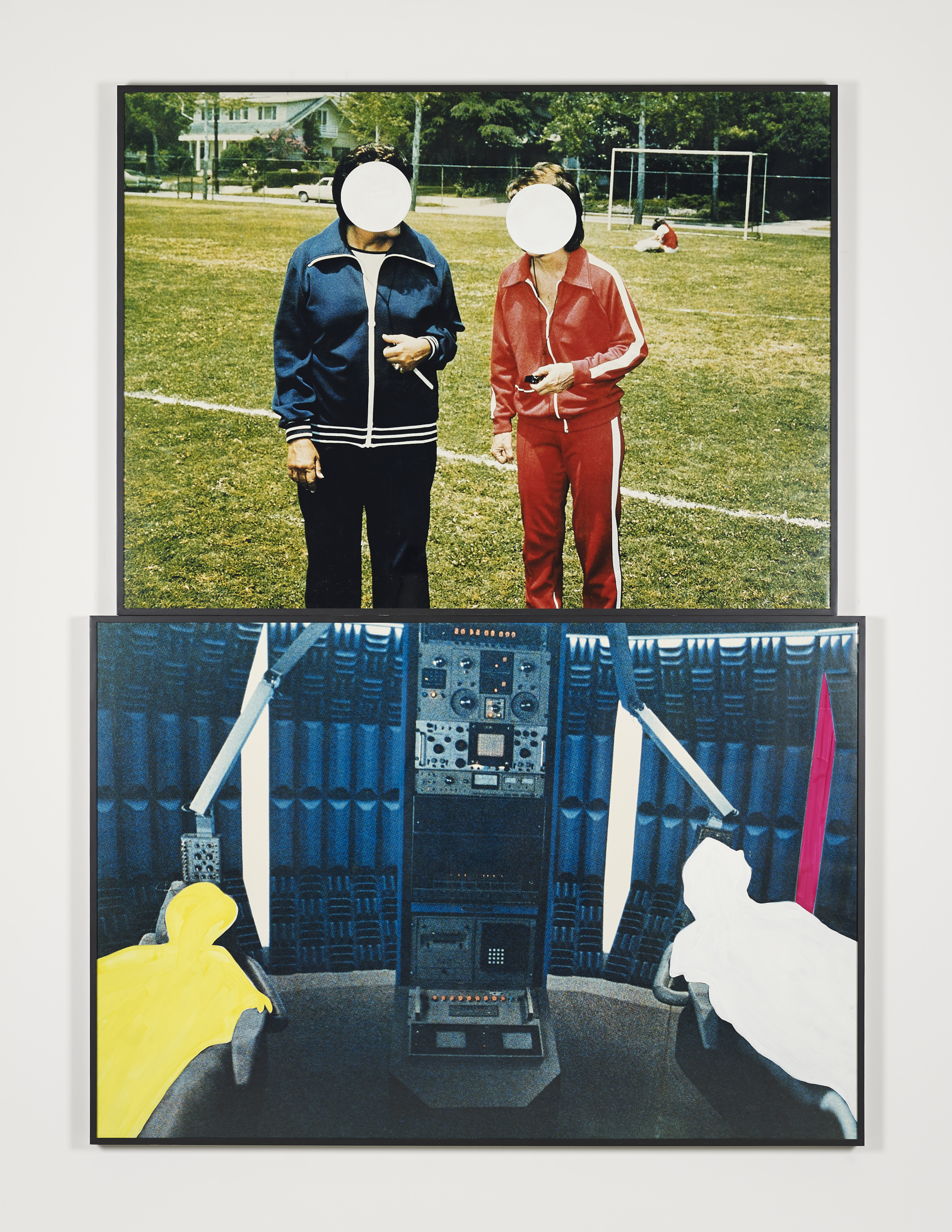
The Prima Facie series consists of 5 parts. Each part was presented in a different gallery, showcasing new work building upon the previous one. The series began in 2005 in Los Angeles, continued in Zurich, Madrid, Brussels, and concluded in London in June 2006.
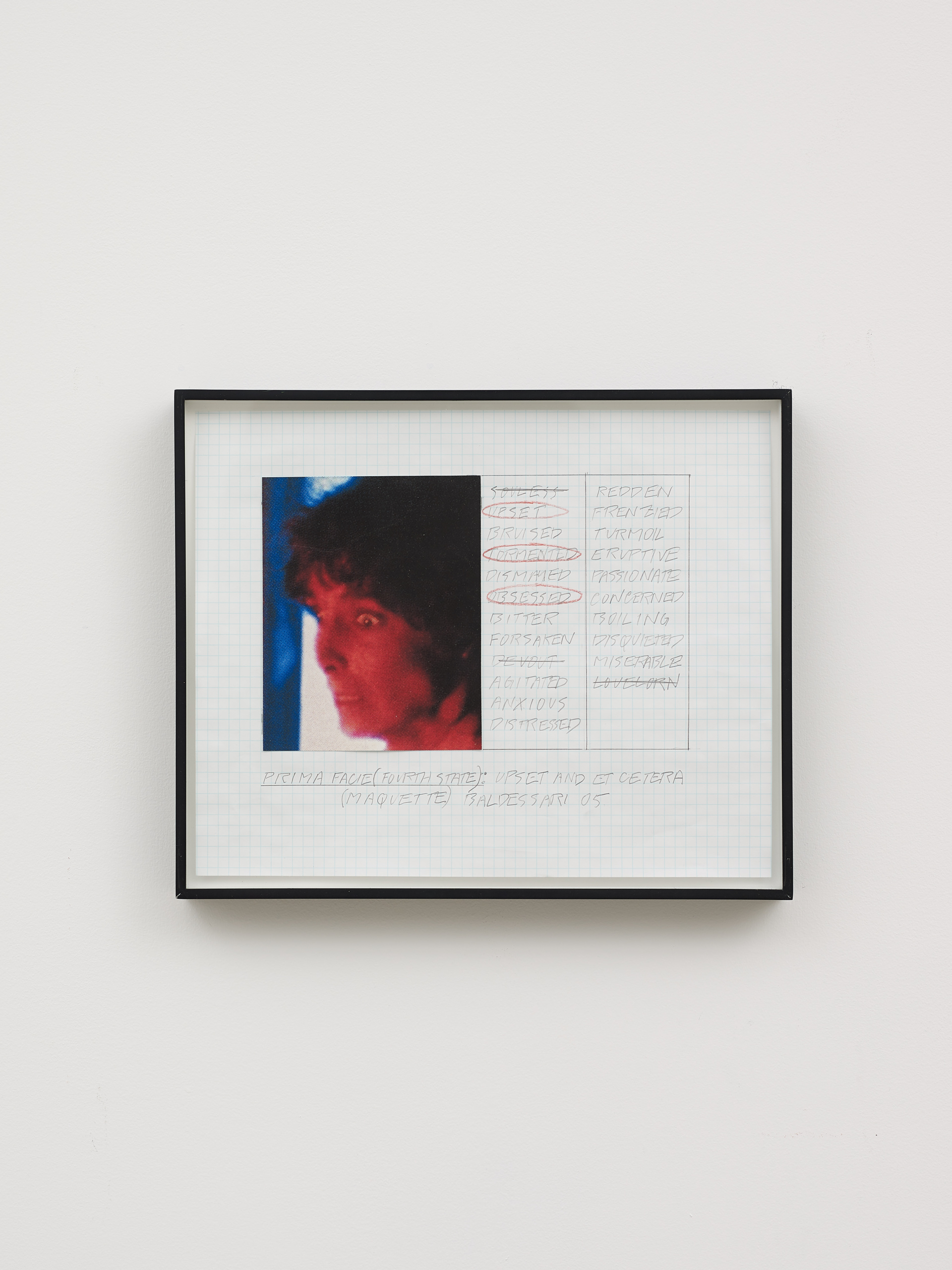
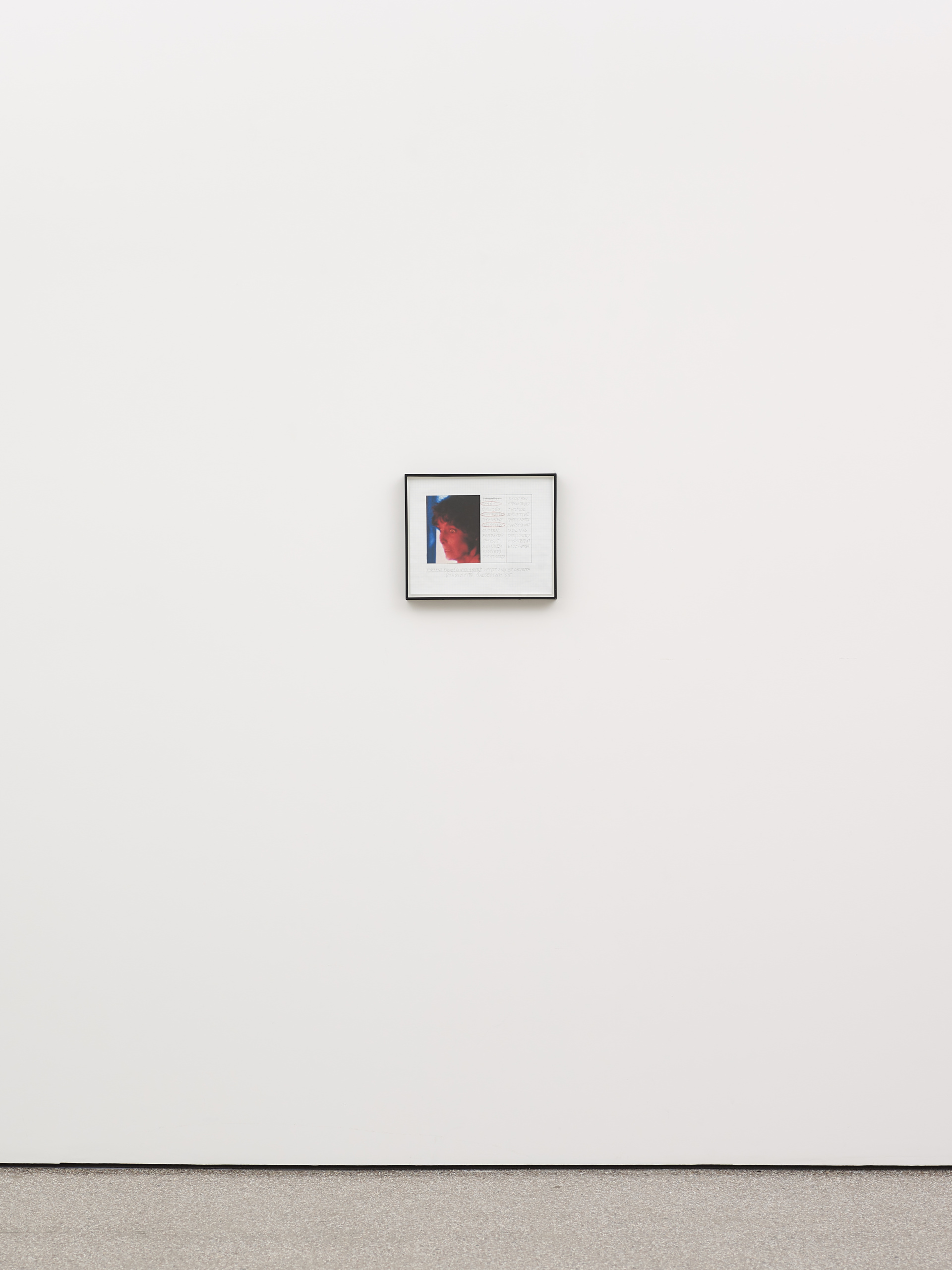
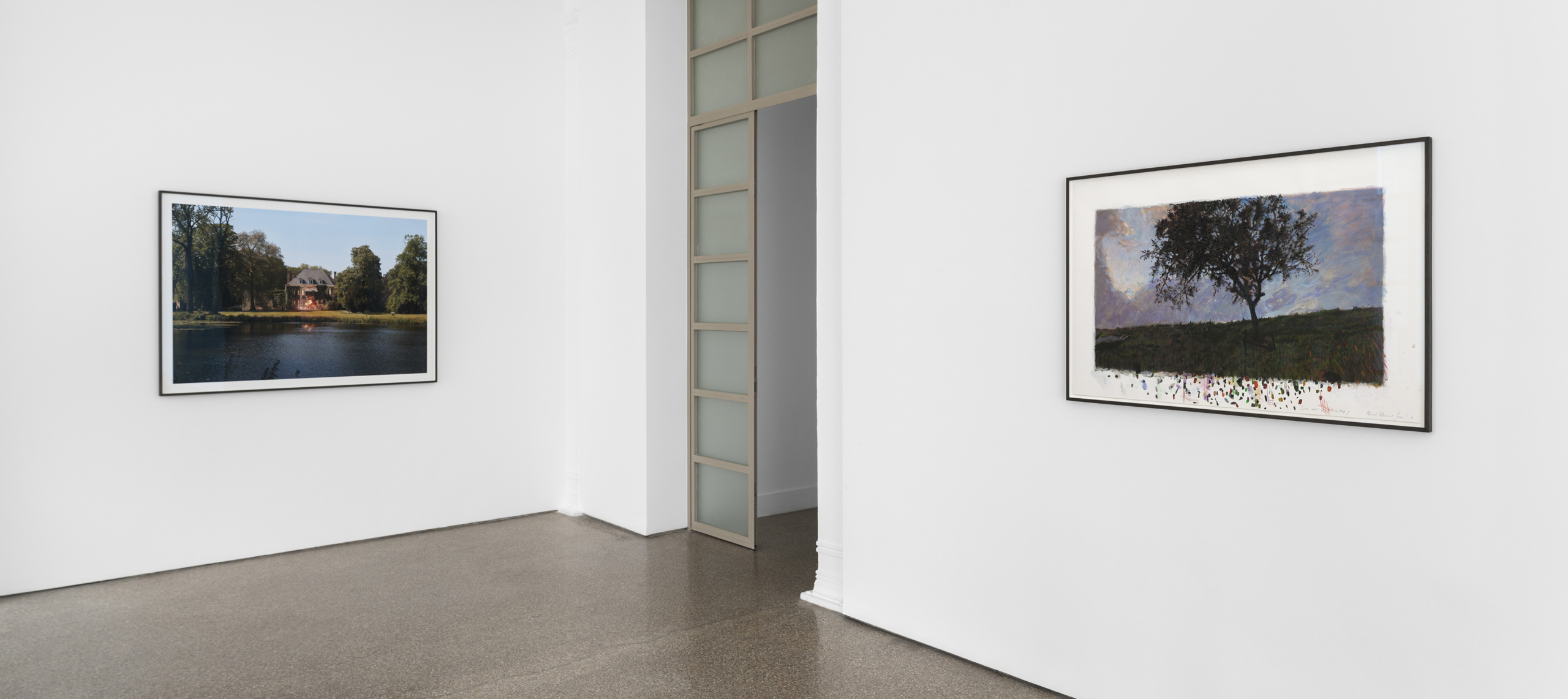
Installation view, David Claerbout – Birdsong, Galerie Greta Meert, 2024
DAVID CLAERBOUT
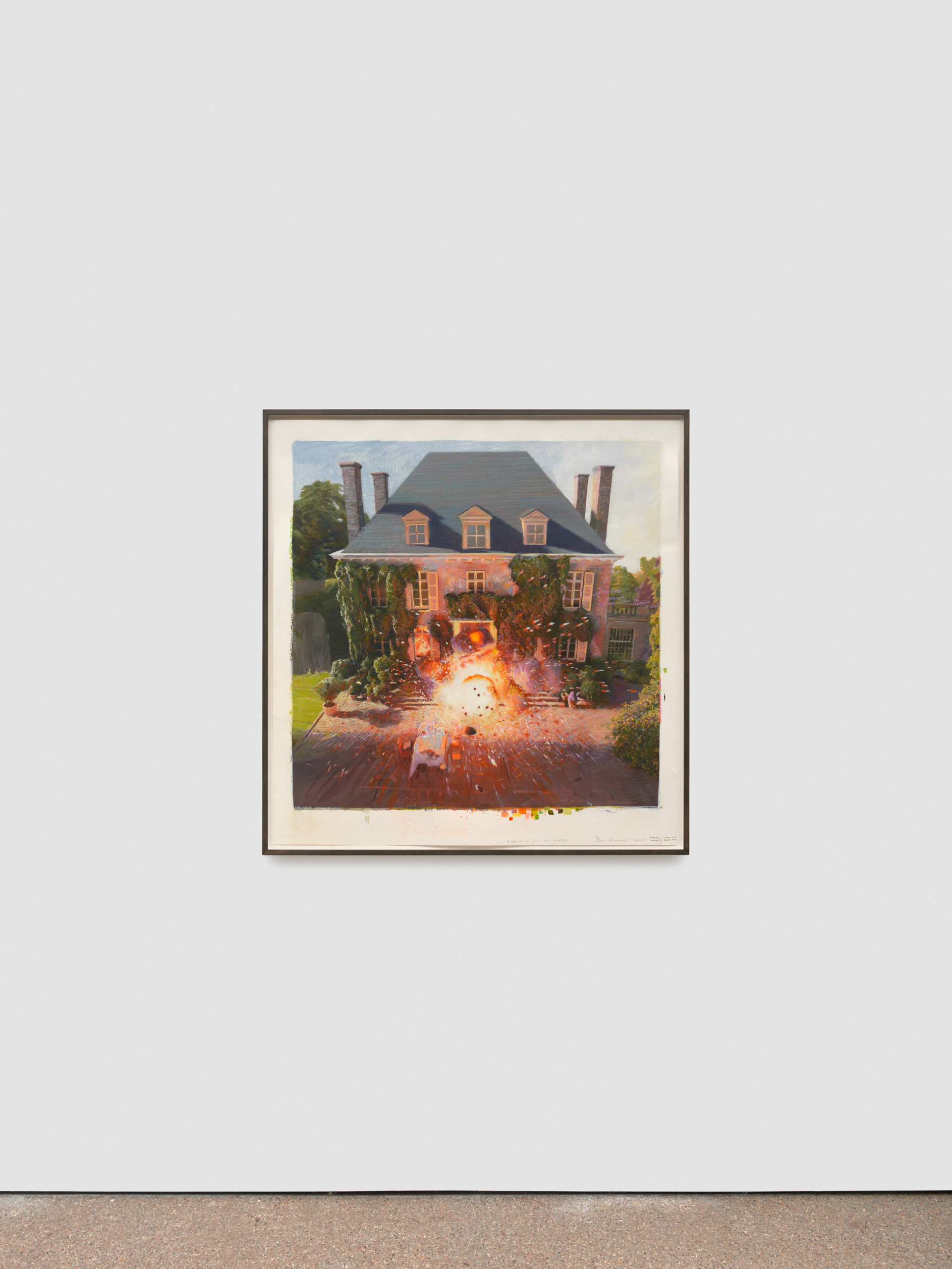
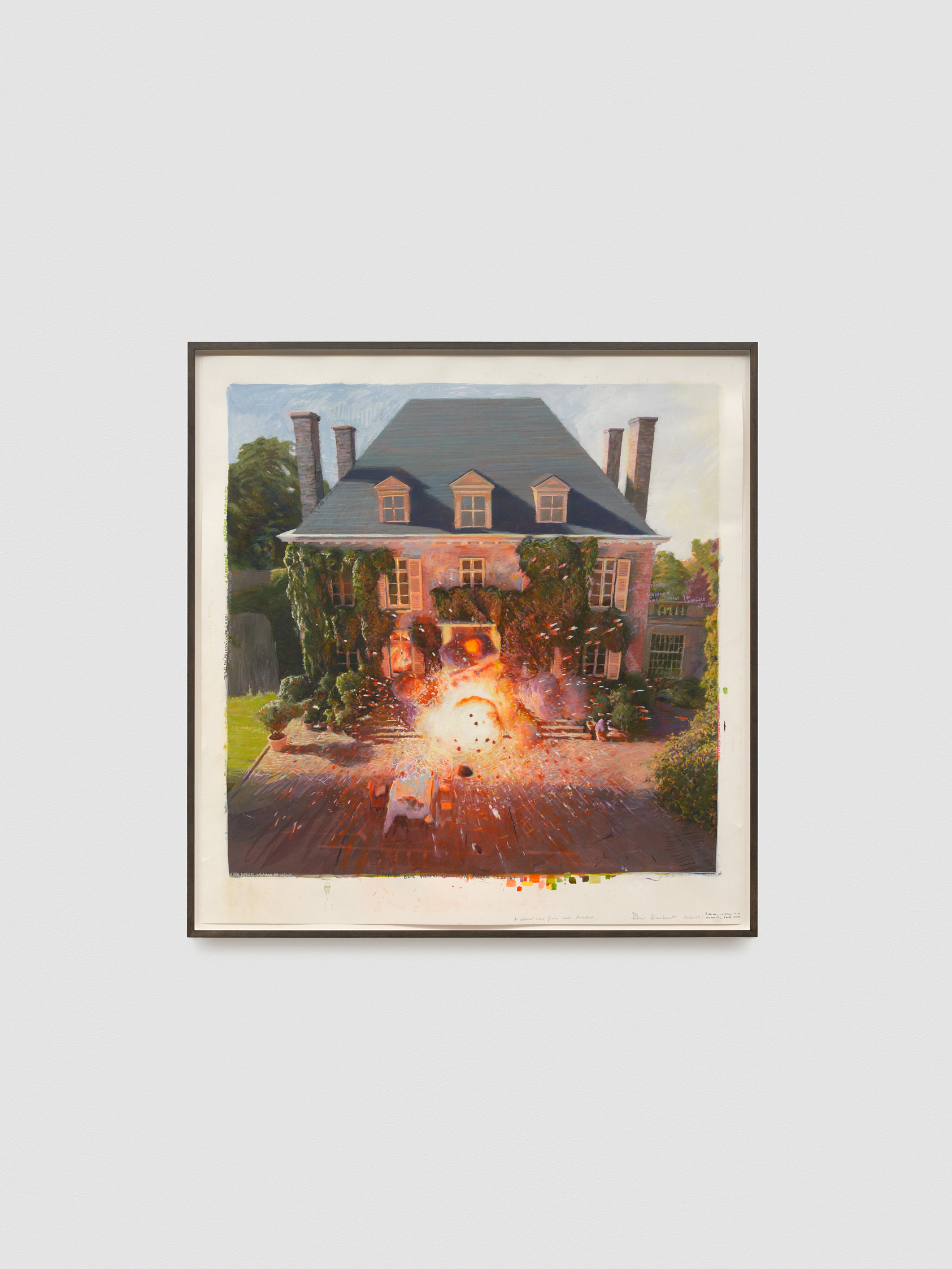
Originally trained in painting and drawing, David Claerbout (b. 1969) is known for his works using photography, video, digital technology and sound. His practice revolves around the concepts of temporality and duration, images suspended in a tension between stillness and movement, as well as the experience of dilated time and memory. David Claerbout says that he “sculpts in duration. The definition of duration is different from that of time: duration is not an independent state-like time, but an in-between state.” With his large-scale video-based installations, the artist makes the viewer a part of the work: whether by establishing a connection between the projected images on the screen and the audience, or by creating a spatial relationship between the screen itself and the exhibition space, or simply, by allowing a process by which “a single scene can develop into another by the presence of the spectator and a bit of time.”

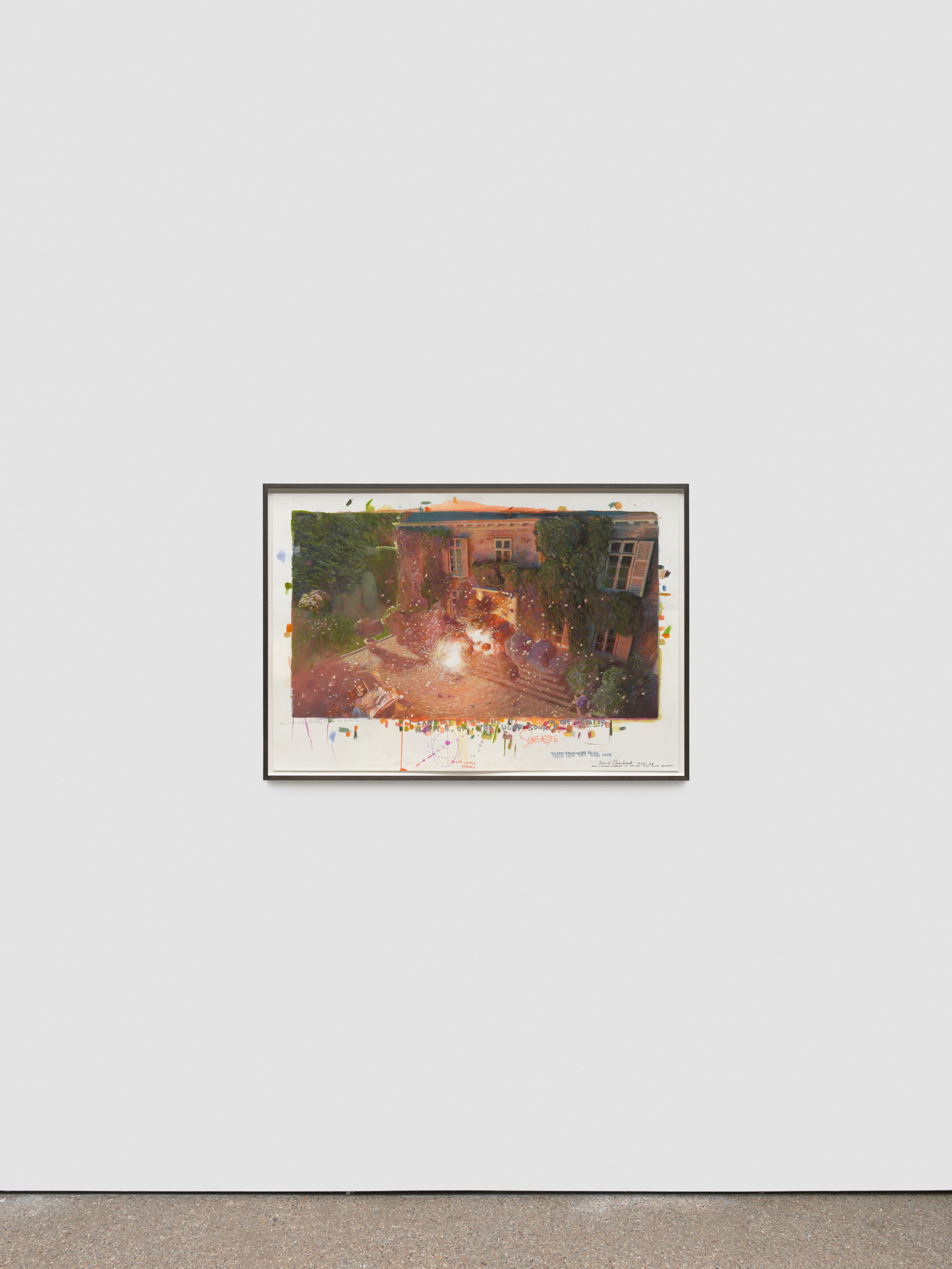
Birdcage is a furtherance of David Claerbout’s preoccupation with perception, cognition, time and temporality.
In Birdcage, an explosion shatters the tranquillity of a picturesque garden, conveying a sense of emergency in what could be a serene setting. The silent blast is captured with a long, muted shot, putting the viewer in a conflicted position to visually appreciate this scene of destruction. Not without a hint to René Magritte’s Empire des lumières (The Empire of Lights), Birdcage explores how our perception actively composes the world we inhabit. Continuing the interests of earlier works, in which Claerbout shifted the principal role from foreground to background, Birdcage shifts the attention from the center to the periphery, from a sun-drenched, (f)estive explosion of nature, to a state of tension.
In Birdcage, an explosion shatters the tranquillity of a picturesque garden, conveying a sense of emergency in what could be a serene setting. The silent blast is captured with a long, muted shot, putting the viewer in a conflicted position to visually appreciate this scene of destruction. Not without a hint to René Magritte’s Empire des lumières (The Empire of Lights), Birdcage explores how our perception actively composes the world we inhabit. Continuing the interests of earlier works, in which Claerbout shifted the principal role from foreground to background, Birdcage shifts the attention from the center to the periphery, from a sun-drenched, (f)estive explosion of nature, to a state of tension.
In line with his ideas about anti-anthropocentrism, the glossy starling and singing thrush are given a central role, highlighting the change in aura they undergo, from an index of lightness to an expressionist portrait of fear. As the film ends, we witness the gradual exchange of the energetic qualities of violence and peace. With Birdcage, David Claerbout explores how memory completes our visual perception, exposing that the human subject is, in essence, time.
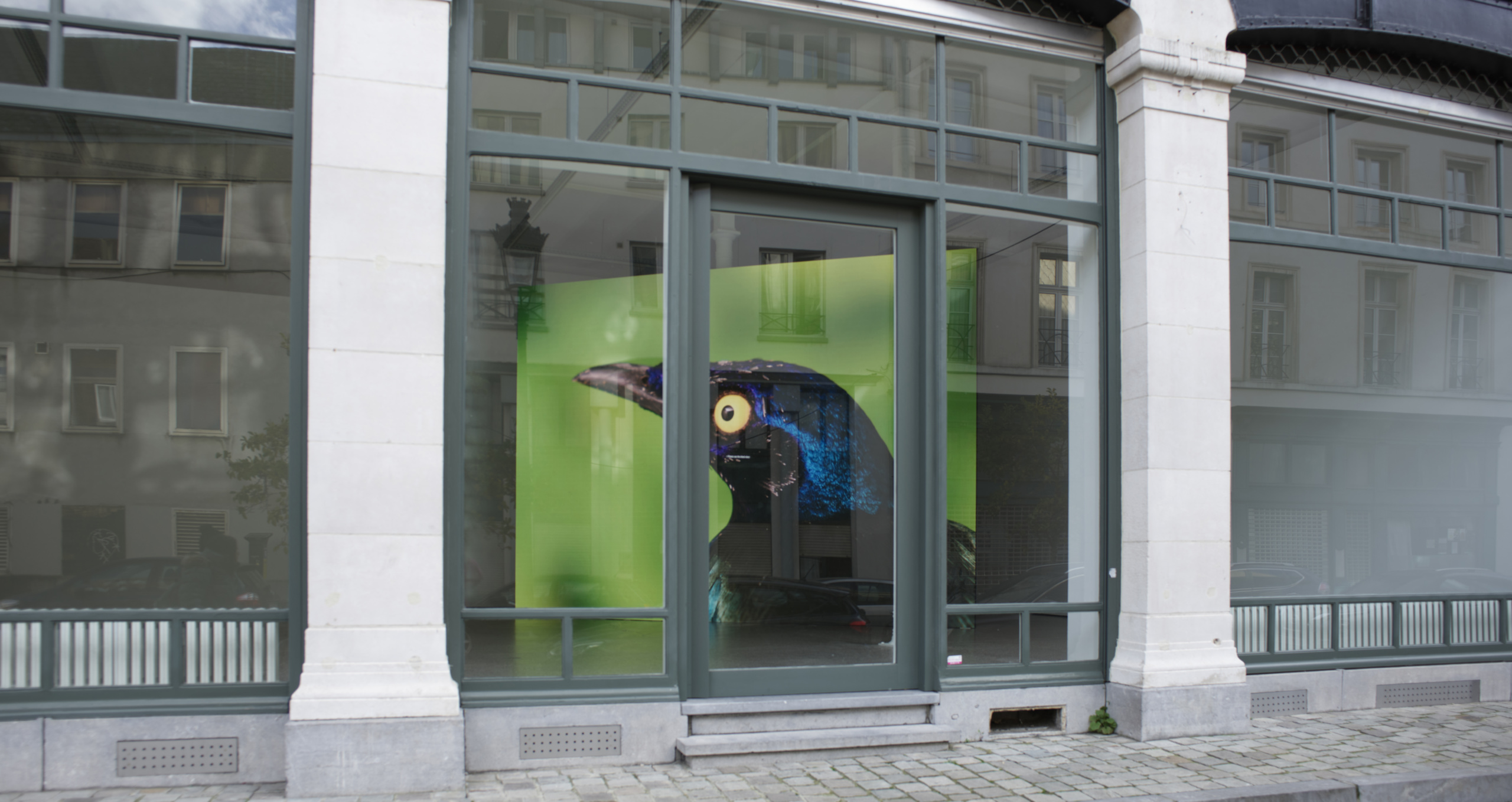
Installation view, David Claerbout, Birdcage, Galerie Greta Meert, 2023-2024
EDITH DEKYNDT
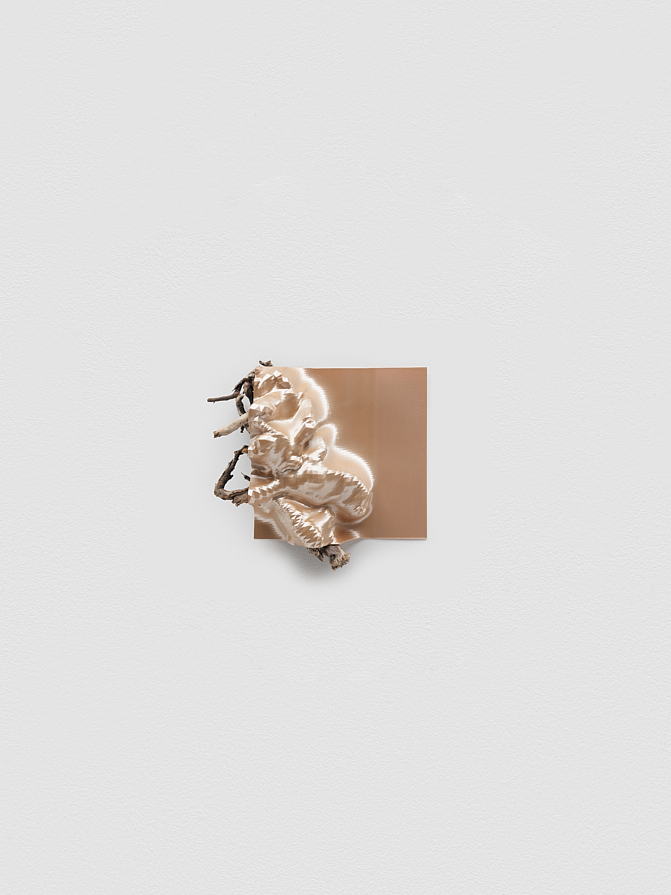
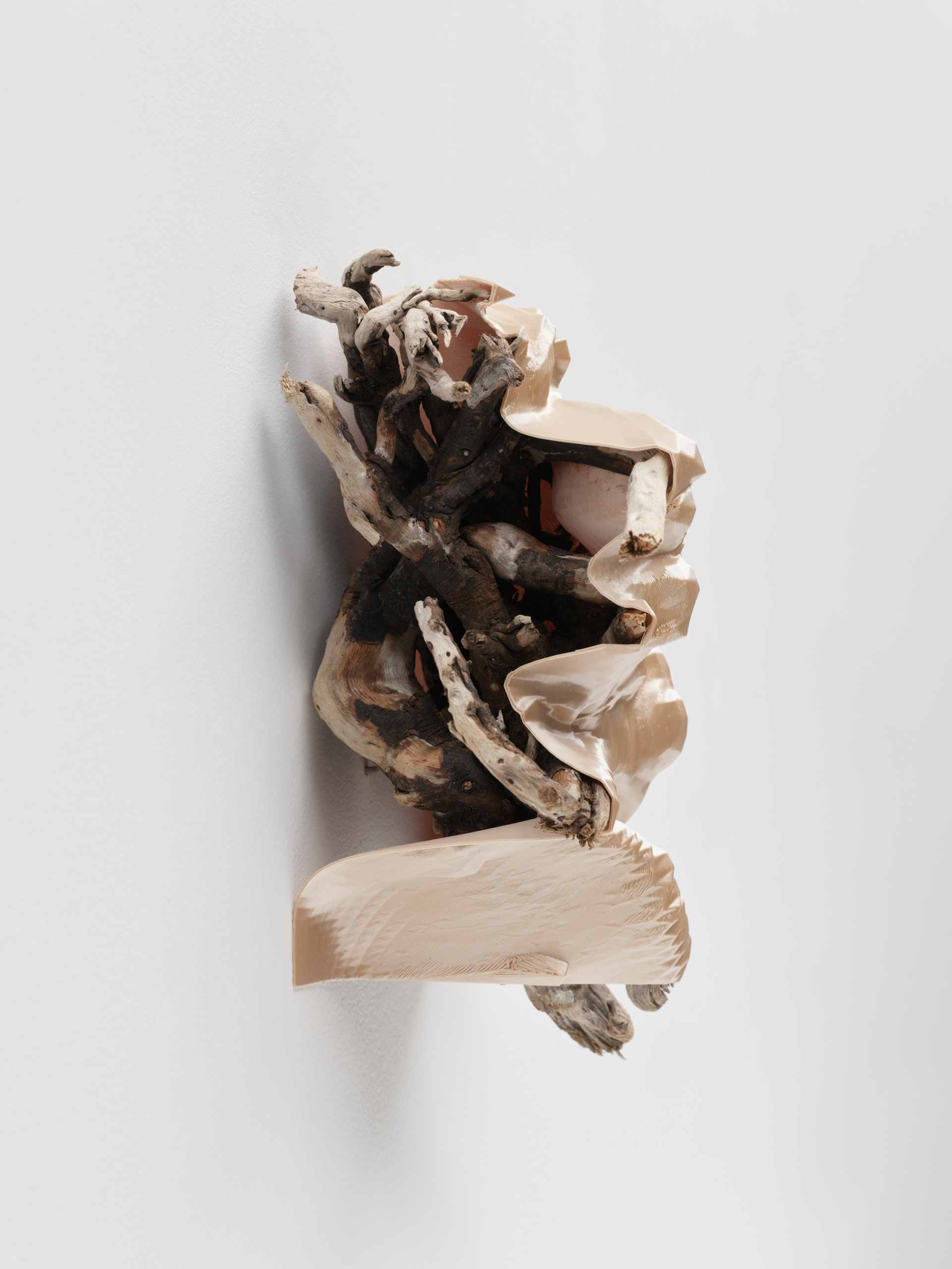

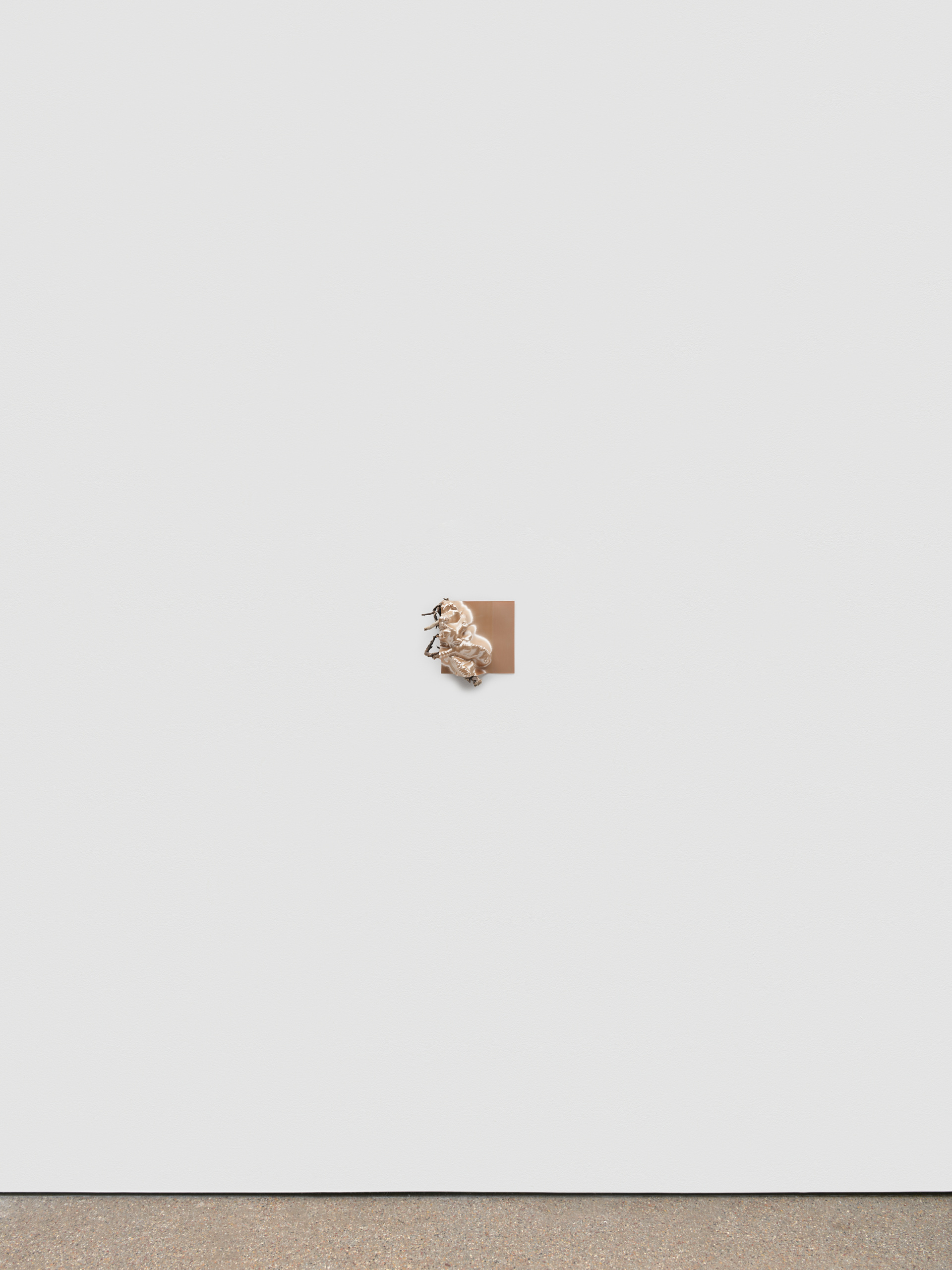
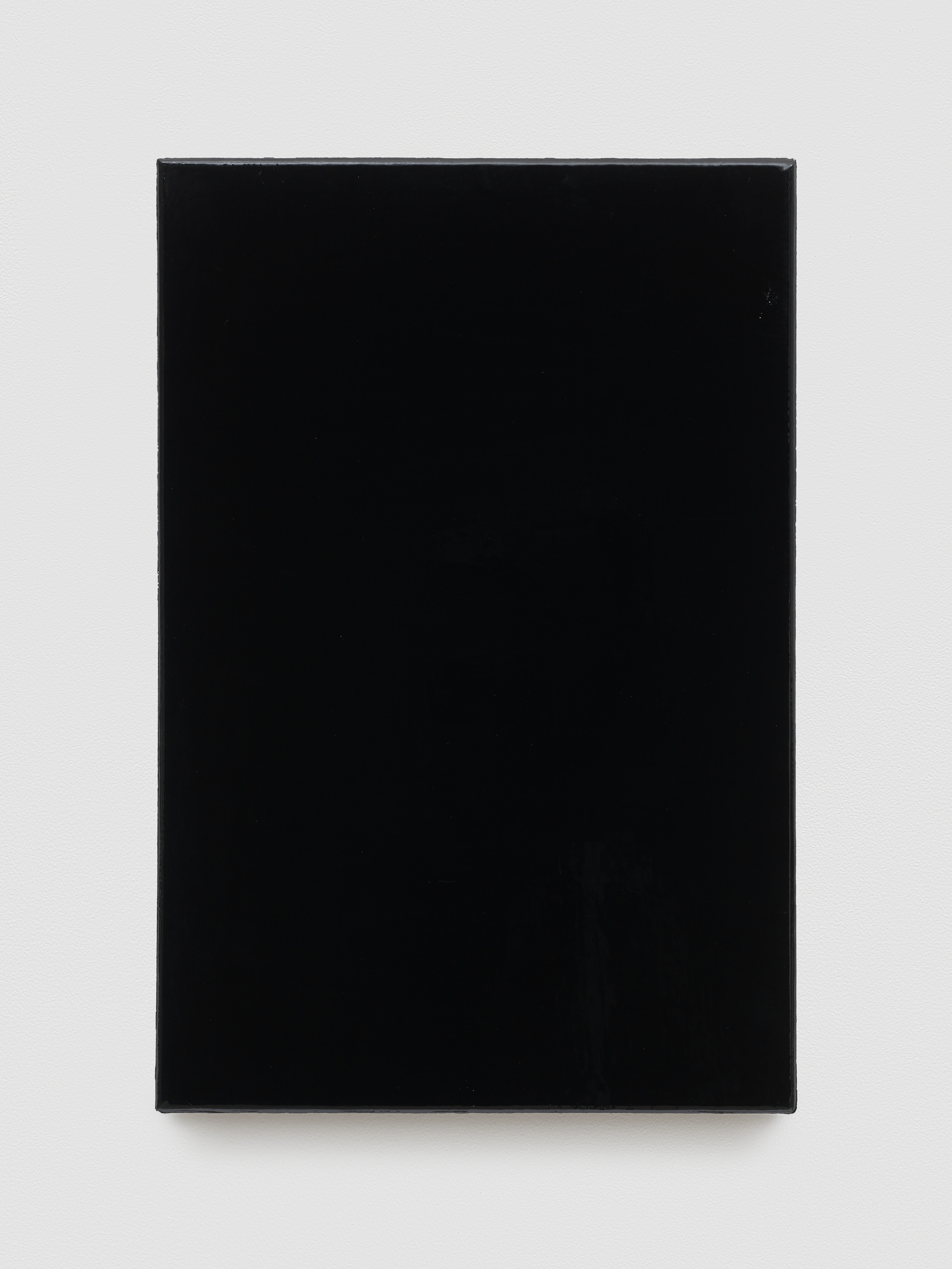
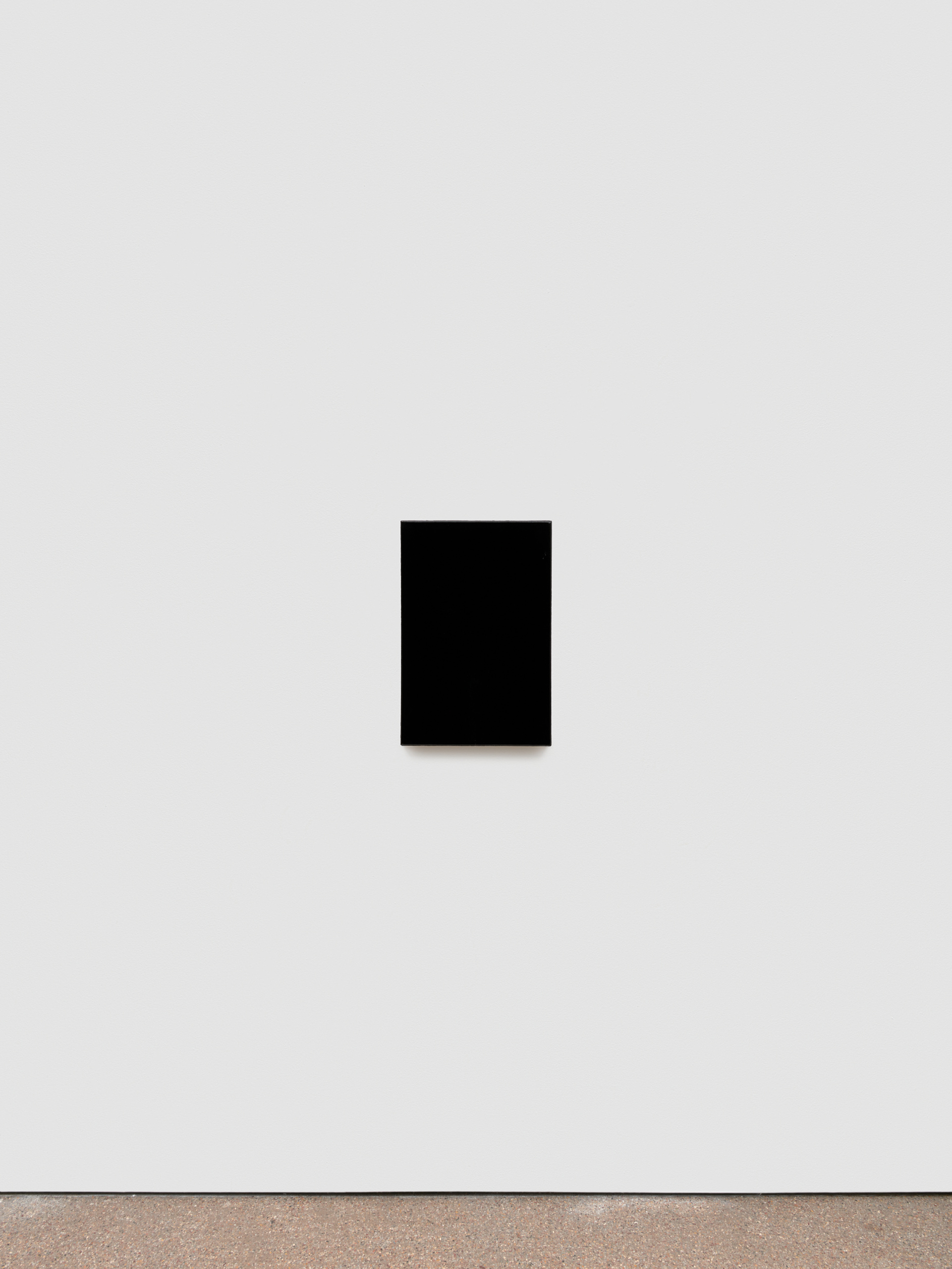

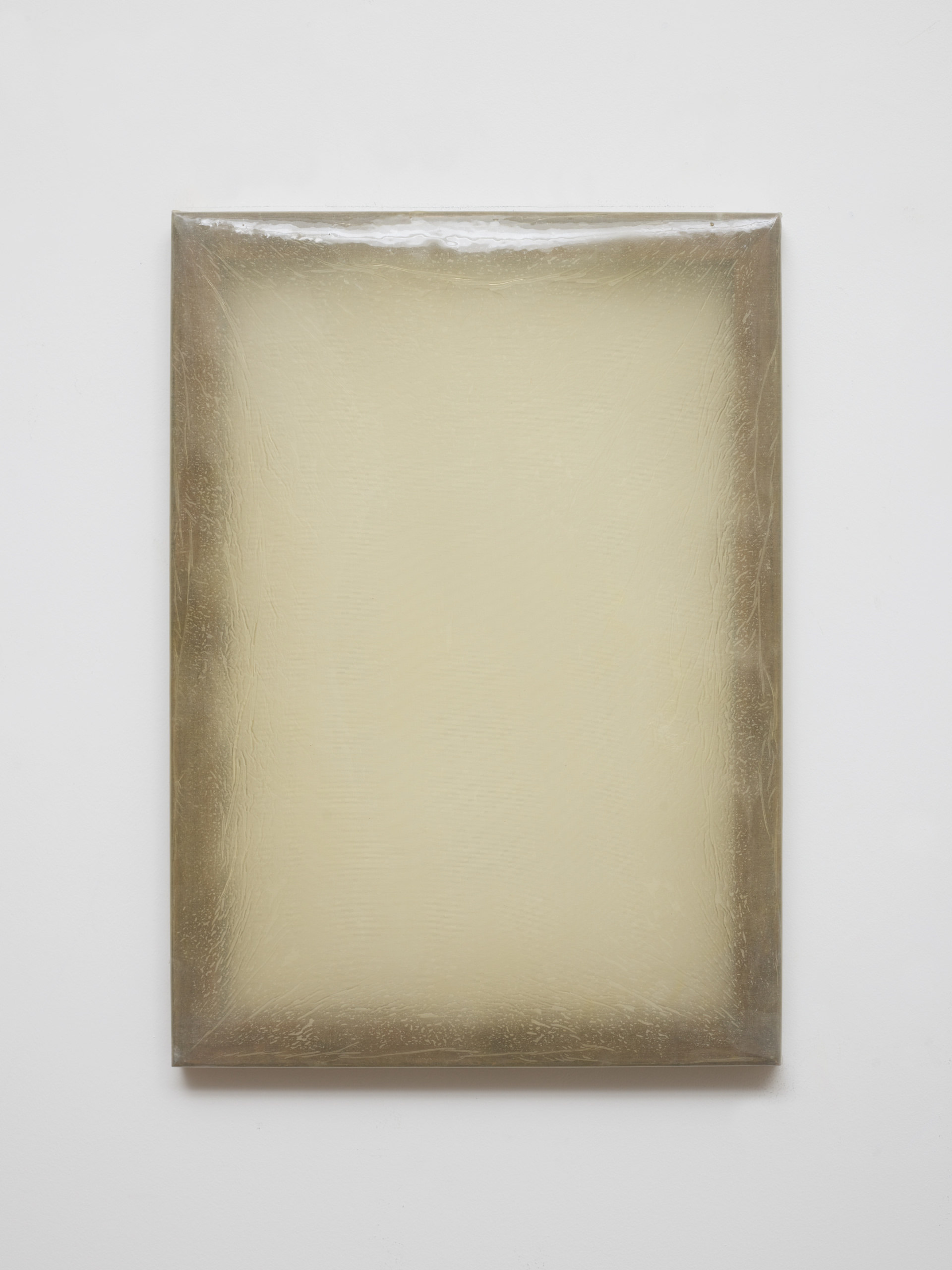
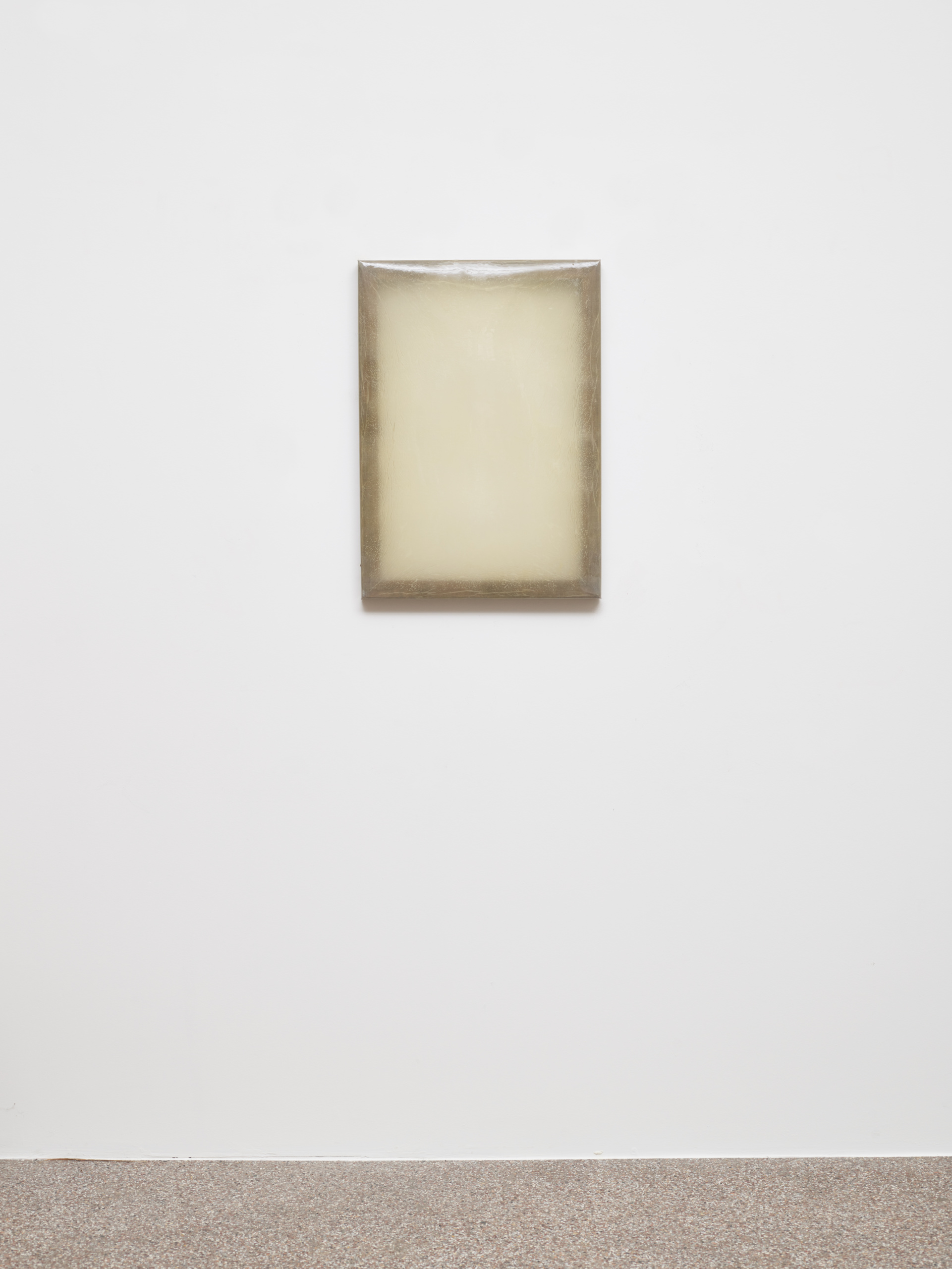

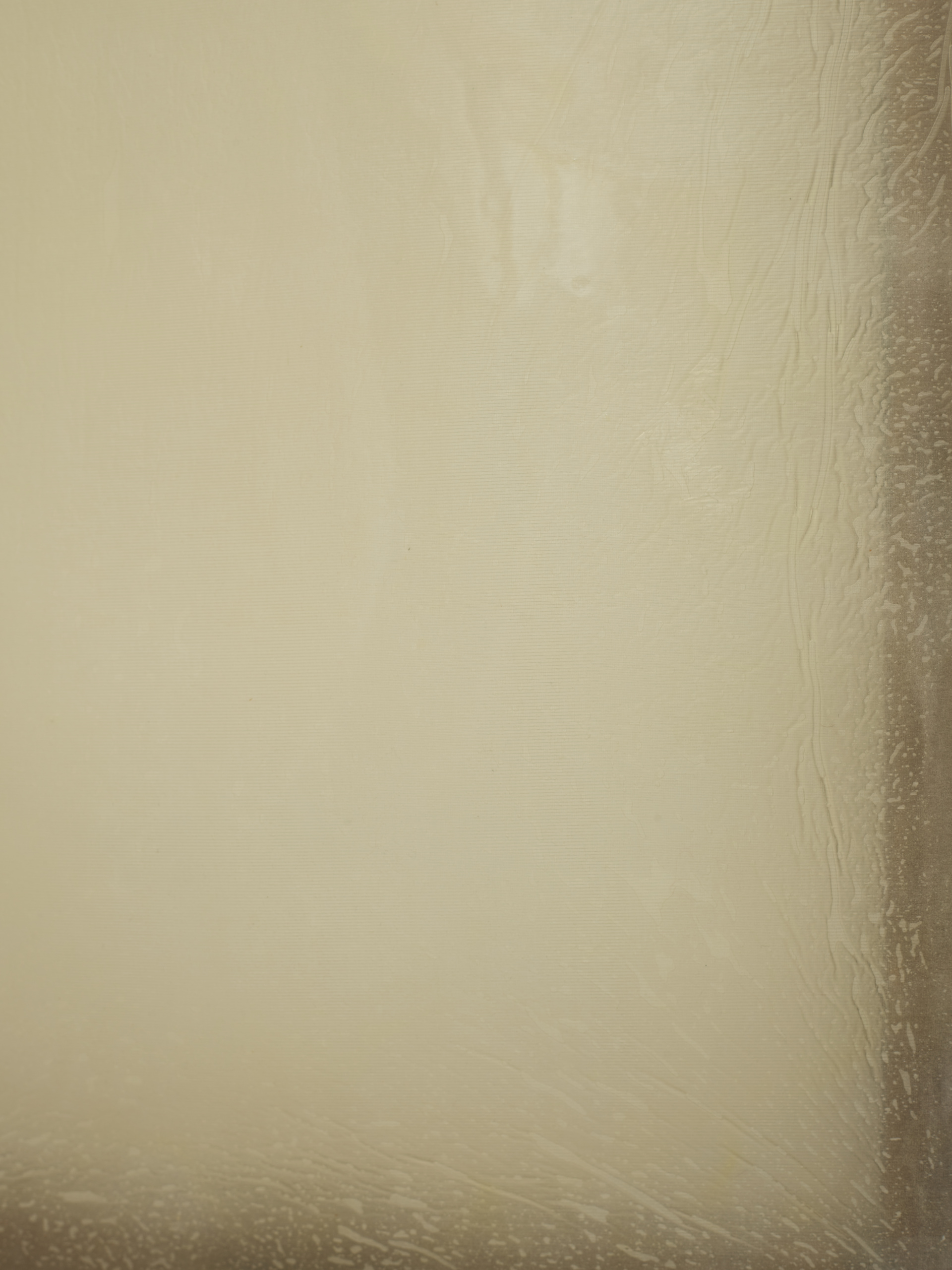
Edith Dekyndt (b. 1960) addresses timeless questions about time and space. Using this wide range of techniques, she makes transient physical phenomena and momentary incidents visible, creating a conceptually rich and materially engaged visual language. Paying homage to what is neither clean nor pure, her work functions as a translation of time into materiality and vice versa, a study of the subtle variations in the fabric of our tangible world.
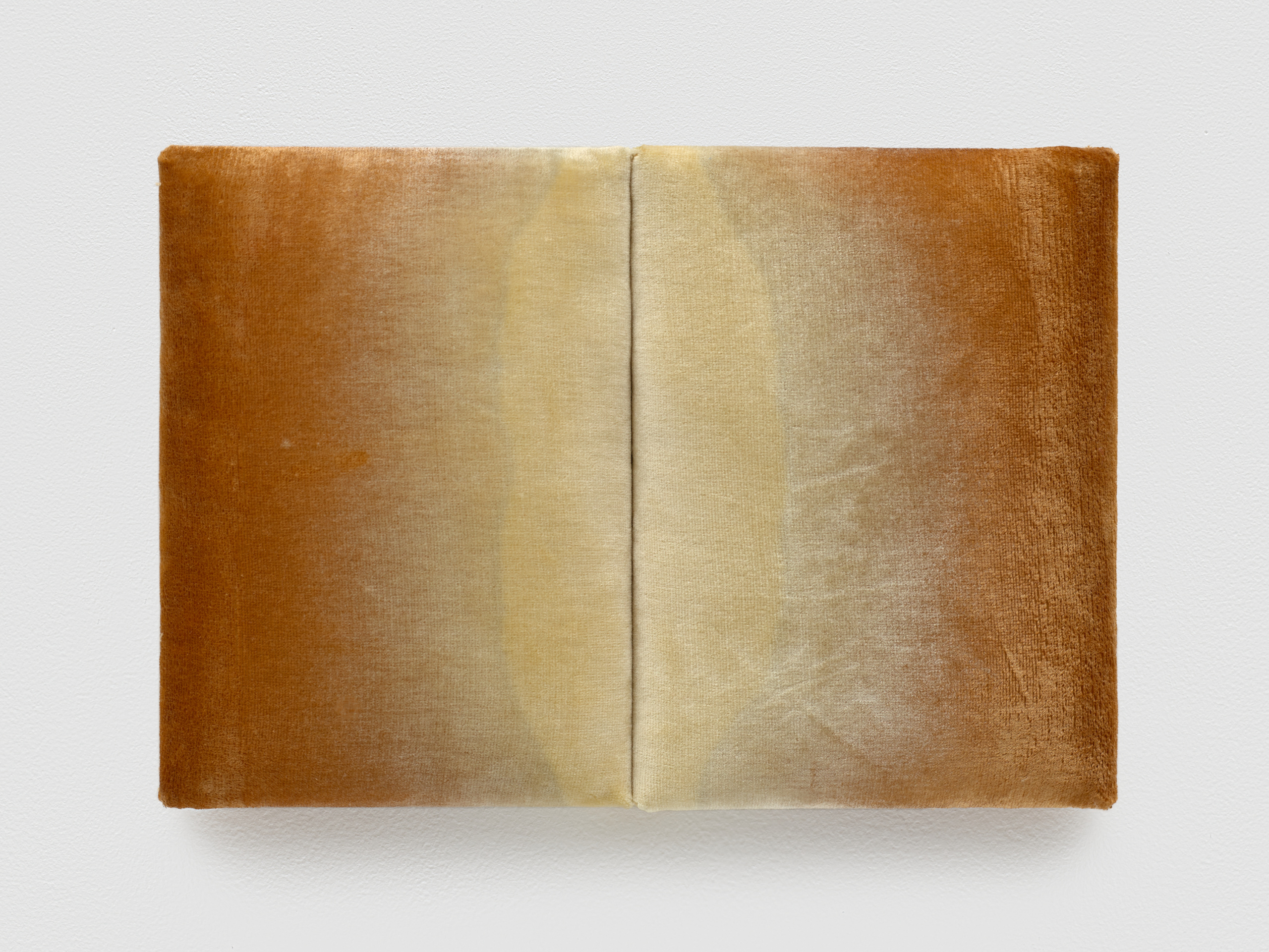
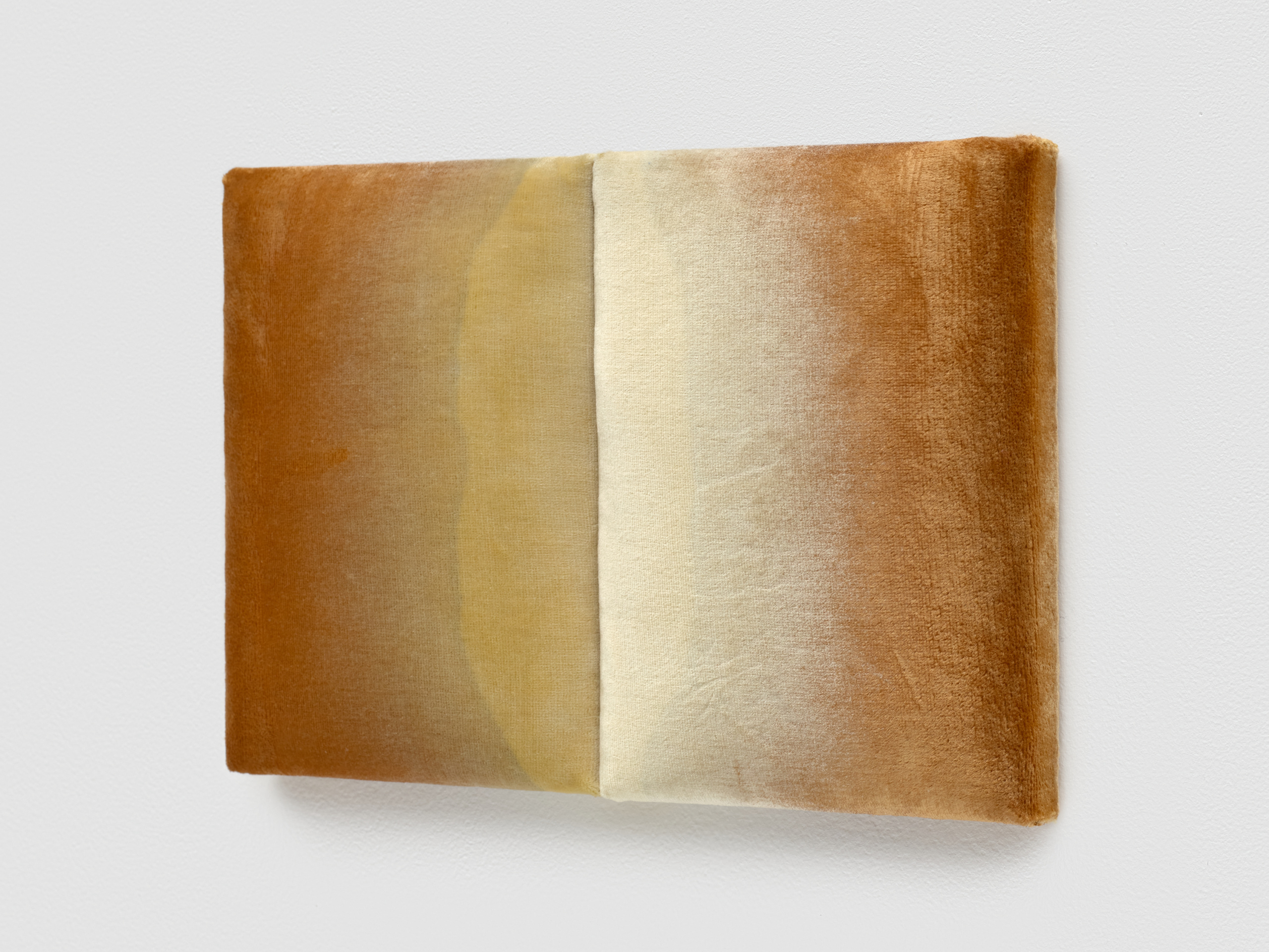
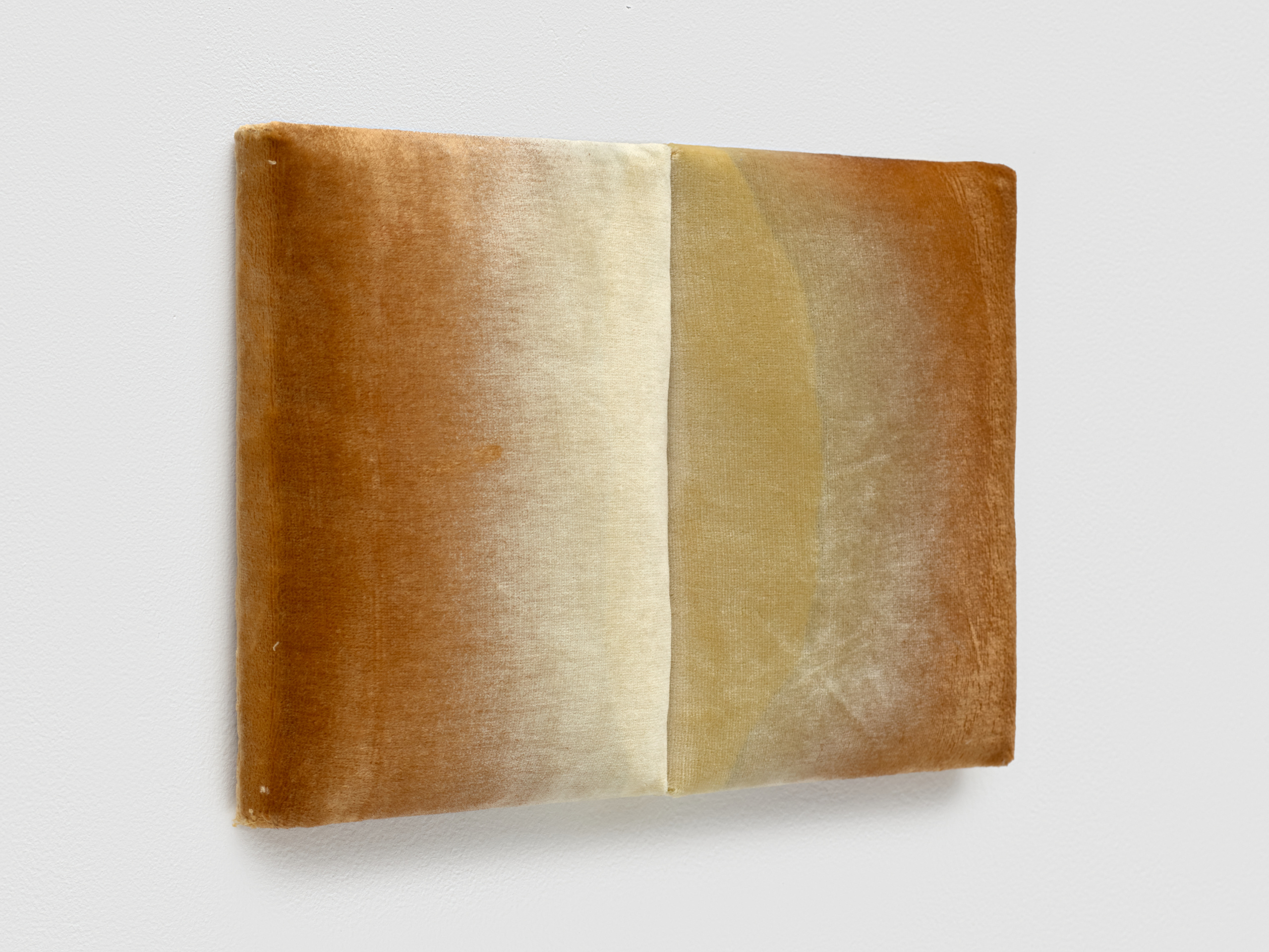
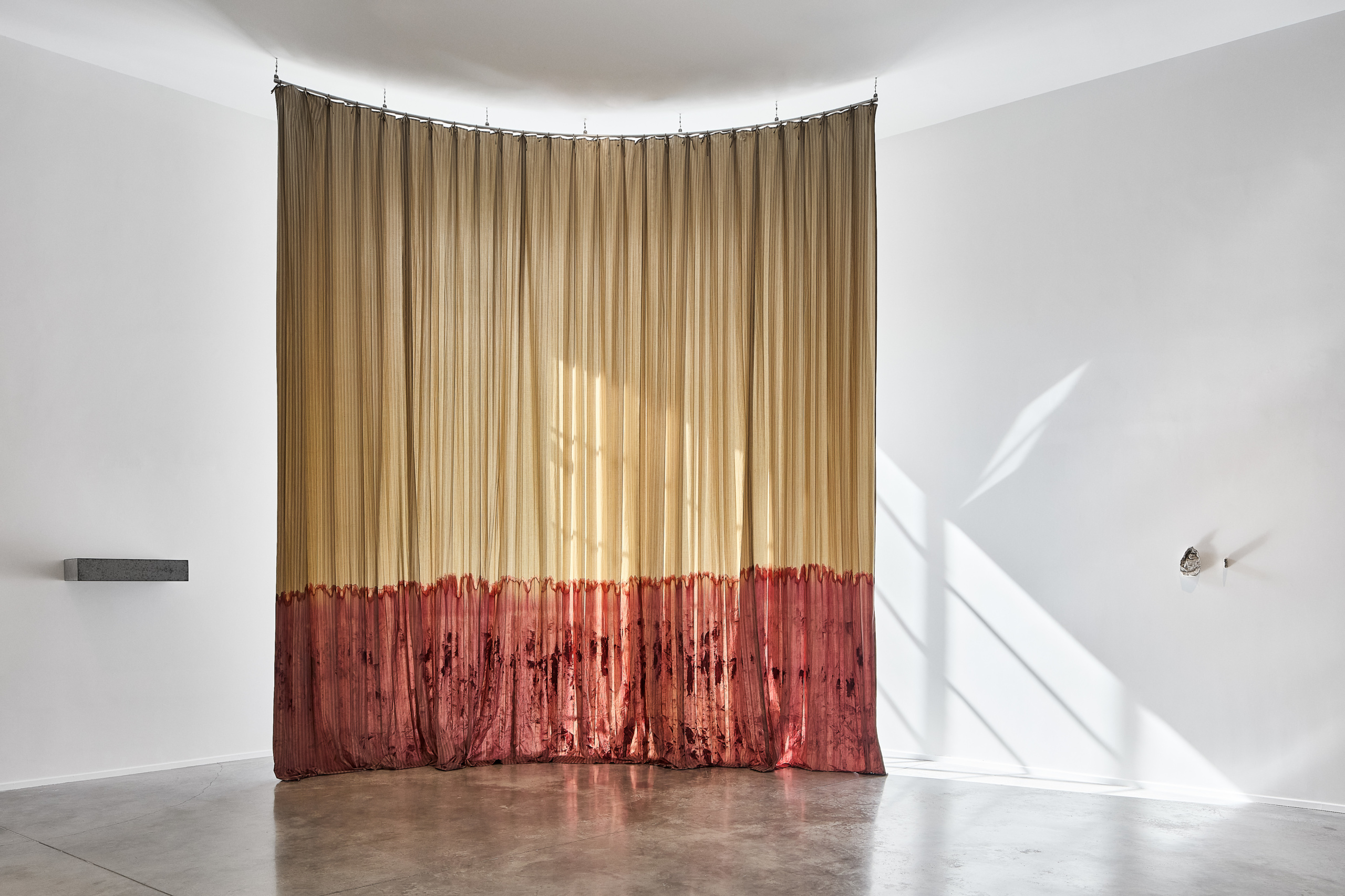
Installation view, Edith Dekyndt – Specific Subjects, Fondation CAB Saint-Paul-de-Vence, 2024
NATHALIE DU PASQUIER
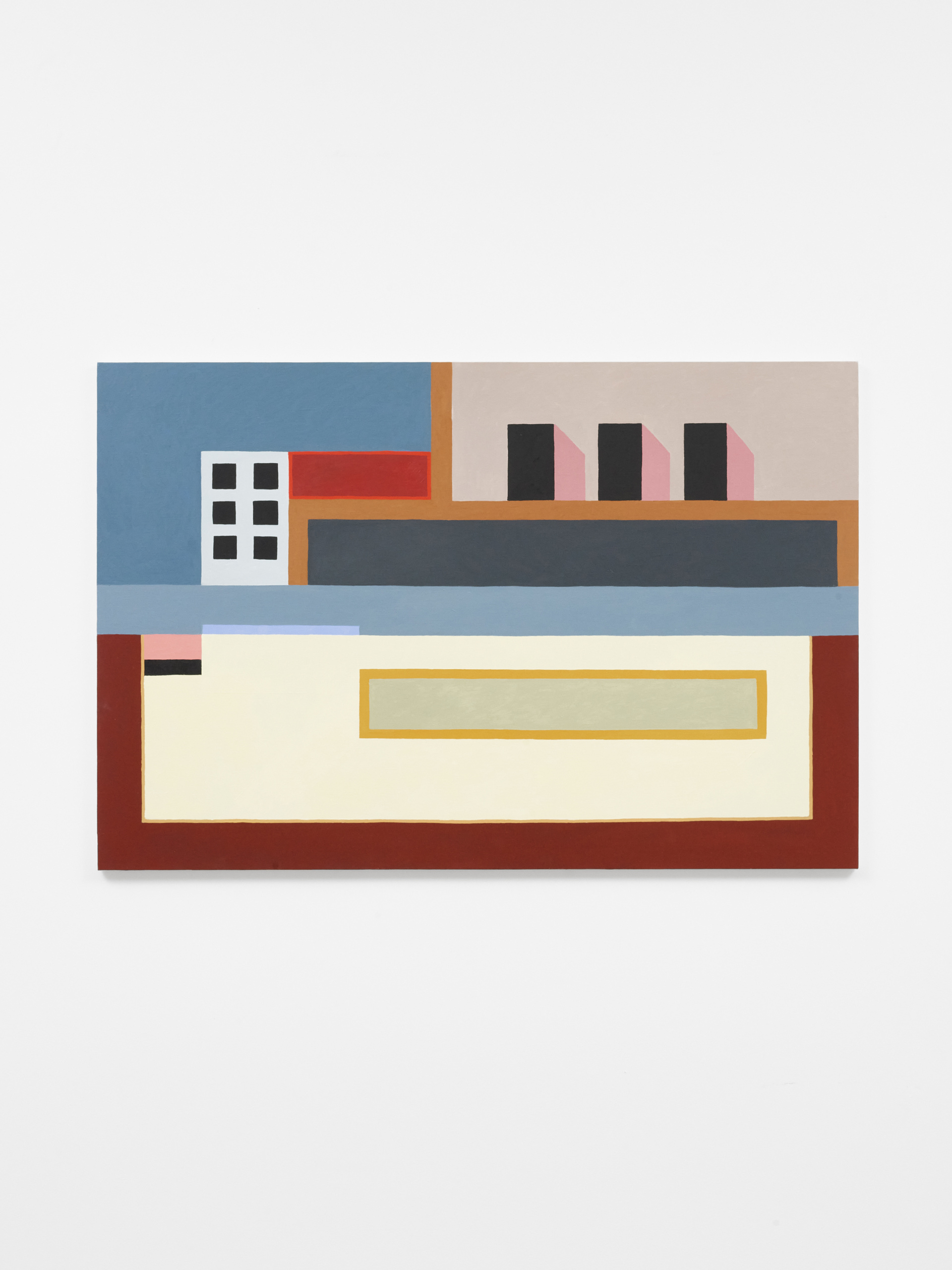
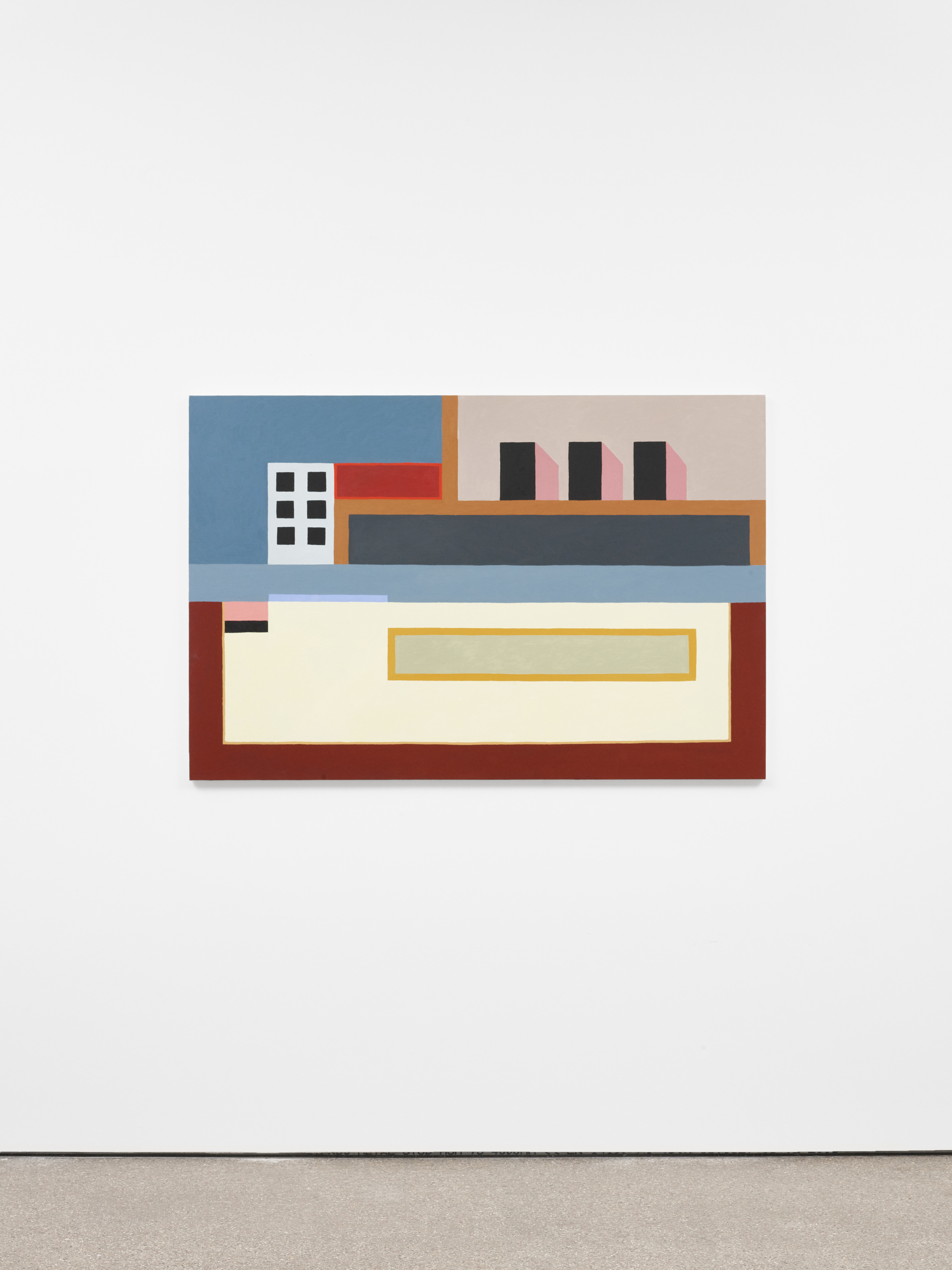
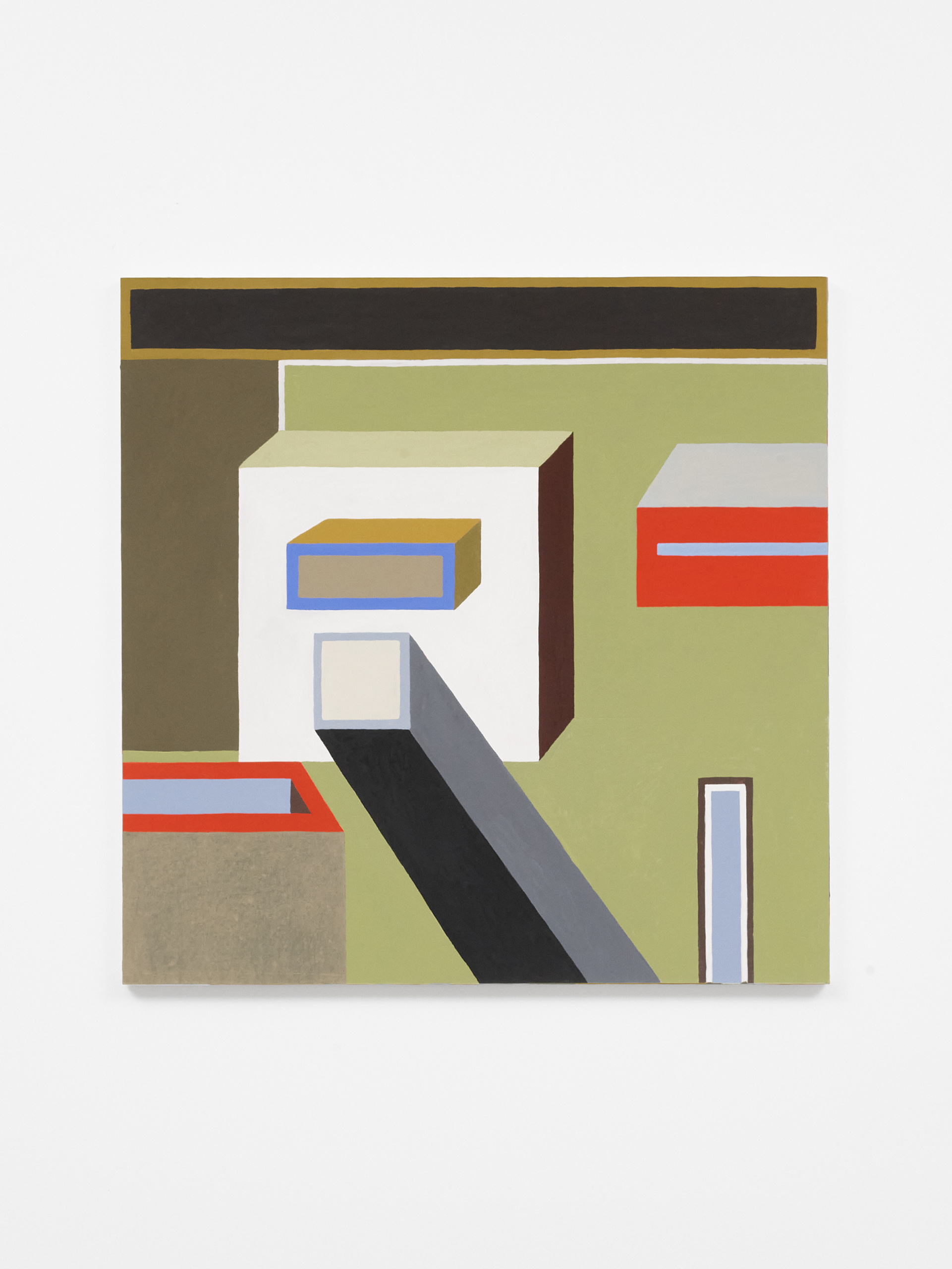
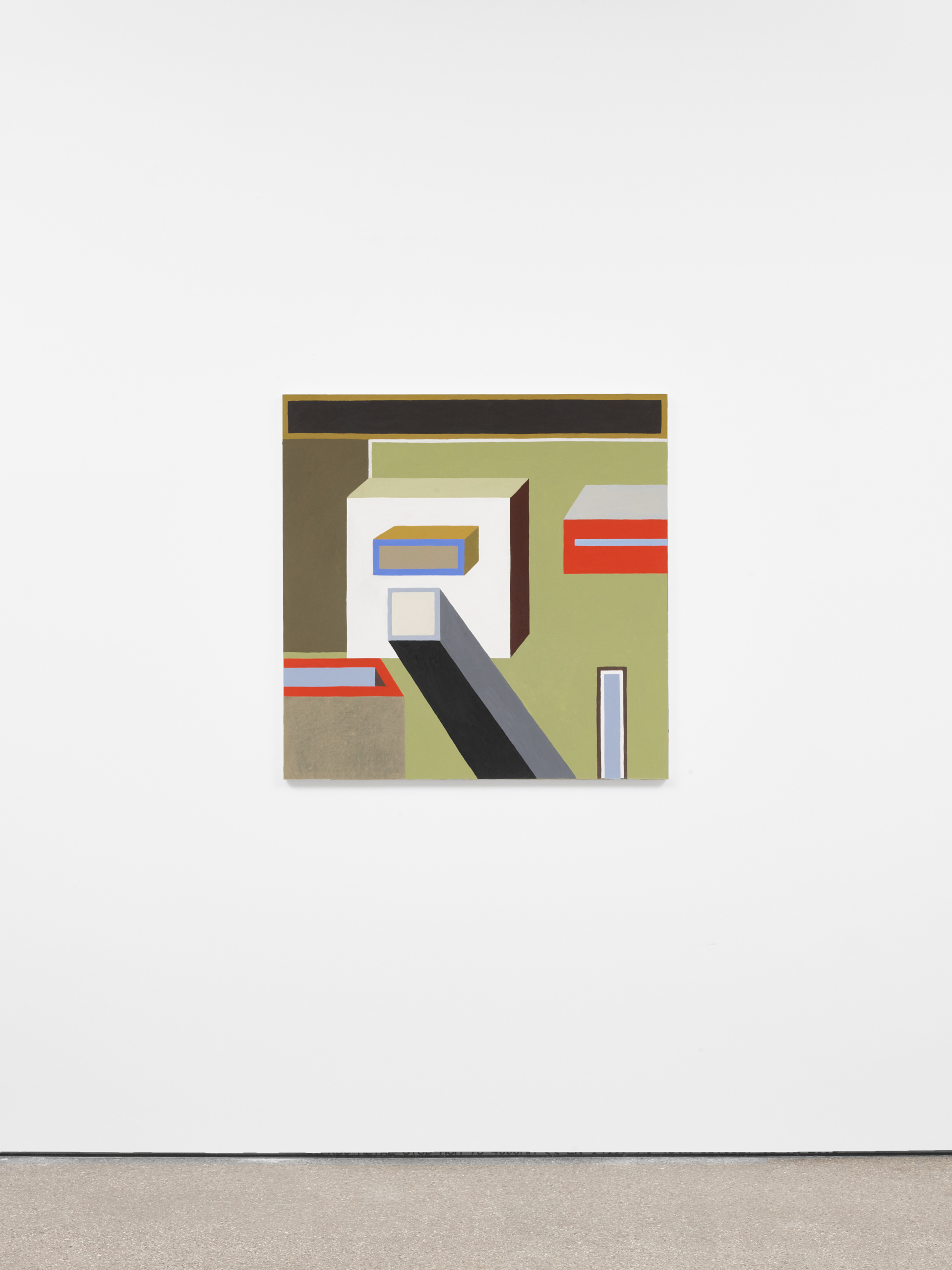
Over the past thirty-five years, Nathalie Du Pasquier (b. 1957) has been intrigued by the relationship between objects and the spaces in which they are installed. This ongoing investigation has manifested in paintings, sculptures, designs, patterns, constructions, carpets, books, and ceramics—constantly acting between the representational and non-representational, the tangible and intangible, reality and imagination, and two- and three-dimensional forms.
Du Pasquier is open to new possibilities and experimentation, continuously playing with complex arrangements of forms. For a long period, she produced still life paintings following a precise methodology in combination with pure intuition: building sets with different elements—day-to-day objects first, handmade wood constructions later—and meticulously representing what was in front of her. Du Pasquier now works directly on paper or canvas, and builds constructions that play with the juxtaposition of flat surfaces and three-dimensional objects. Her paintings can respectively exist as objects, space, or environments, blurring the distinctions between a work and its inherent structures of display.
New objects constantly enrich Du Pasquier’s imaginary and symbolic world and she follows particular, poetic paths to construct and compose forms, sculpt space, and render representation anew. She considers everything that she has done as raw material for future projects – a work that sets its own limits in each instant but at the same time is always ready to escape the frame of any rules, entering into unknown territory.
Du Pasquier is open to new possibilities and experimentation, continuously playing with complex arrangements of forms. For a long period, she produced still life paintings following a precise methodology in combination with pure intuition: building sets with different elements—day-to-day objects first, handmade wood constructions later—and meticulously representing what was in front of her. Du Pasquier now works directly on paper or canvas, and builds constructions that play with the juxtaposition of flat surfaces and three-dimensional objects. Her paintings can respectively exist as objects, space, or environments, blurring the distinctions between a work and its inherent structures of display.
New objects constantly enrich Du Pasquier’s imaginary and symbolic world and she follows particular, poetic paths to construct and compose forms, sculpt space, and render representation anew. She considers everything that she has done as raw material for future projects – a work that sets its own limits in each instant but at the same time is always ready to escape the frame of any rules, entering into unknown territory.

Installation view, Nathalie Du Pasquier – One thing leads to another, Galerie Greta Meert, 2022
LIAM EVERETT
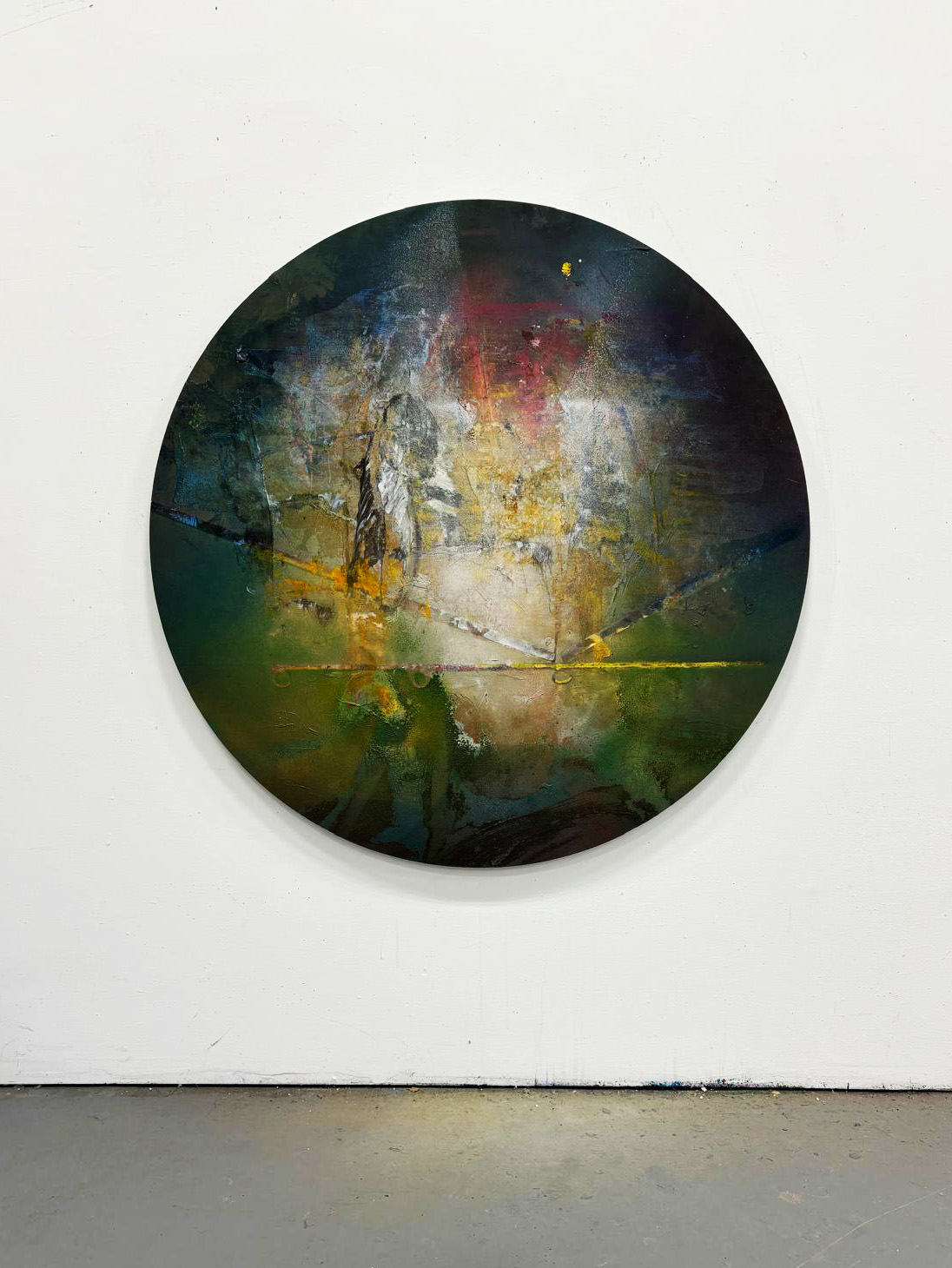
Liam Everett (b. 1973) works out of a barn on the spectacular North California coast. Perhaps what one might witness in his work could be seen as analogous to the electrifying molecular, material and pictorial collisions and convergences of those surroundings – his works are fruit of processes of application, erasure and emulsion of paint, sand, inks, alcohols, and caustic substances into abstract compositions of an exhilarating energy and dynamism.
When in the studio, Liam Everett, whose paintings are fruit of his interest in choreography and theatre, places physical barriers between him and the canvas, giving rise to paintings of a luminous and spectacular rawness, jolting ourselves and our habitual expectations of composition and aesthetic finish into abrupt question.
When in the studio, Liam Everett, whose paintings are fruit of his interest in choreography and theatre, places physical barriers between him and the canvas, giving rise to paintings of a luminous and spectacular rawness, jolting ourselves and our habitual expectations of composition and aesthetic finish into abrupt question.

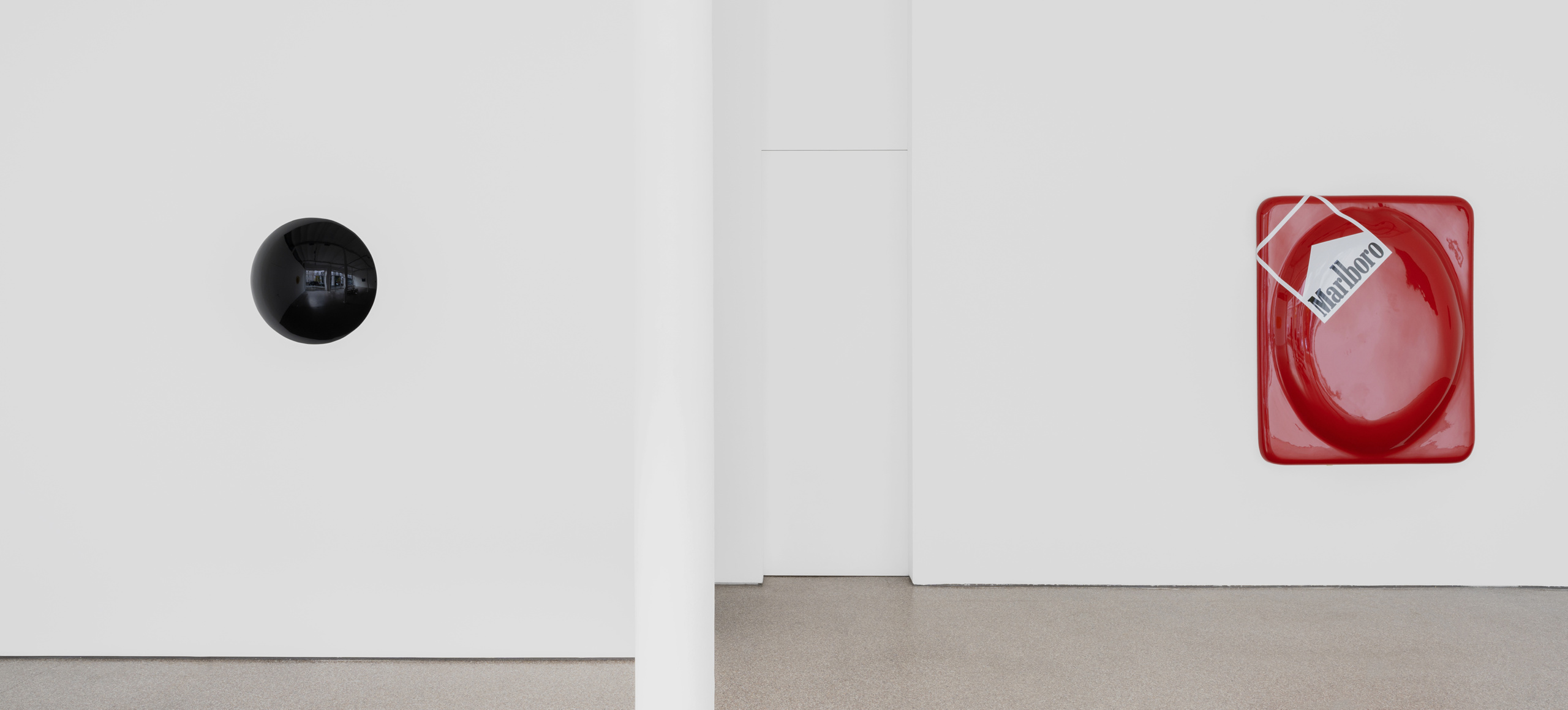
Installation view, Jef Geys, Galerie Greta Meert, 2021 – 2022
JEF GEYS
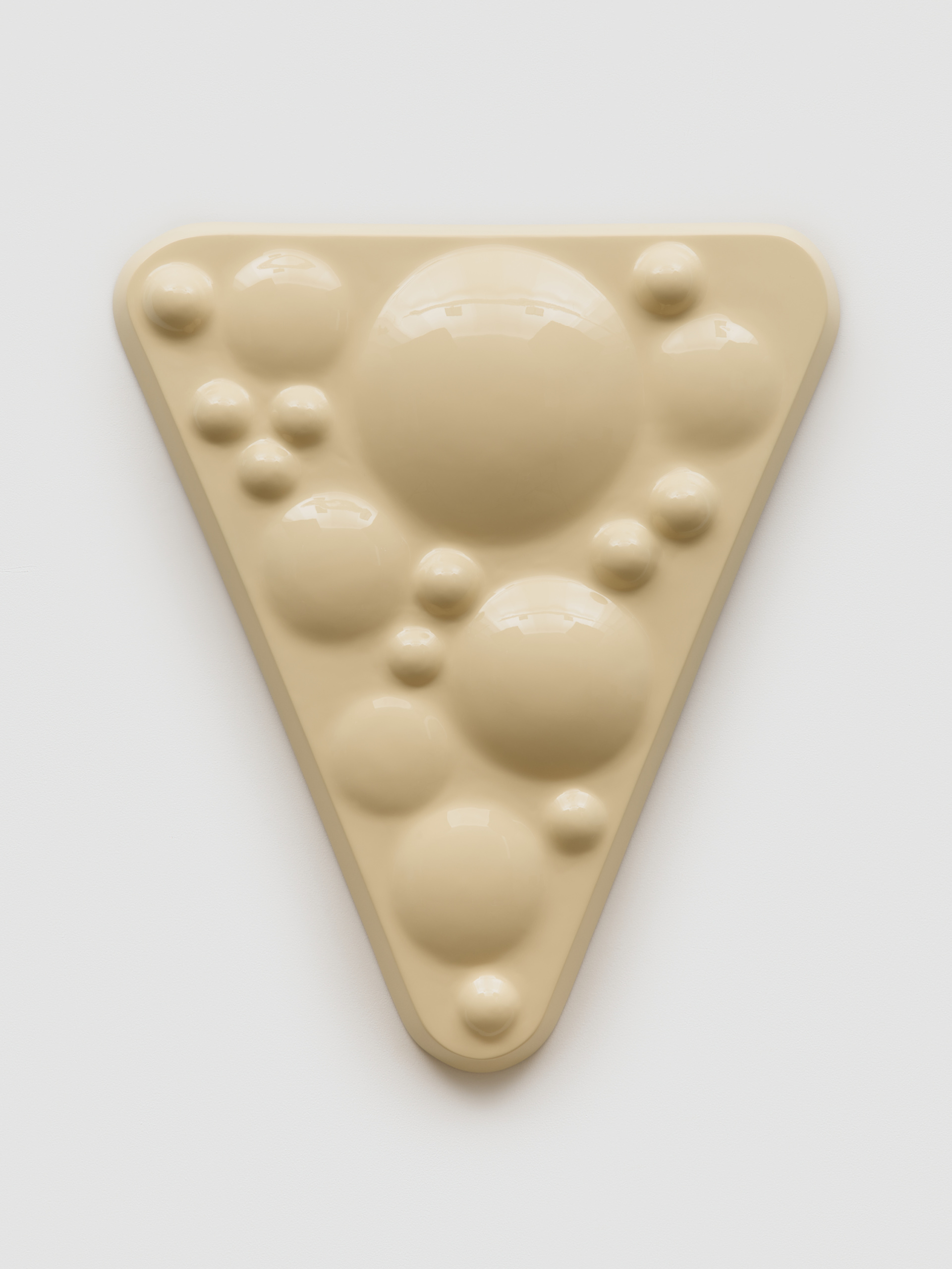

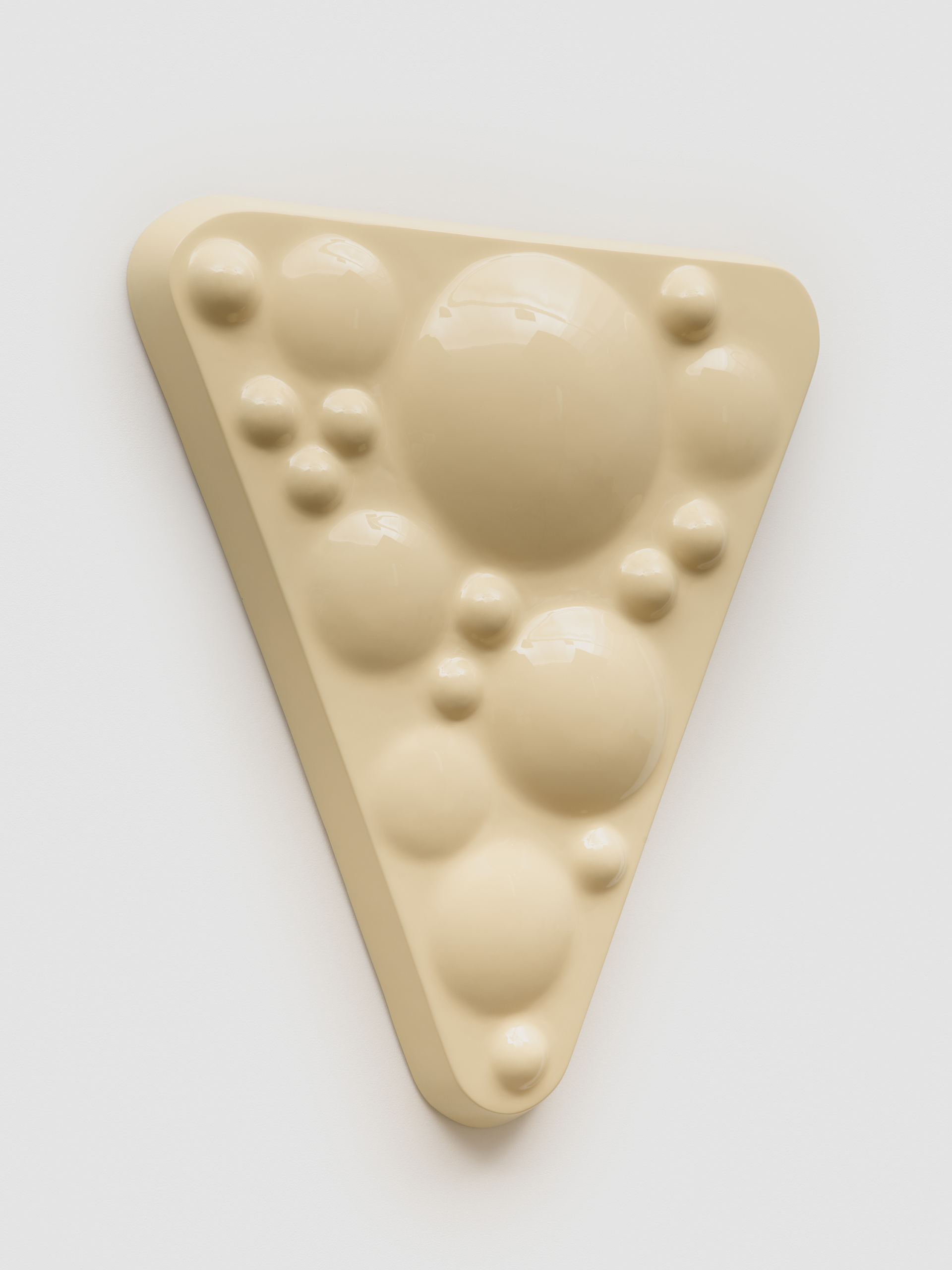
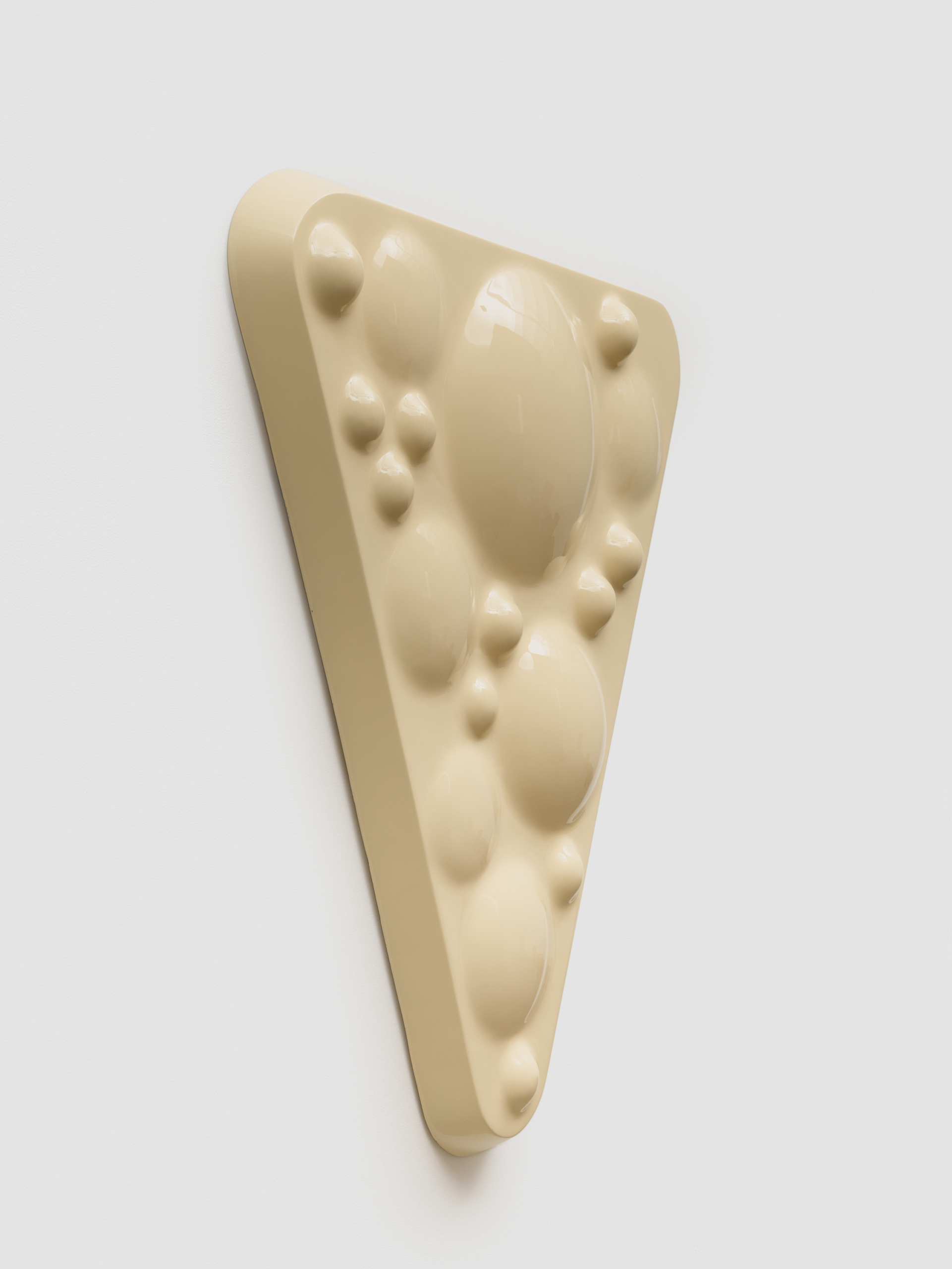

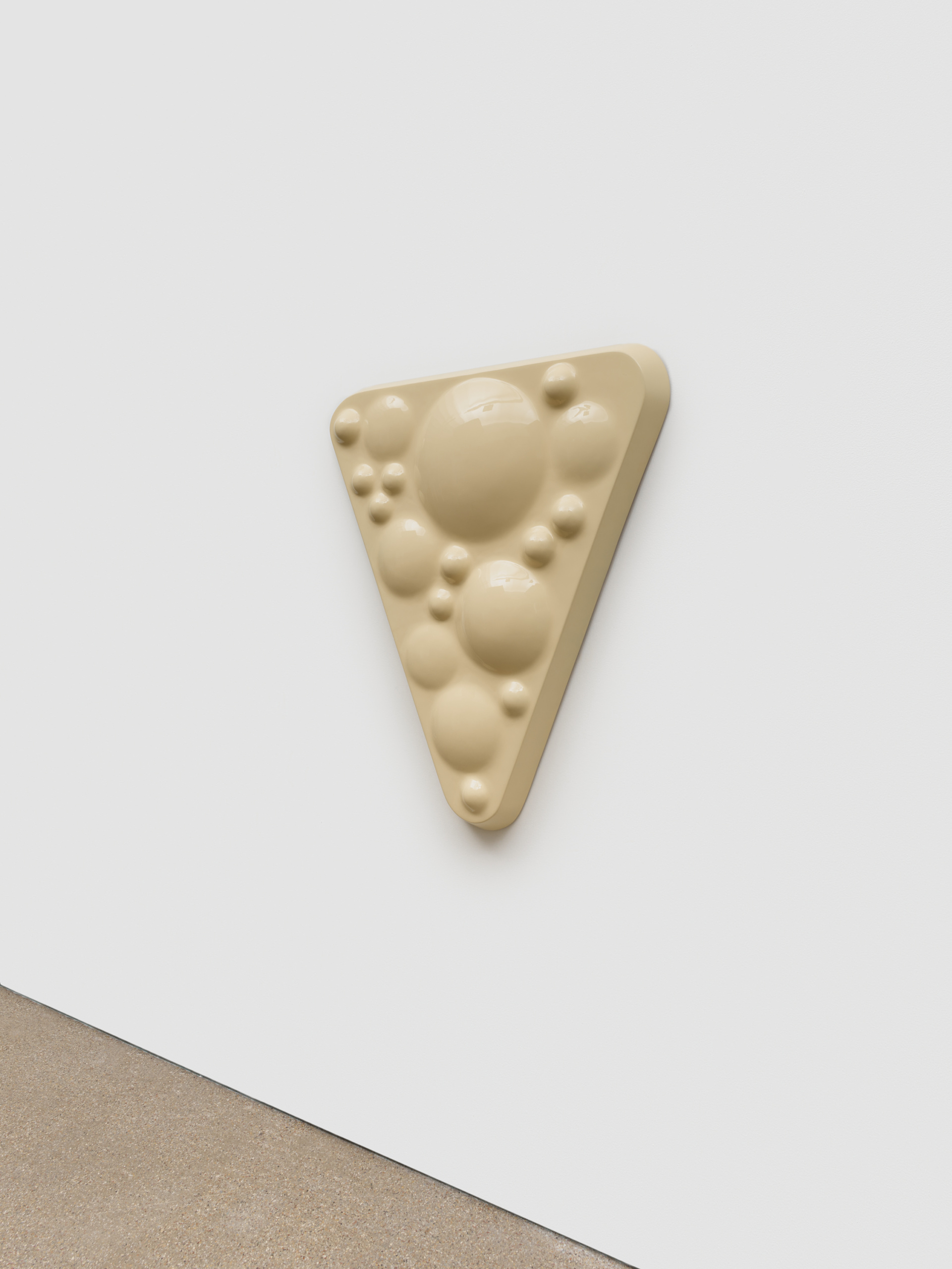
The work of Jef Geys is resolutely local. The Belgian artist conceived and orchestrated his work from Balen, his hometown in the Kempen, a region where he also worked as a primary school teacher between 1960 and 1989. In the 1960s, Geys became the editor of Kempens Informtieblad, a local newspaper that he took over and used as a mean to disseminate information and documentation relating to his work and its socio-political context. Geys’ longstanding interest in superimposing economies of meaning that run counter-intuitively to the pervasive structures of the art world can best be understood through his insistence on locality. In turn, this emphasis on the local and its contingencies come to short-circuit the classist idea of connoisseurship, and afford his work a universal quality — it implies that all publics be treated equally, including those not considered to be at the center of ‘cultural life’.
Jef Geys’ artistic endeavour is characterised by his predilection for amateurism and the seemingly banal paired with his urge for archiving. Throughout his work, he established a constant back and forth between high and low culture, the artist and the myth, the teacher and his student, the specific and the universal, always anchored within the precise context of locality.
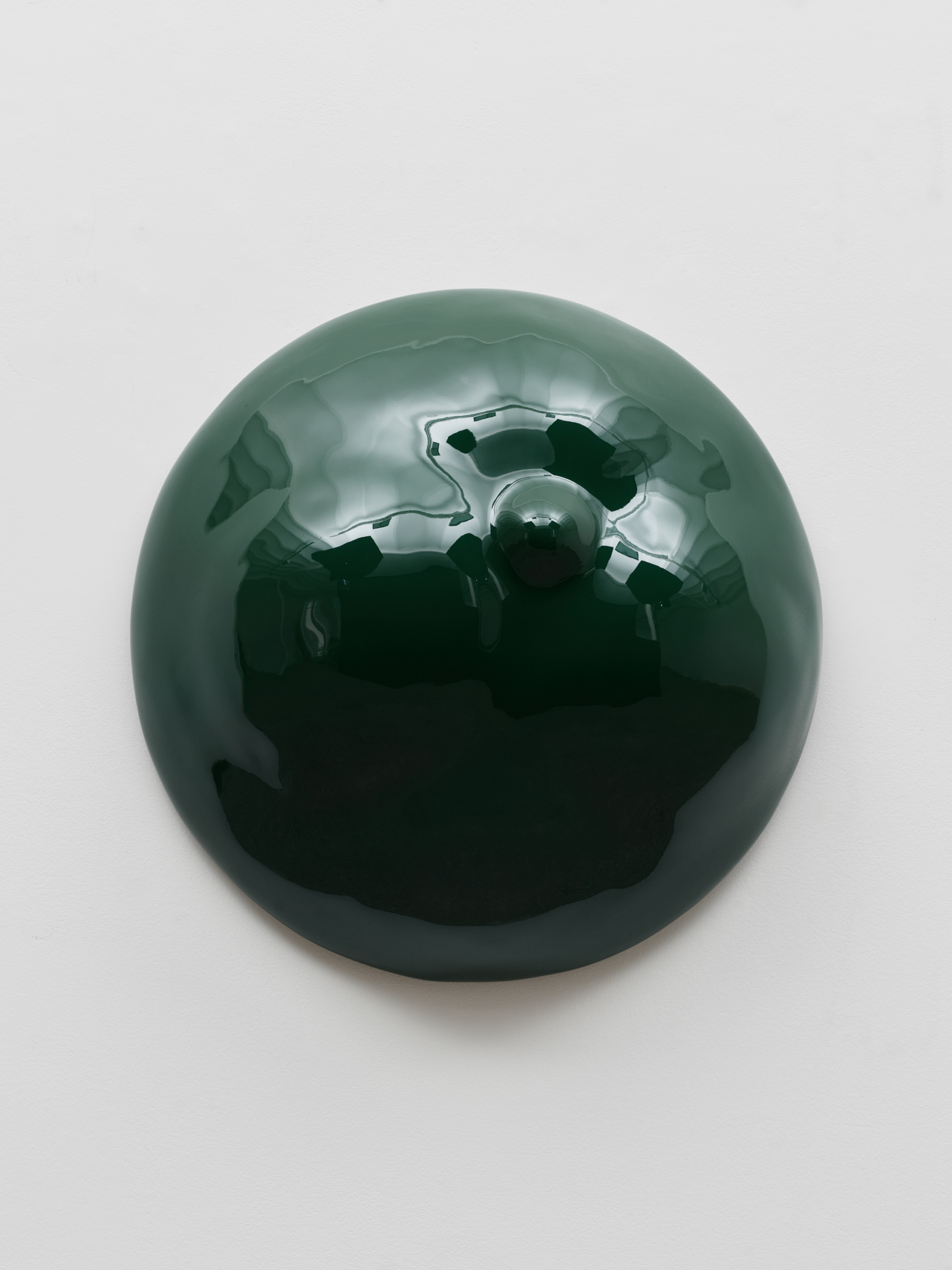
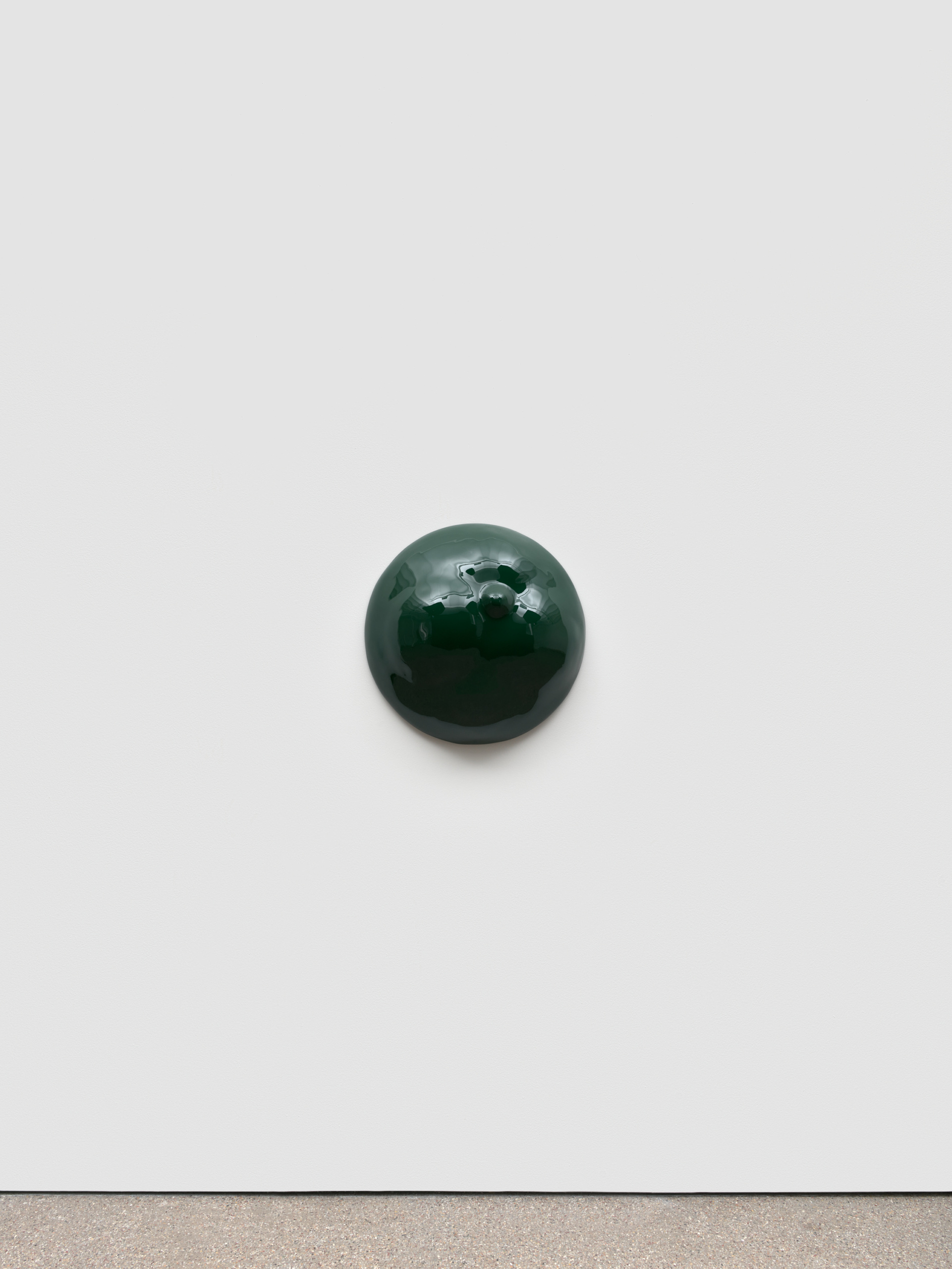


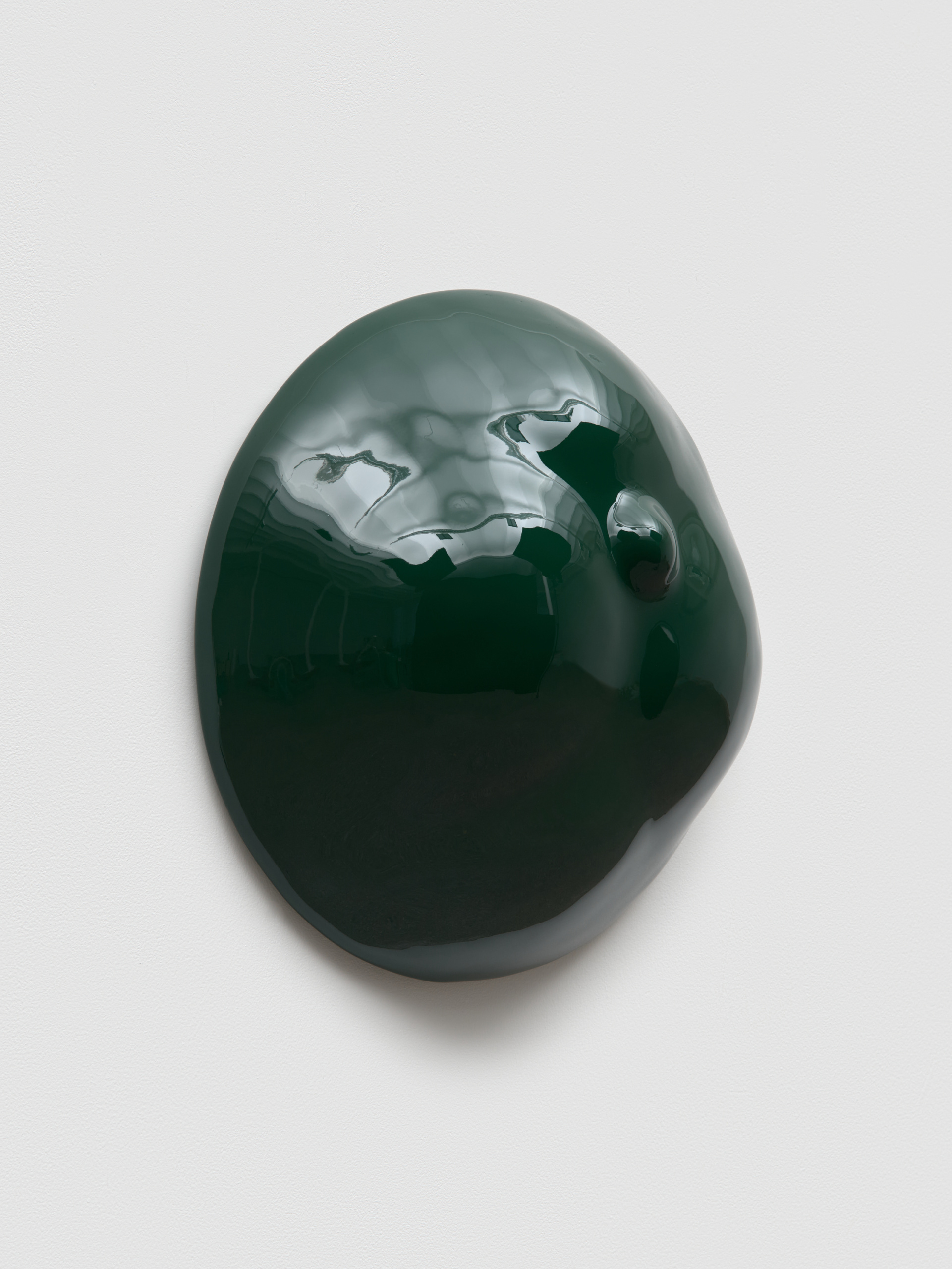

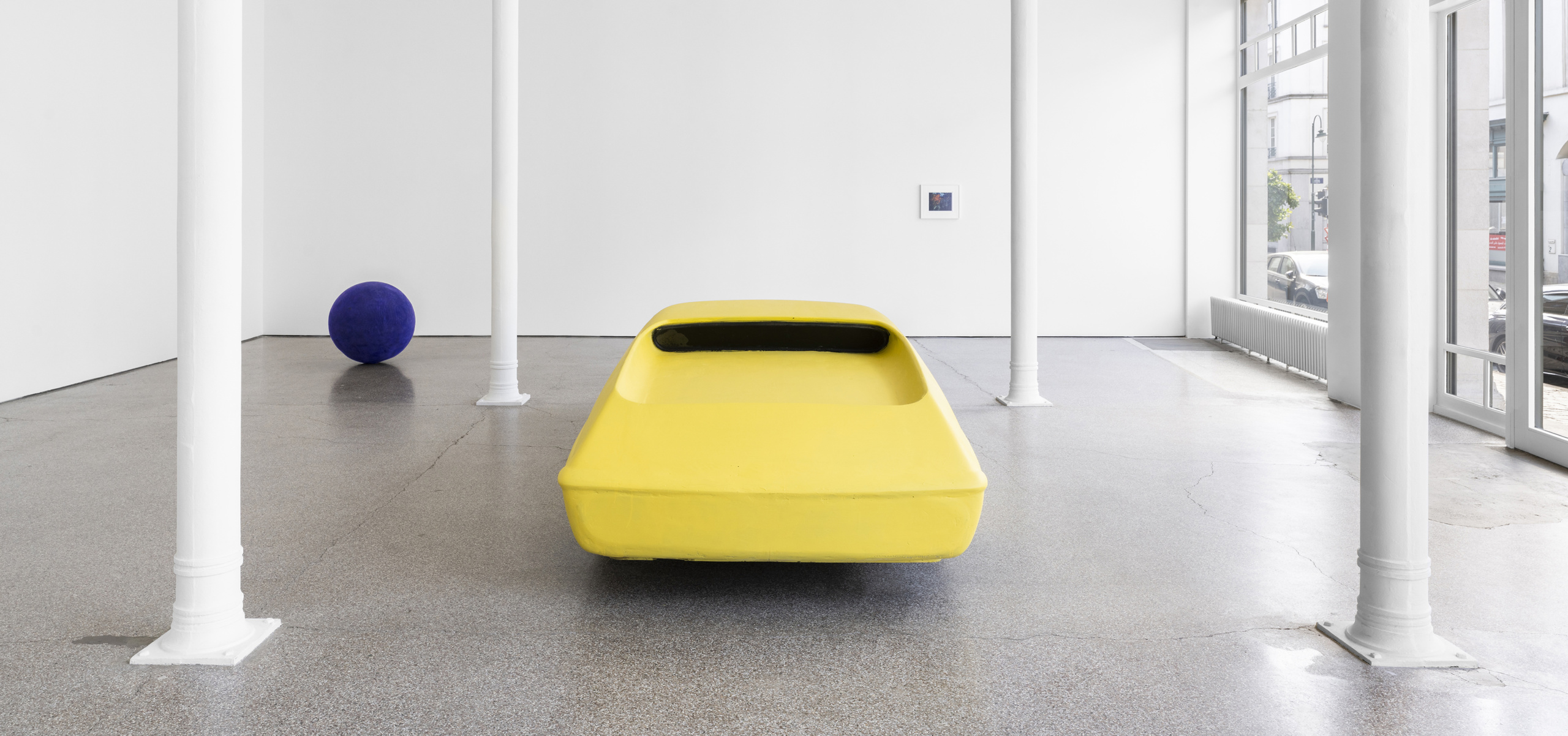
Installation view, Robert Grosvenor, Galerie Greta Meert, 2022
ROBERT GROSVENOR
In a new series of small scale photographs, the artist uses flocking pigments tossed into snow. The tenuous relationship between the pictures, and the provisional happening devised for the camera keeps the status of these photographs on edge. Not unlike his sculptures, these pictures function as self-contained landscapes.
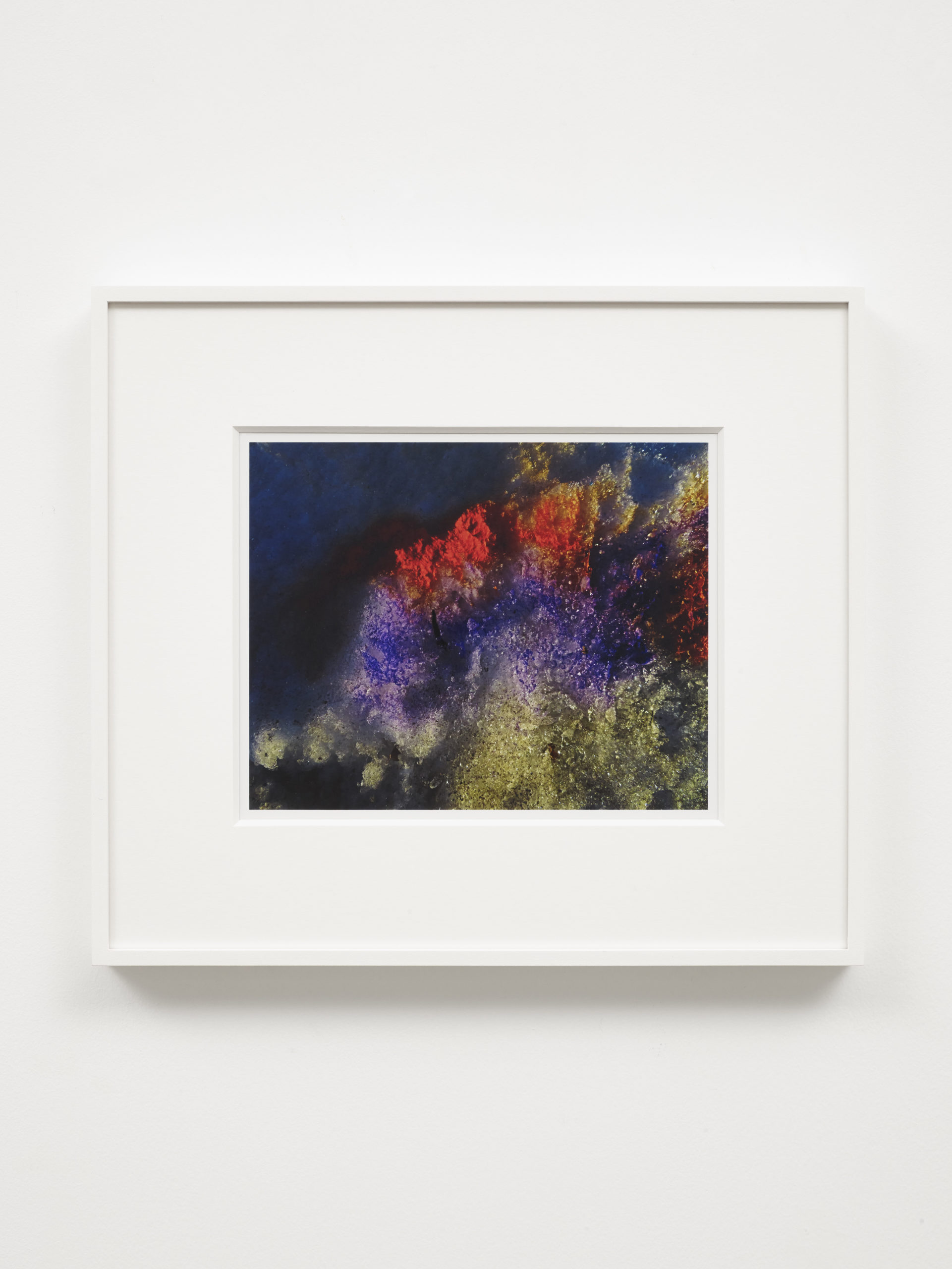


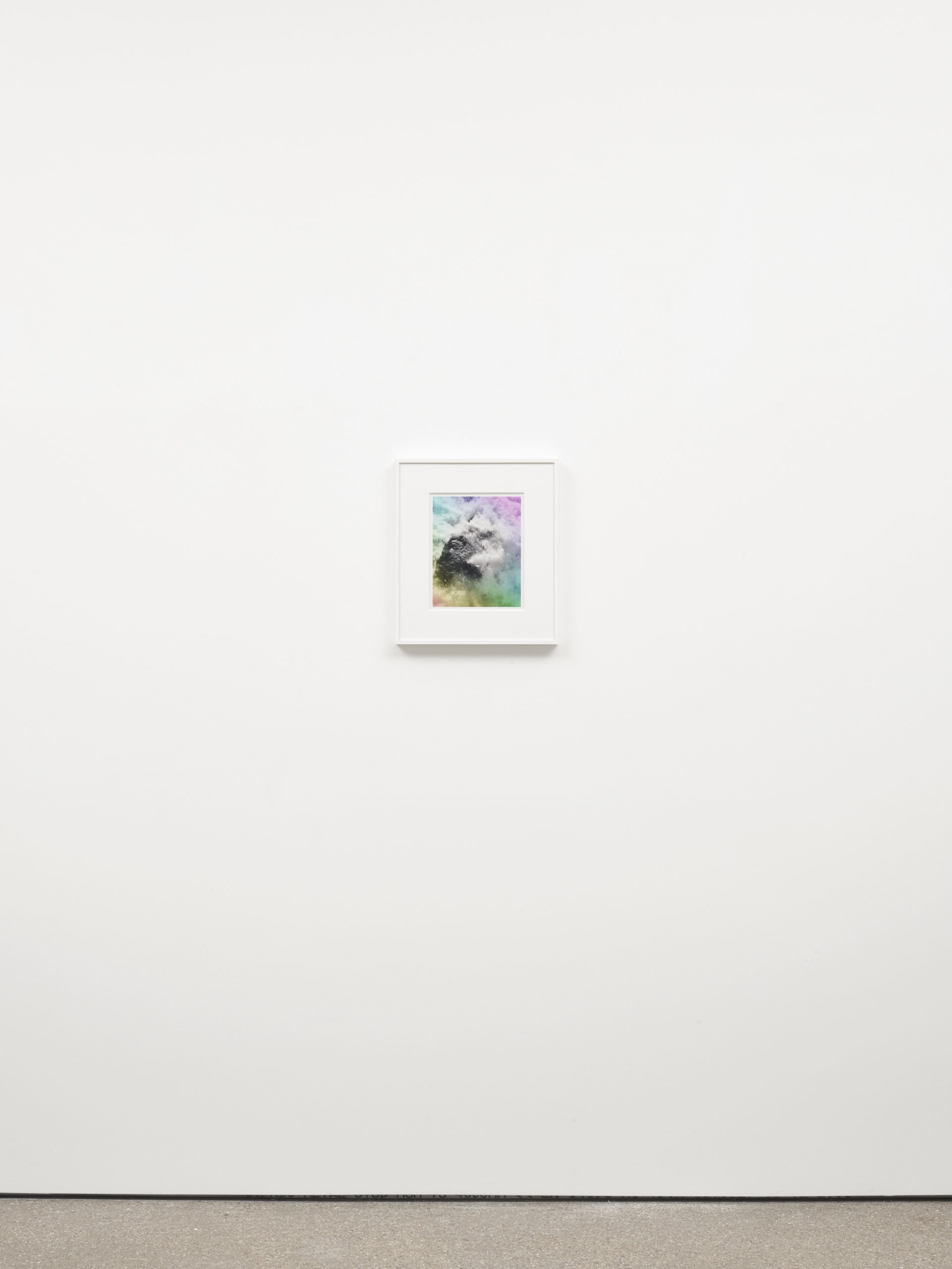
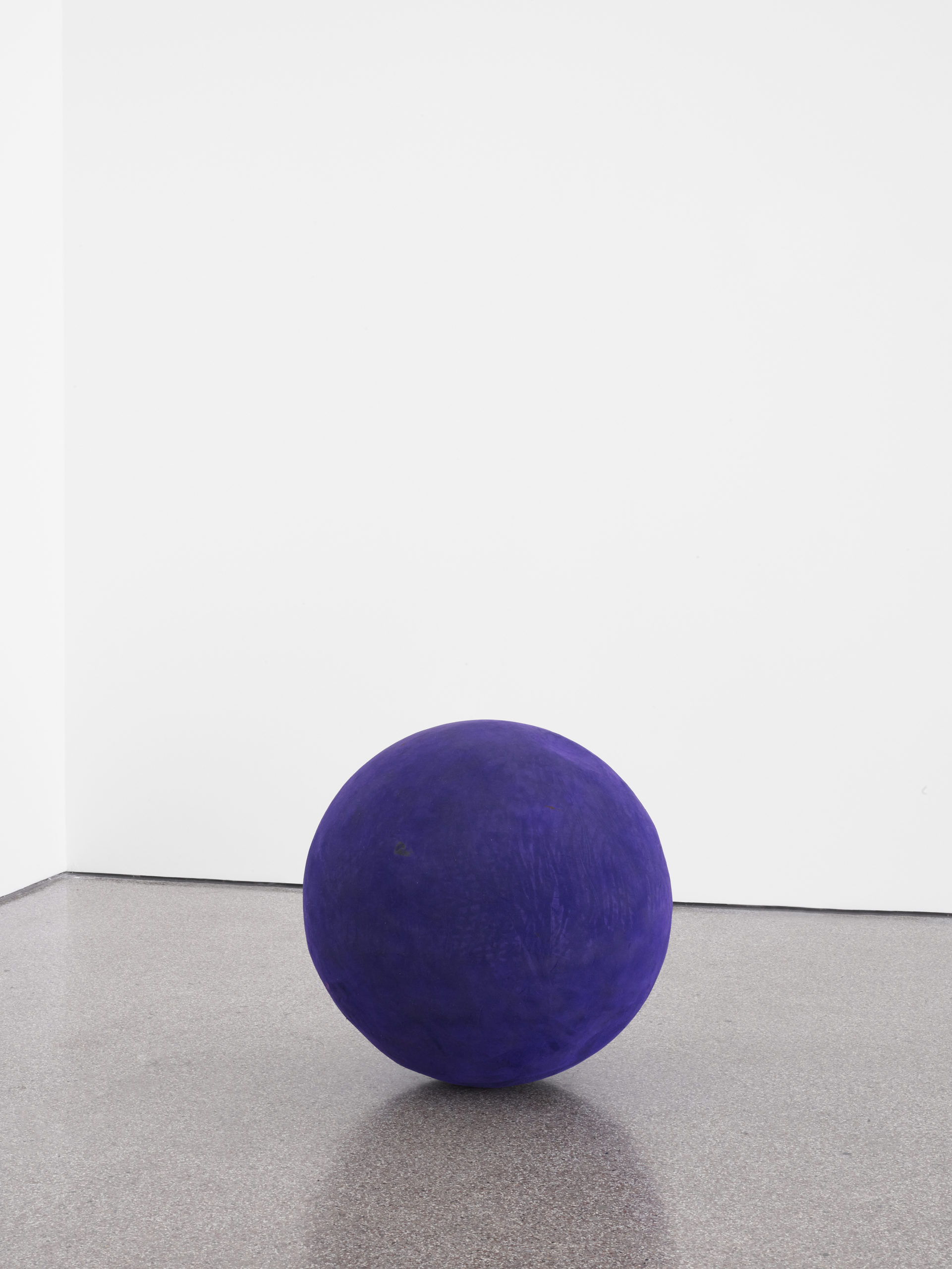
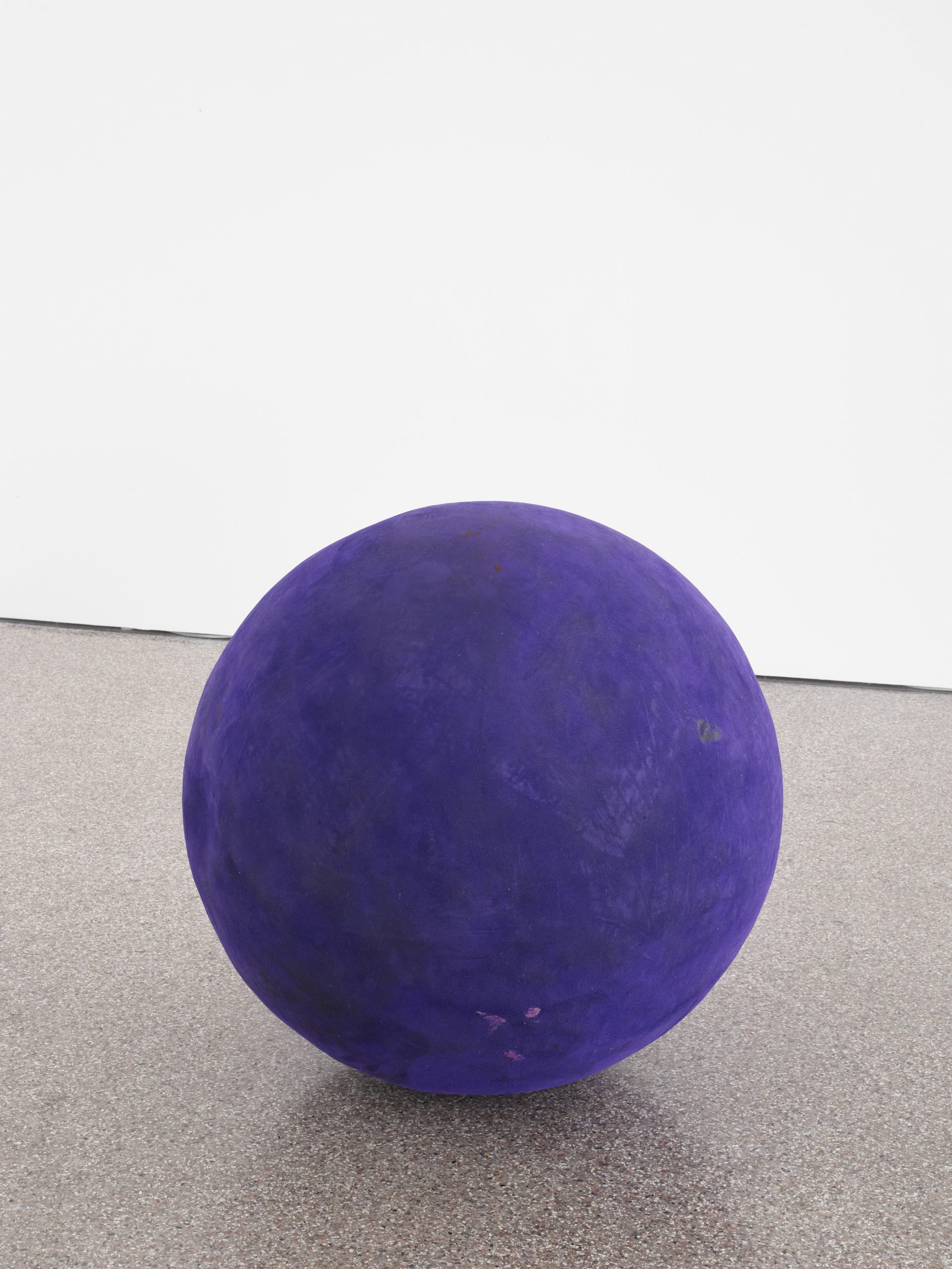

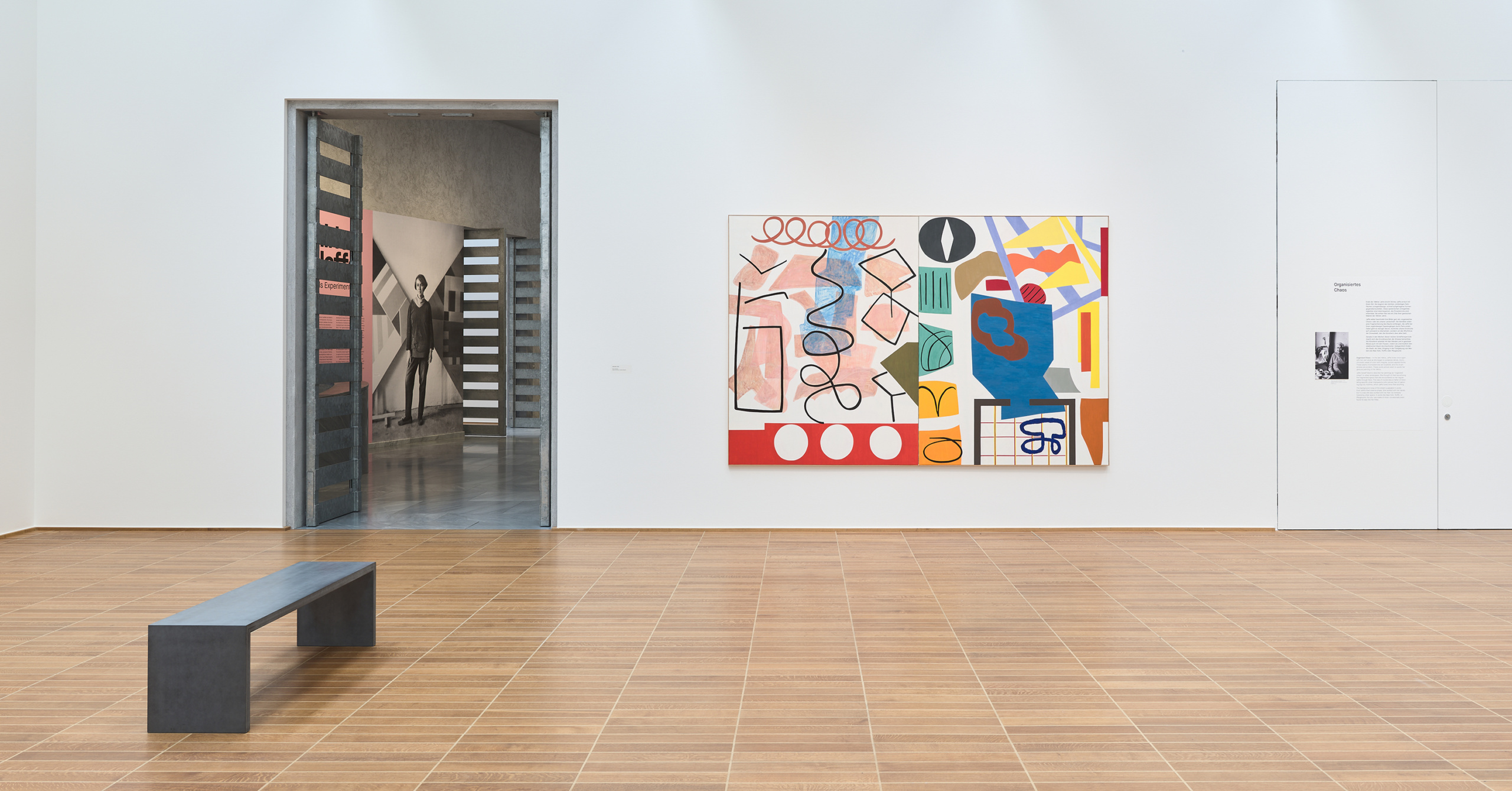
Installation view, Shirley Jaffe – Form as Experiment, Kunstmuseum Basel, 2023
Photo by Max EhrengruberSHIRLEY JAFFE
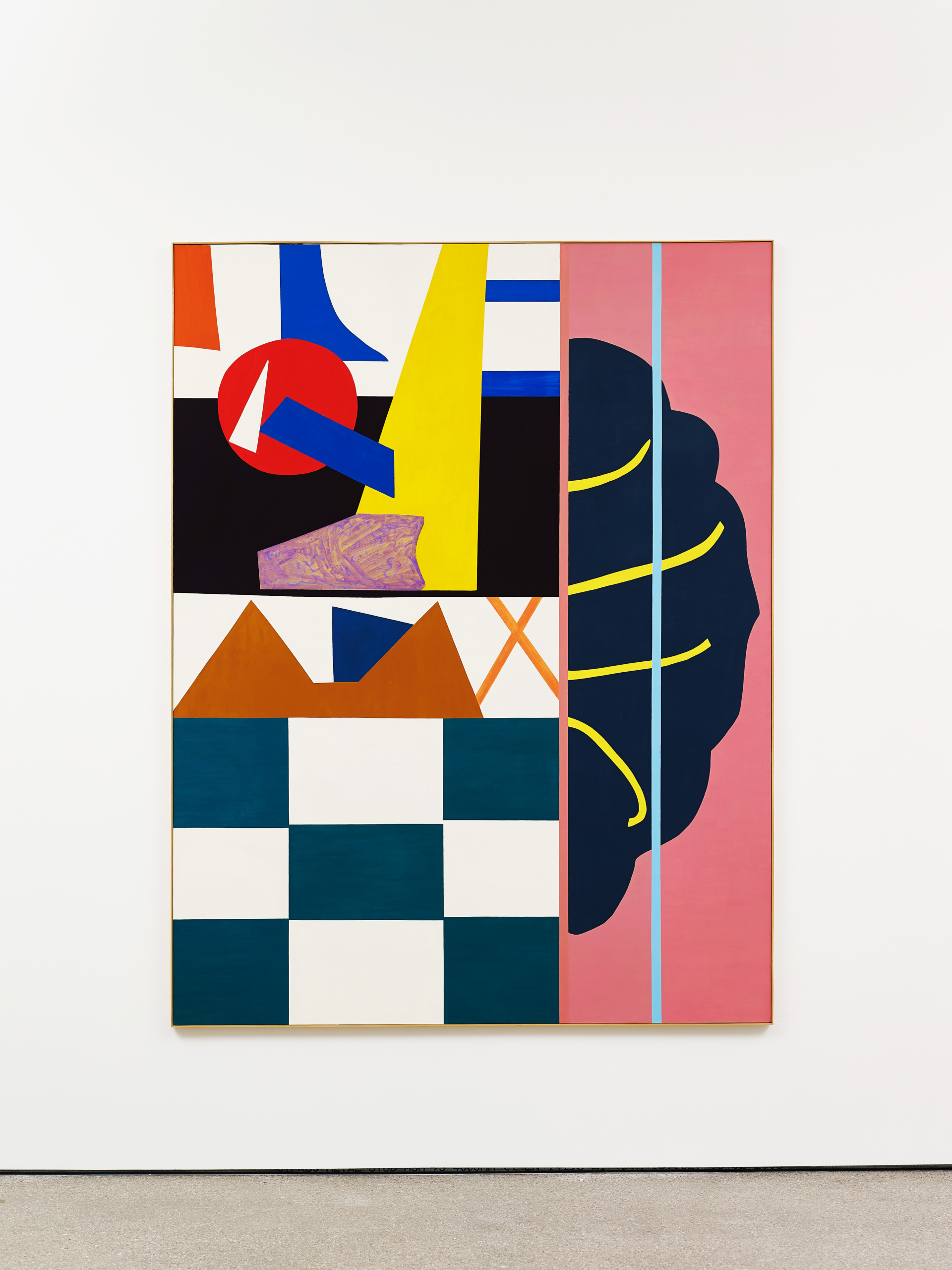
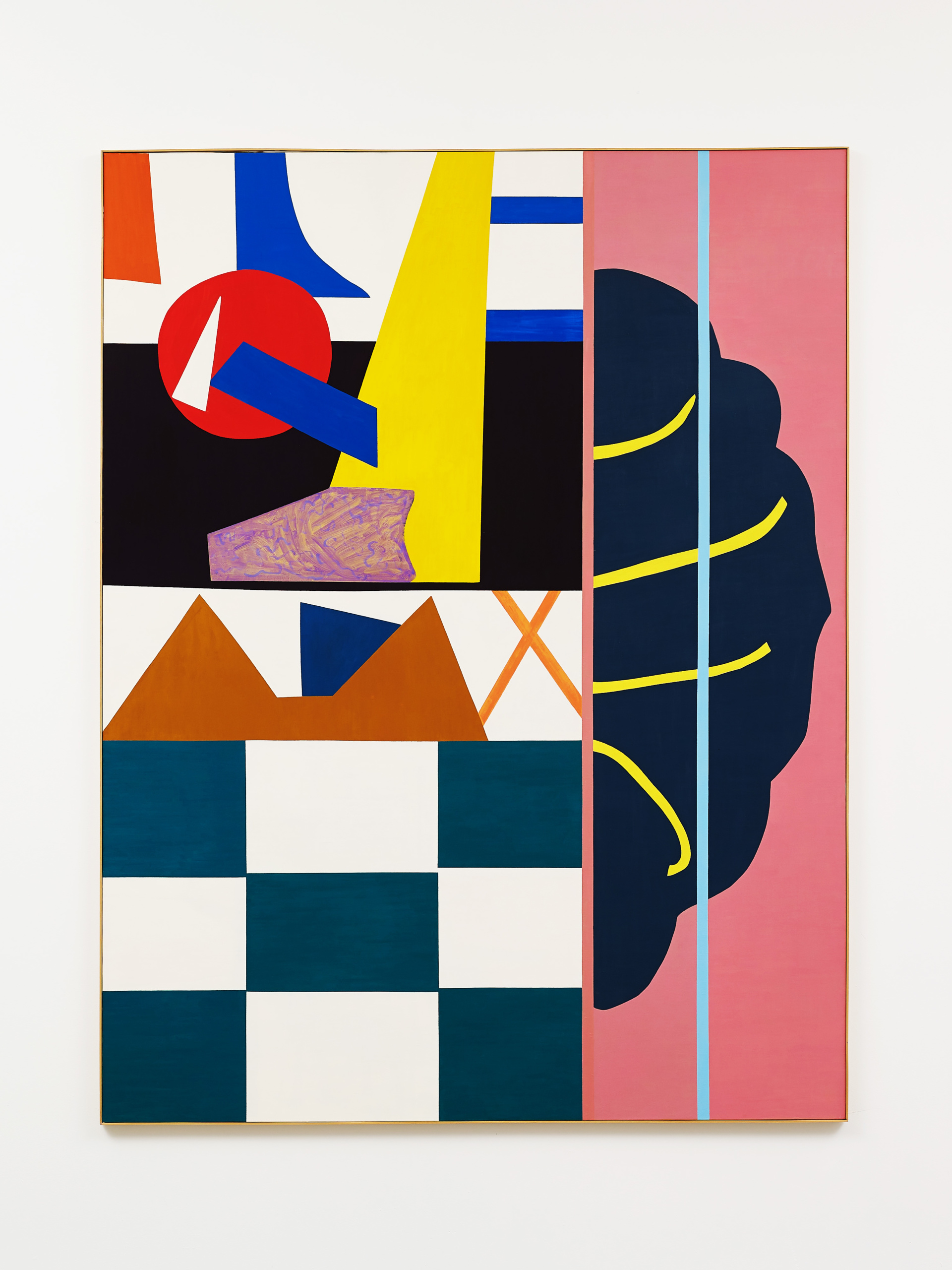
Shirley Jaffe’s (1923 – 2016) colourful geometric abstractions are full of associations inspired by her adopted hometown of Paris. Jaffe’s careful compositions recall the flat-yet fluid figure-ground relationships and stripped-down forms characteristic of Henri Matisse. With their flat geometric forms, lines, and amorphous shapes, her paintings have also invited comparisons to Fernand Léger’s circuses and Piet Mondrian’s Neoplasticism. Prior to the late 1960s, Jaffe painted in a gestural style, but abandoned it fearing that she was “destroying the essence of what we would call gesture” by reworking it until it was no longer pure.

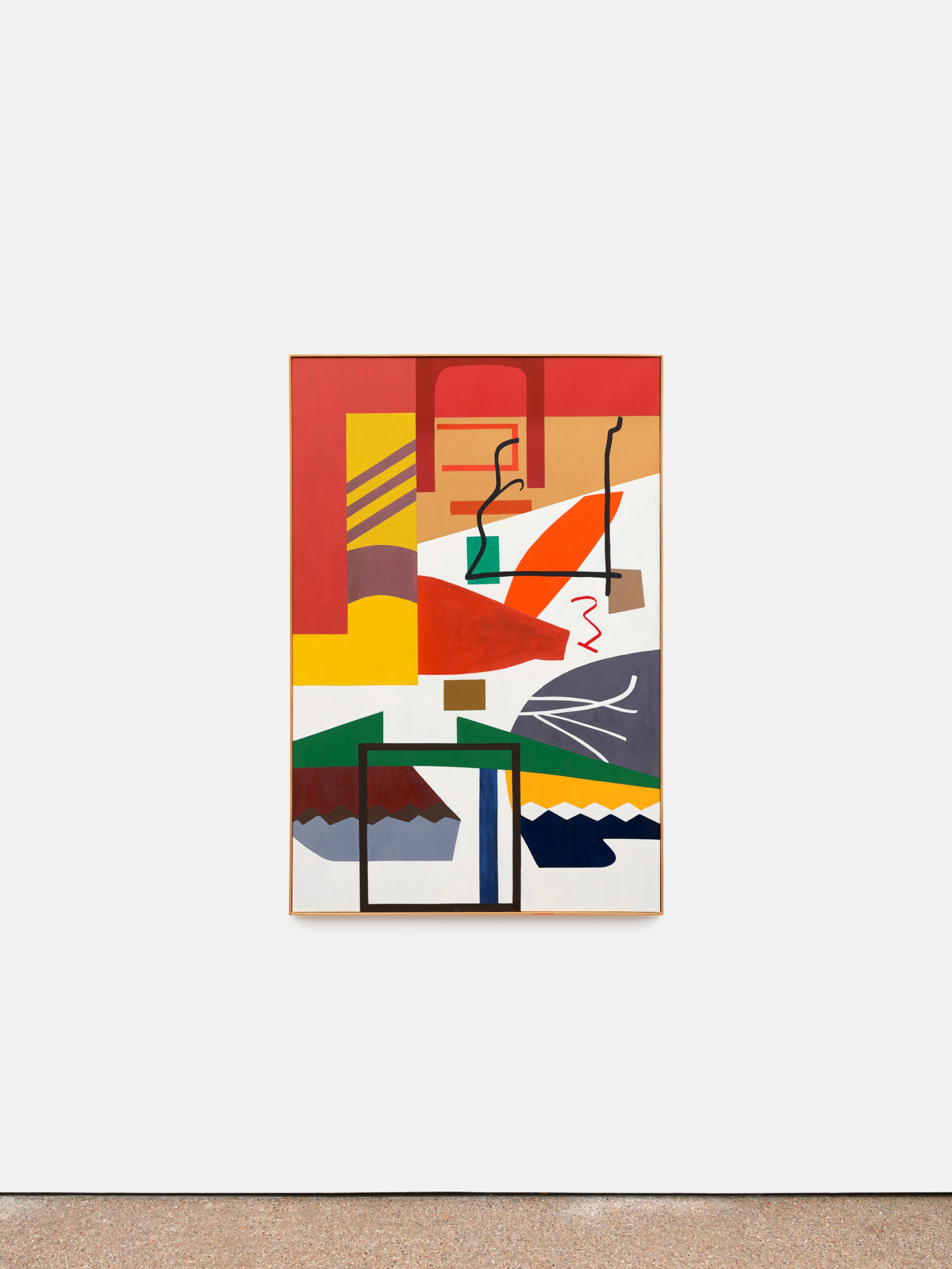
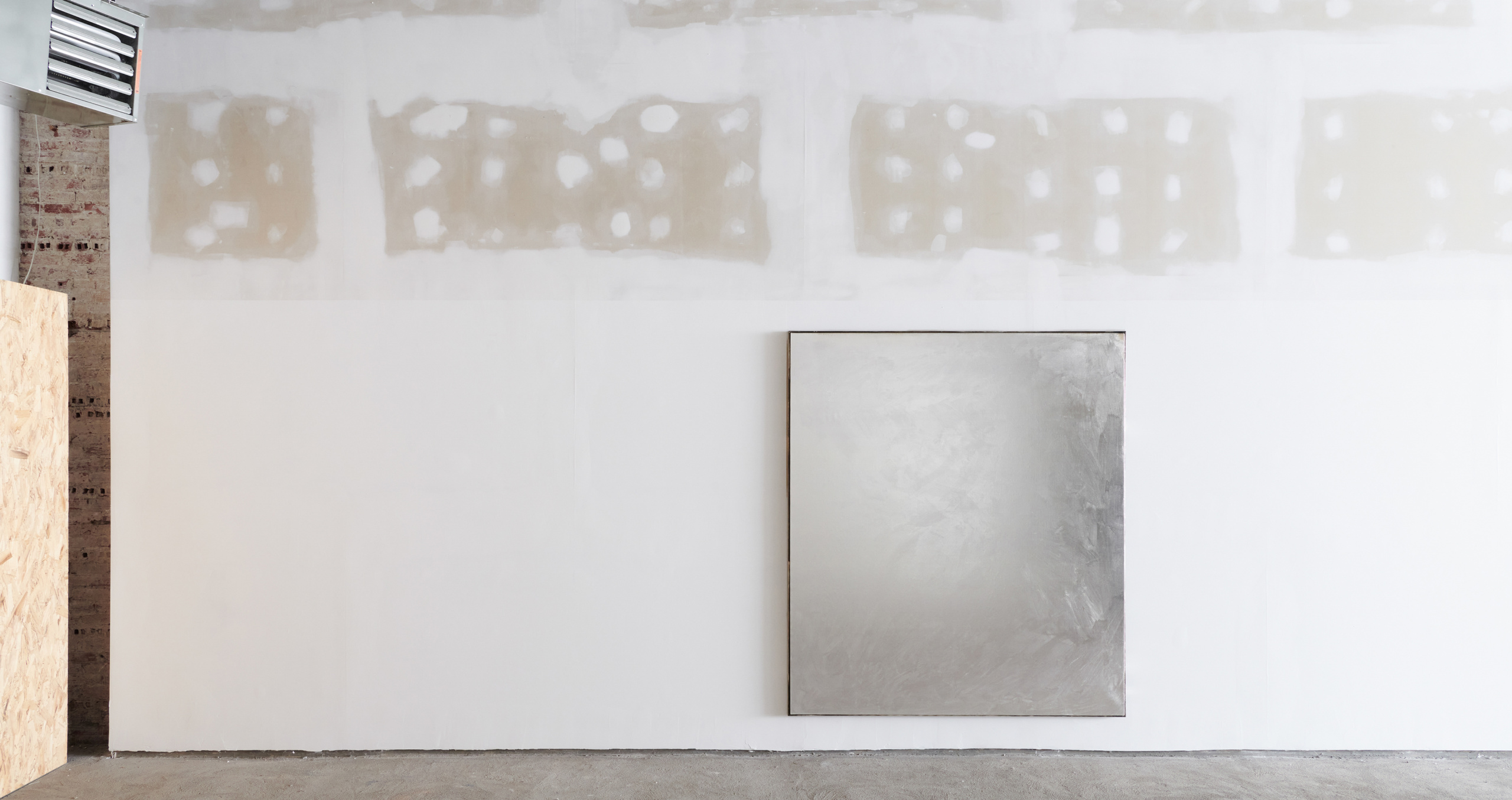
Installation view, Jacob Kassay – Nobody’s Home, New York, 2022
JACOB KASSAY
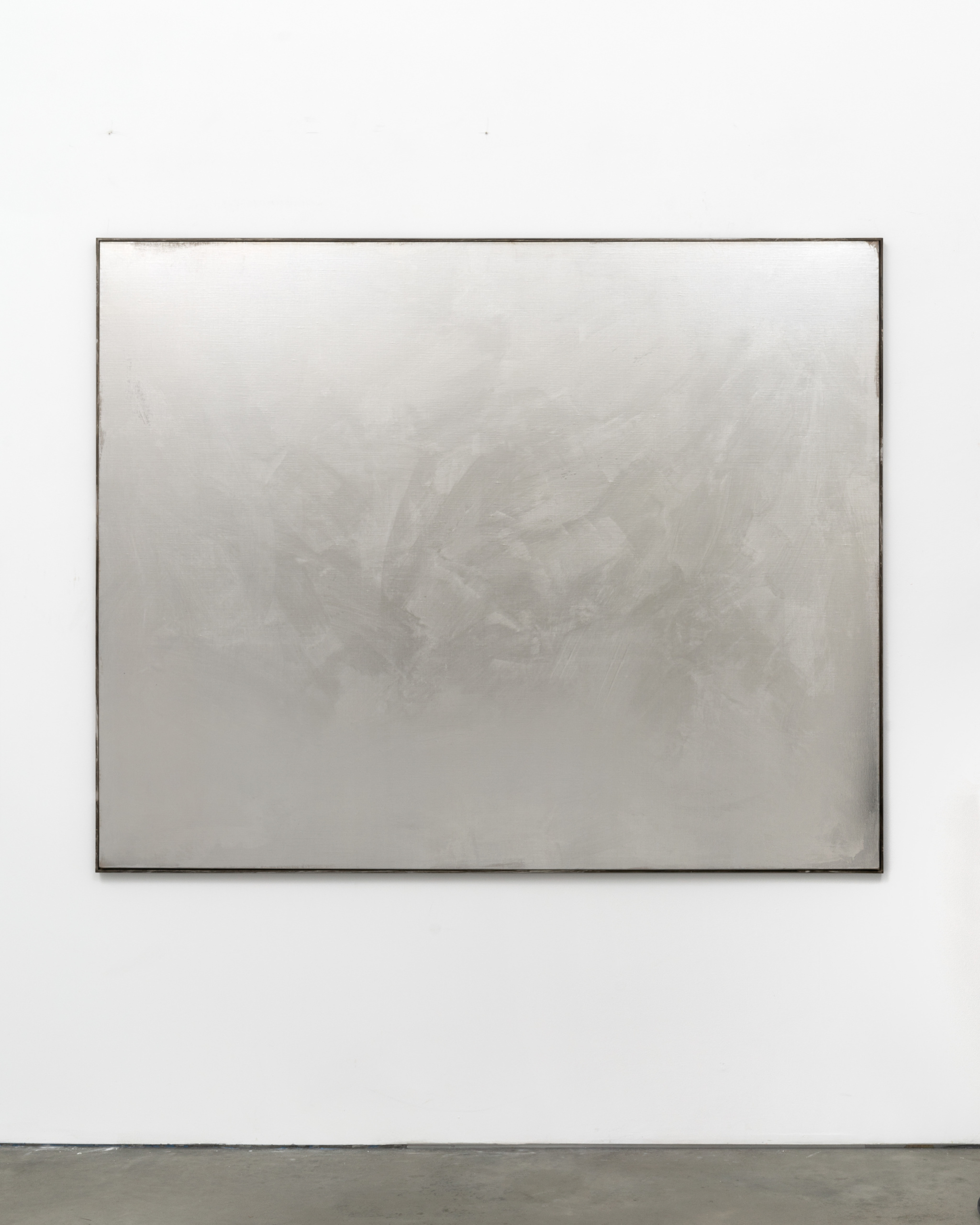

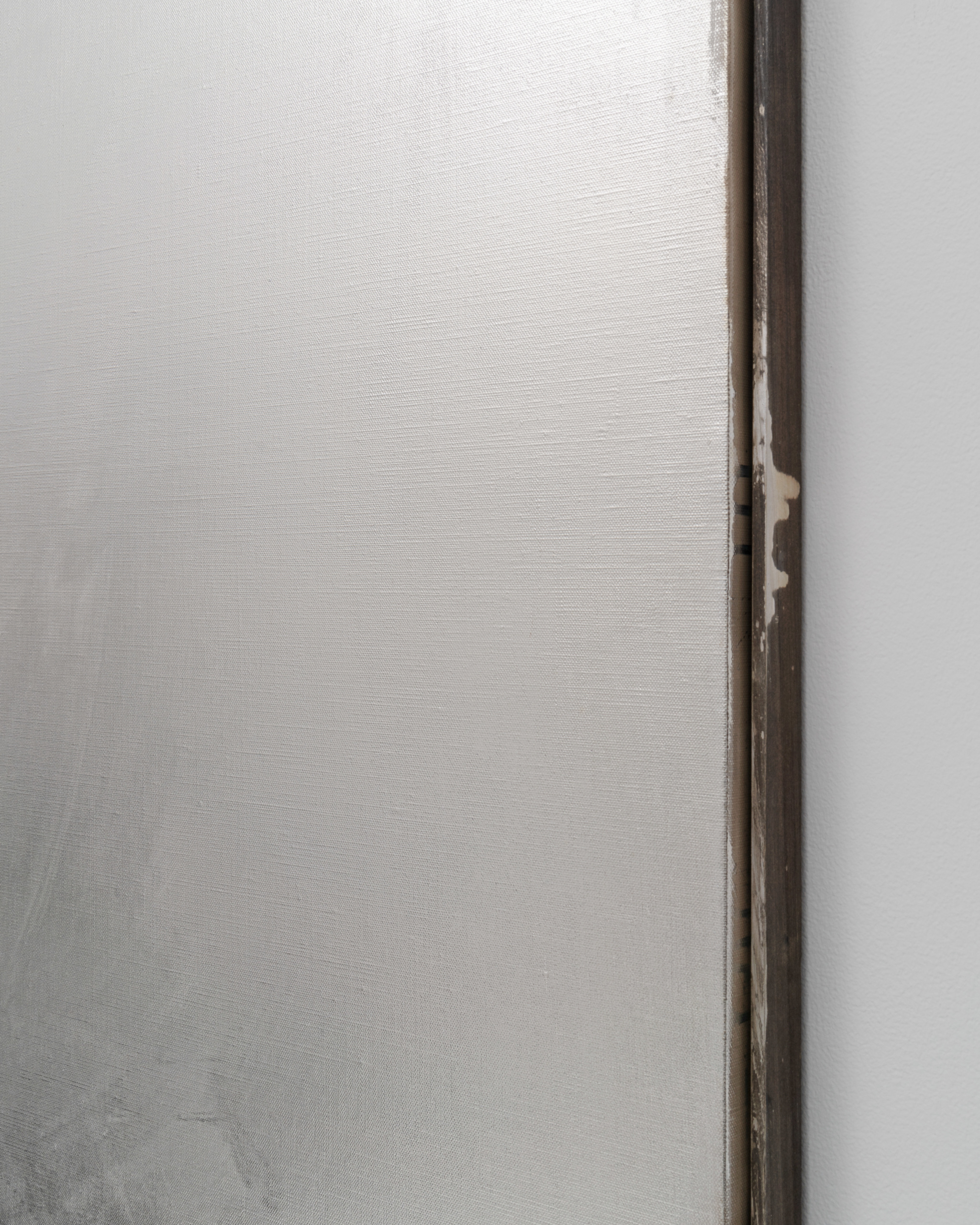
Jacob Kassay (b. 1984) pursues the lineage of paintings as places for light and shadow. With their shimmering silver surfaces, his canvases transform blankness into aura and emptiness into reflection. These paintings have no color, no paint, and no image, but as objects in space, they take on all the lights, shadows, colors, and images of their surroundings. These are paintings about the experience of being in a room with a painting. Working with an electroplater in Pennsylvania, the artist began plating a series of primed canvases. A process commonly used to create shiny silver surfaces for jewellery or silverware, electroplating involves using electrical current to fix a layer of metallic material onto an object. By painting a canvas with a thin layer of acrylic primer—making the surface of the fabric impermeable and able to hold the metallic deposit— and dipping it into a silver-electroplating tank, it emerges with a reflective silver surface. The chemical process singes any parts of the canvas that are left unprimed and exposed to the chemical solution, creating burn marks around the edges of the silver paintings.
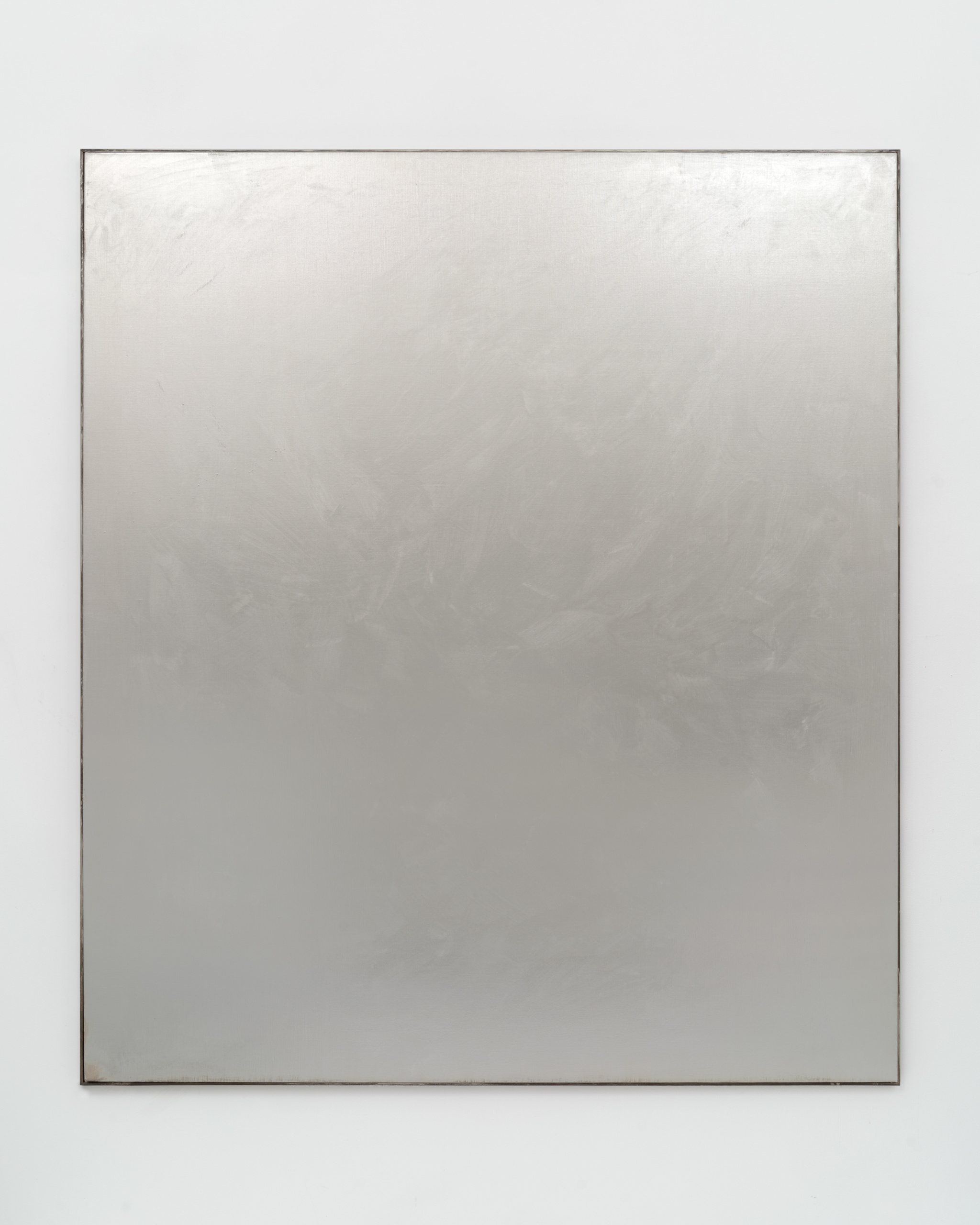
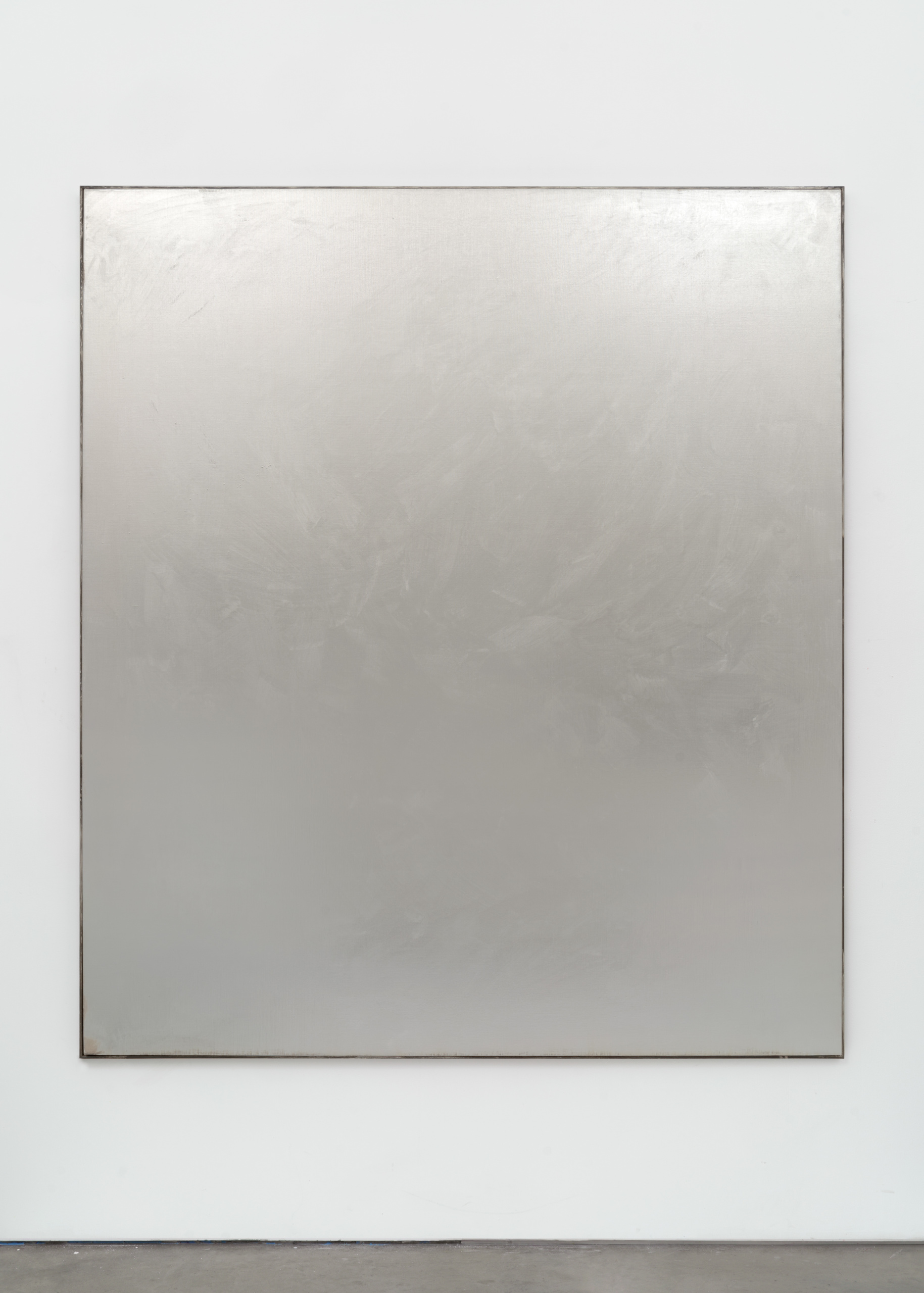
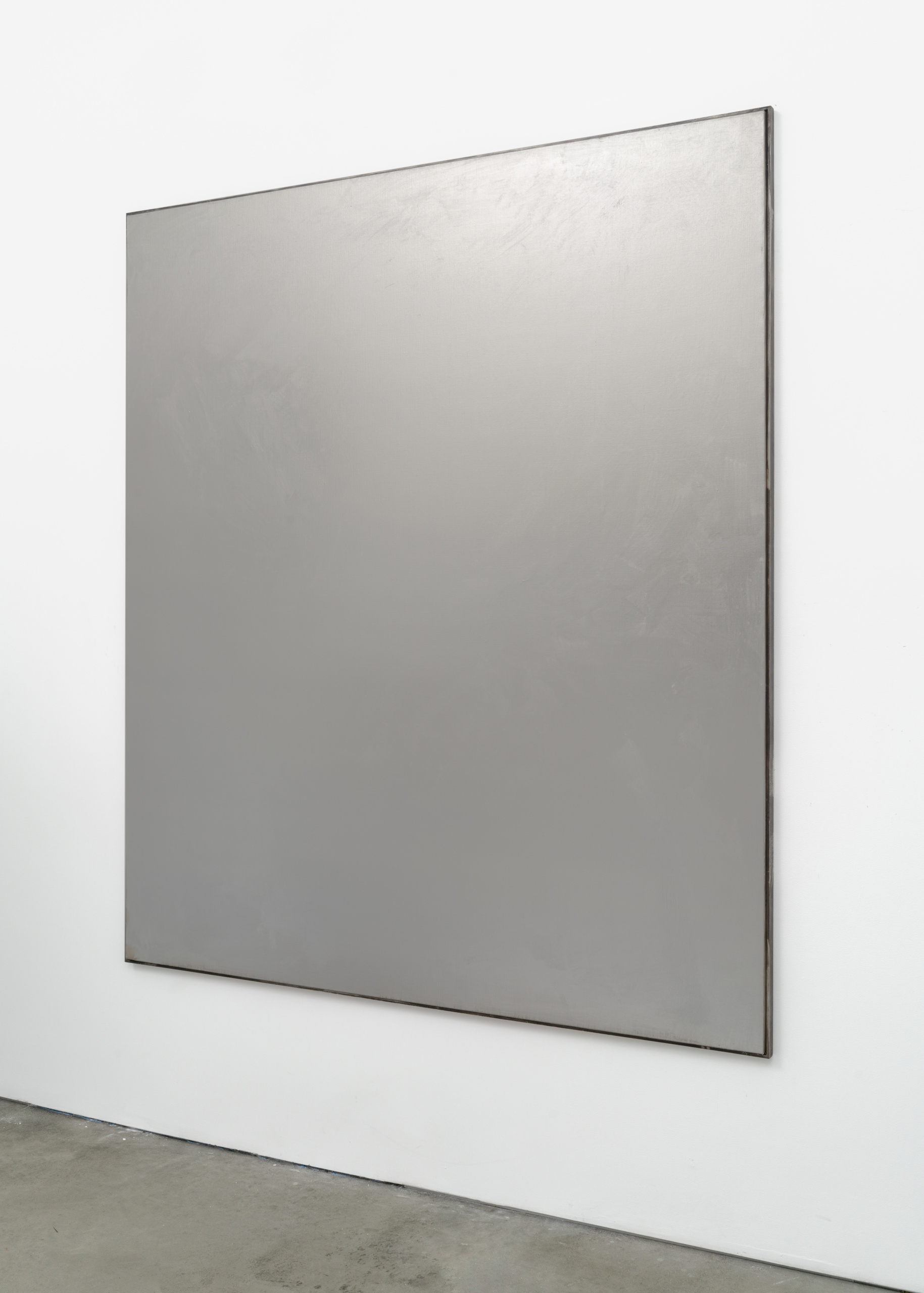

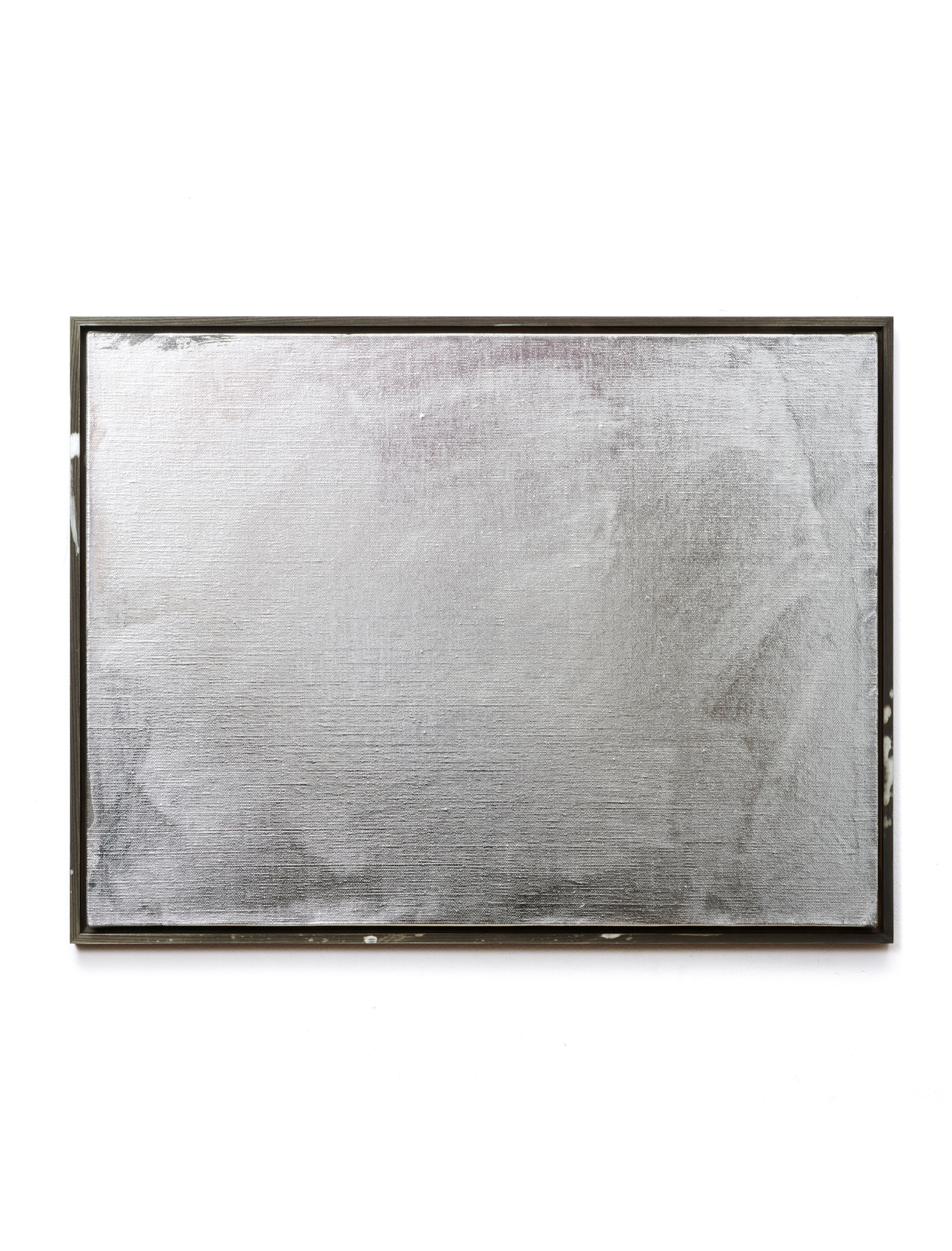
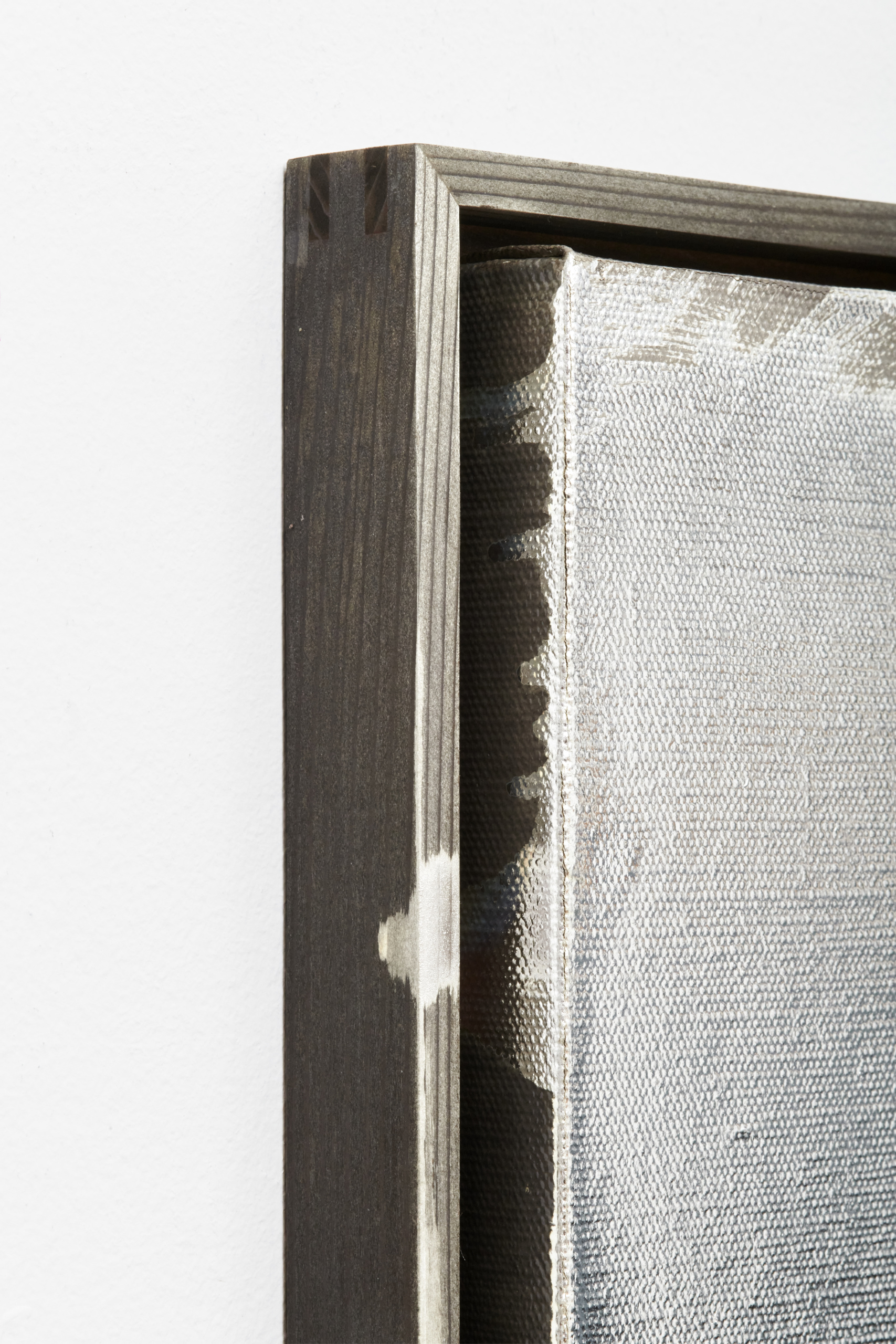
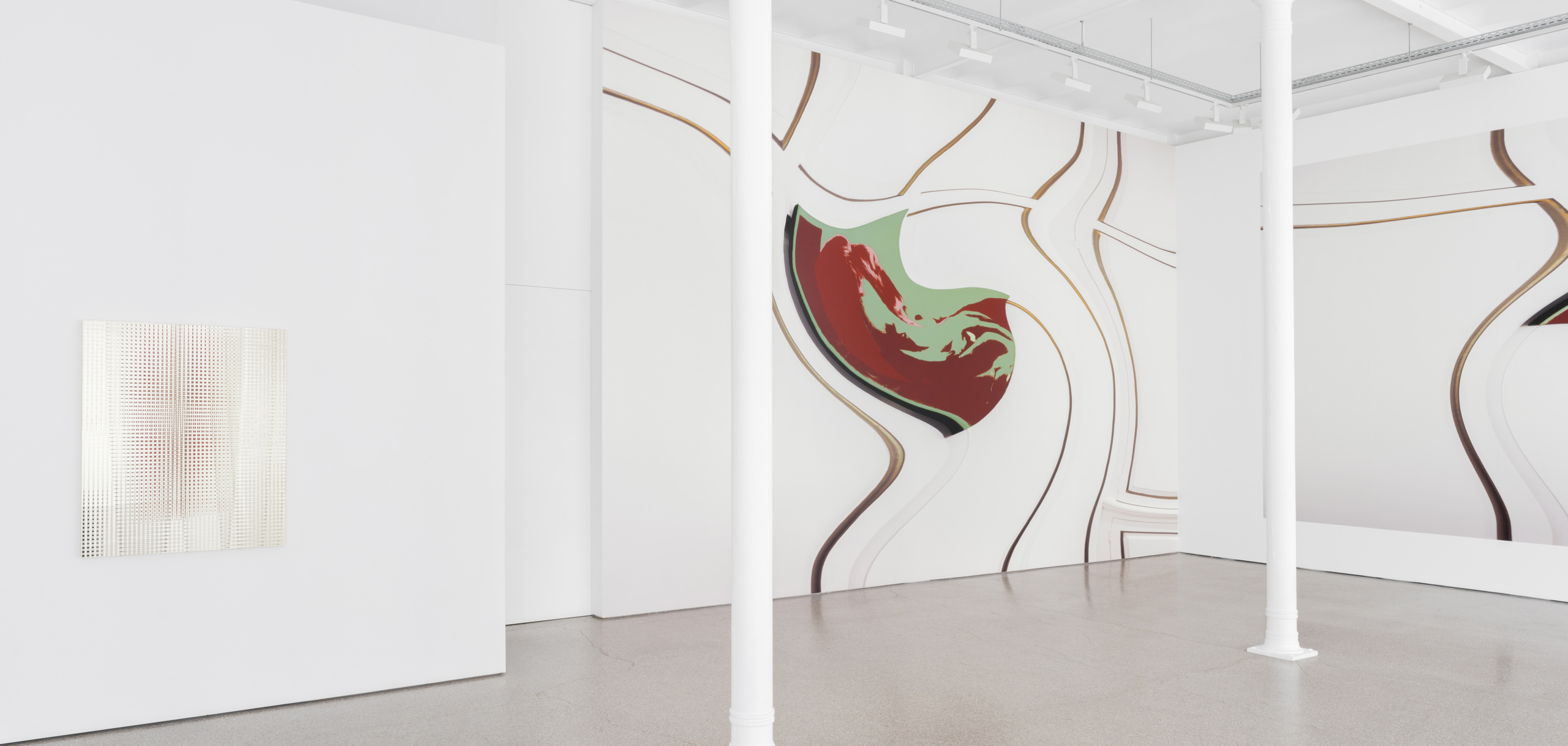
Installation view, Louise Lawler – DISTORTED FOR THE TIMES, Galerie Greta Meert, 2021
LOUISE LAWLER

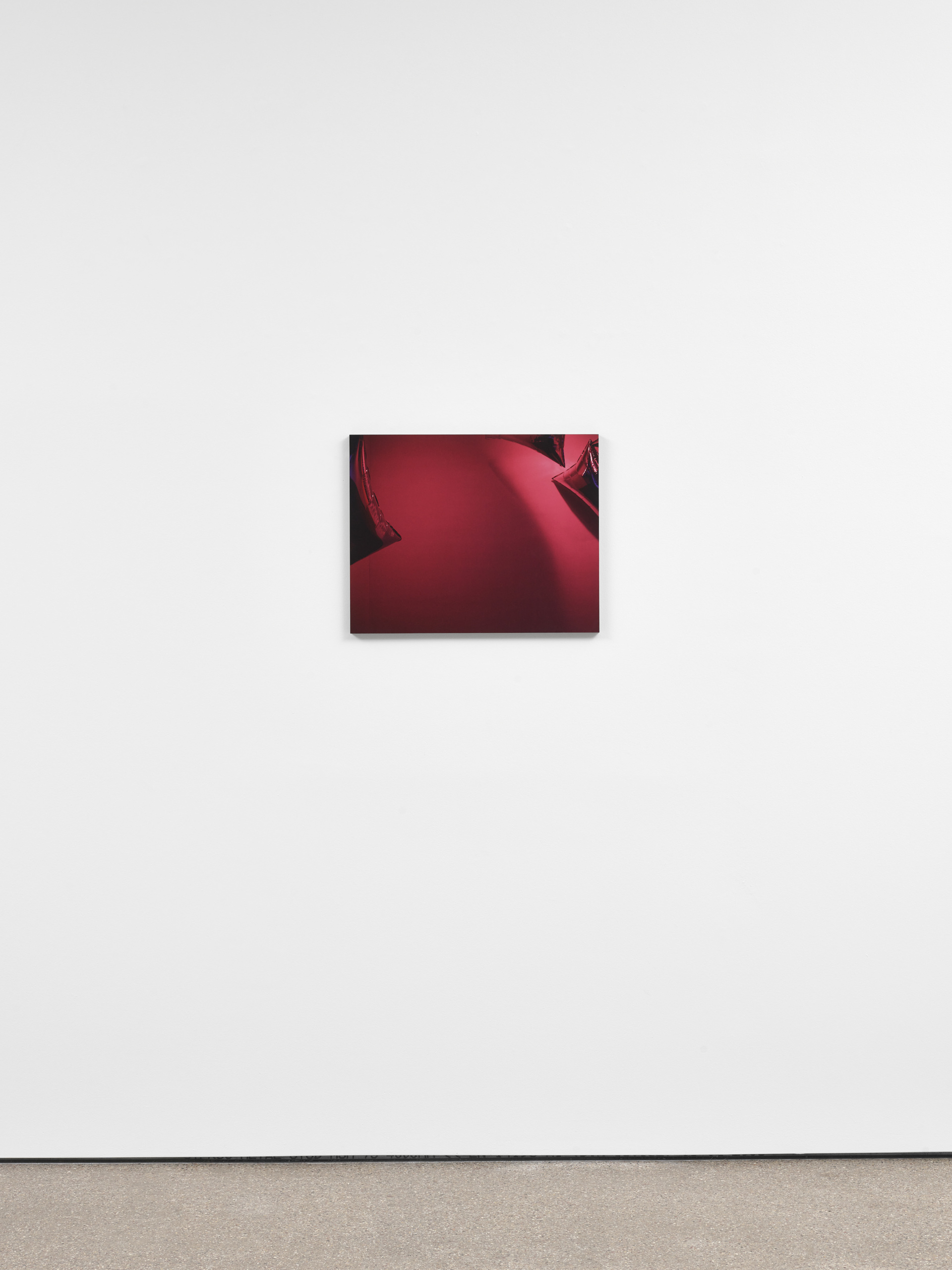
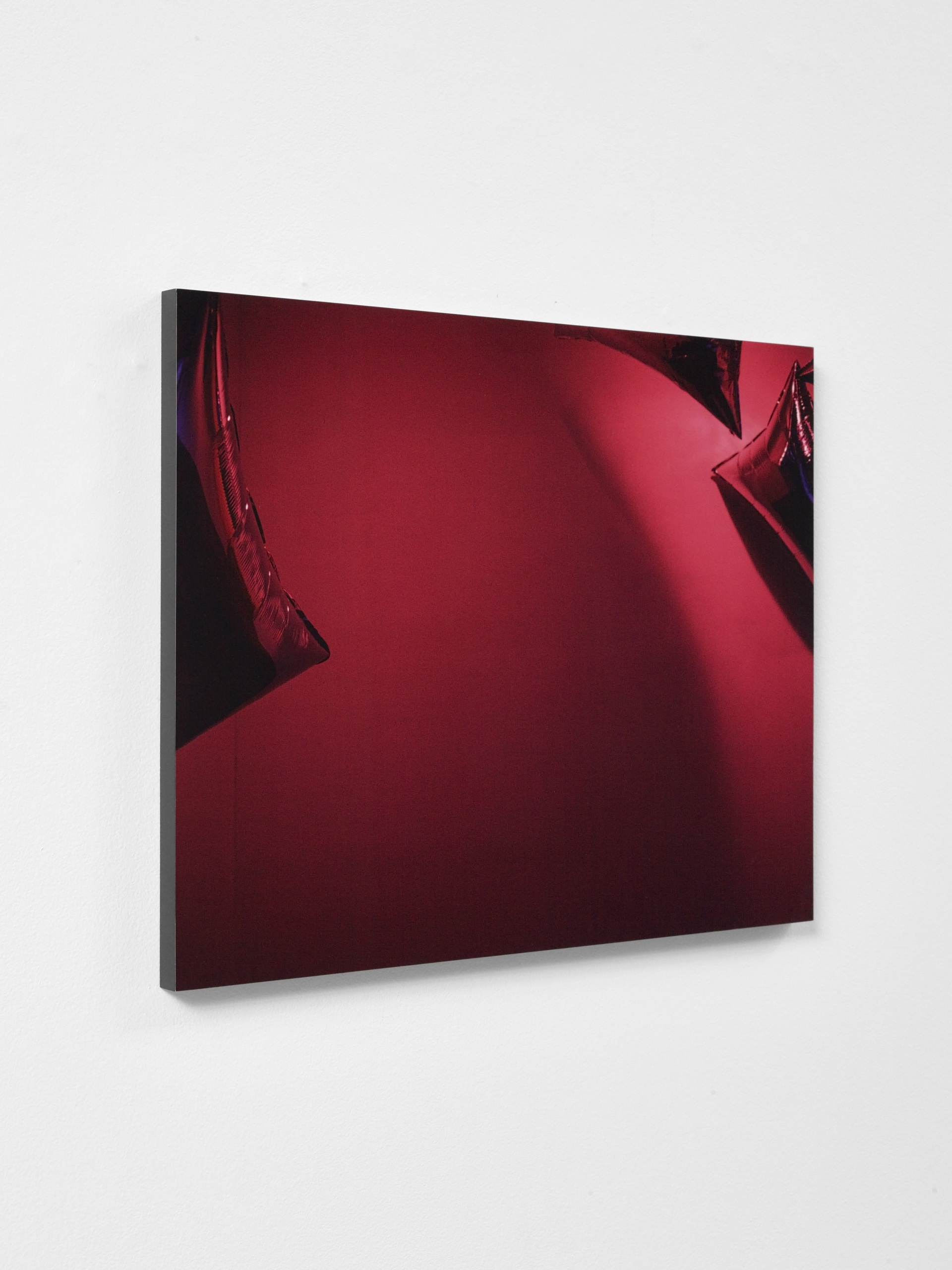
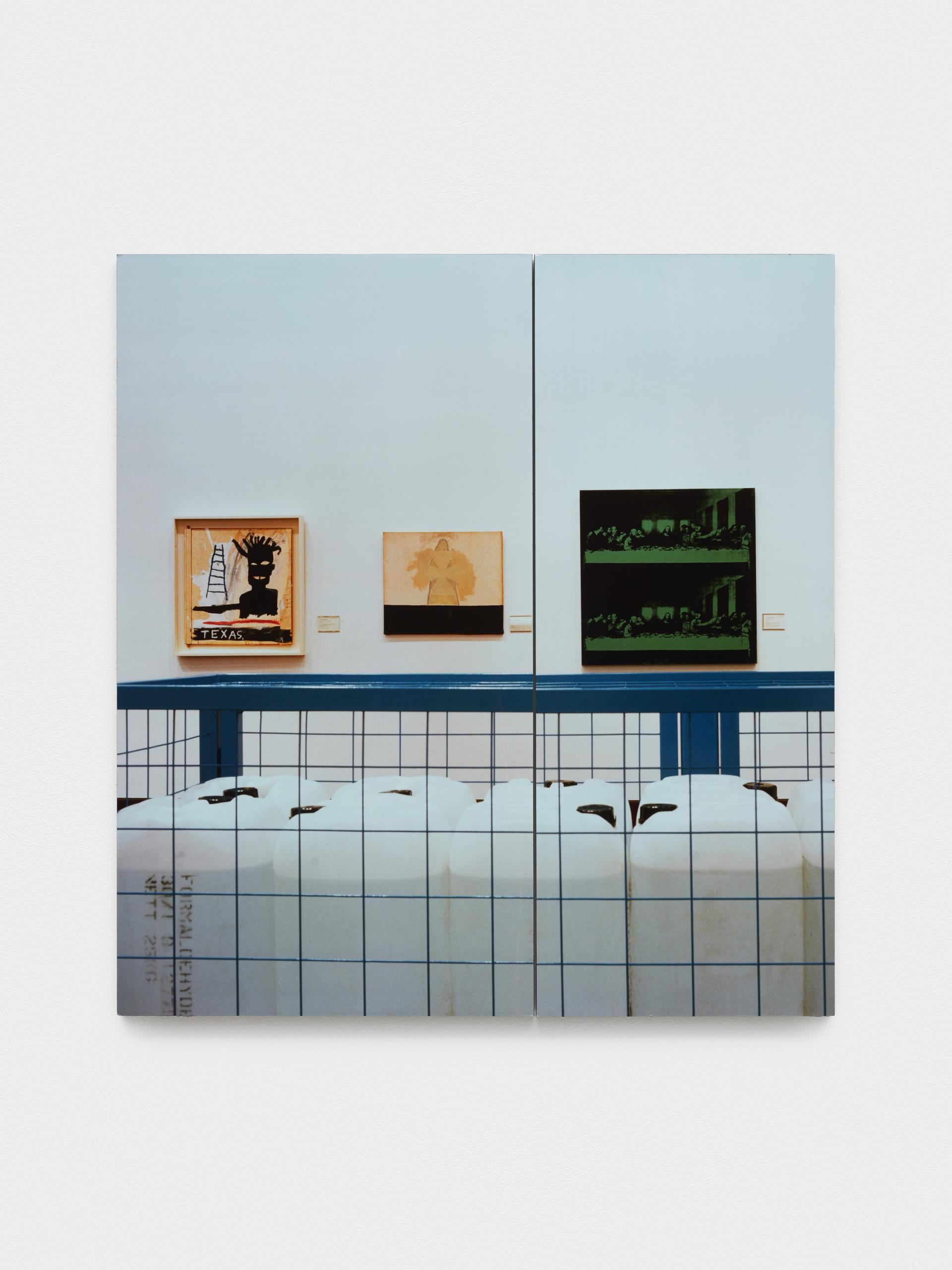

Louise Lawler (b. 1947) raises questions about art — about the circumstances of its production, circulation as well as the institutional, economic and ideological frameworks that support its modes of existence and display. Louise Lawler’s work primarily occurs in the act of photographing artworks in the setting of museums, galleries, auction houses, storage facilities and collector’s homes. Meticulously cropping and producing images as objects, she plays with a simple yet effective photographic repertoire that includes both extremely small and extremely large images occasionally manipulated or distorted to follow precise conceptual principles. One of the foremost members of the Pictures Generation, Louise Lawler emerged in the late 1970s with peers such as Sarah Charlesworth, Cindy, Sherman, Barbara Kruger and Sherrie Levine at a time when postmodern theory was coming to define the art world in New York propelled by critics like Douglas Crimp and Craig Owens. Louise Lawler’s work is notable for its rigorously feminist agenda, anti-war engagement and commitment to institutional critique and collaboration.
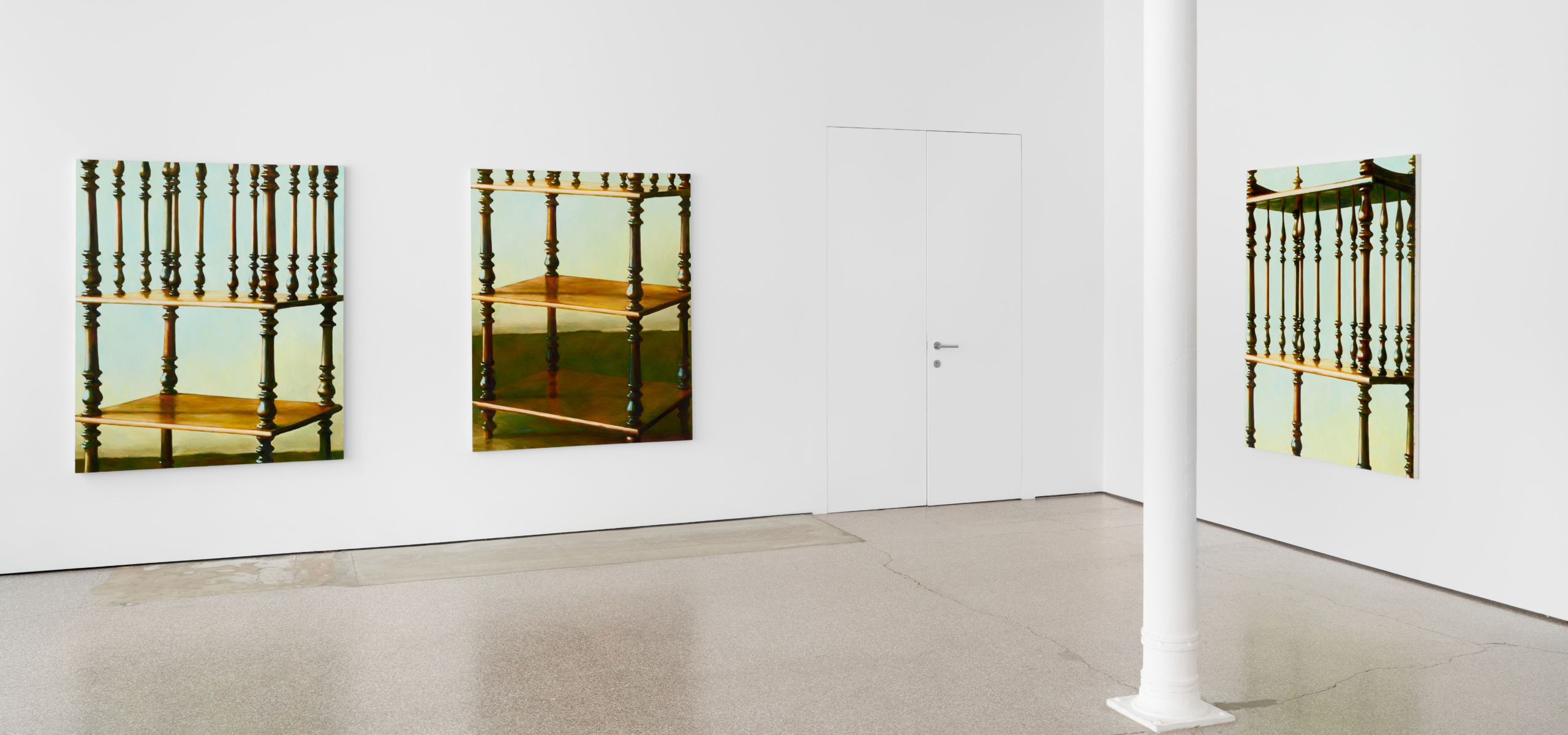
Installation view, Mitsuko Miwa, Leap Second, Galerie Greta Meert, 2024
MITSUKO MIWA
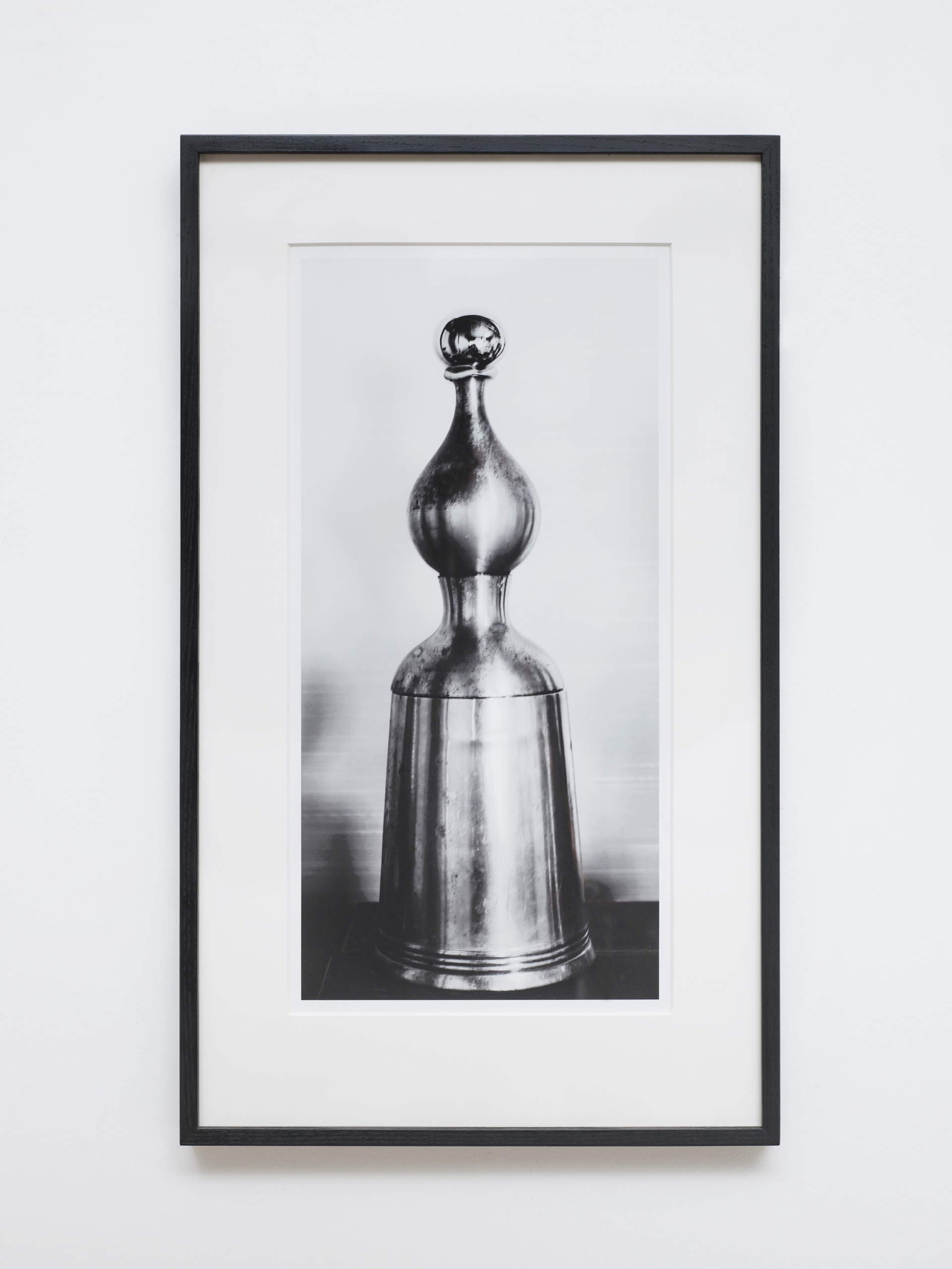
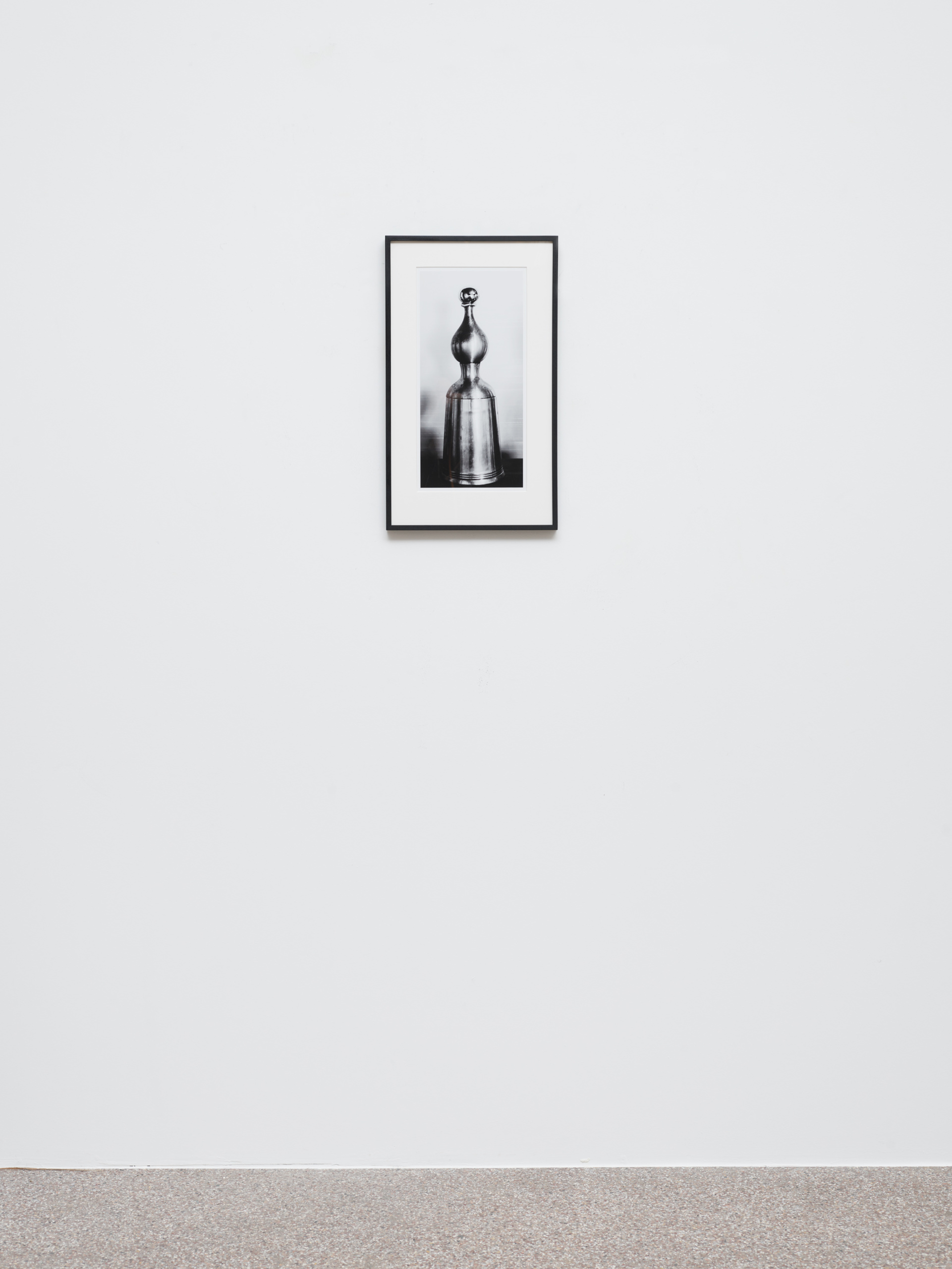
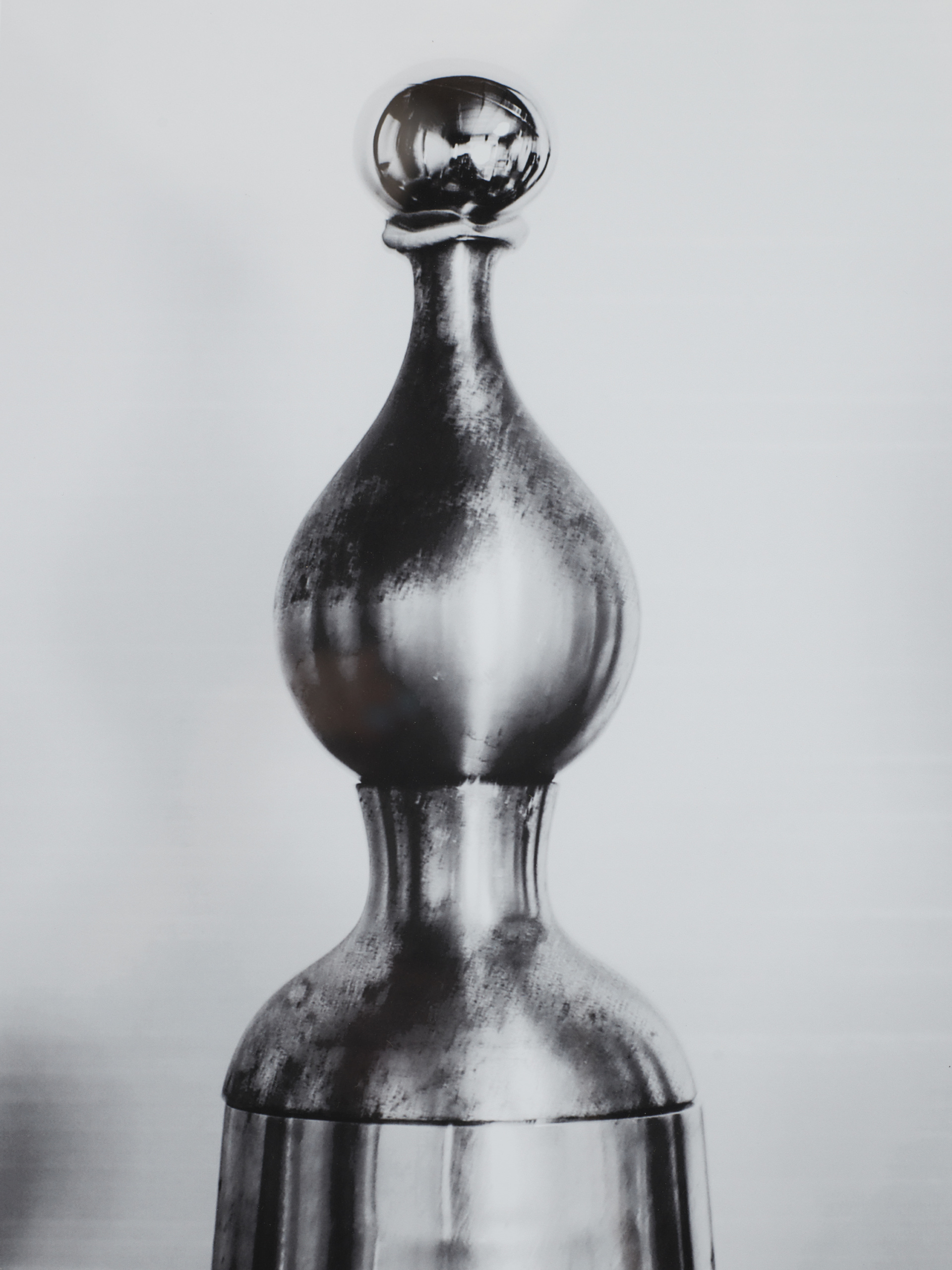


Based in Aichi Prefecture, Mitsuko Miwa (b. 1958 in Nagoya, Japan) has since her early years developed her own painterly practice through diverse stylistic transitions. Awarded a scholarship from the Philip Morris Foundation, she stayed in Berlin from 1996 to 1997, and also was selected as a guest artist for the Swedish artistic exchange program IASPIS (Stockholm) in 1998. Her works were included in various exhibitions, such as “Vanishing Point -Contemporary Art from Japan” which toured New Delhi and Mumbai in 2007, and it is worth remembering that she was highlighted in this year’s international art festival “Aichi Triennale 2022”. Diverse motifs seen in Miwa’s works, ranging from figures and furniture to landscapes, suggest that the artist’s interest is not in the painted objects but a painting itself as a device.
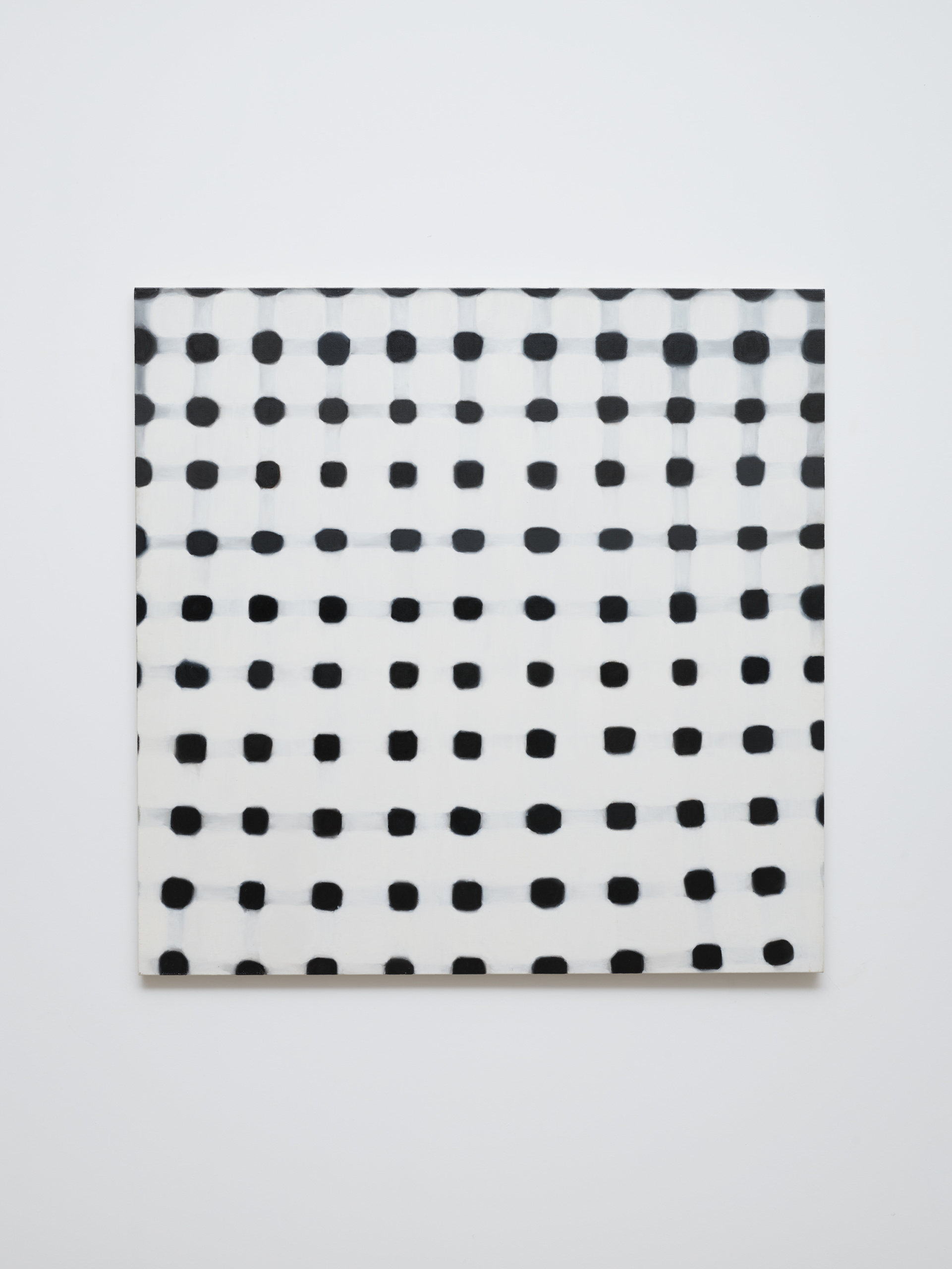
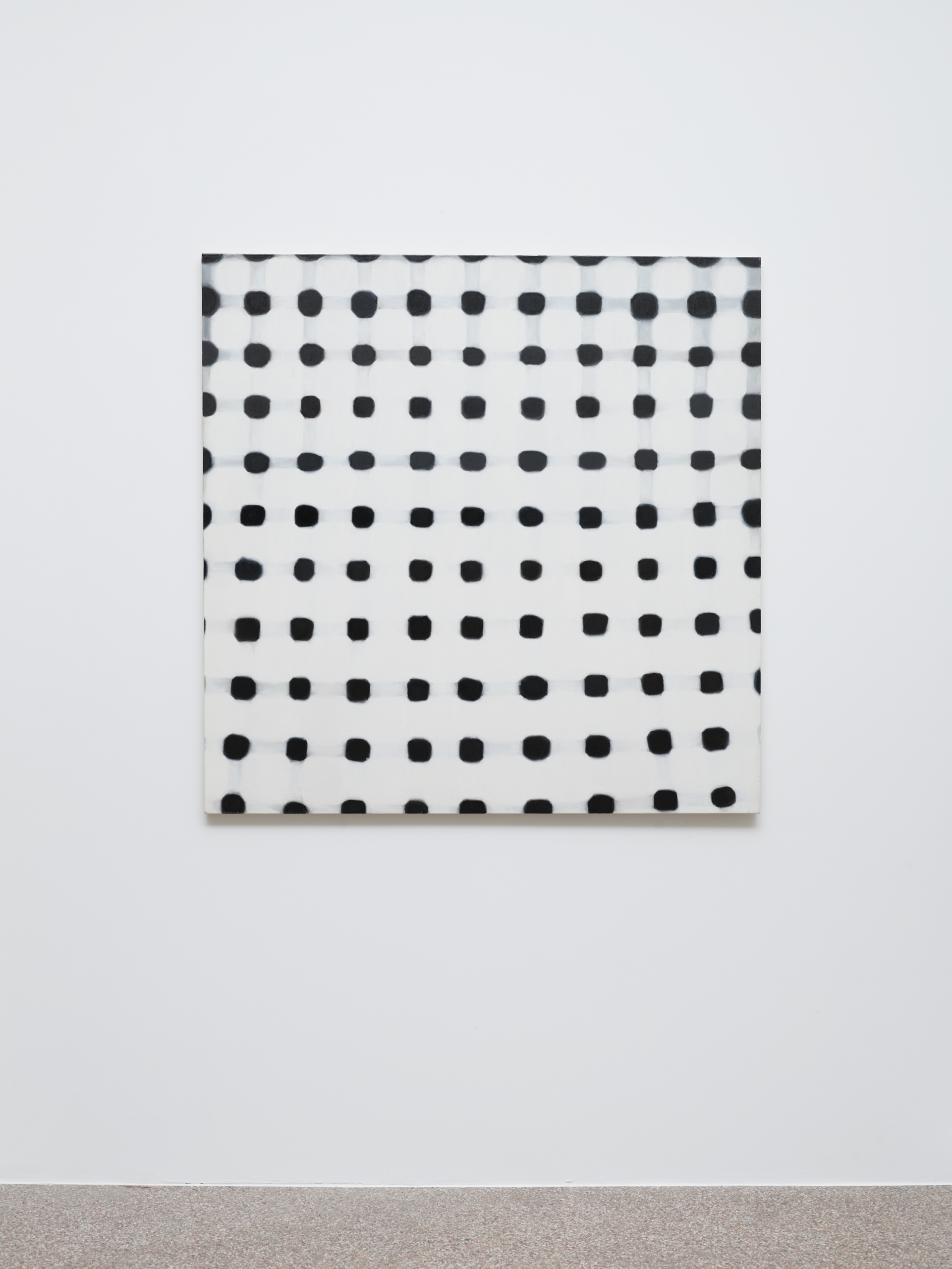

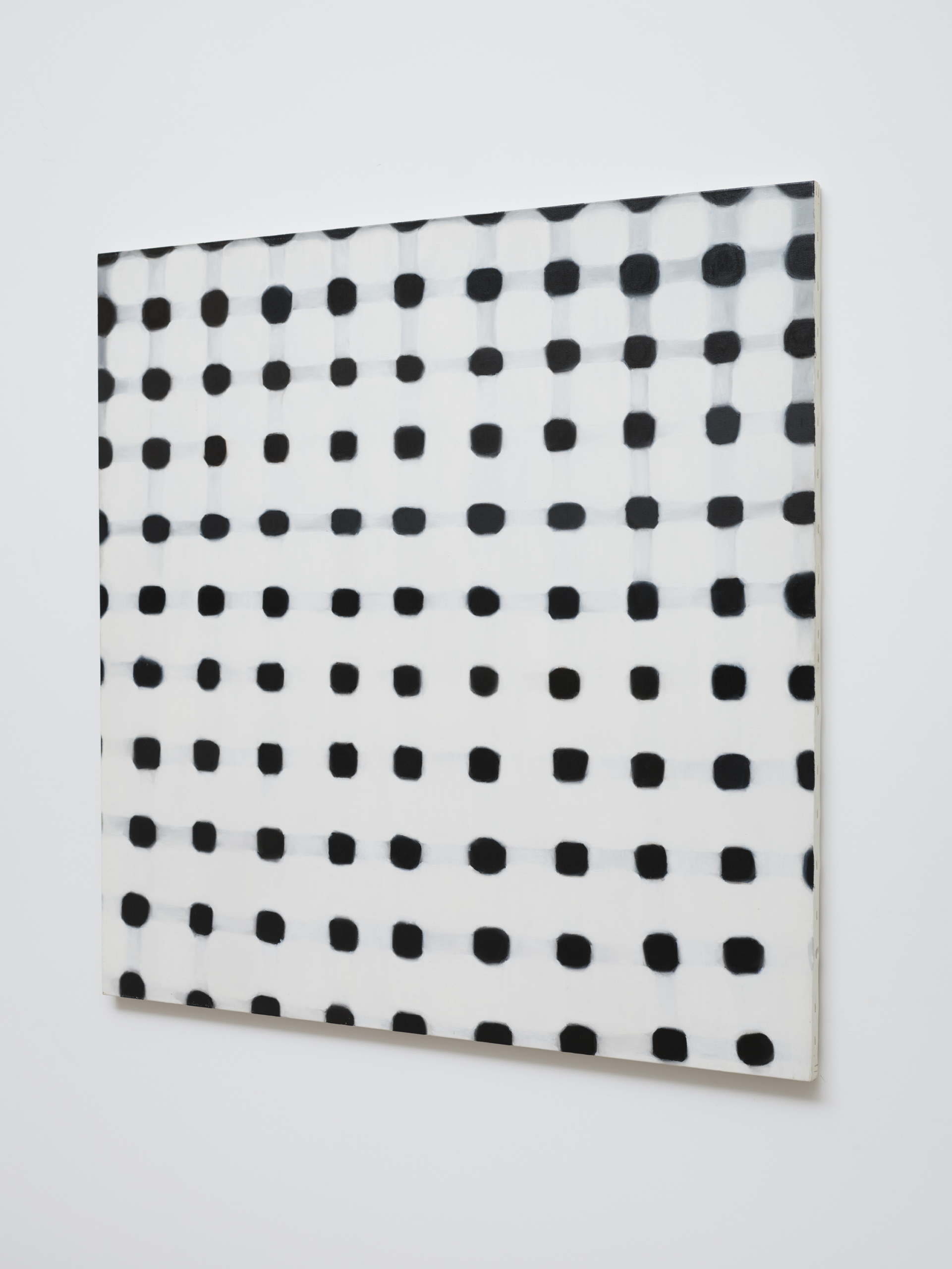

Installation view, Jean-Luc Moulène – When forms come alive, Hayward Gallery, London, 2024
JEAN-LUC MOULENE
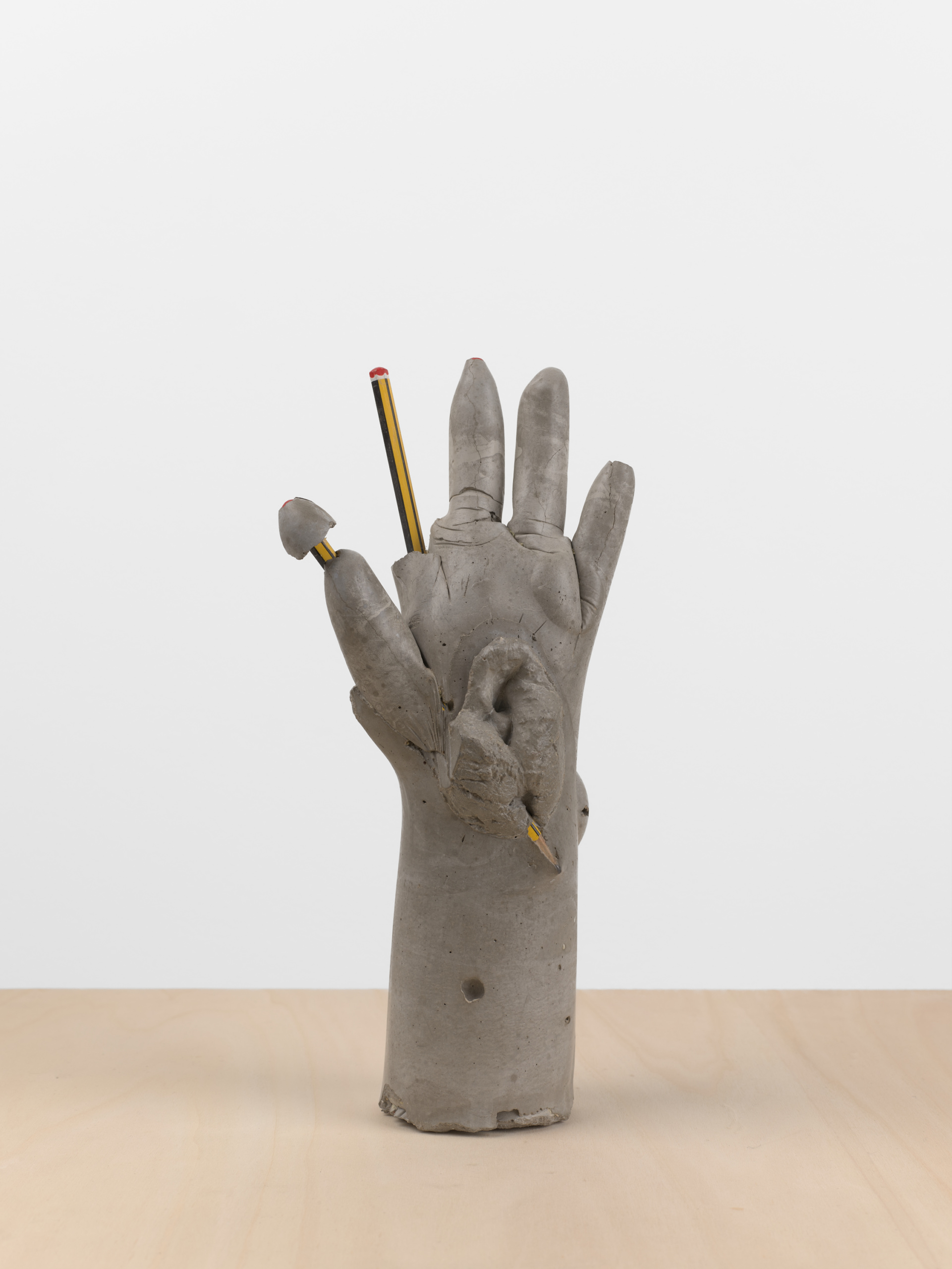
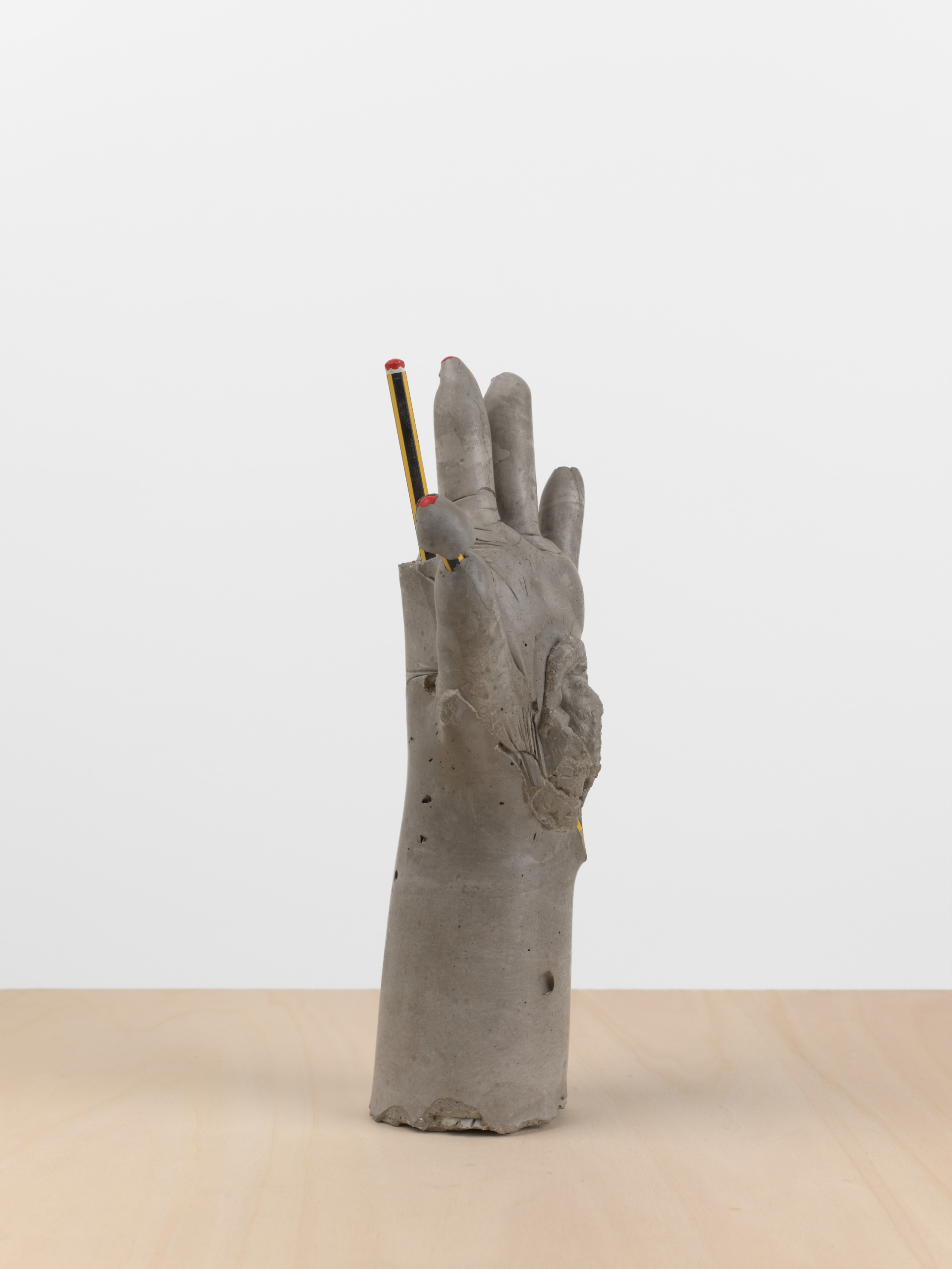


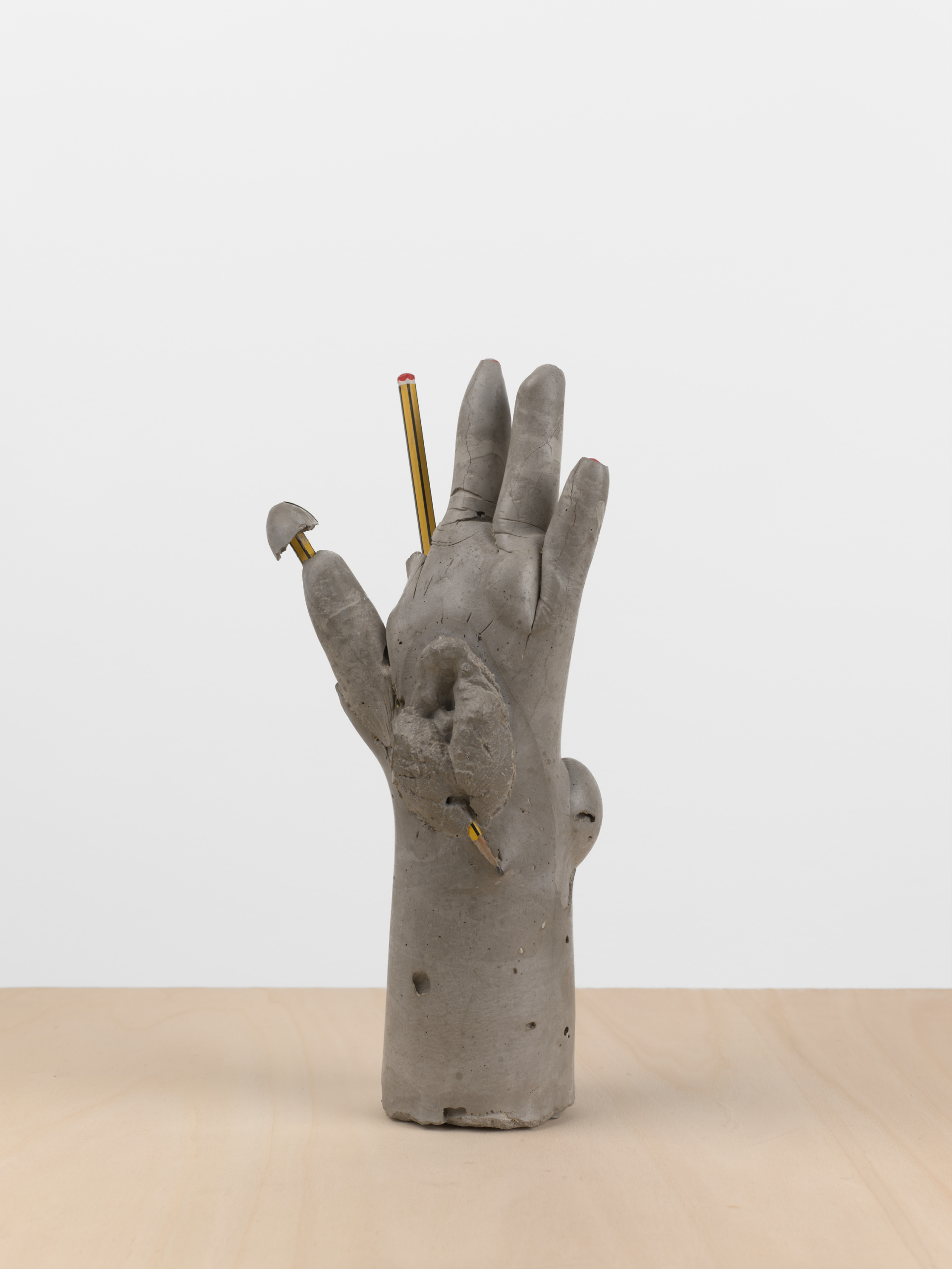
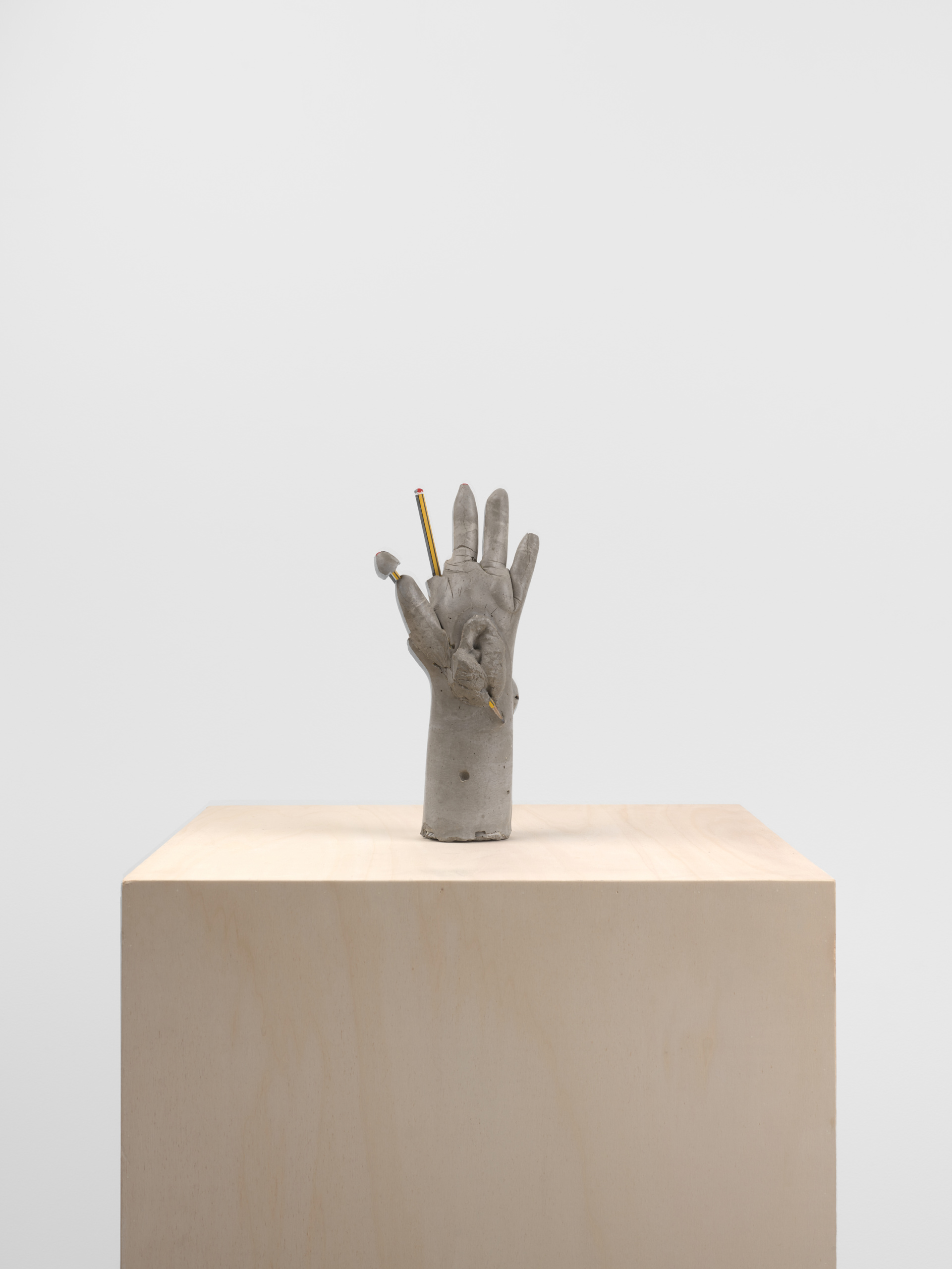
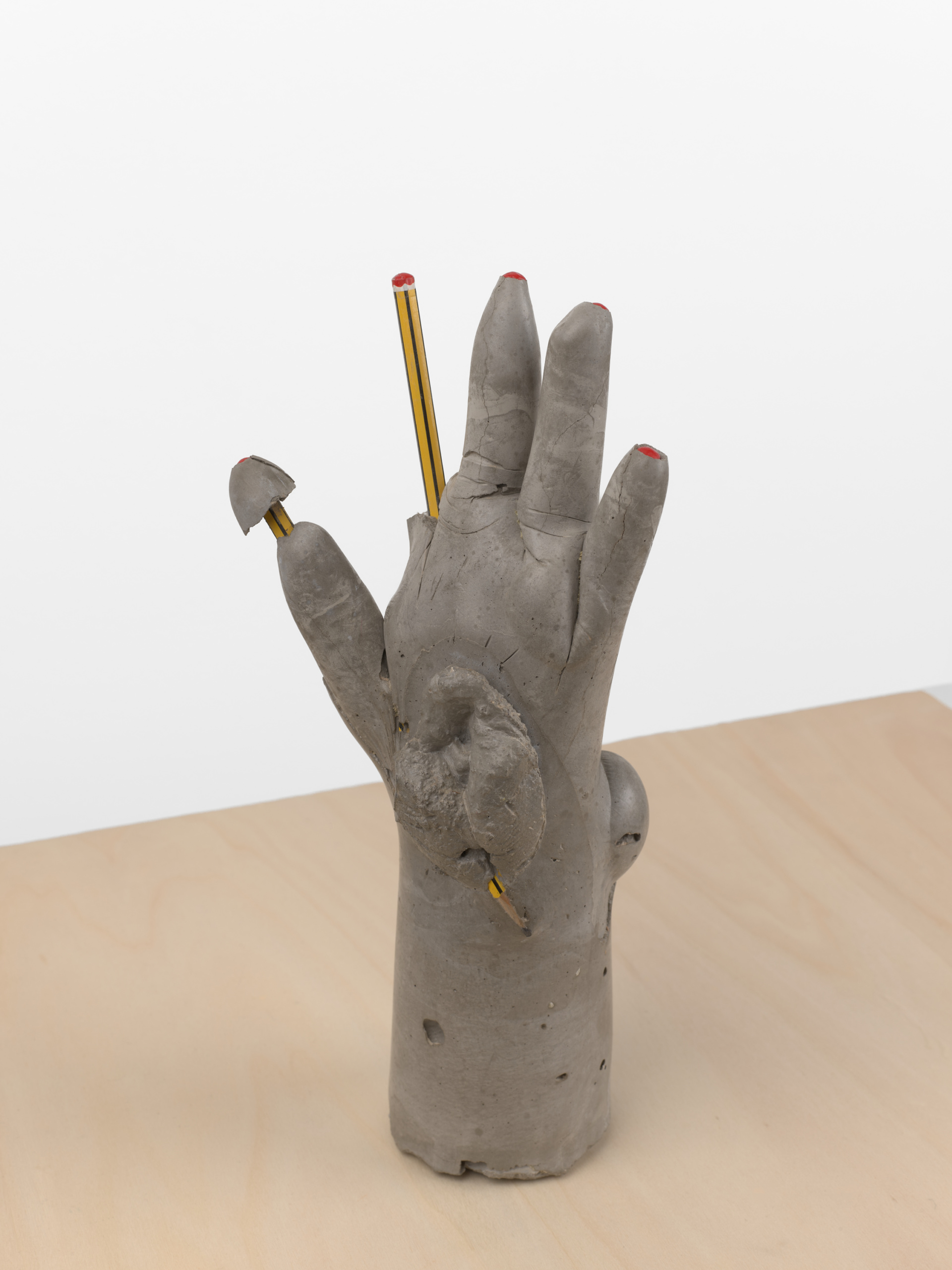
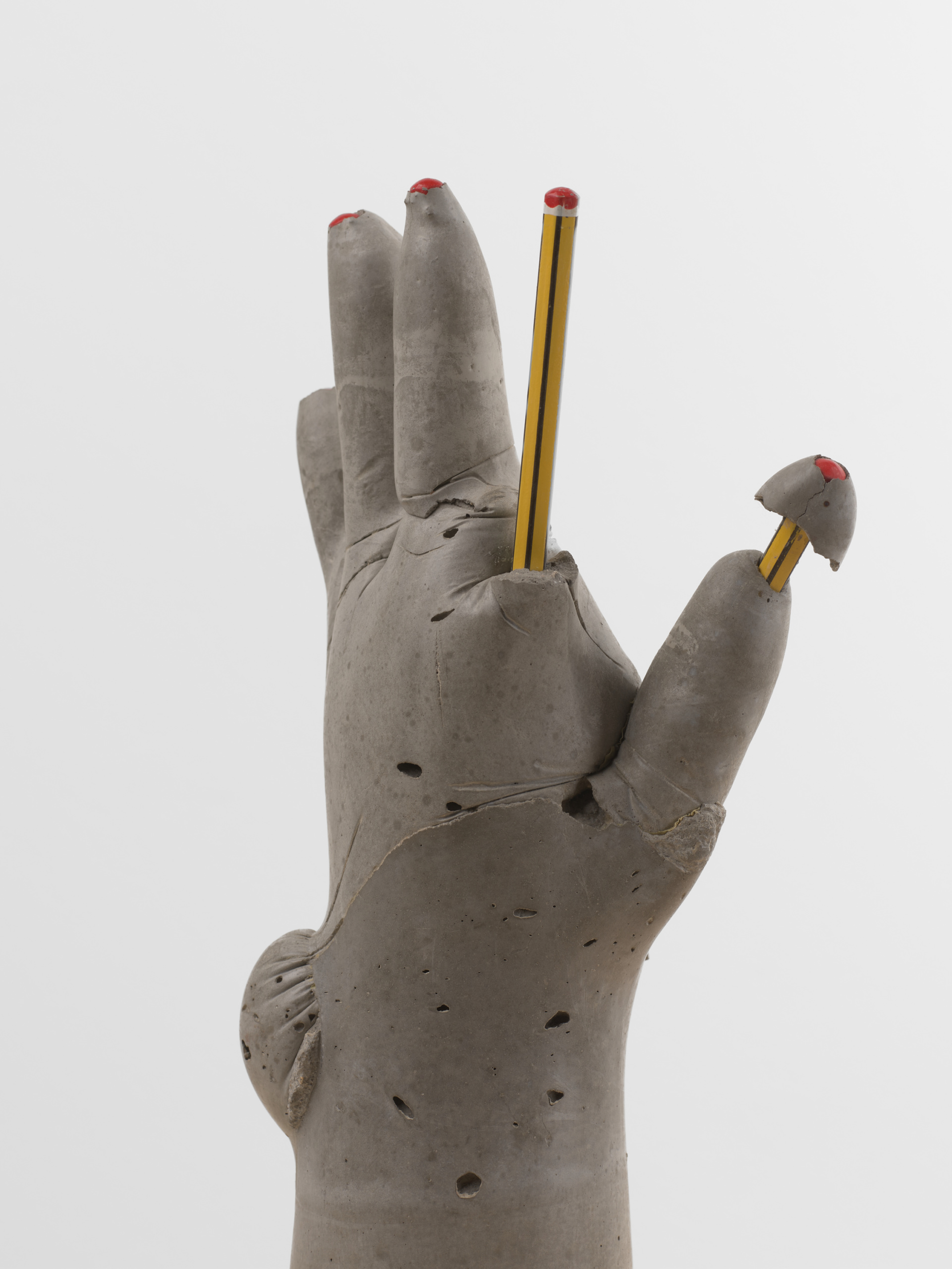
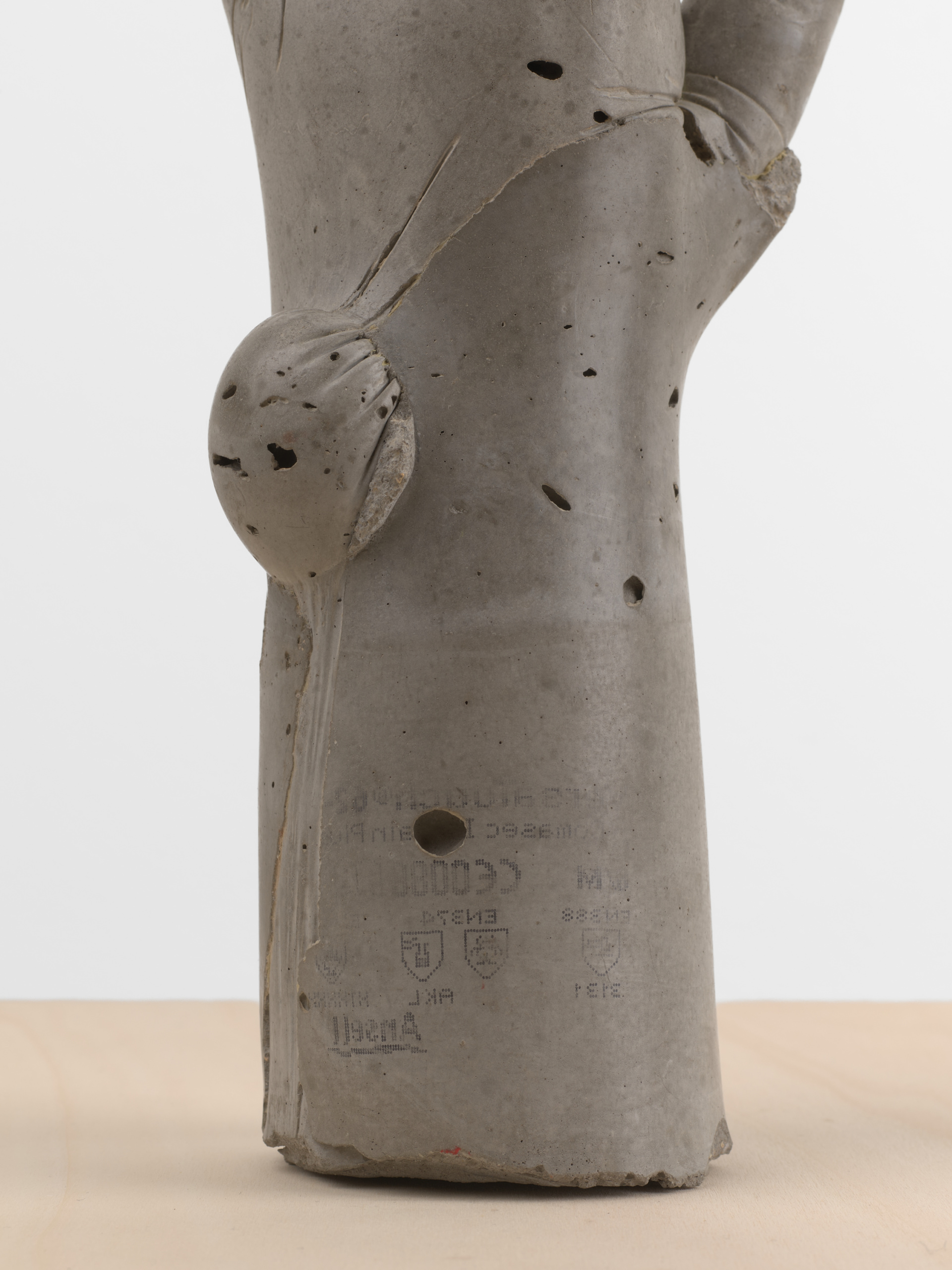
Jean-Luc Moulène (b. 1955 in Reims, France) sets out to remove the boundaries between heterogeneous worlds: art and media, art objects and mass-produced objects, utility value and artistic value. Throughout his work, Jean-Luc Moulène has been exploring the nature of artistic labor and what it means to “author a work of art”. His practice is characterized by the wide variety of materials he uses along with his keen sense of observation and analysis of the world that surrounds him. From his point of view, art is not peaceful, an artwork always contains a ‘yes’ and a ‘no’ and it is the task of the viewer to find and define their own position.
Bones, cuts and knots are recurring motifs in Moulène’s work, they concurrently produce junctions and disjunctions that allow the artist to articulate various modes of thinking. Here, the anatomical cut of a human bone sealed under a thick layer of caramel coloured epoxy sits on a custom plinth like a decadent French dessert.
Bones, cuts and knots are recurring motifs in Moulène’s work, they concurrently produce junctions and disjunctions that allow the artist to articulate various modes of thinking. Here, the anatomical cut of a human bone sealed under a thick layer of caramel coloured epoxy sits on a custom plinth like a decadent French dessert.
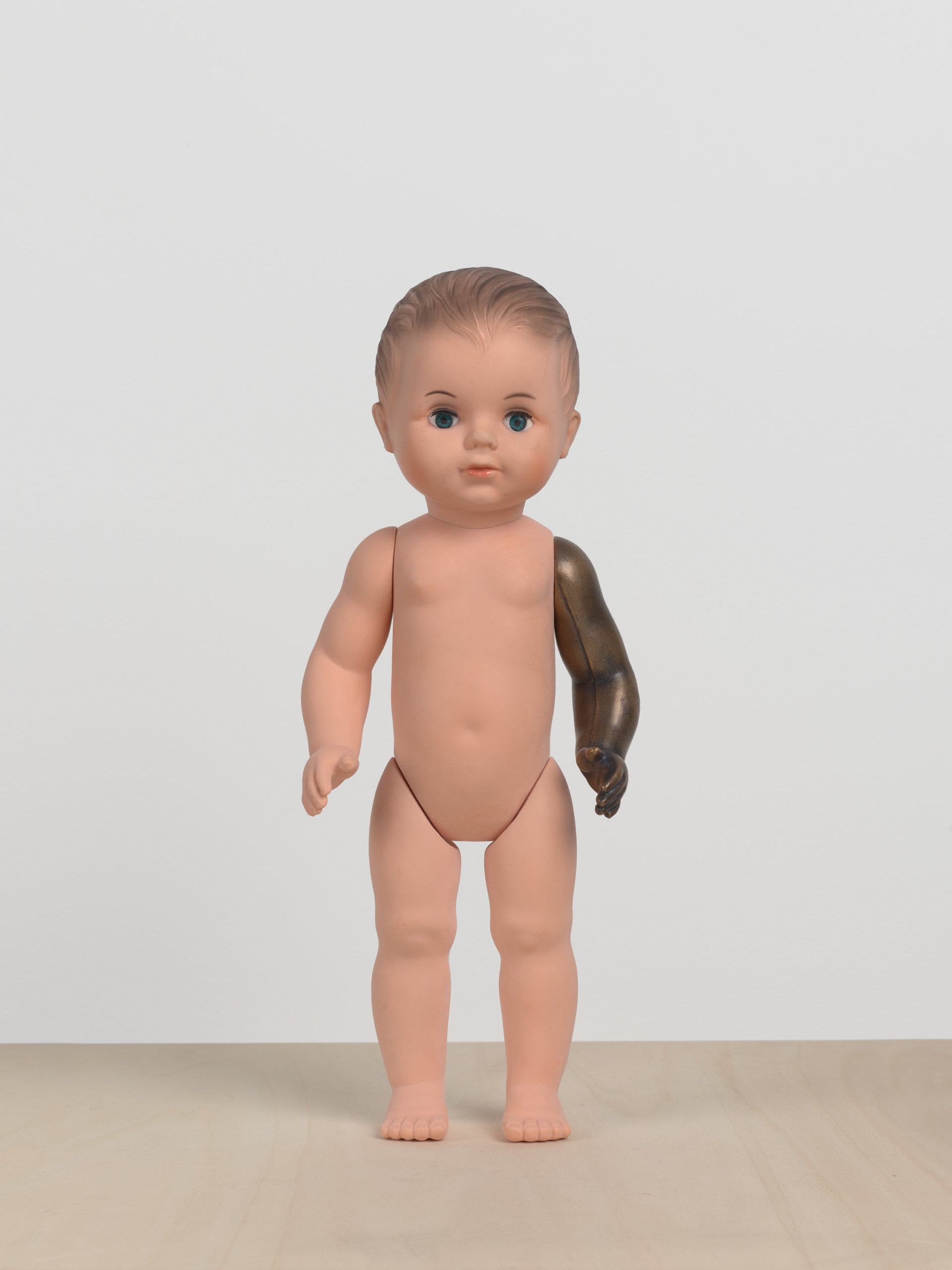


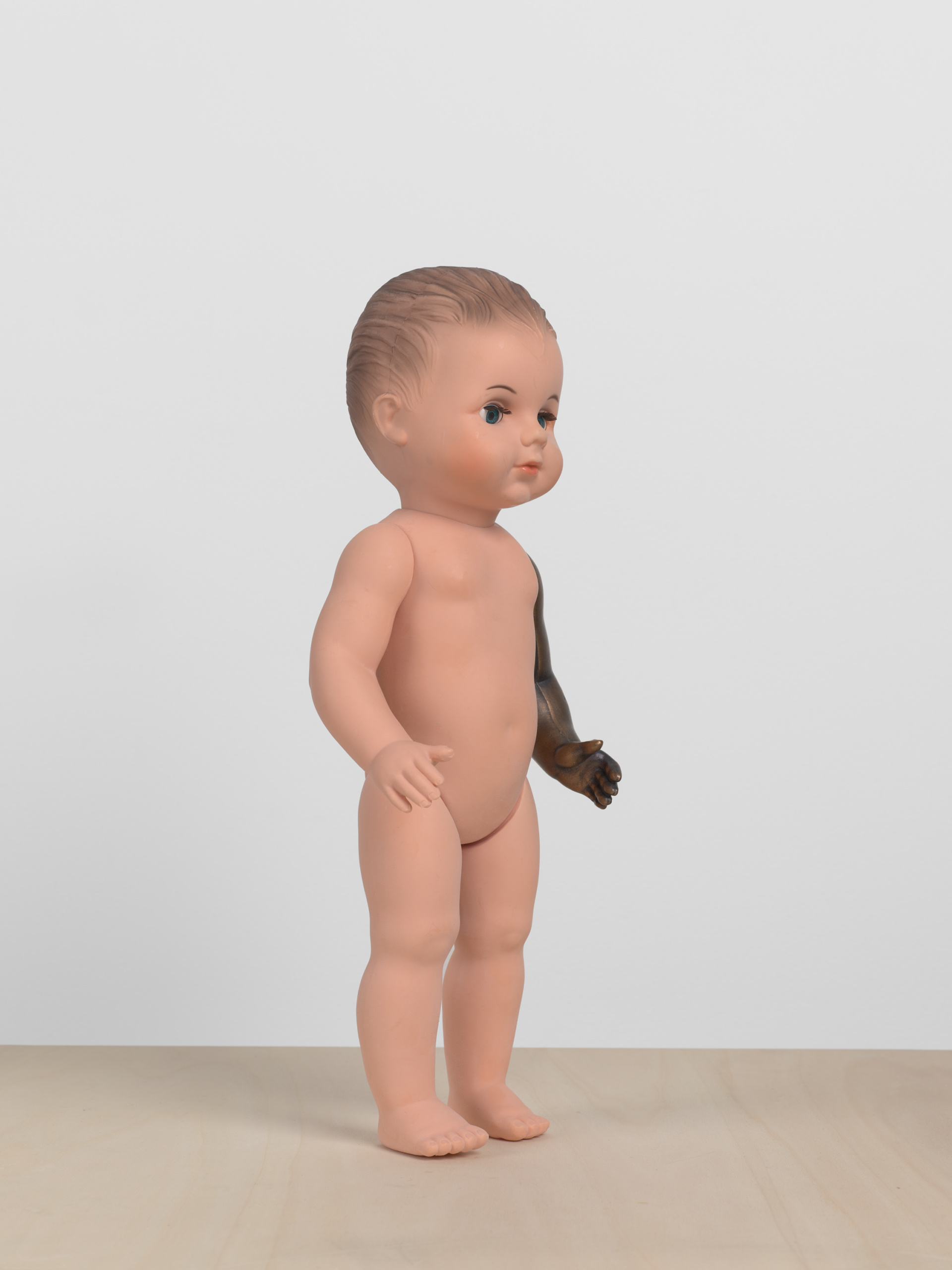
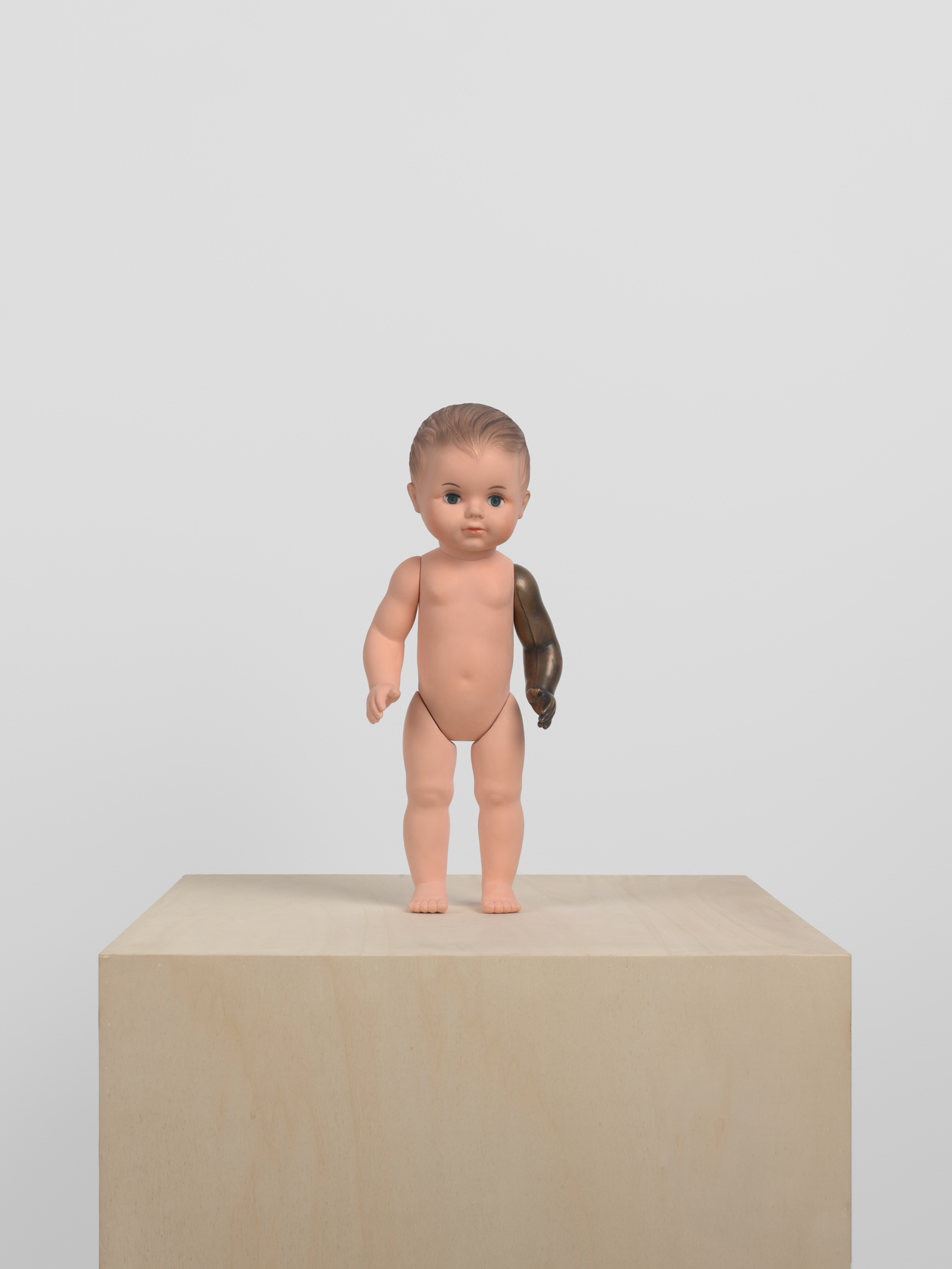

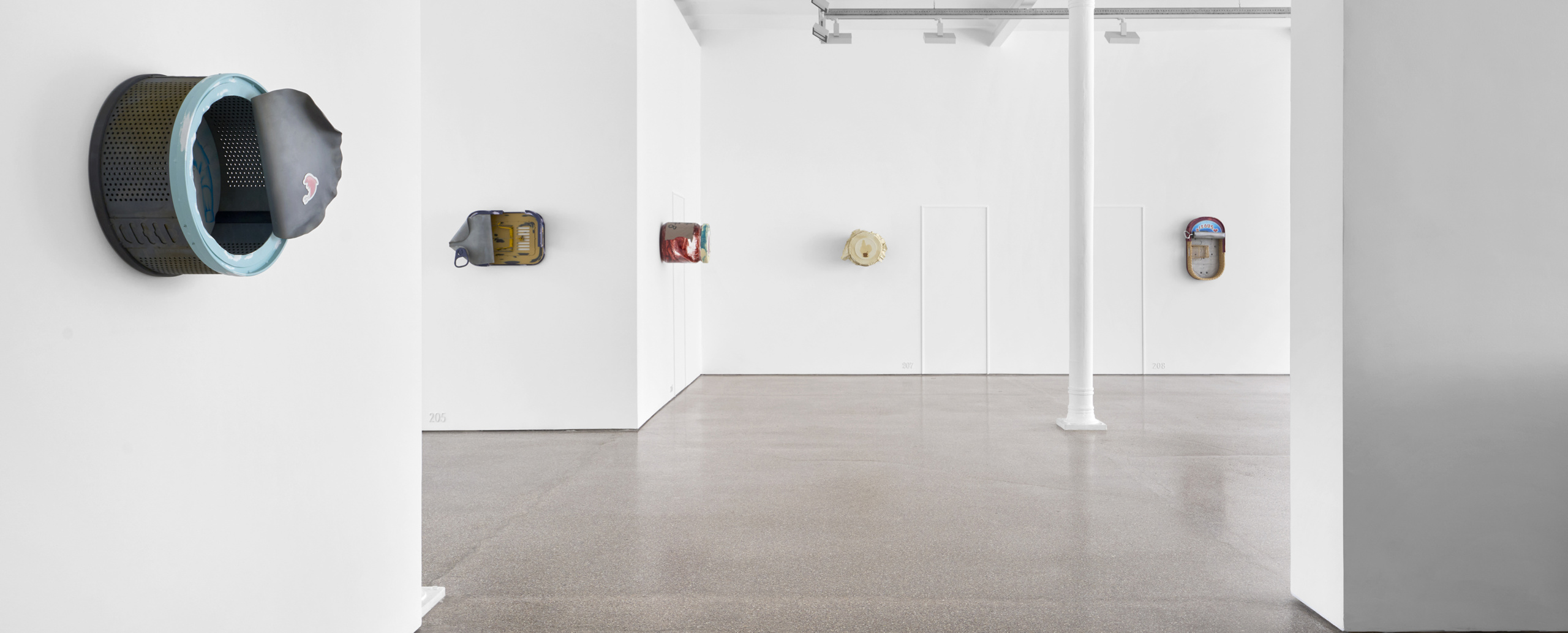
Installation view, Magali Reus, HOTELS, Galerie Greta Meert, 2024
MAGALI REUS
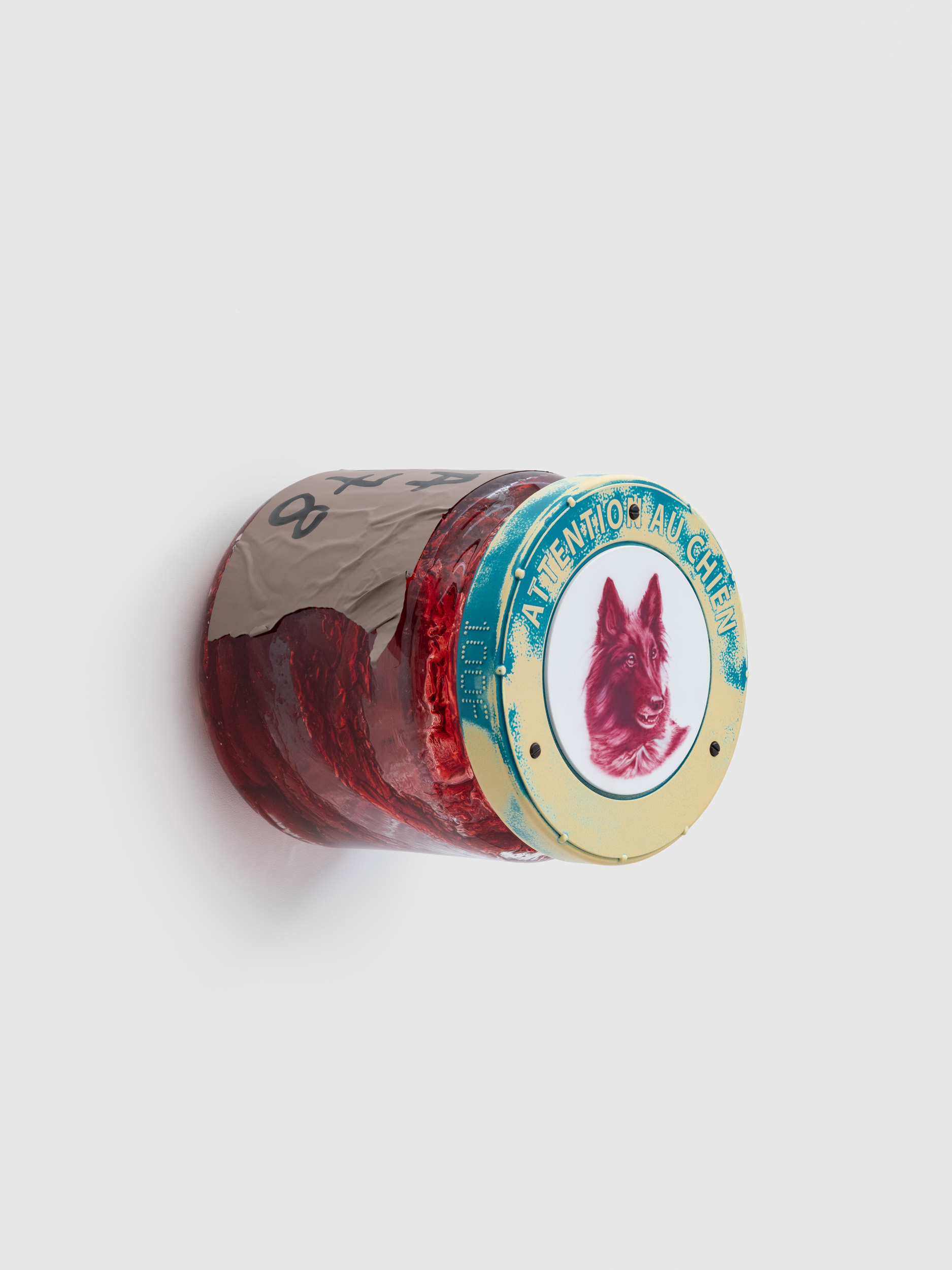
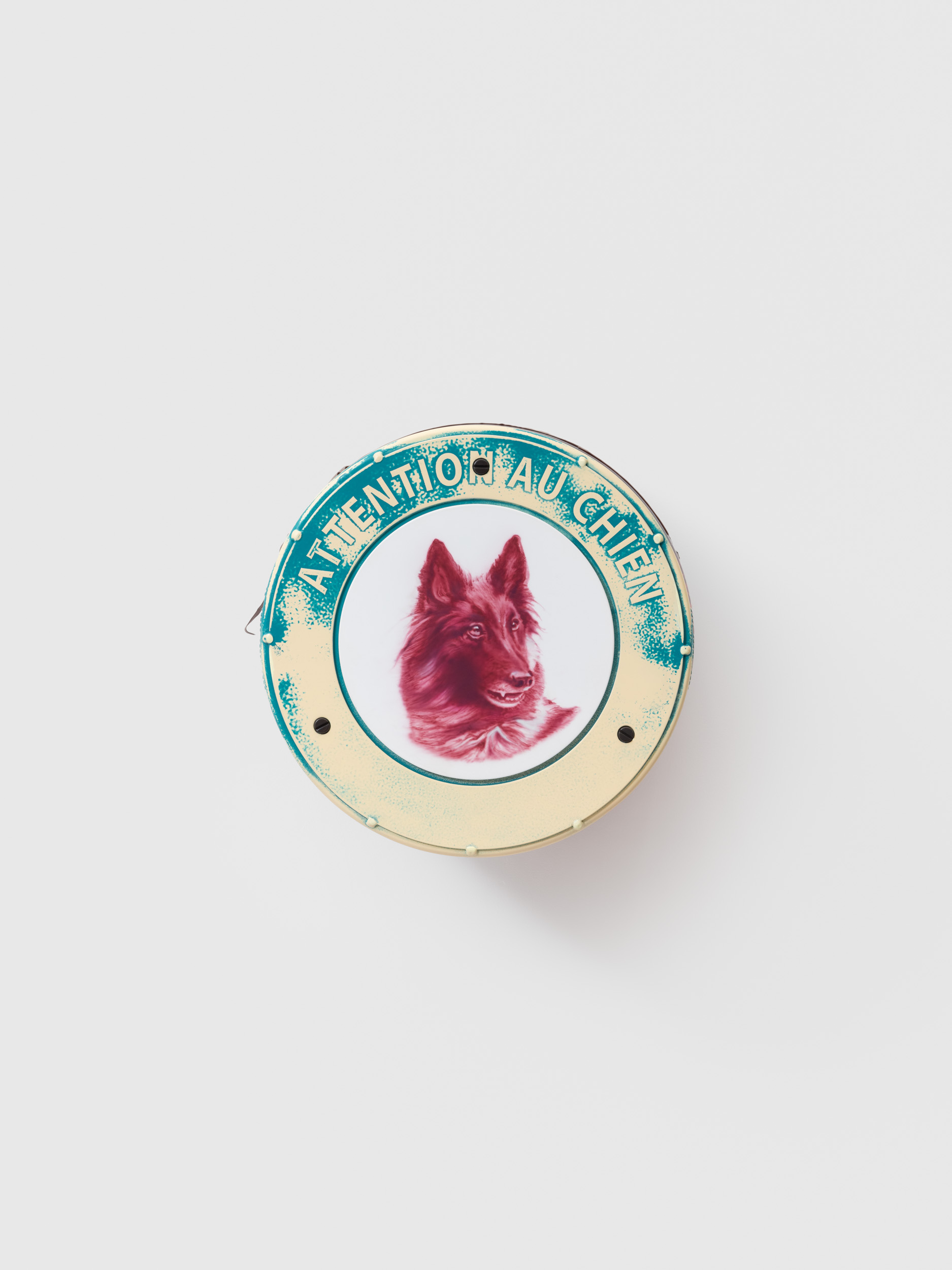


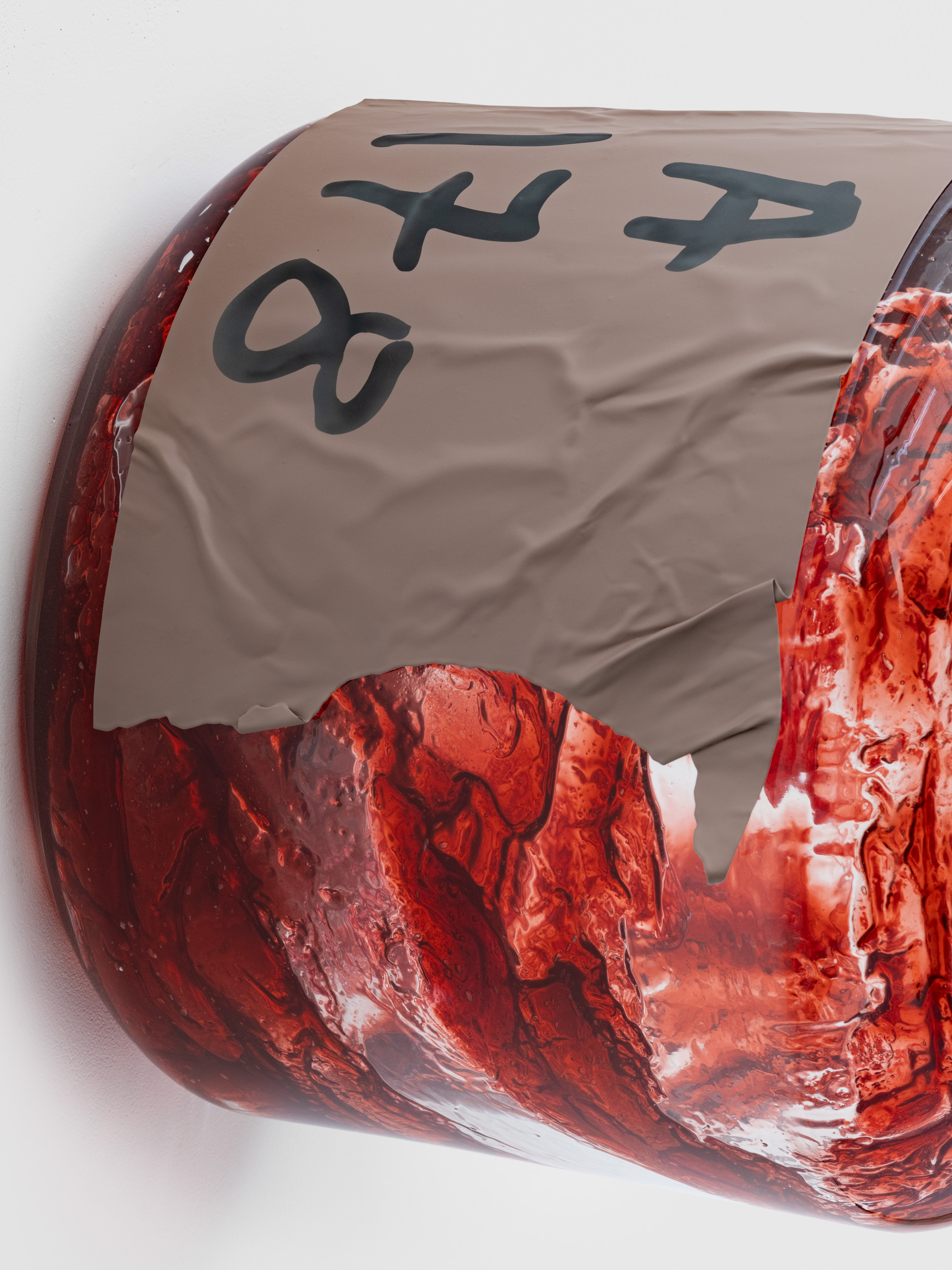

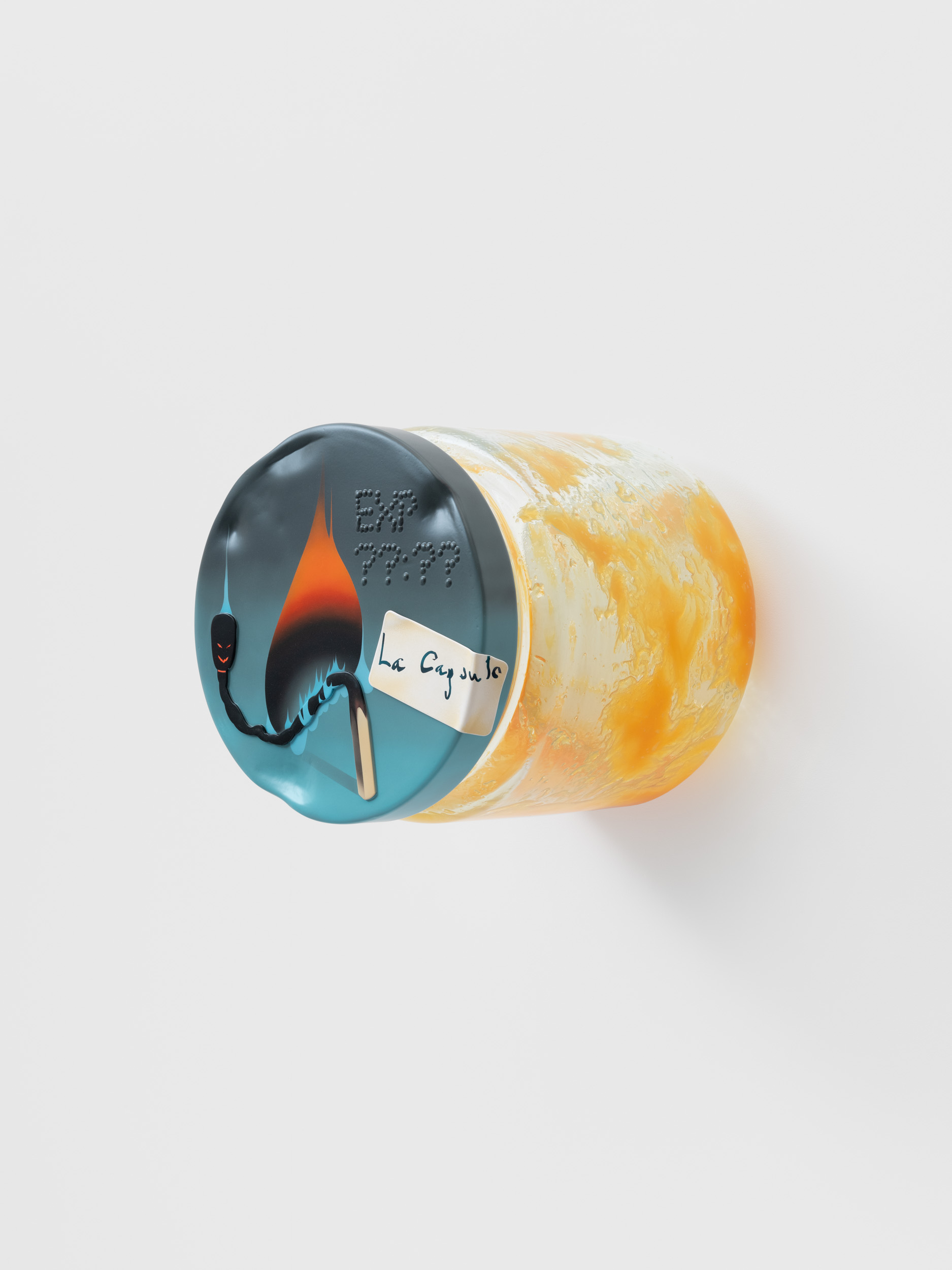
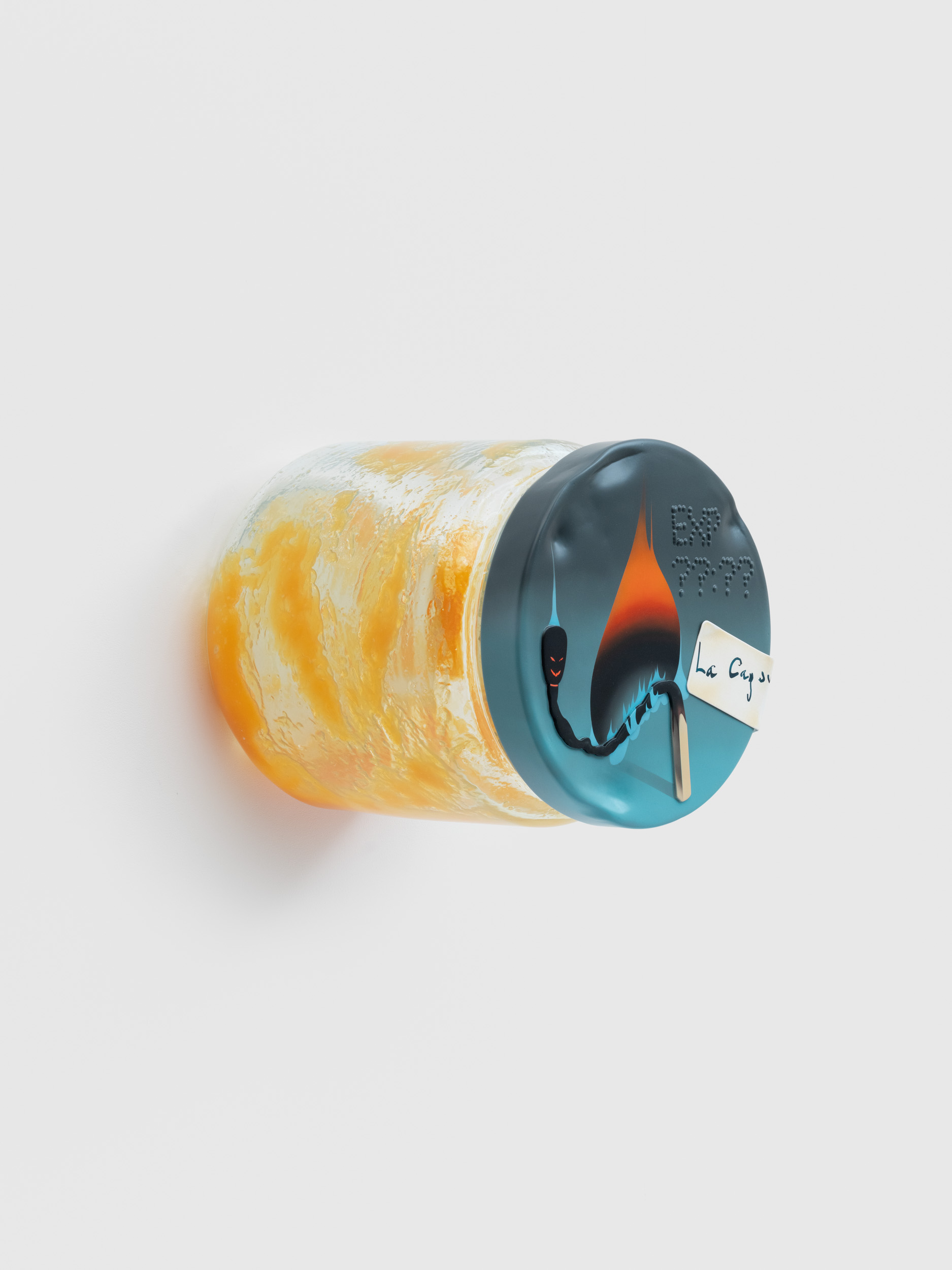
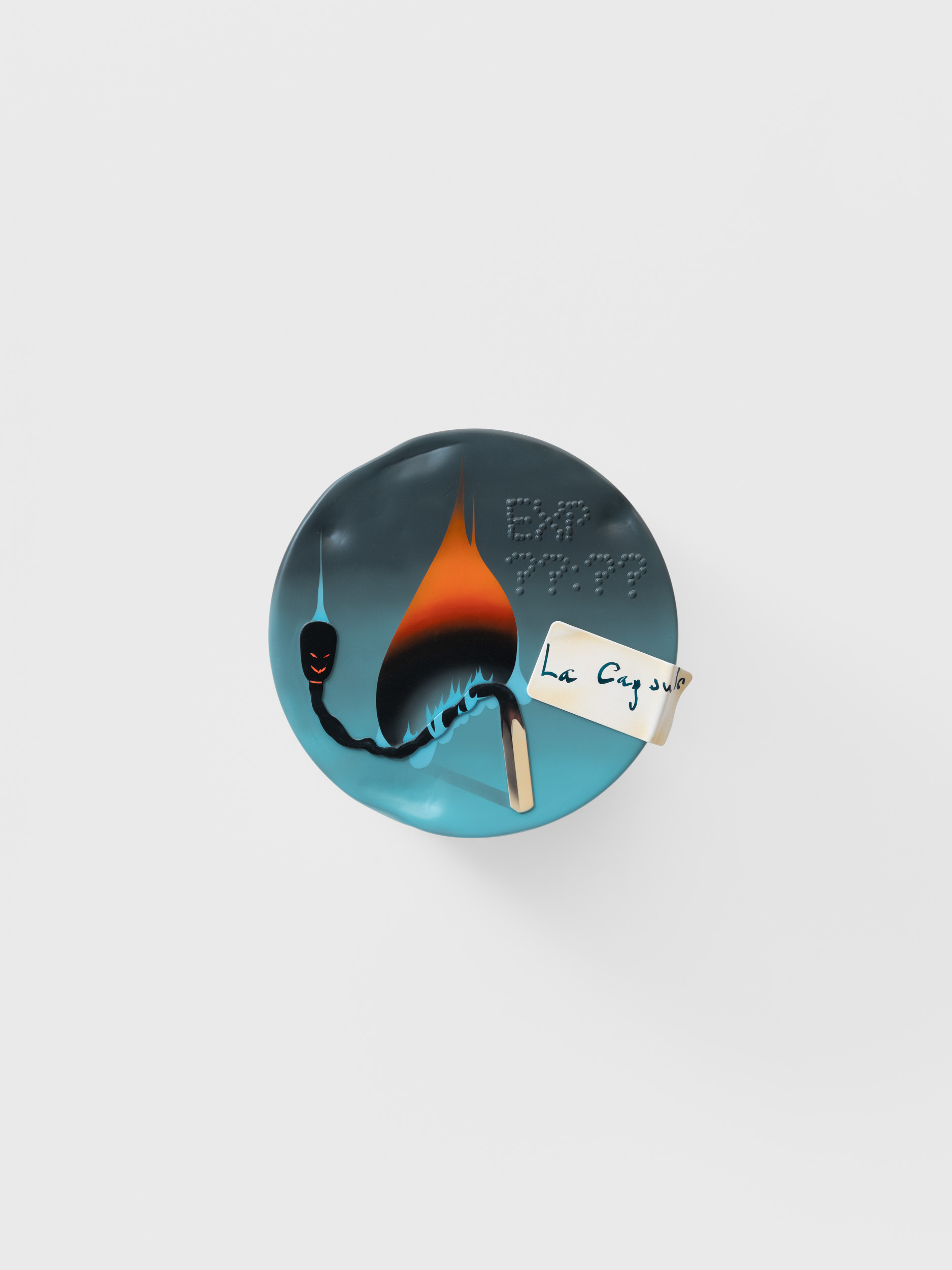
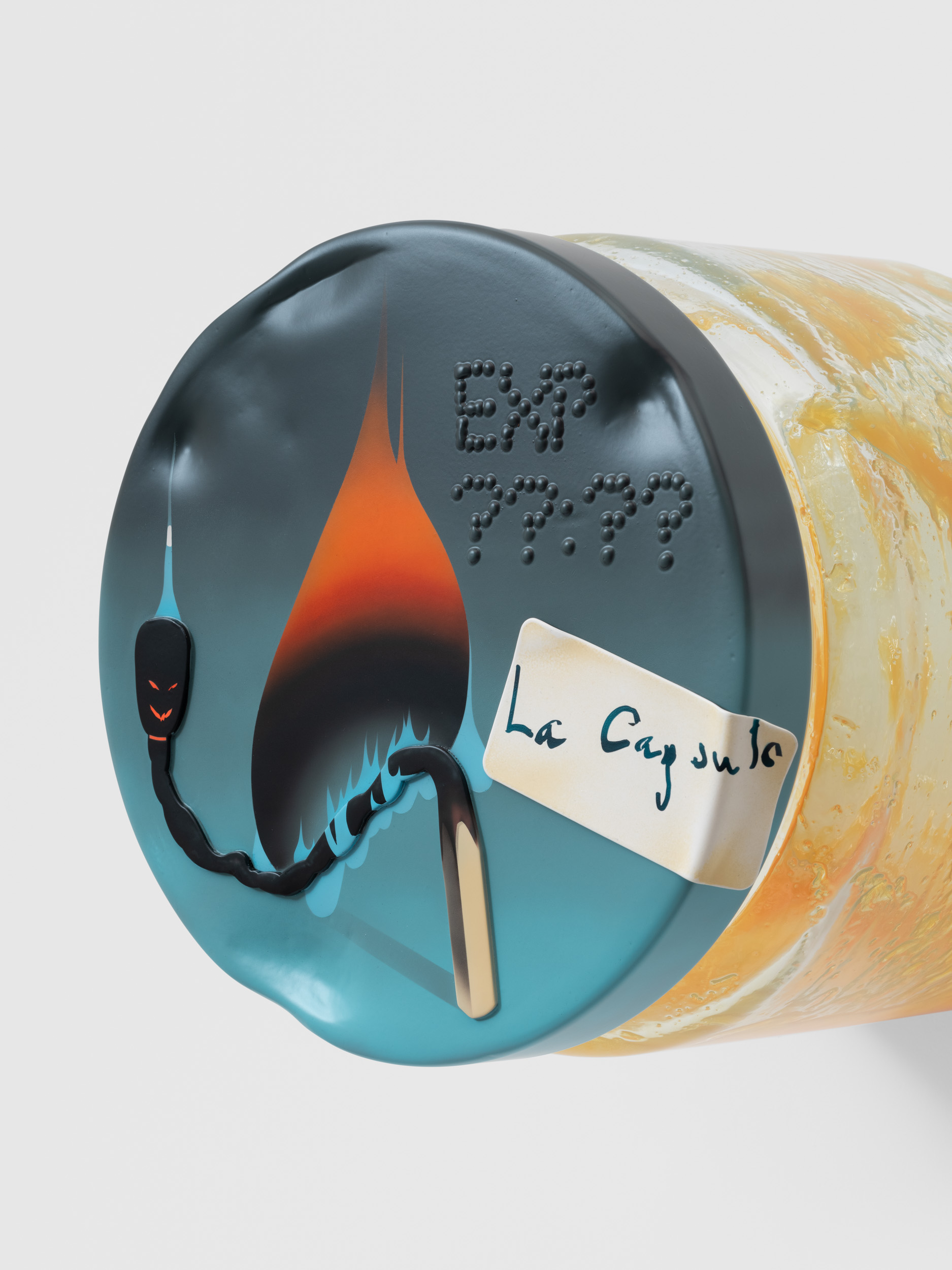
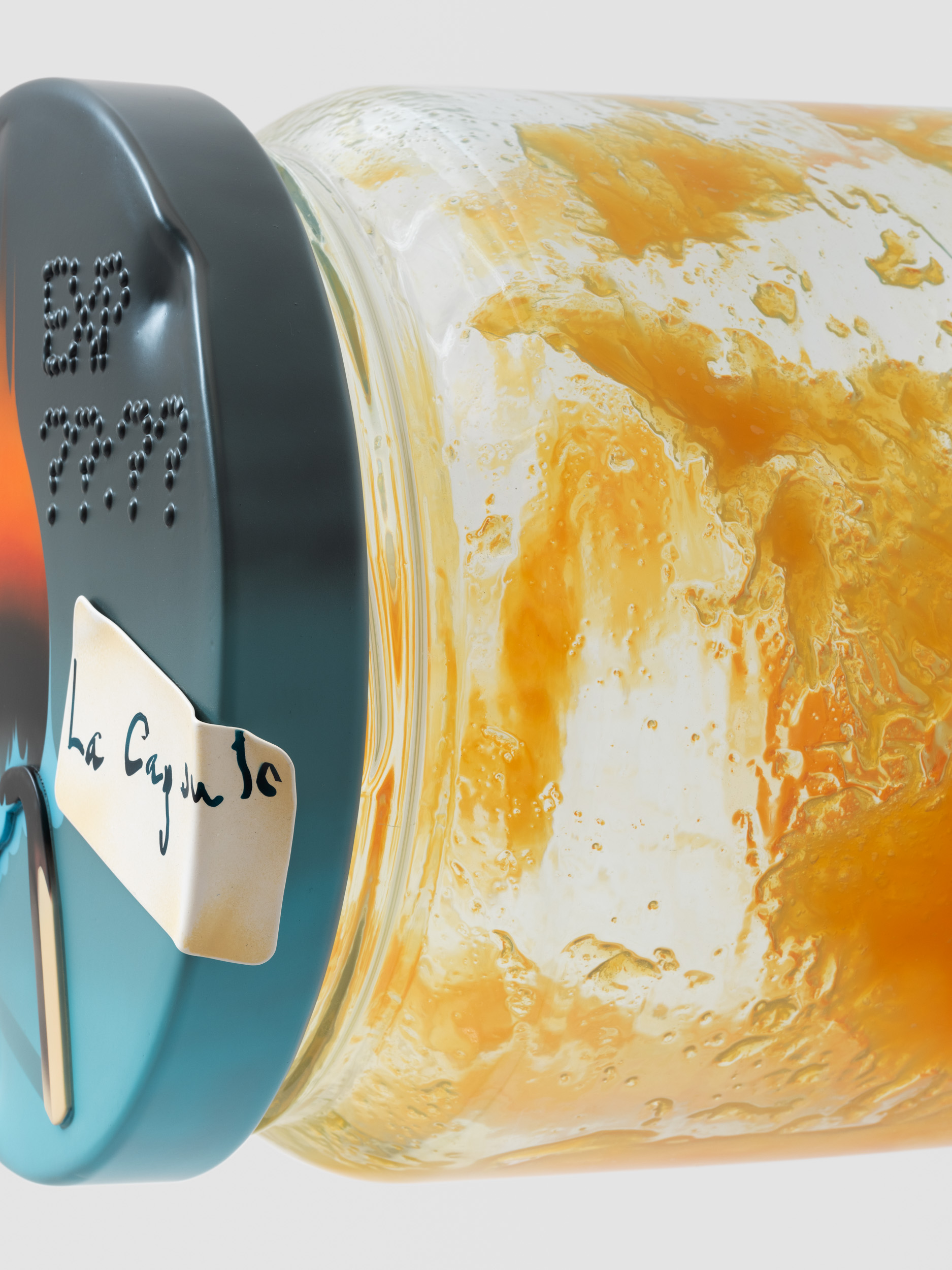
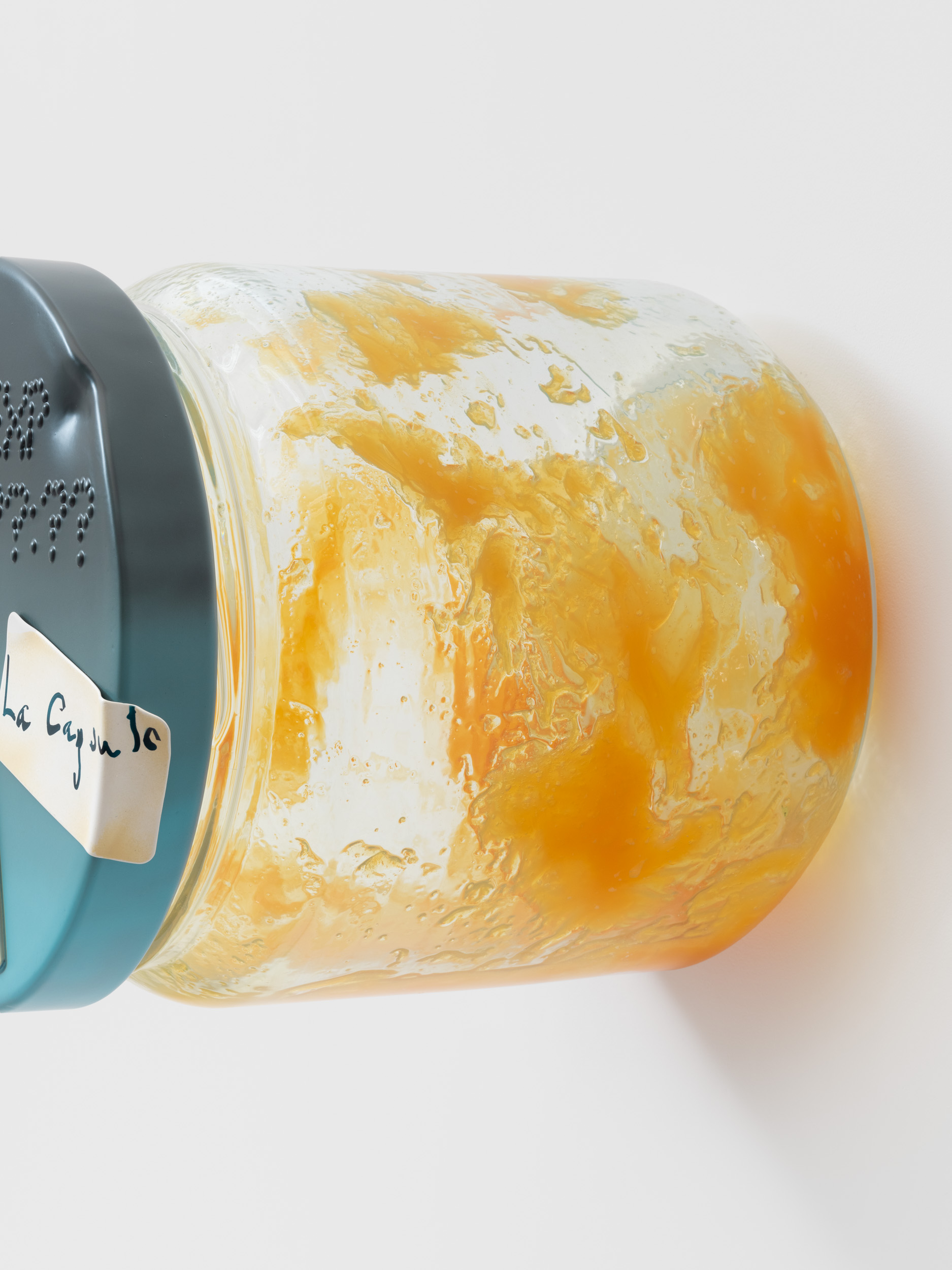
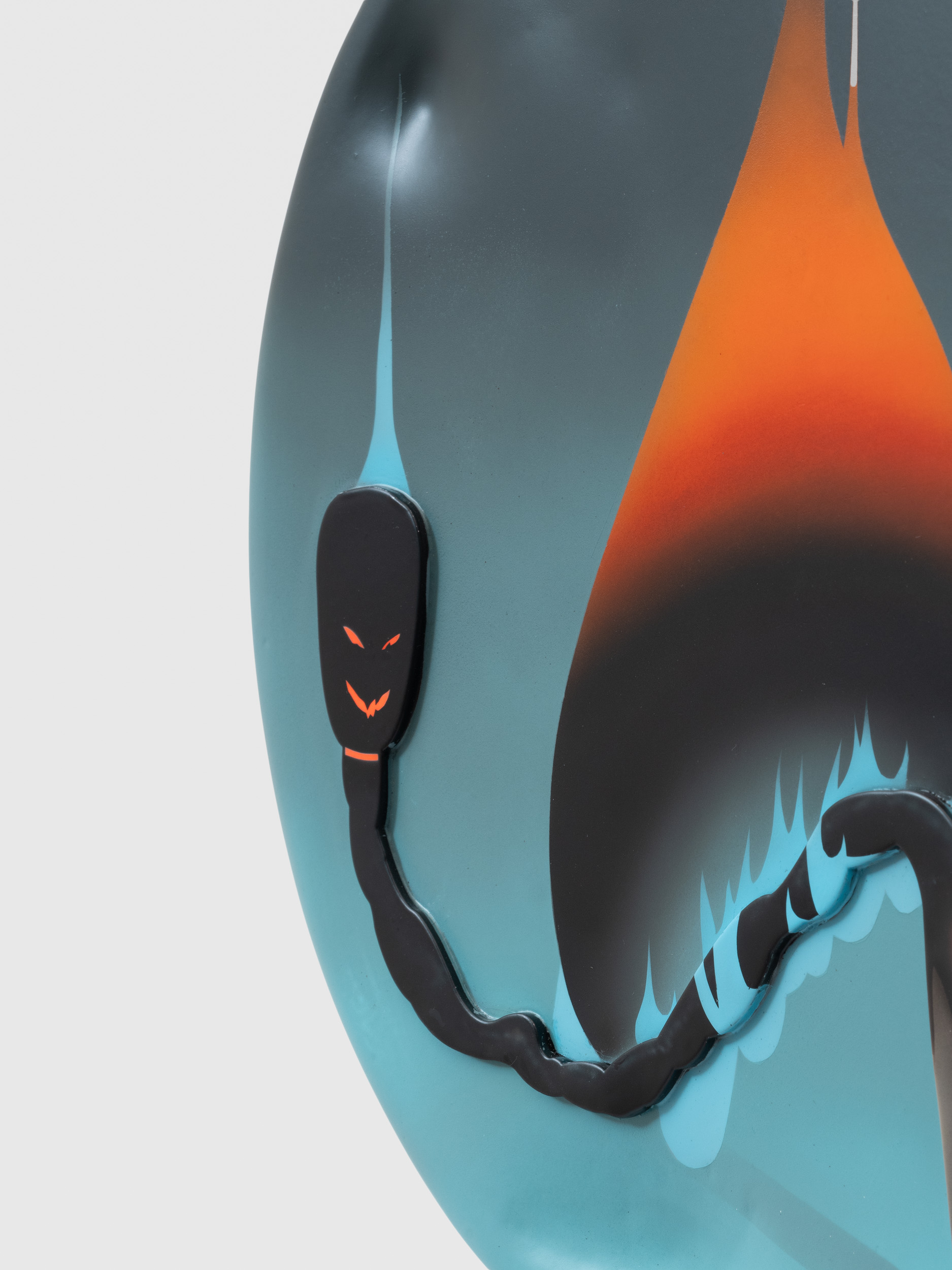
Magali Reus (b. 1981) has, for more than a decade, developed a body of sculptural work that perturbs the habits of the gaze and sensations linked to our relationship to design, ever present in a utilitarian world based on mass consumption. Through sculpture and photographic works that hybridise and juxtapose conceptually or functionally incompatible objects Reus is able to disrupt our habits as consumer-users of objects. Frequently starting with ubiquitous objects (chairs, refrigerators, tables, signs, lamps, etc.), which she reproduces employing sophisticated industrial processes that are paired with manual studio labour, Reus creates strangely mutated sculptures that do not correspond to any code of use. Her sculptures thus resemble functionless yet autonomous utensils. More broadly, they maintain an ambiguous relationship with everyday design, allowing the artist to question the often implicit yet overlooked hierarchies at work around us.
Without the need to justify themselves since they are devoid of utility, Reus’s autonomous sculptures escape the constraints to which objects are ordinarily subject, giving them a new degree of emancipation. As sculptures we might say that they look like ready-mades: the artist’s selection brings the beauty of the object into the field of art and contemplation. It is this reframing that questions the connections and personal relationships that each of us hold with the supposed neutrality of factory-made forms.
Without the need to justify themselves since they are devoid of utility, Reus’s autonomous sculptures escape the constraints to which objects are ordinarily subject, giving them a new degree of emancipation. As sculptures we might say that they look like ready-mades: the artist’s selection brings the beauty of the object into the field of art and contemplation. It is this reframing that questions the connections and personal relationships that each of us hold with the supposed neutrality of factory-made forms.
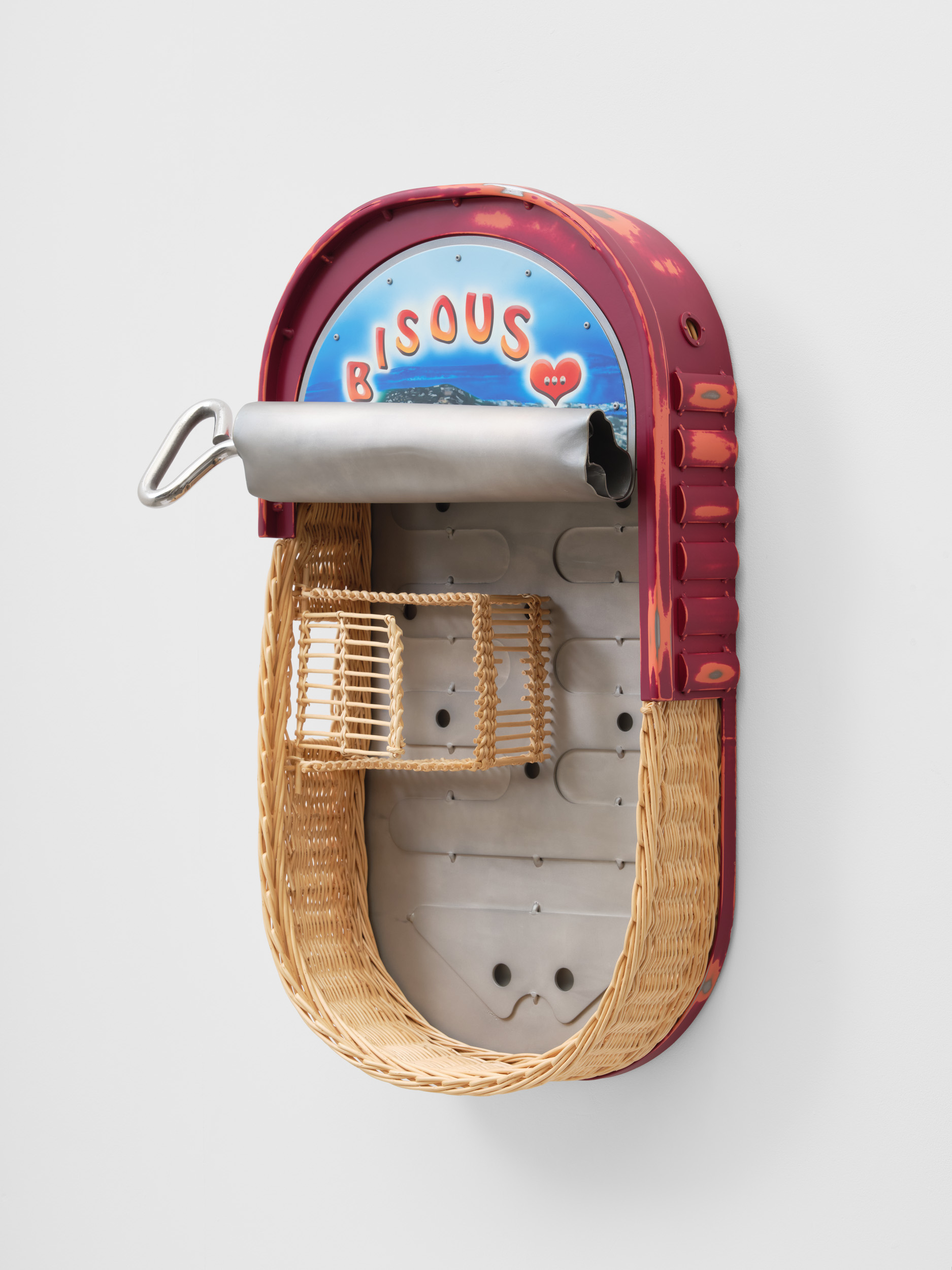
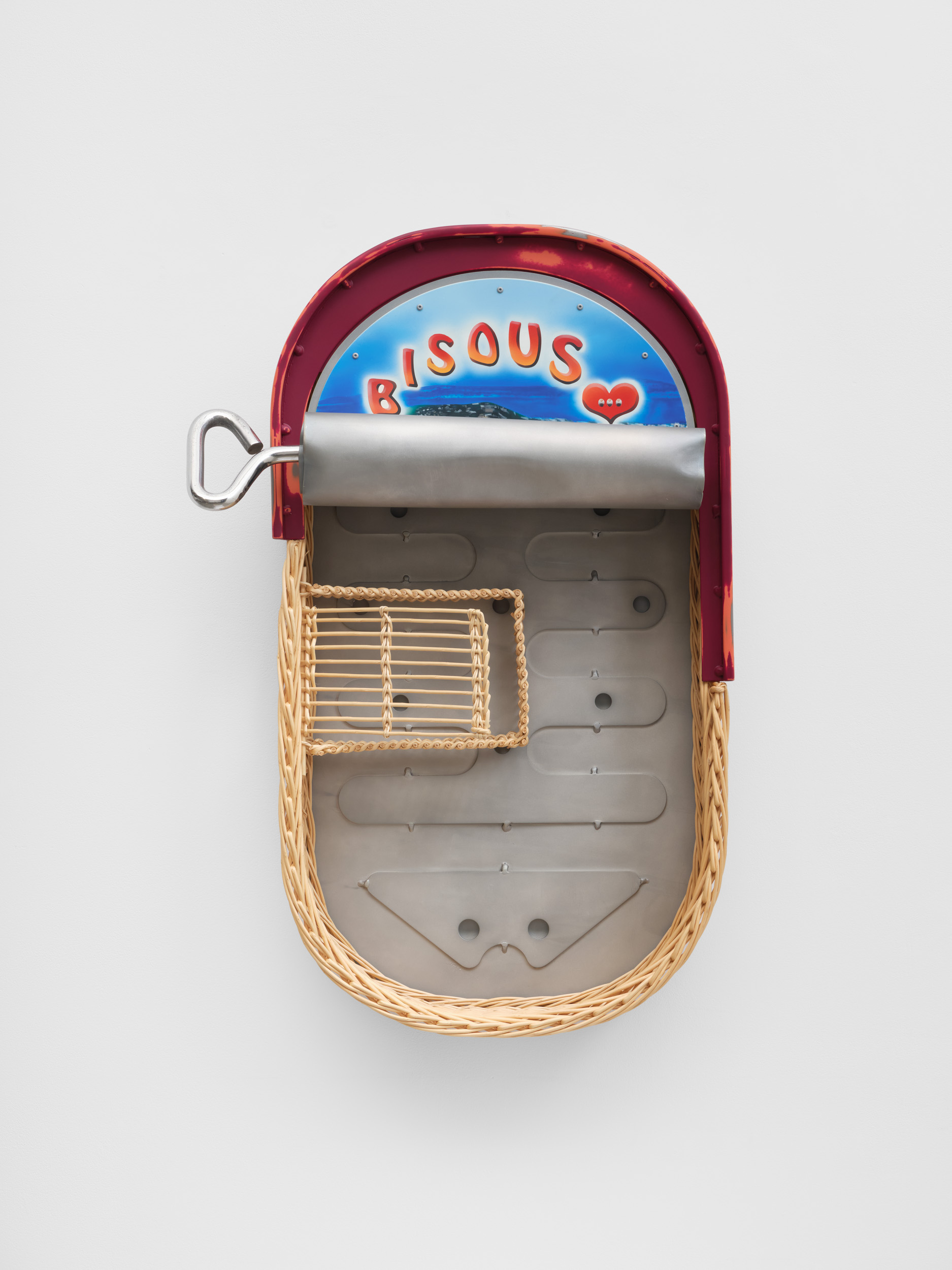

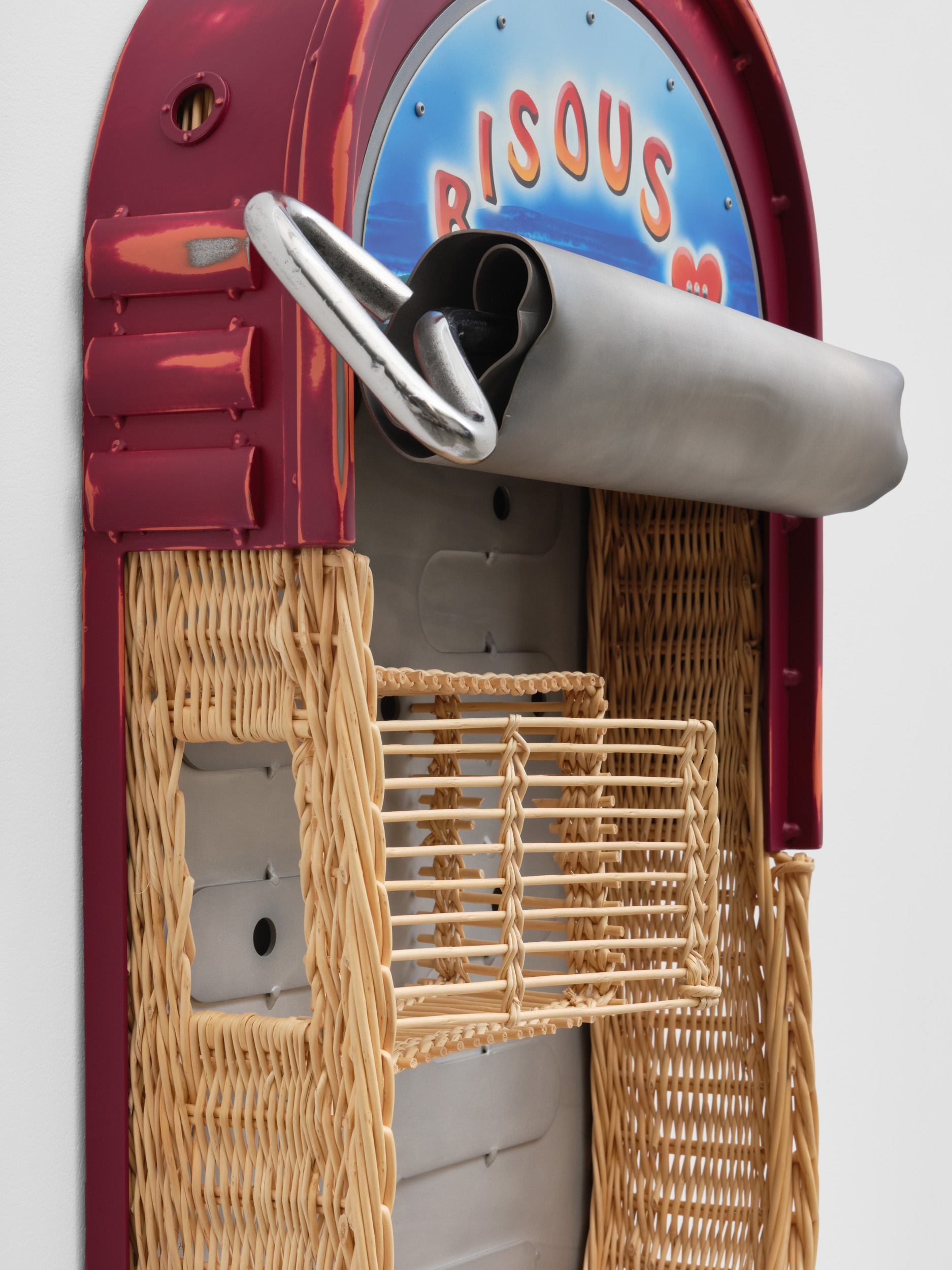
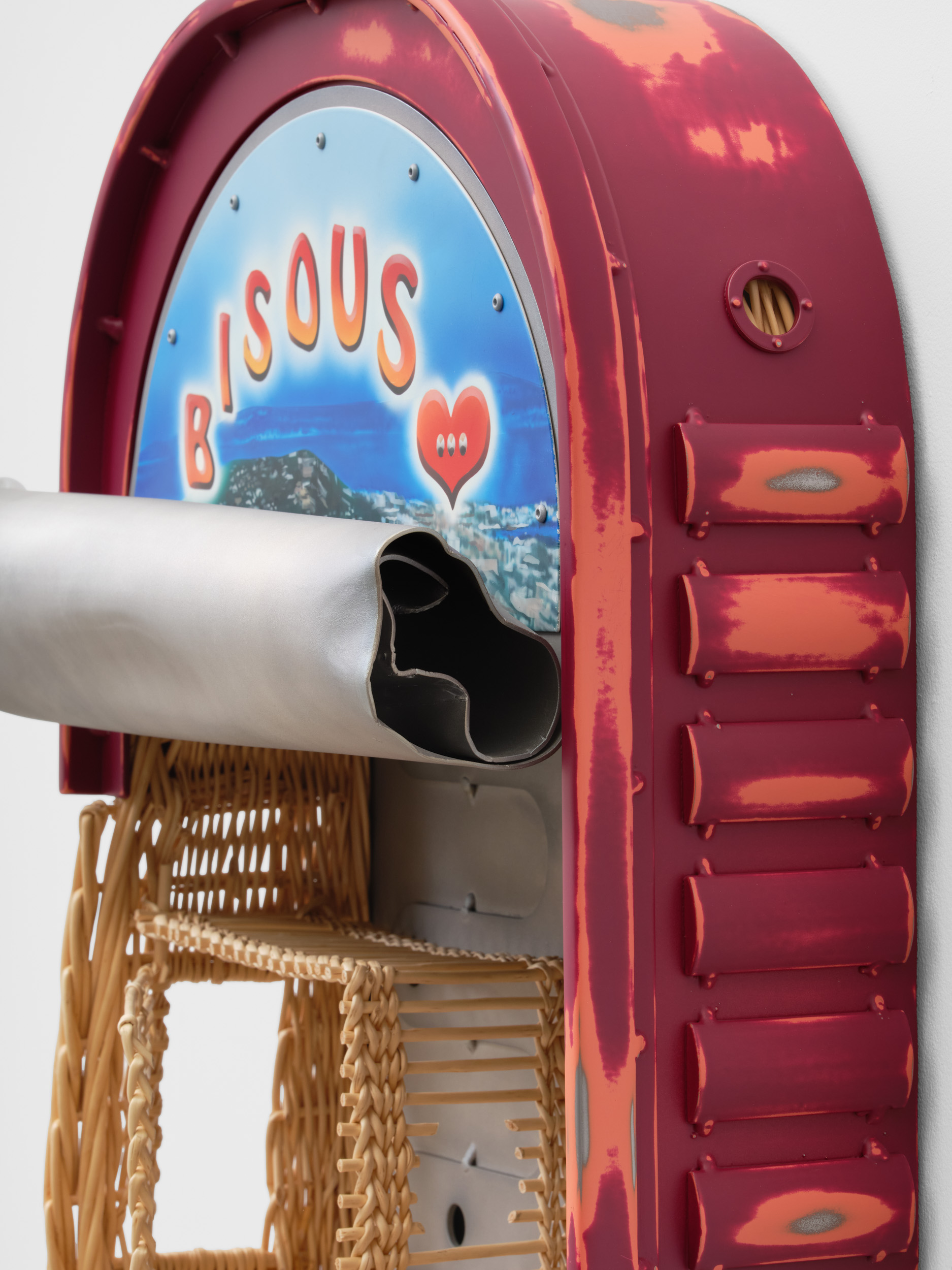
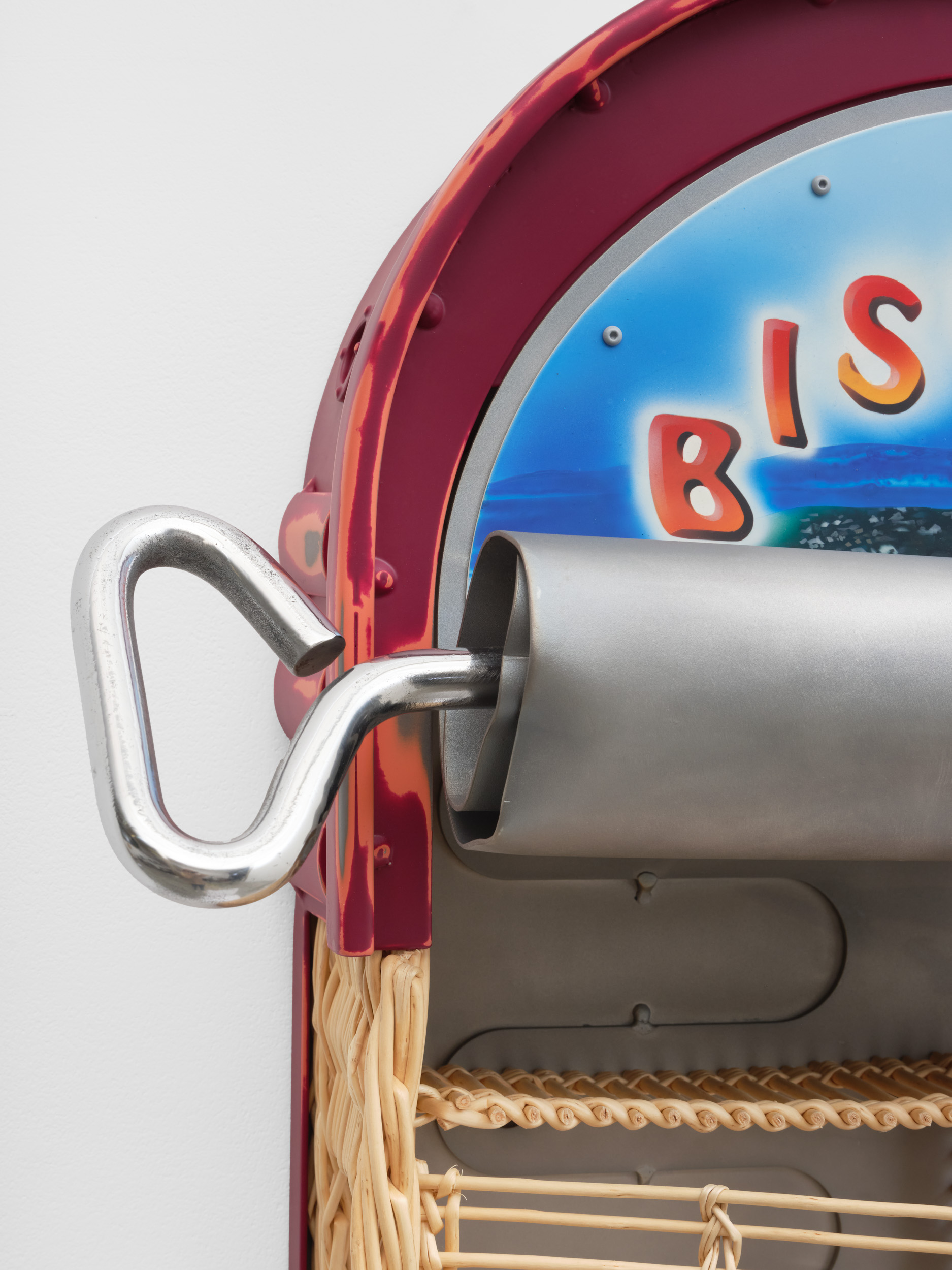
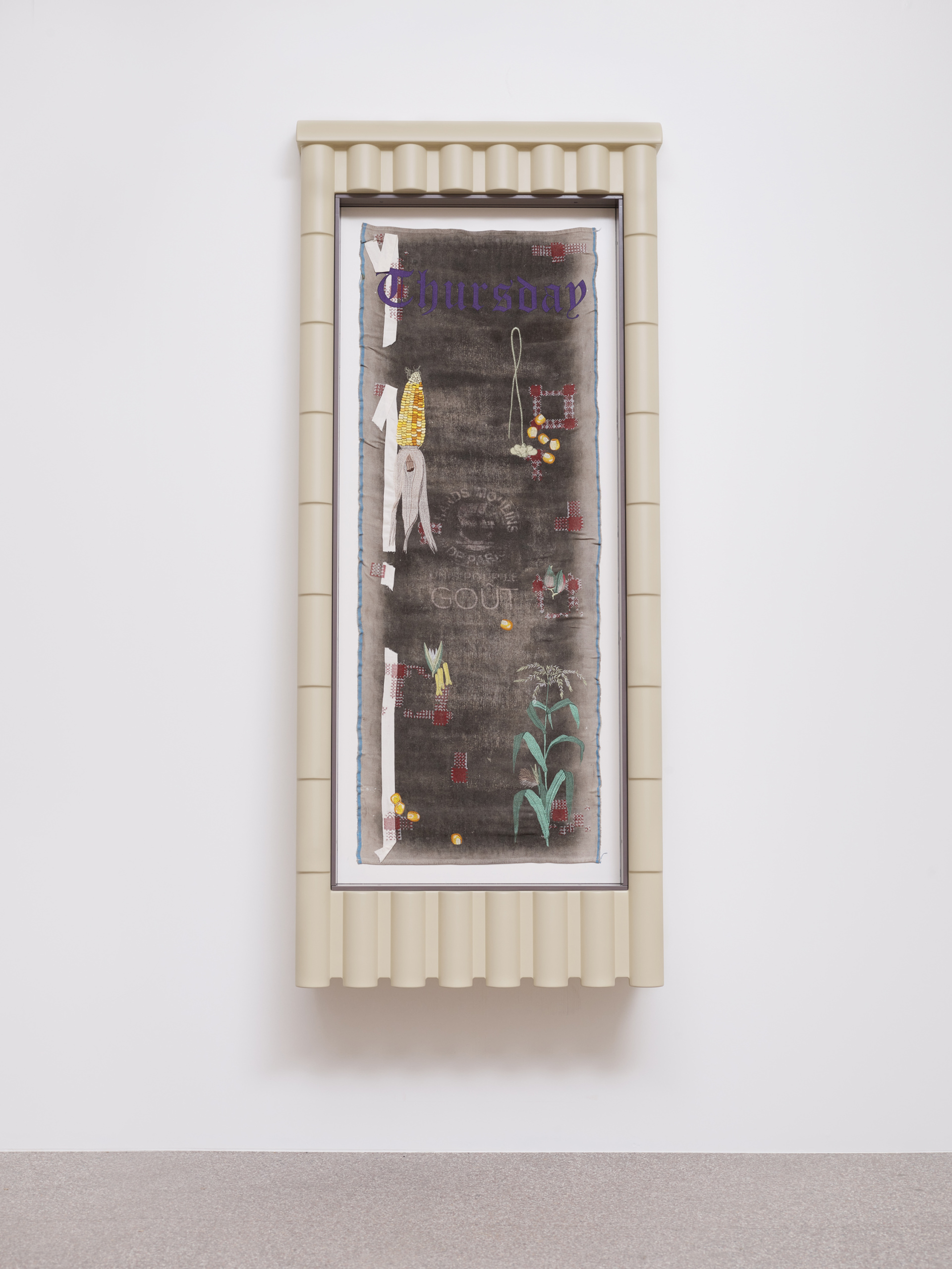

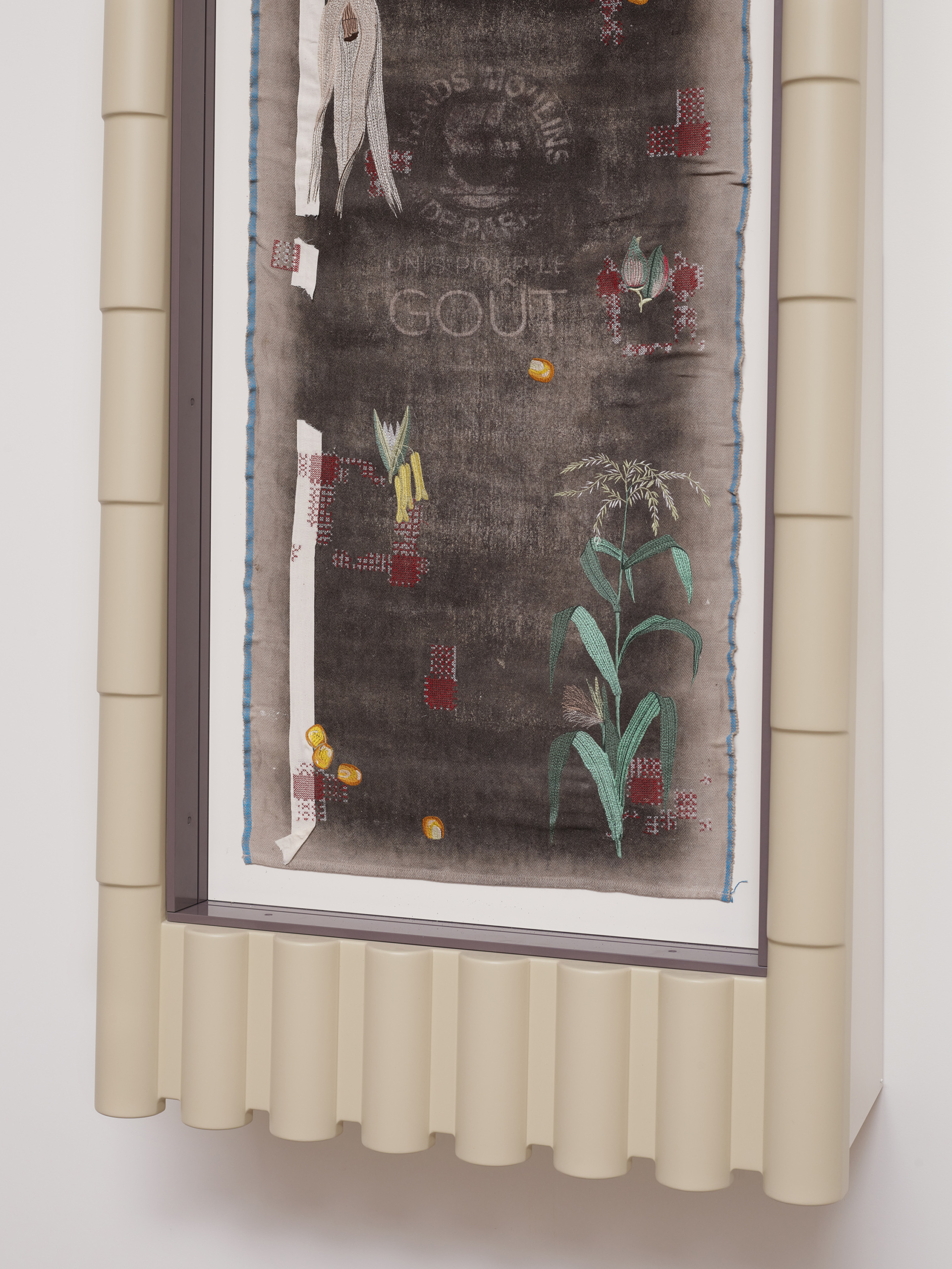
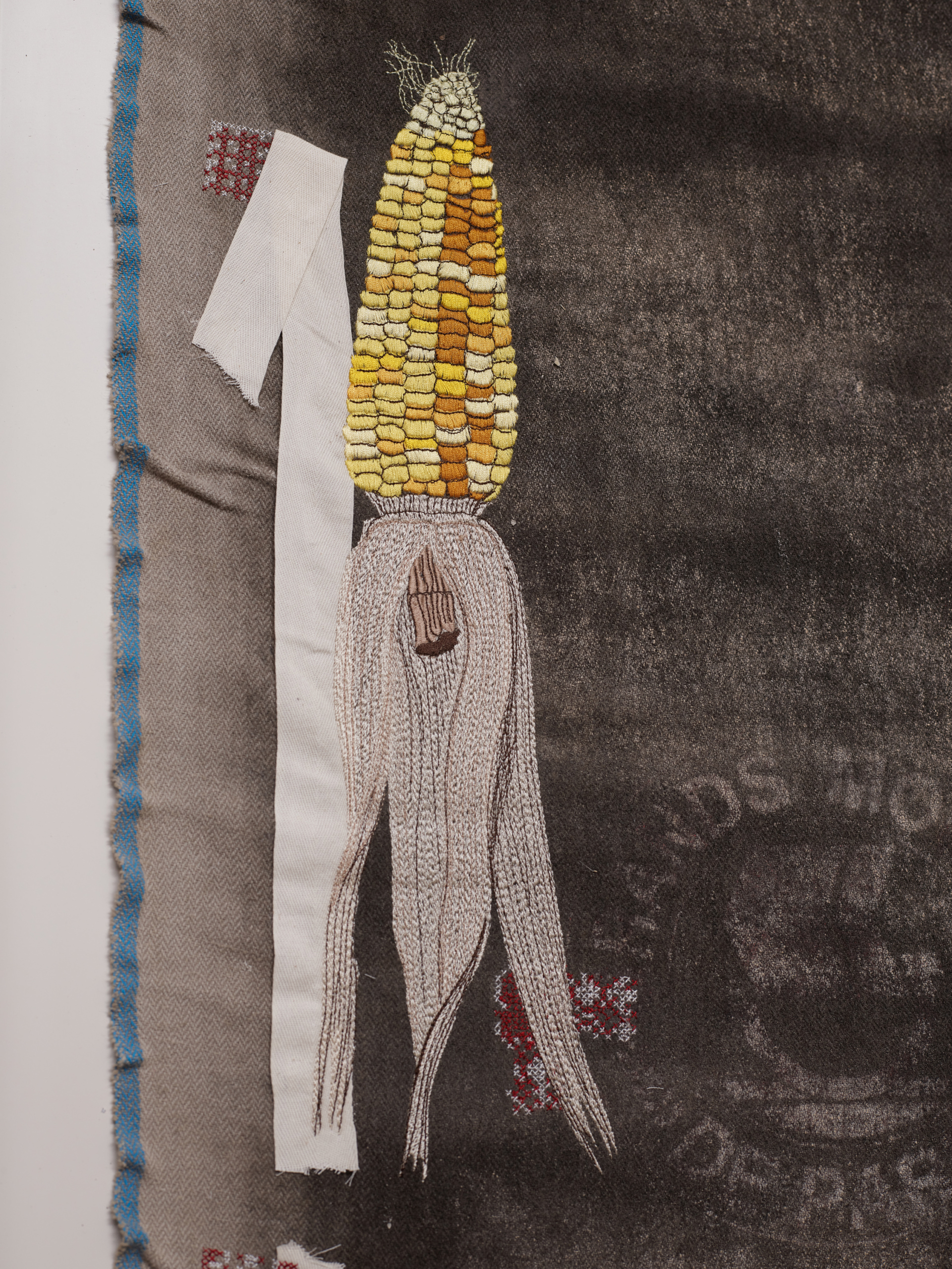
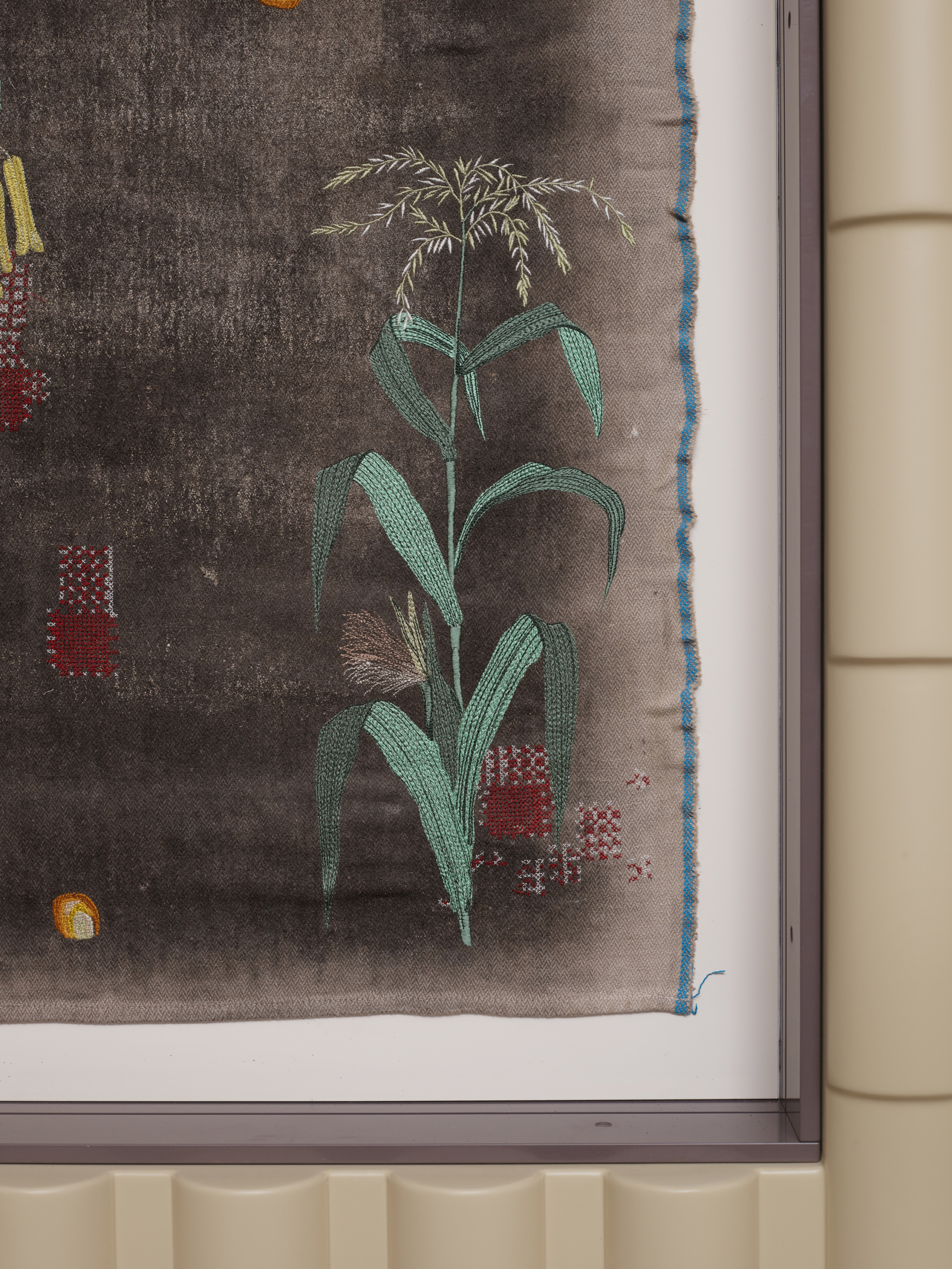

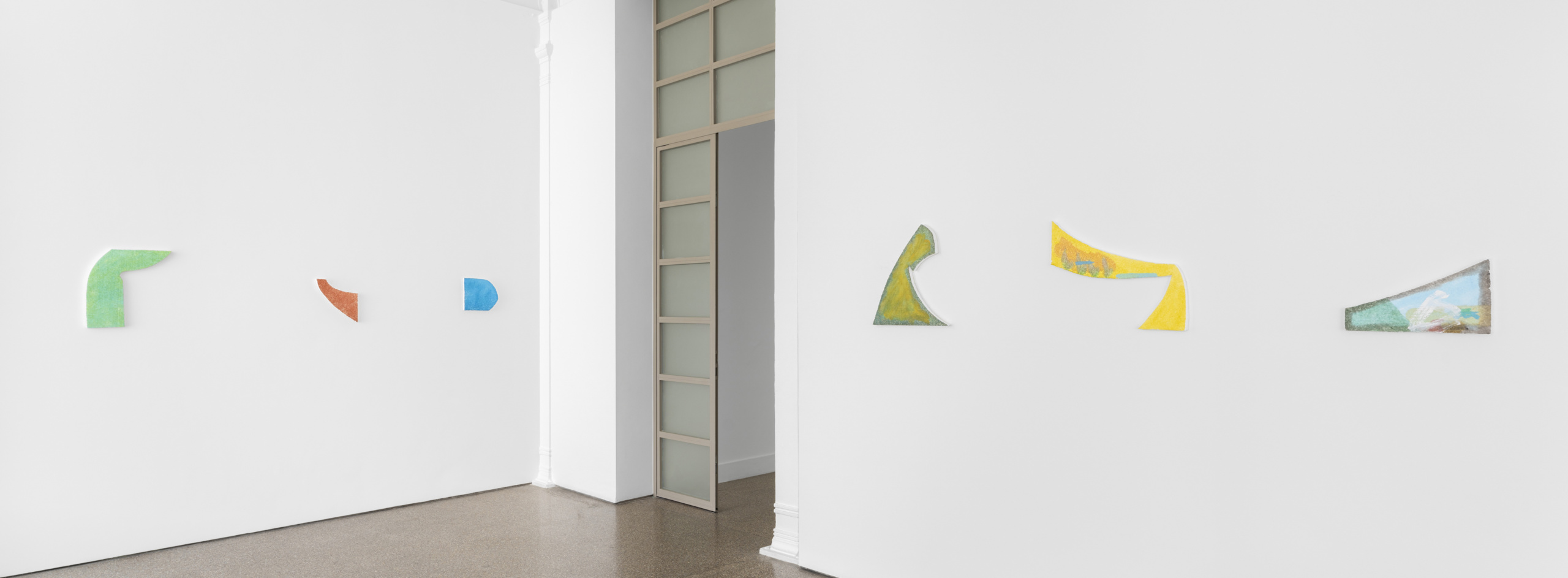
Installation view, Richard Tuttle, 18 x 24, Galerie Greta Meert, 2023
RICHARD TUTTLE

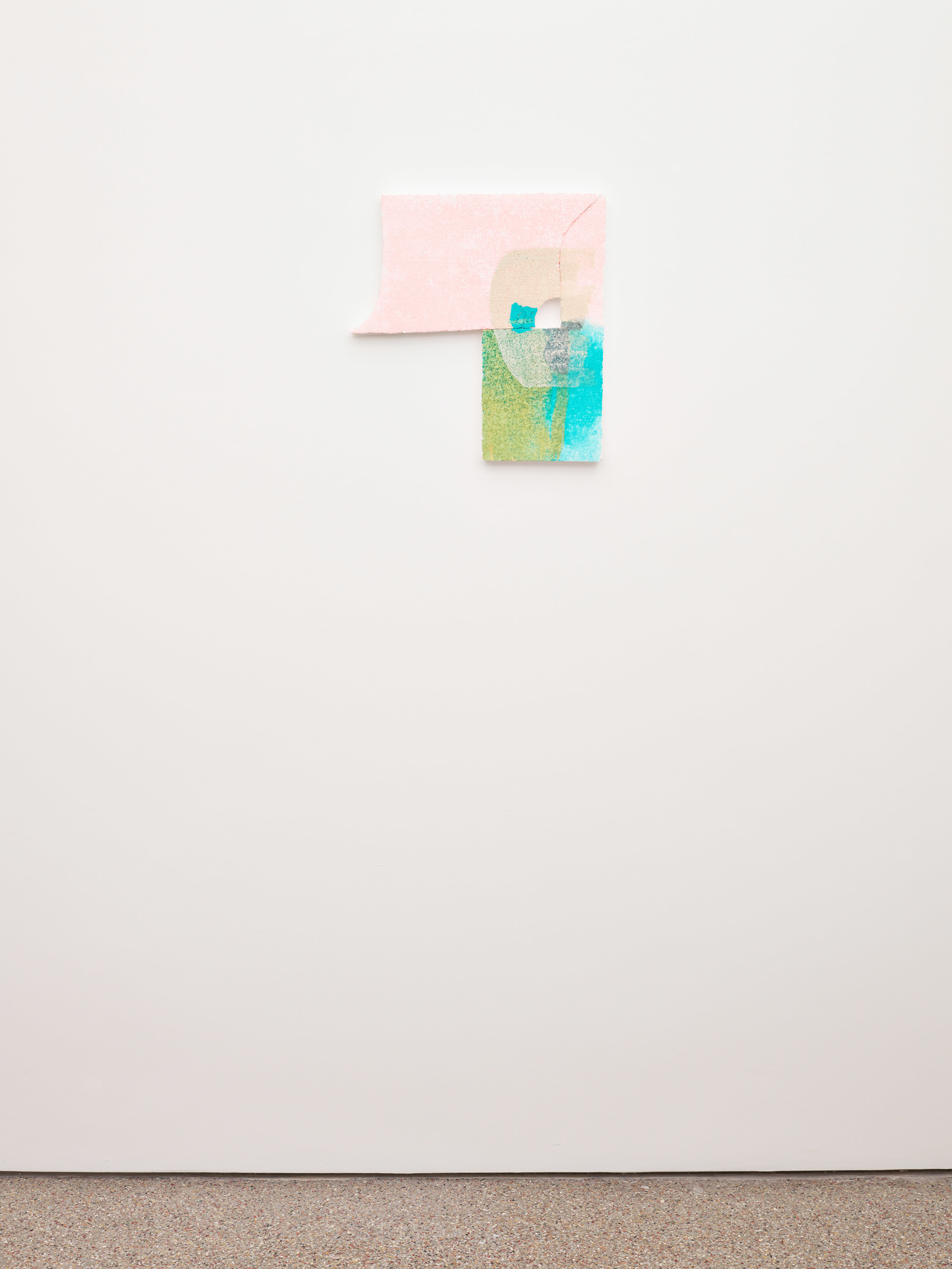
In this new body of work, Richard Tuttle (b. 1941) moulds sheets of foam board into delicate painterly surfaces, the everydayness of this material transcending into a mirage-like abstraction. The artist begins by drawing on an 18 x 24-inch sheet of paper and derives the forms of each piece from shapes, gestures, and written words. These drawings are the starting point for the three-dimensional forms carved into foam and hung on the wall directly above the original drawing, the graphic obscuring its content. The underlying calligraphy of the drawing is finally revealed in sculptural form, which Tuttle embellishes with lyrical gestures in rich, often monochromatic color.
The resulting work combines the lightness of materials and forms with the pleasure of language and words to create an energetic, almost therapeutic effect. Tuttle likens the process of intentionally hiding text elements to an ancient Mayan cylinder pot, in which original incised drawings were covered up with gesso and painted. Tuttle refers to this process as a ‘methodology’ through which he explores the connection or intersection between the linguistic and visual worlds
The resulting work combines the lightness of materials and forms with the pleasure of language and words to create an energetic, almost therapeutic effect. Tuttle likens the process of intentionally hiding text elements to an ancient Mayan cylinder pot, in which original incised drawings were covered up with gesso and painted. Tuttle refers to this process as a ‘methodology’ through which he explores the connection or intersection between the linguistic and visual worlds

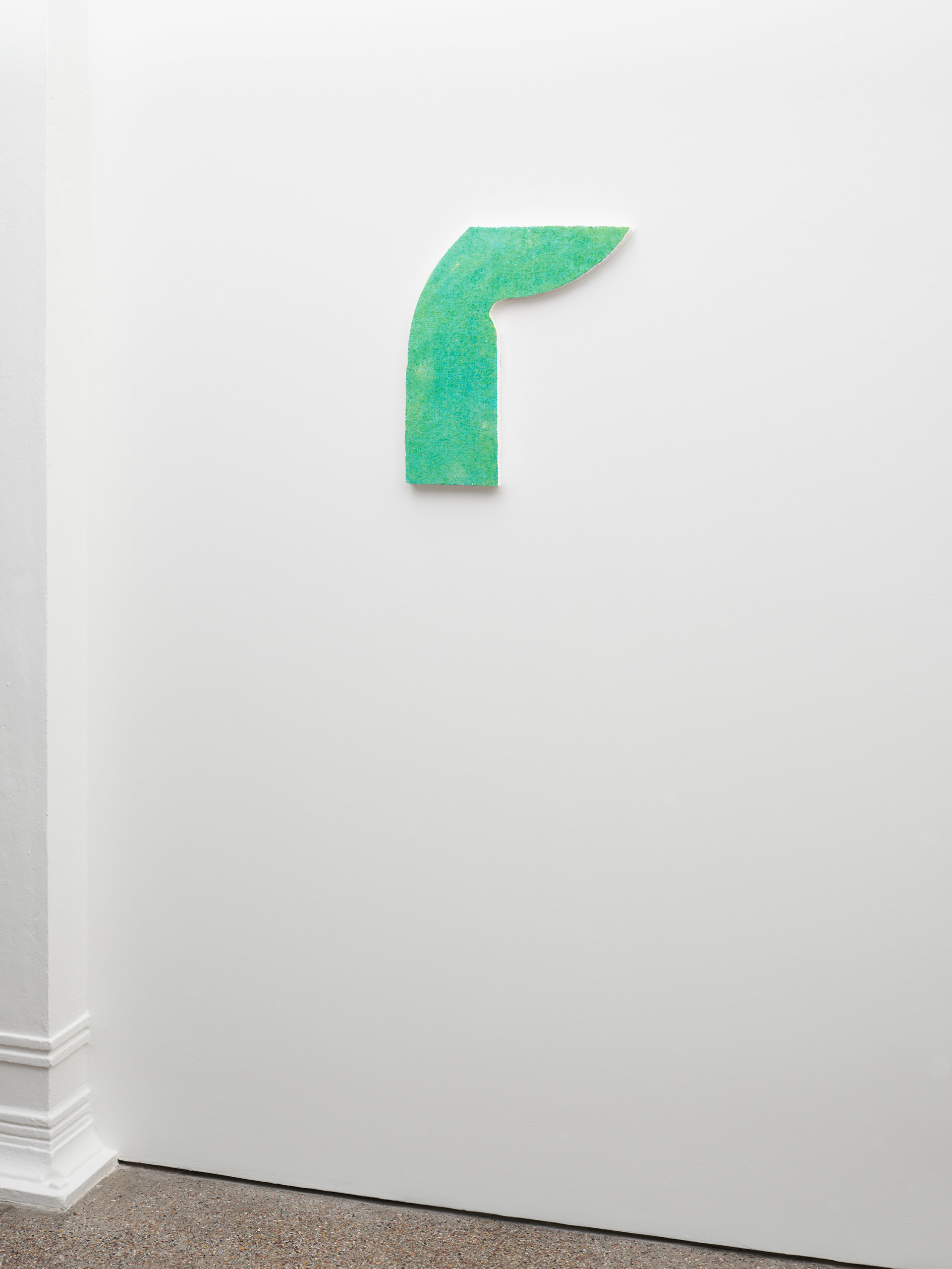

Installation view, Catharina van Eetvelde, Kunstenfestival Watou, Belgium, 2021
CATHARINA VAN EETVELDE

Catarina van Eetvelde (b. 1967) defines herself through the activity of drawing. For her, drawing is an attitude and a way to think and work through ever evolving ideas not bound exclusively to the medium of paper. Throughout her work, drawing takes the form of animations, vector graphics, and stitches on fabric, but also writing and delicate sculptural arrangements that often include cables and wires. The lines of thoughts she creates with these compound methods of drawing are a way to relate to the world by bridging the rational and the irrational, the artistic and the scientific.
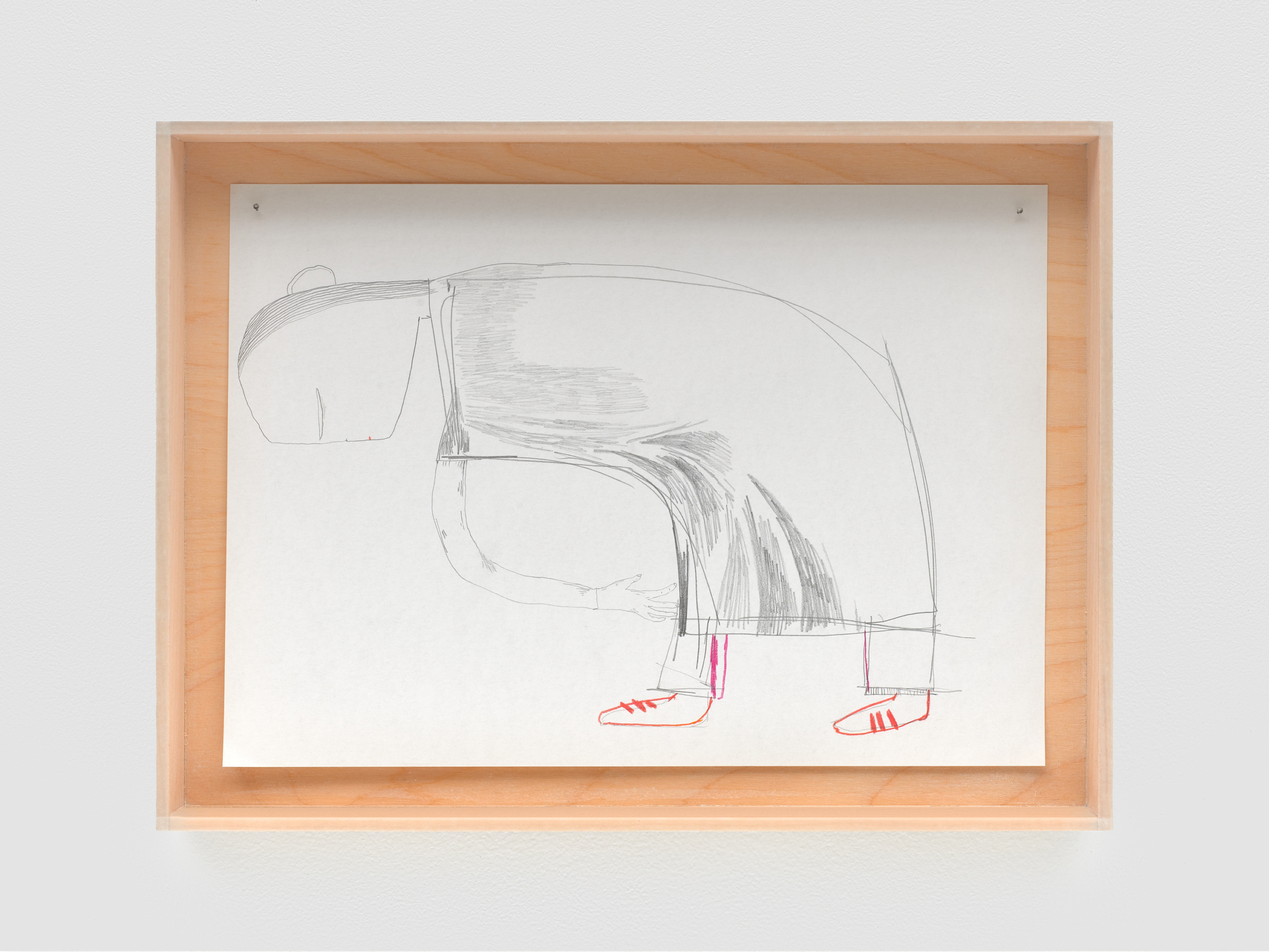

Installation view, Jef Wall, Galerie Greta Meert, 2022
JEFF WALL
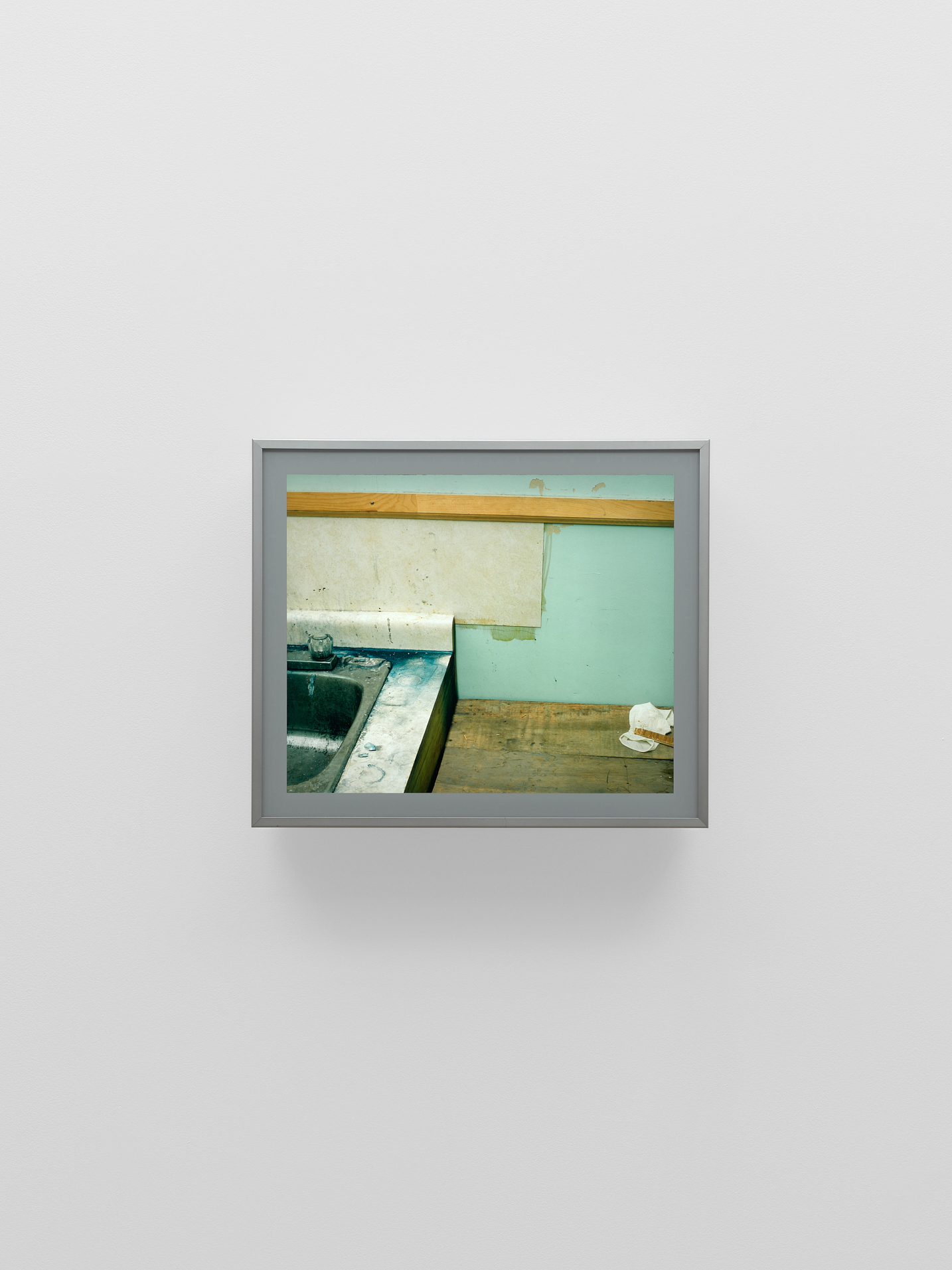

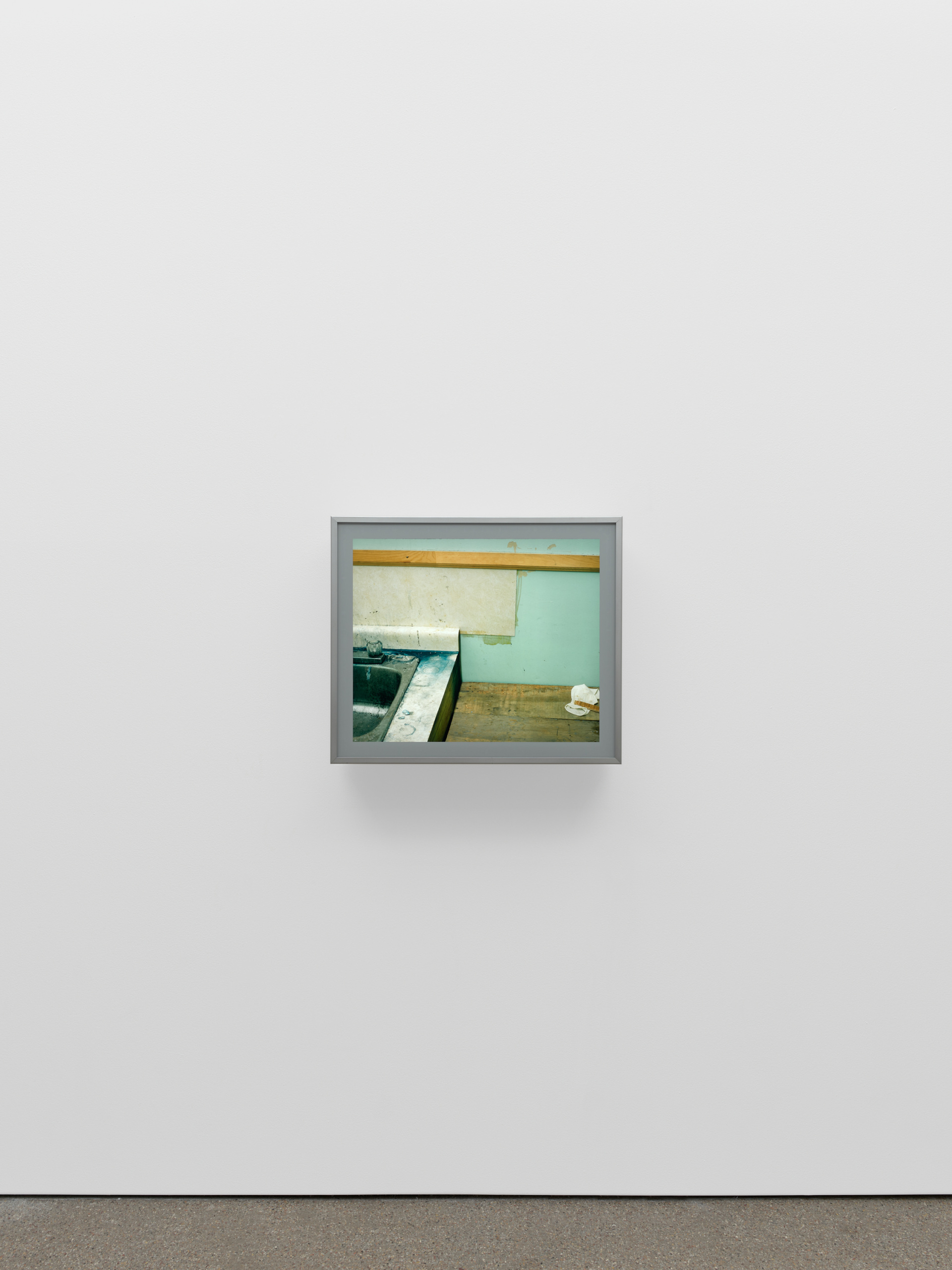
Jeff Wall was born in 1946 in Vancouver (Canada) where he lives and works.
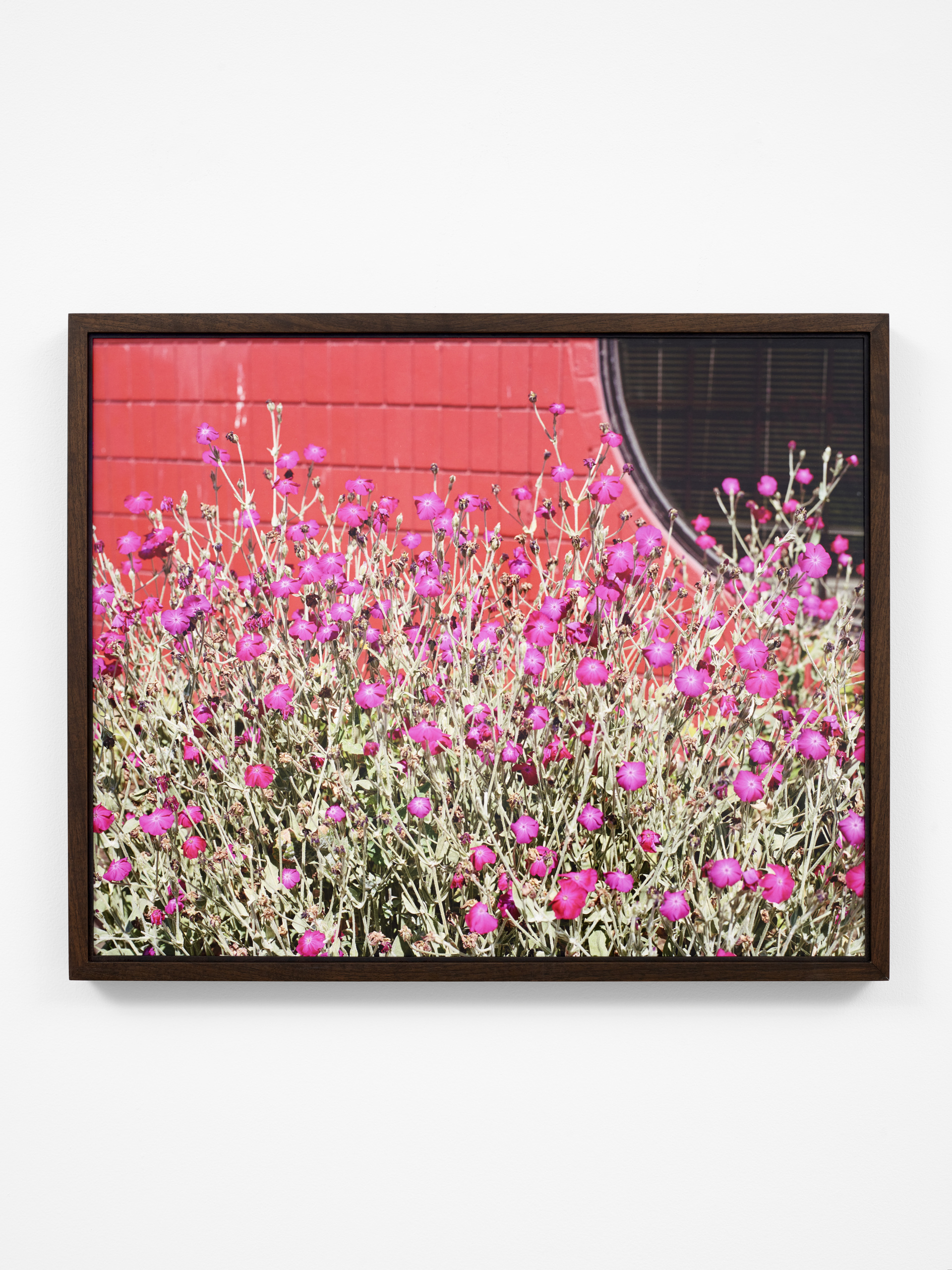
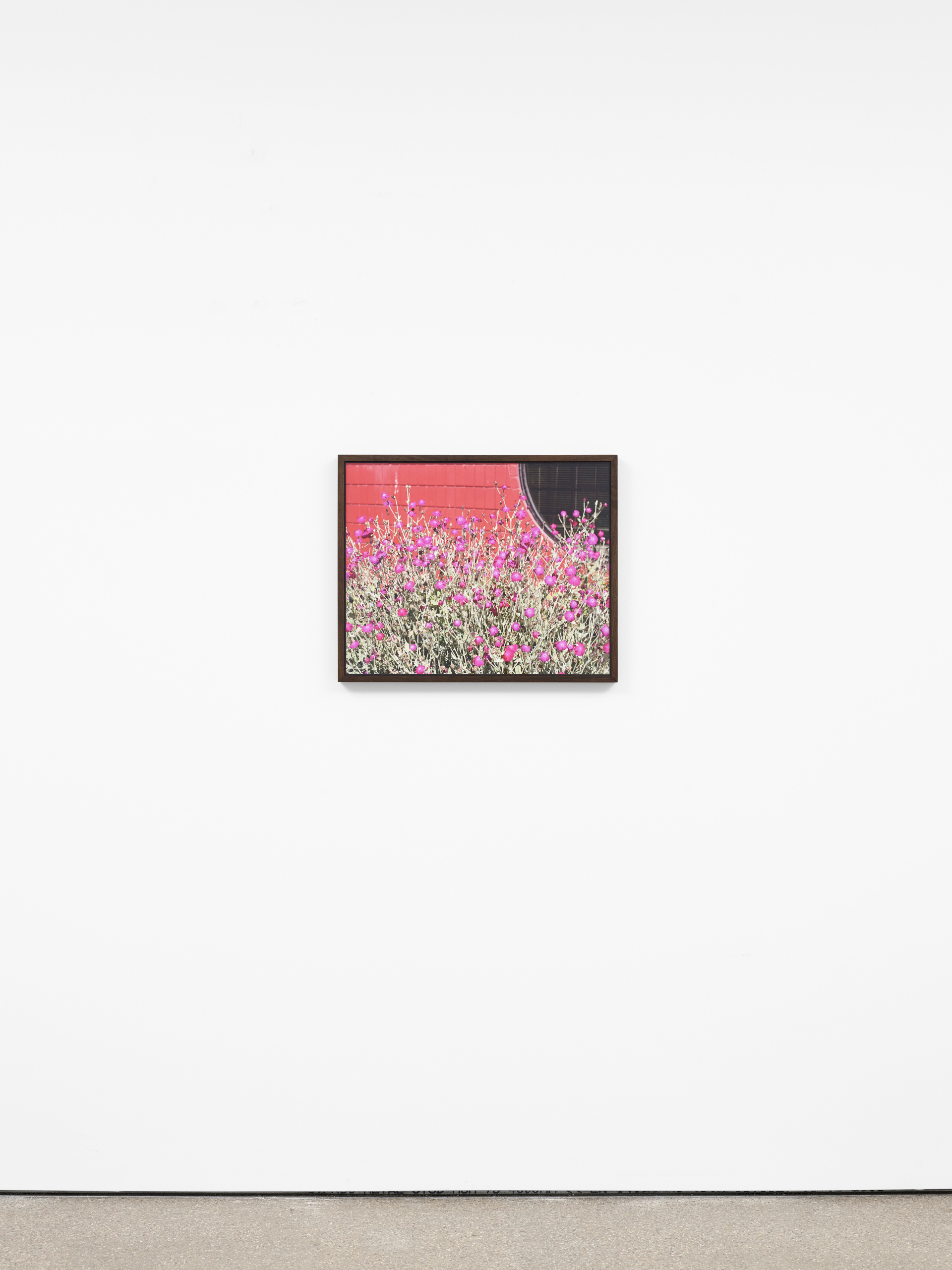
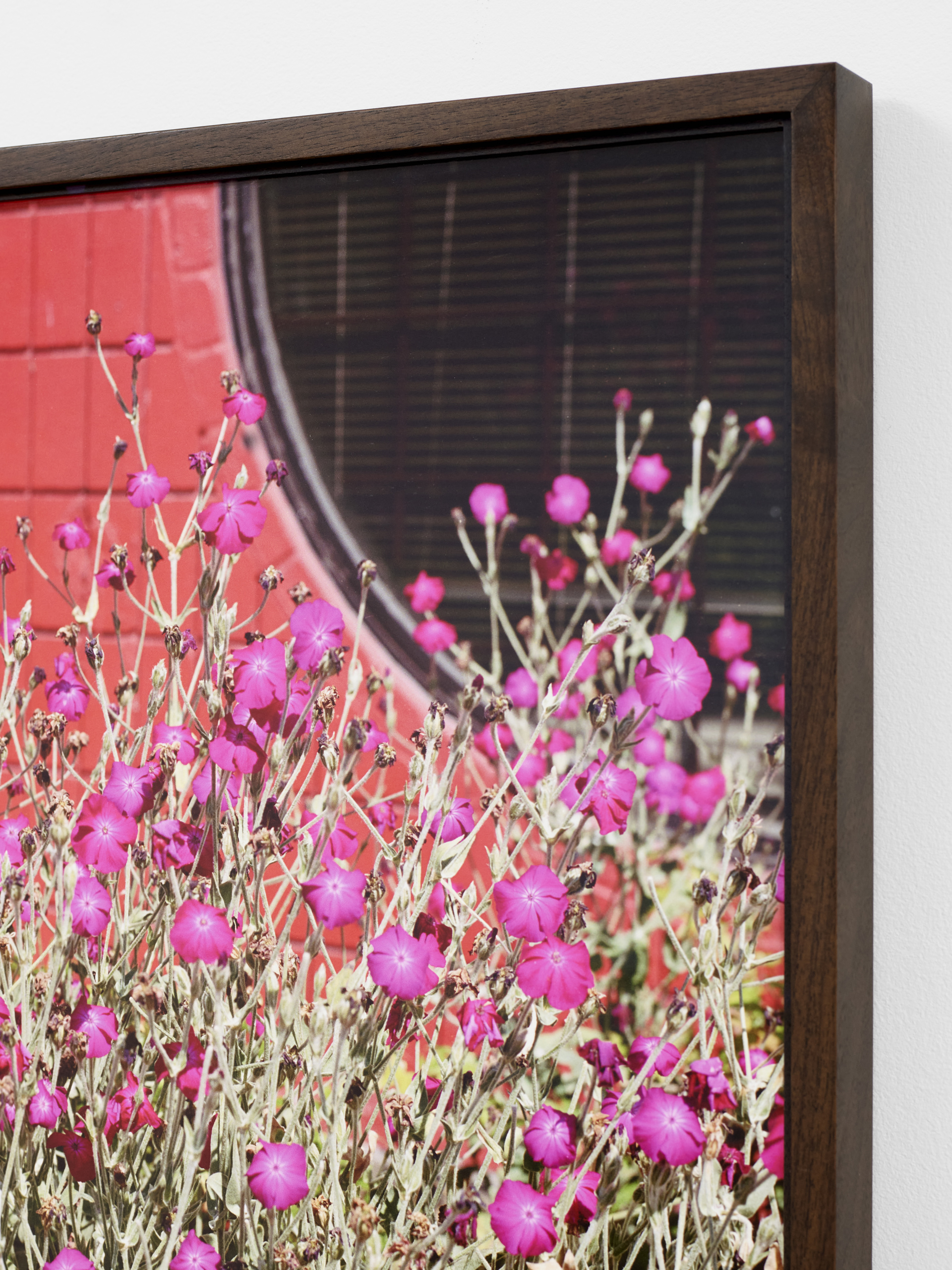
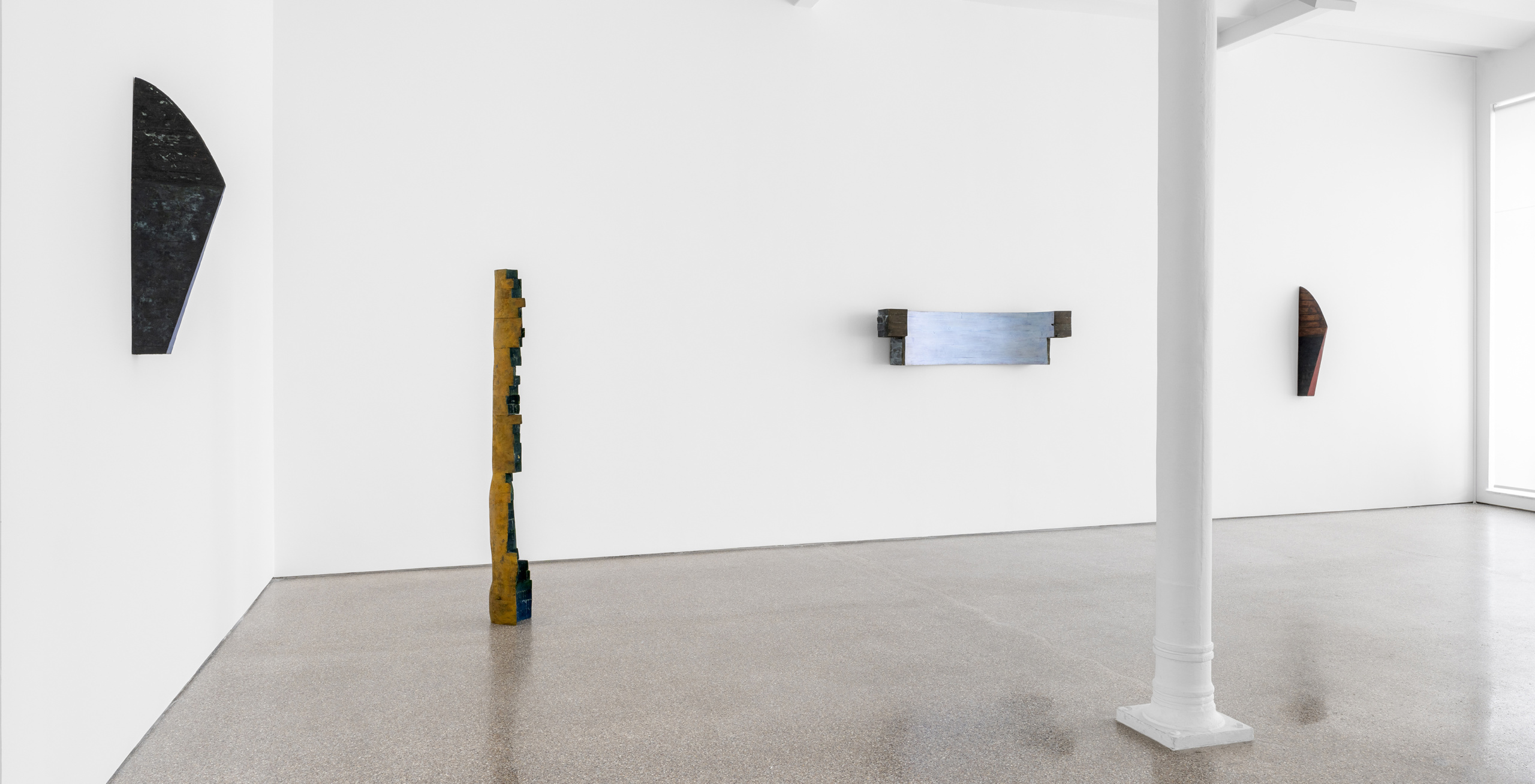
Installation view, Terry Adkins – Zürich, Galerie Greta Meert, 2024
TERRY ADKINS
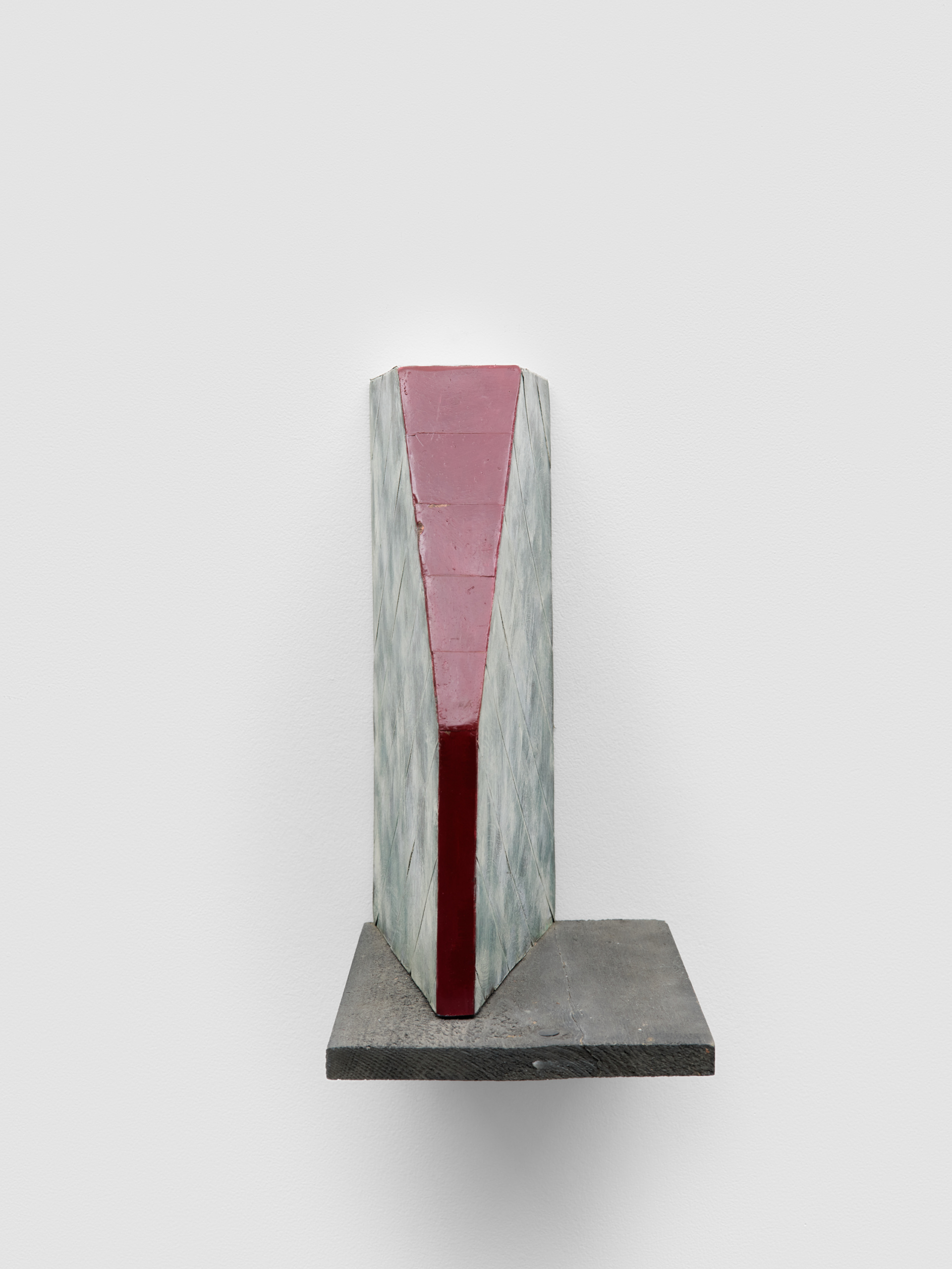
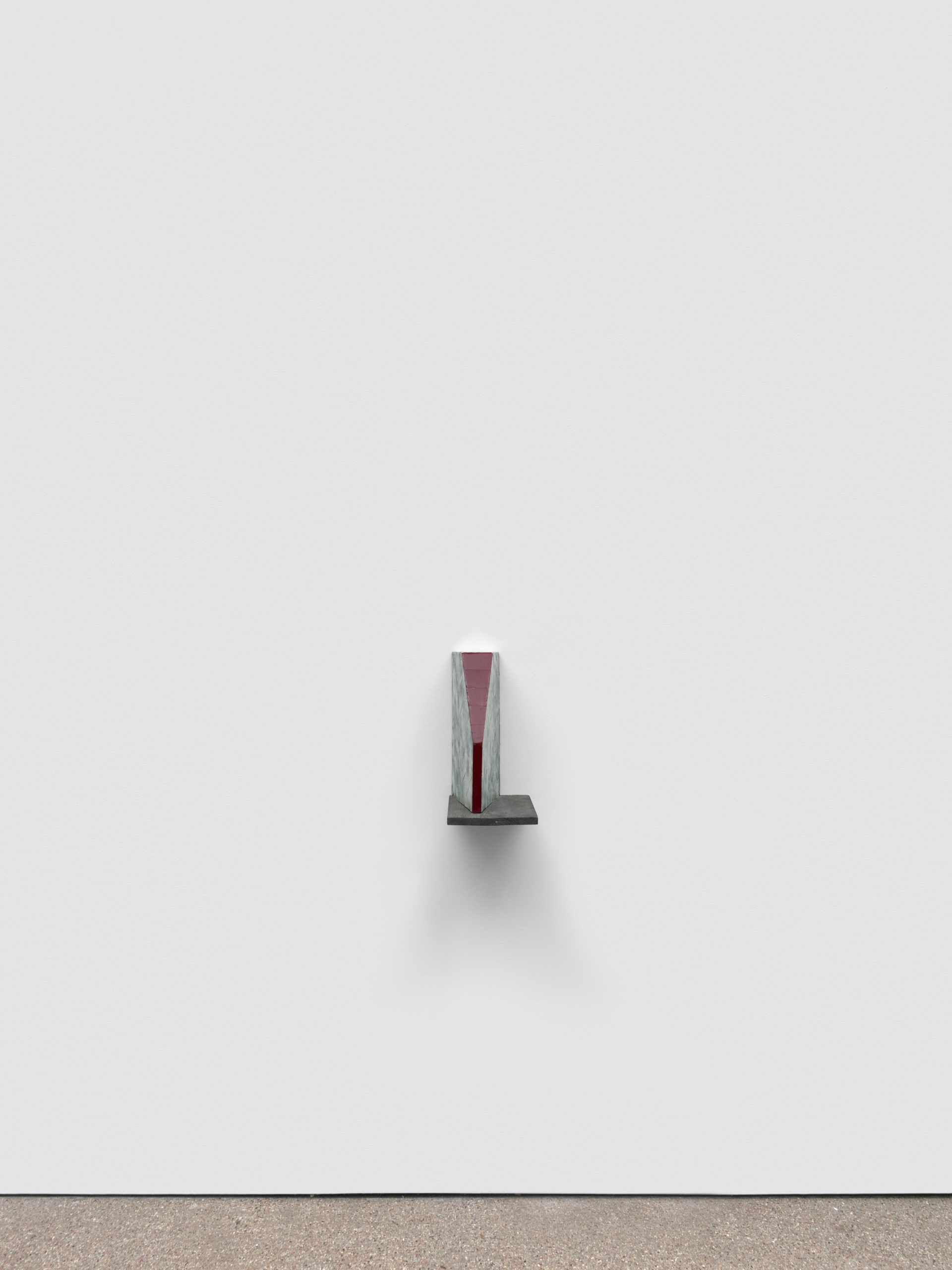
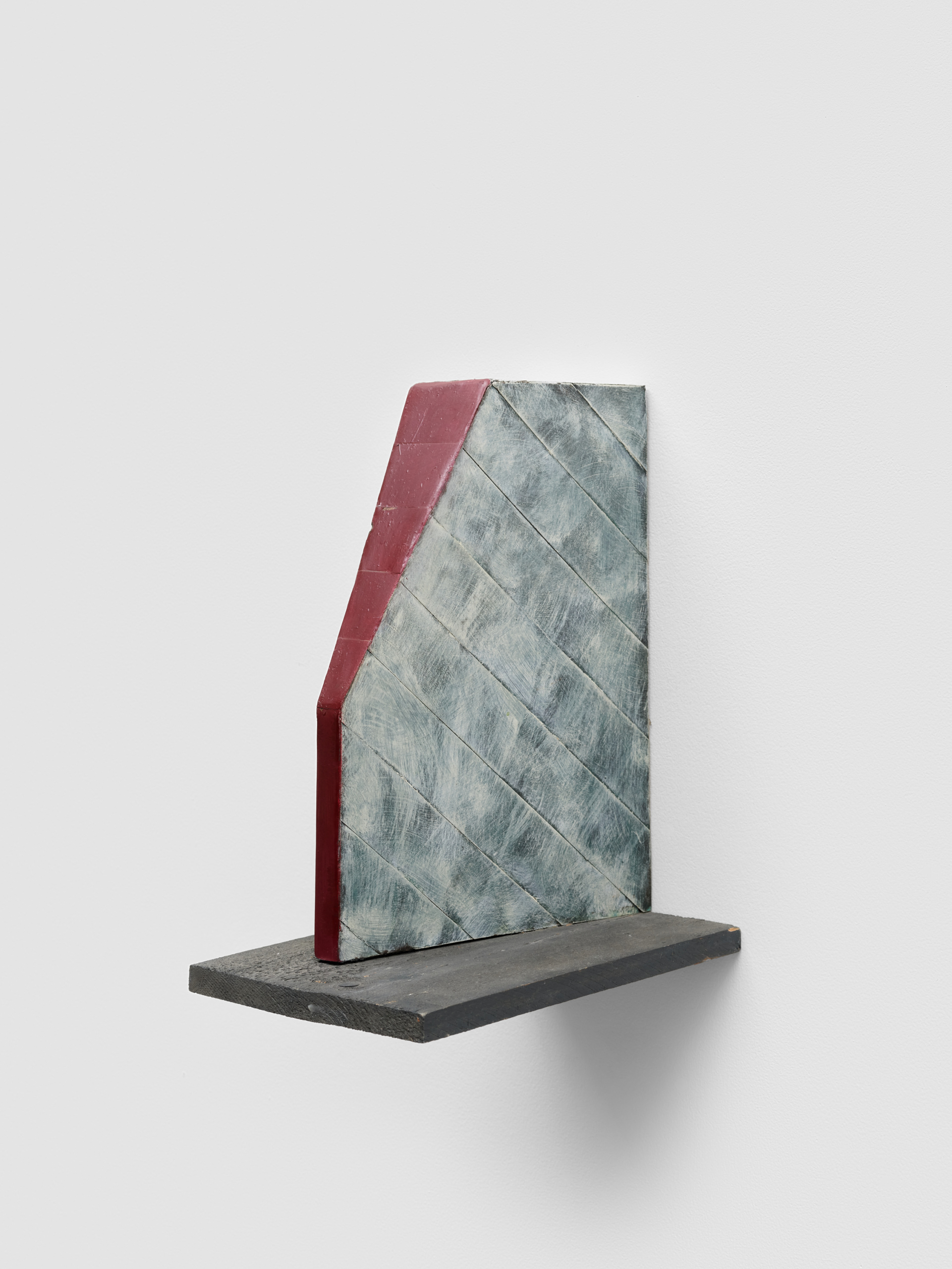
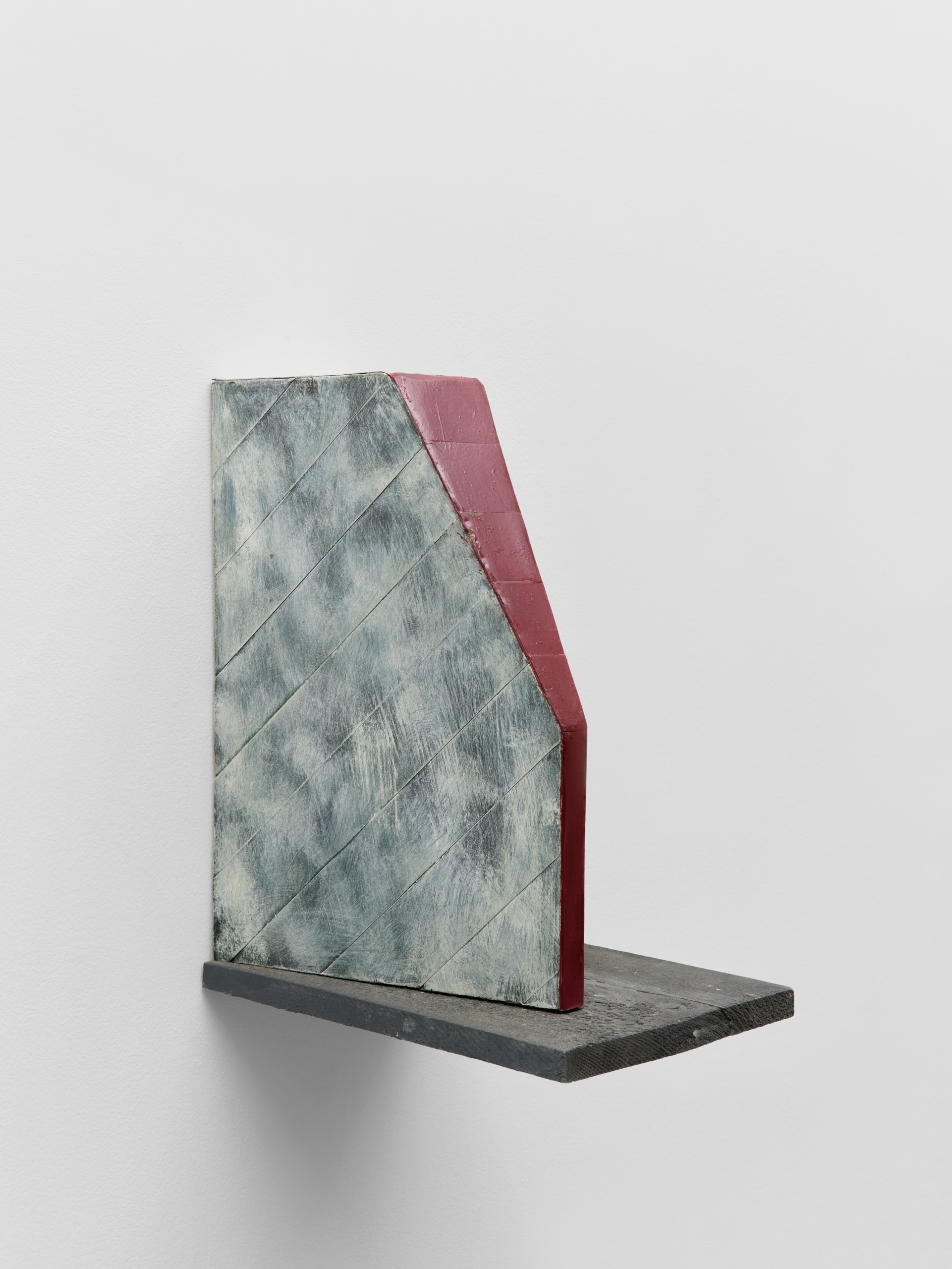
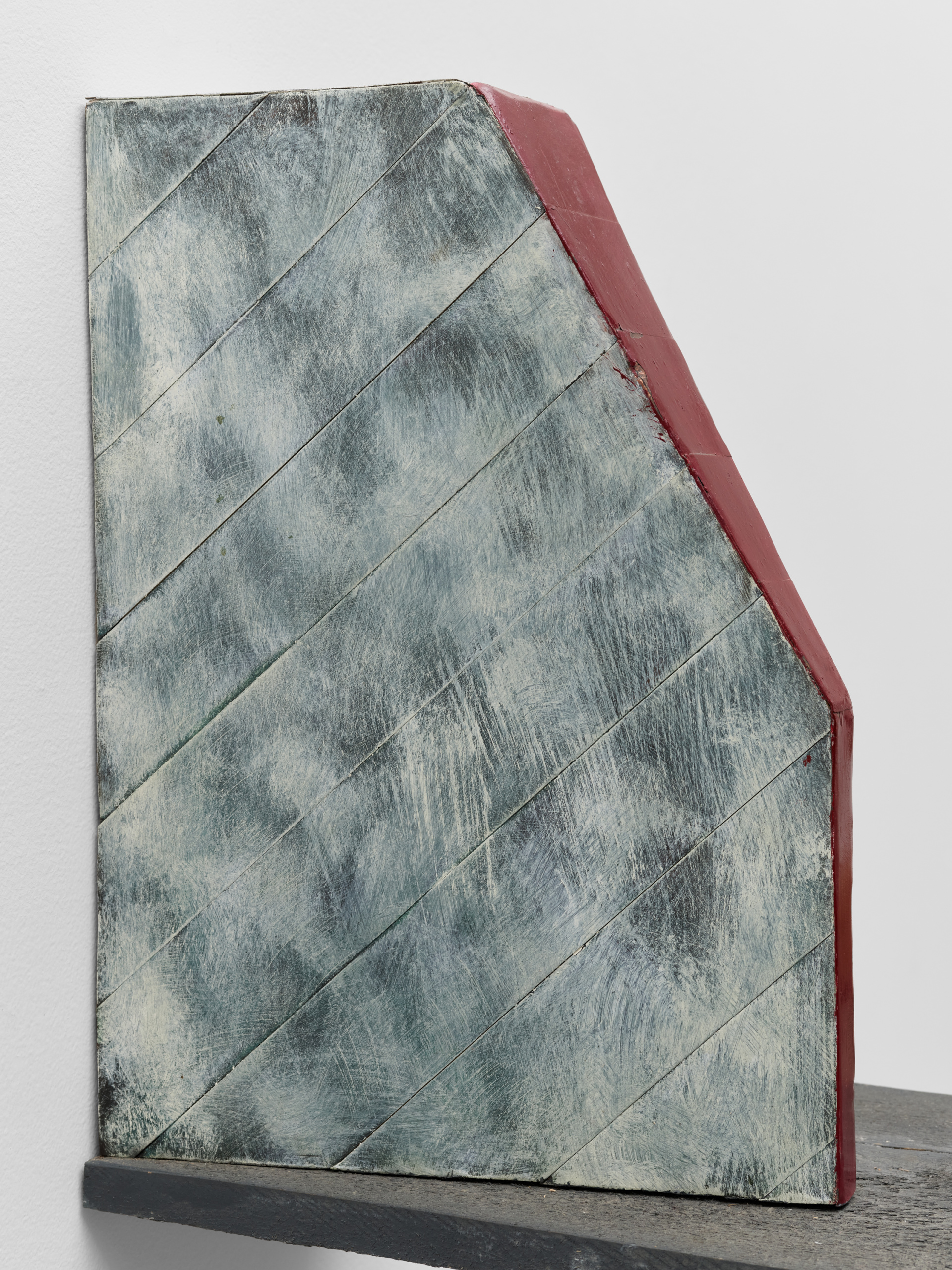

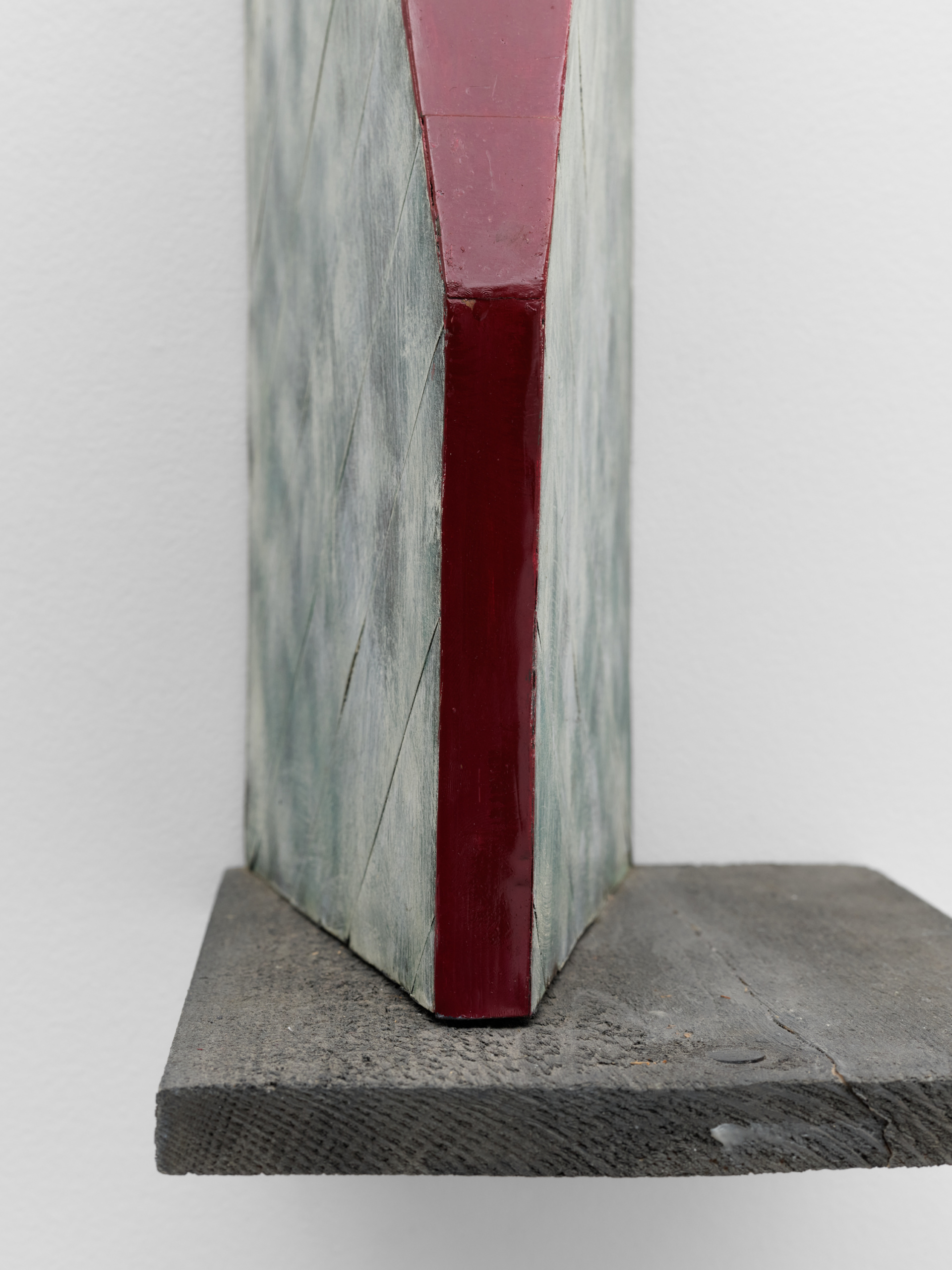
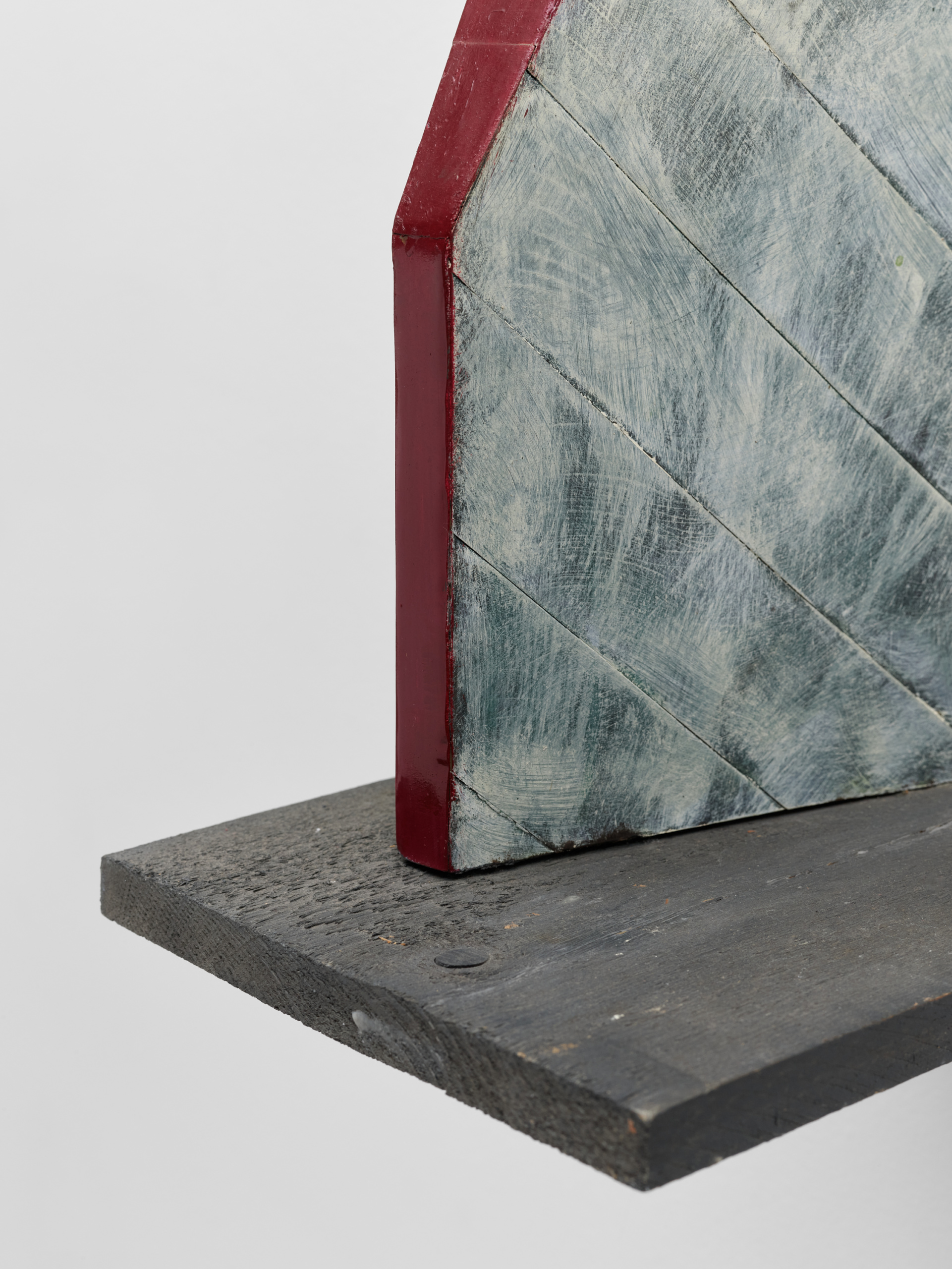
Terry Adkins (1953-2014) was a visionary American artist whose career spanned four decades and within it developed a multifaceted practice integrating sculpture, live music, spoken word and video. Born and raised in Washington, D.C., Adkins’ evolution as an artist was marked by a relentless pursuit of innovation in all fields, had a deep commitment to history and culture, and a dedication to challenging the boundaries of artistic expression.
The artist’s career began with a foundation in music. He studied classical music and performed as a saxophonist, experiences that would profoundly influence his later practice. After earning his Bachelor of Fine Arts (printmaking) from Fisk University in Nashville, Tennessee, Adkins studied art at Illinois State University and the University of Kentucky, where he honed his skills as a sculptor and conceptual artist.
The works from the 1980s show the genesis of his artistic maturity. These works betray his preoccupation with materiality, reflected in the use of old pieces of wood, copper and metal sheets mixed with iridescent paints or technical stains that had no classical, painterly function.
The solo exhibition Zürich is currently on view in the gallery in Brussels until July 6.
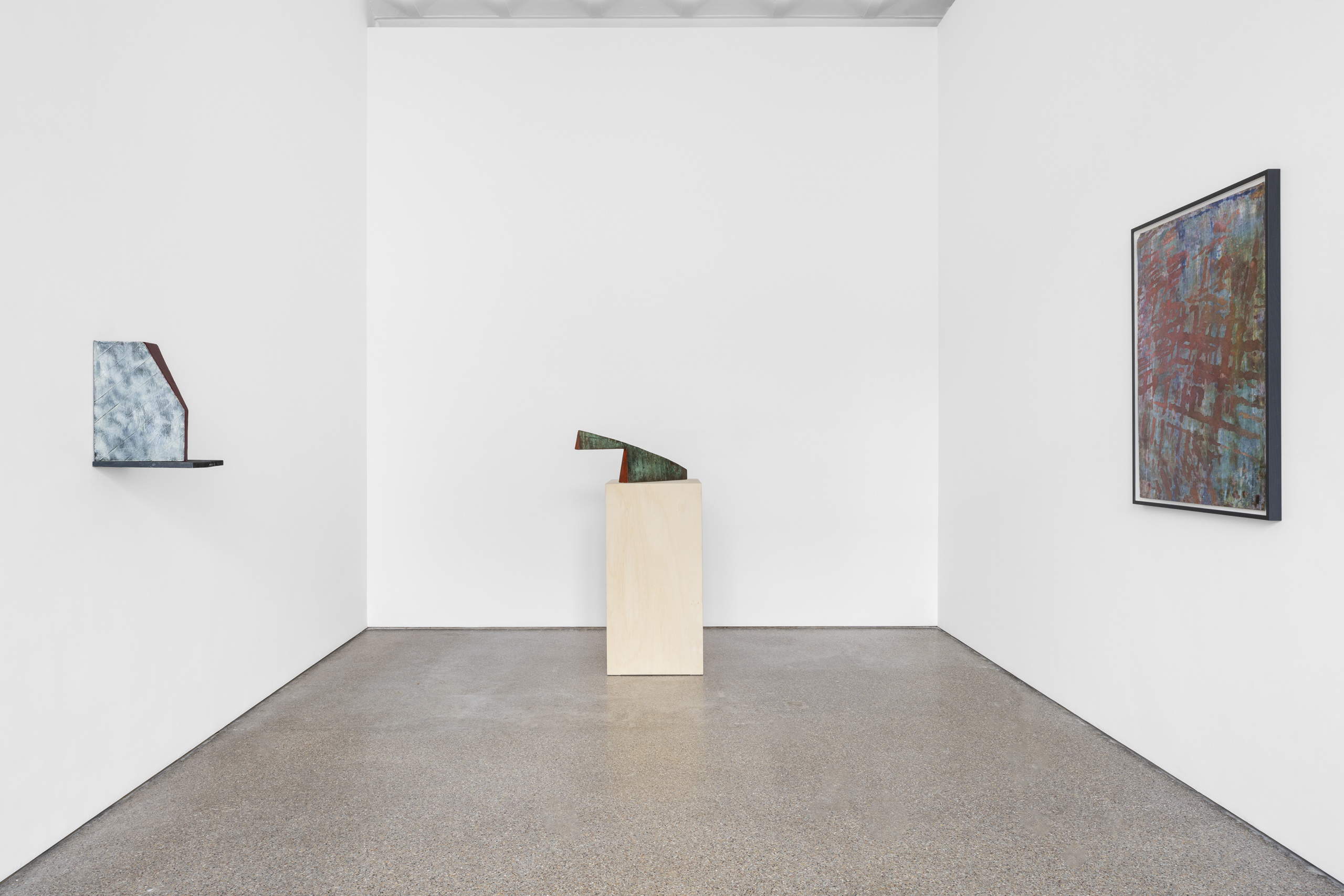
Installation view, Terry Adkins – Zürich, Galerie Greta Meert, 2024
For press inquiries or any further information you can contact us by email at info@galeriegretameert.com